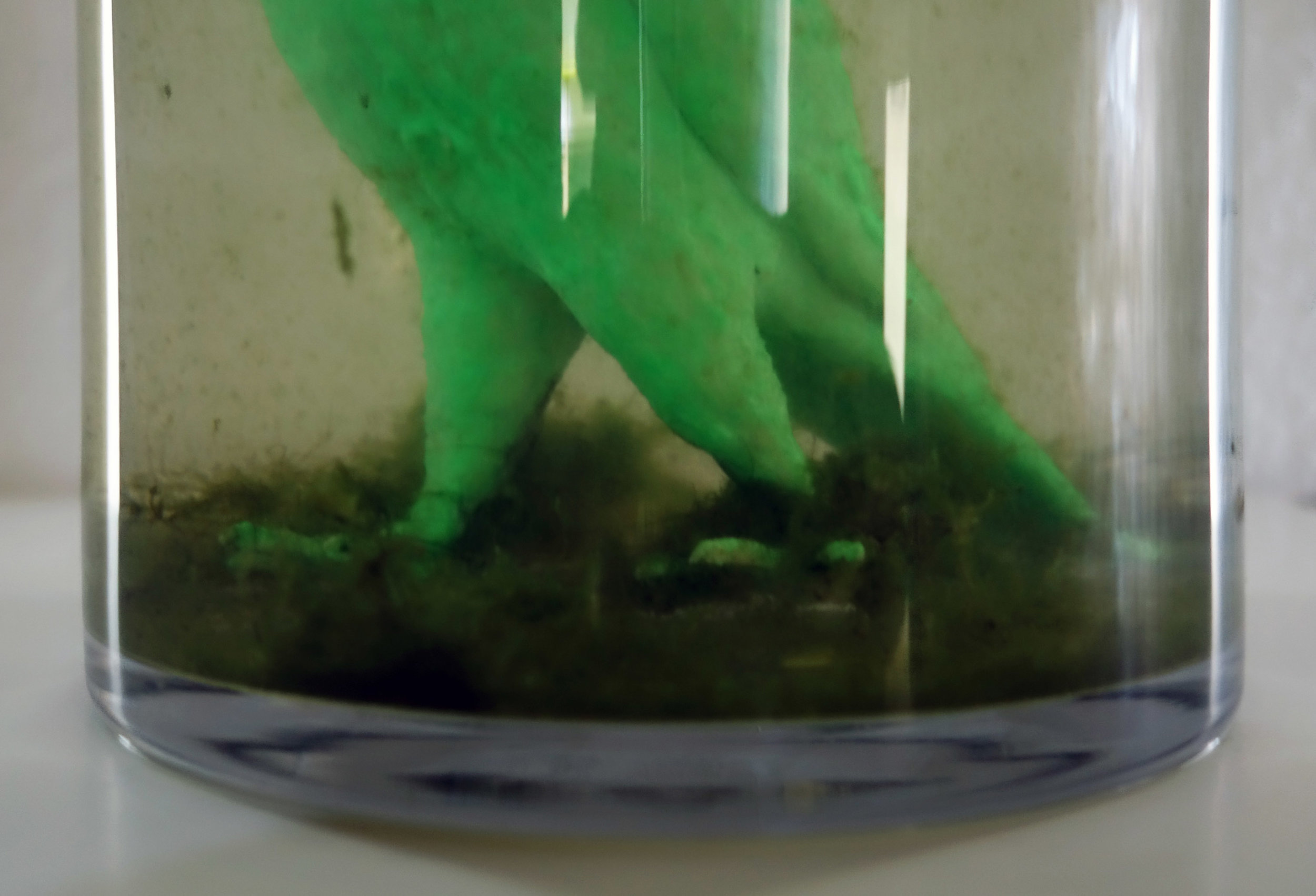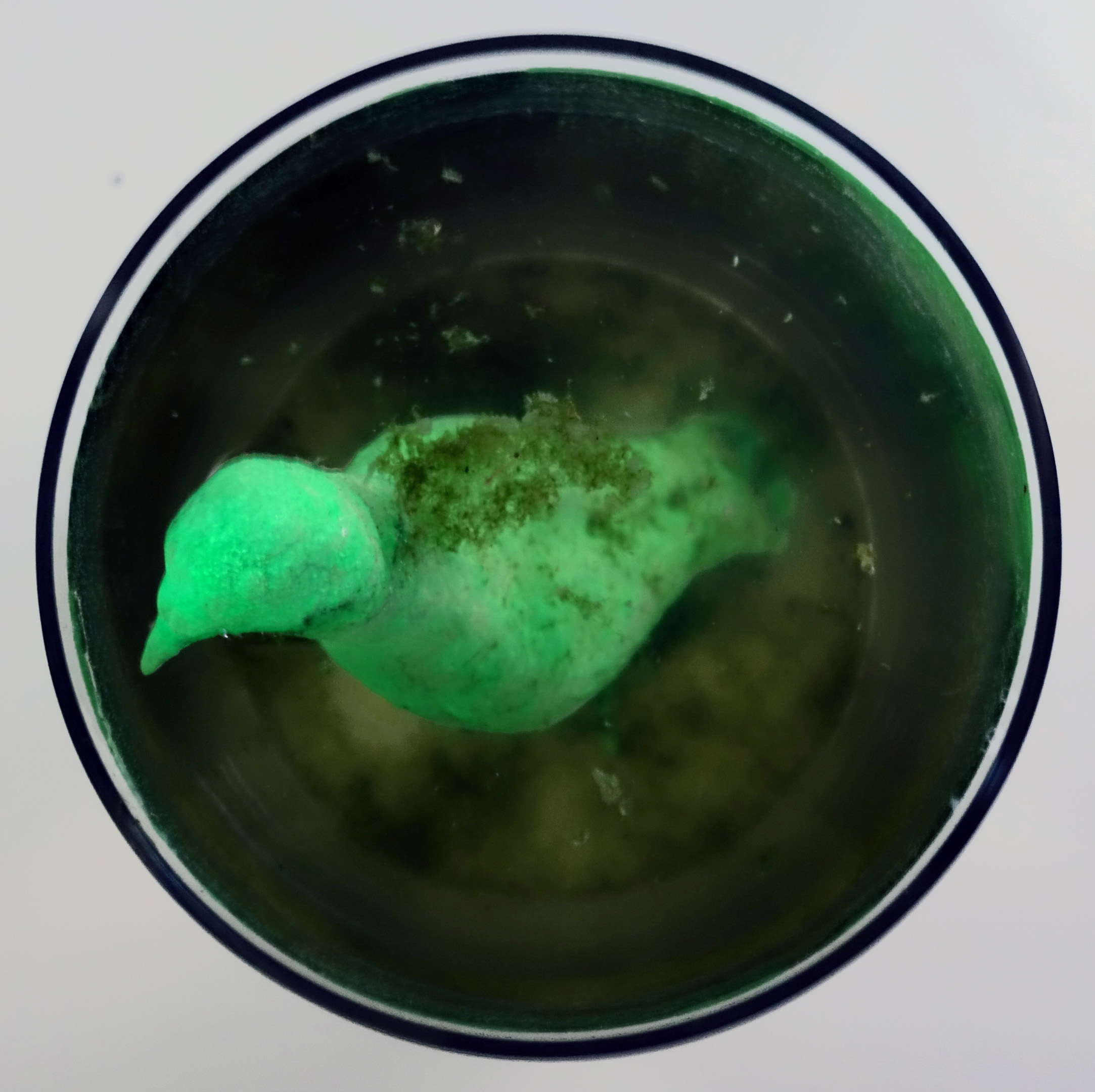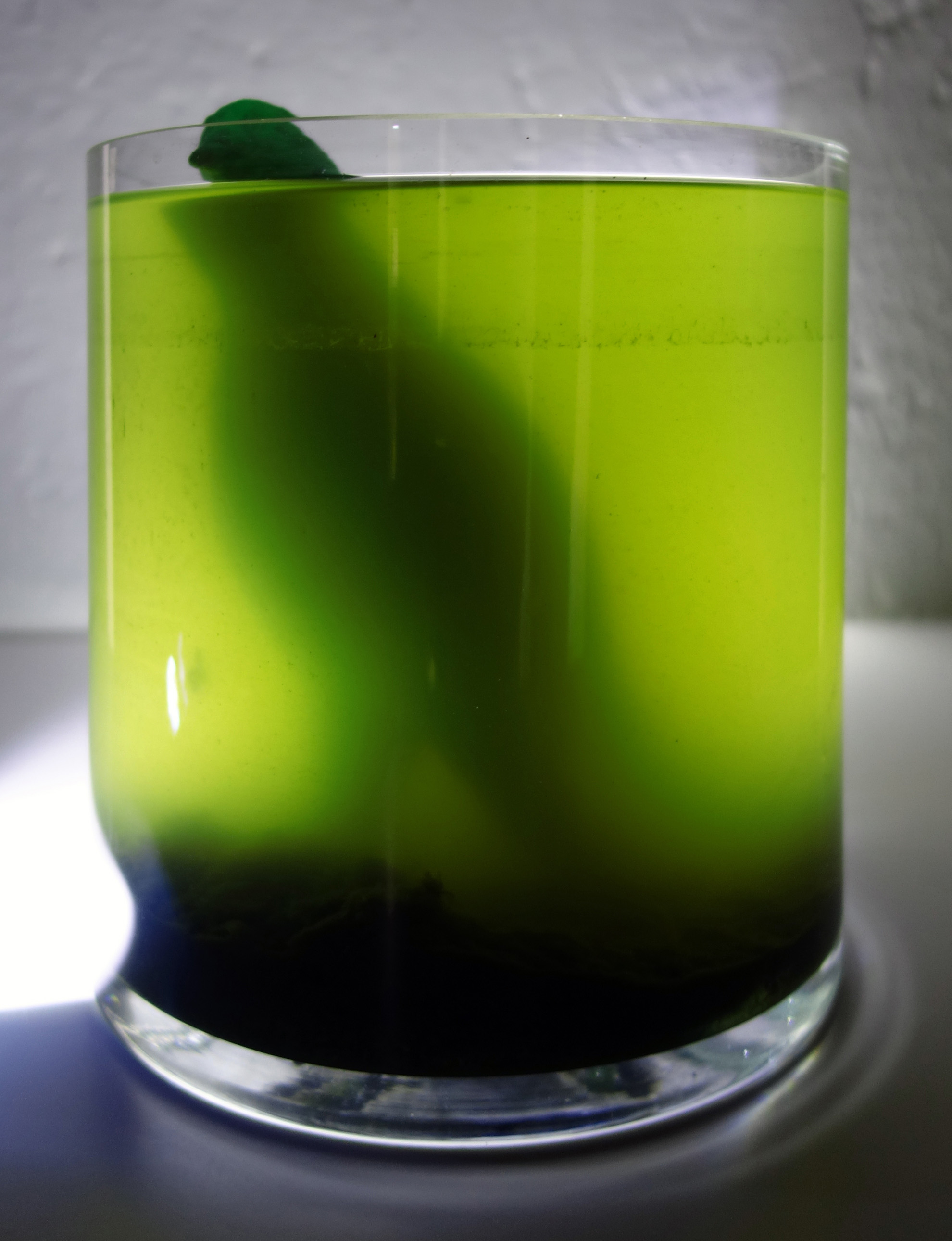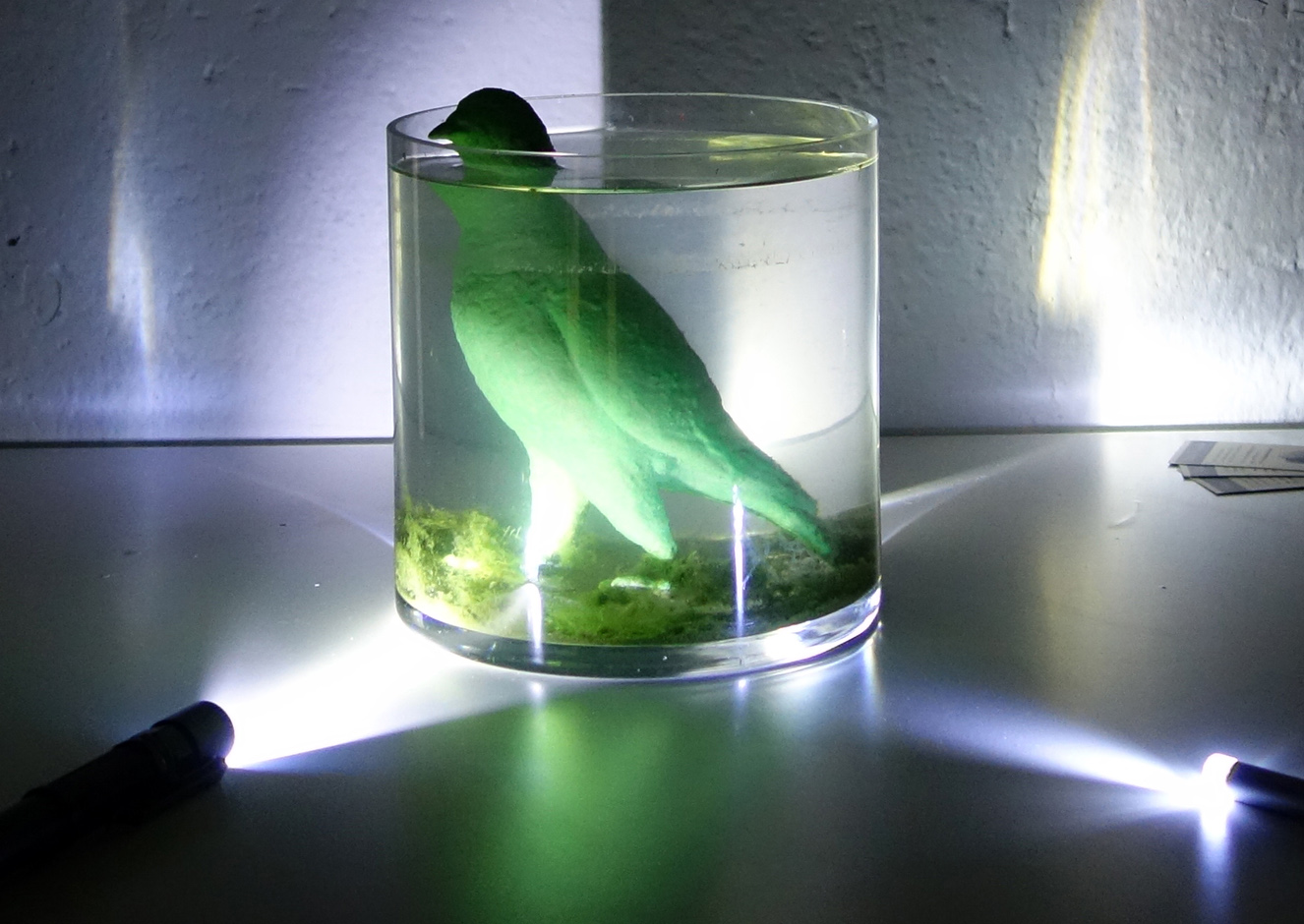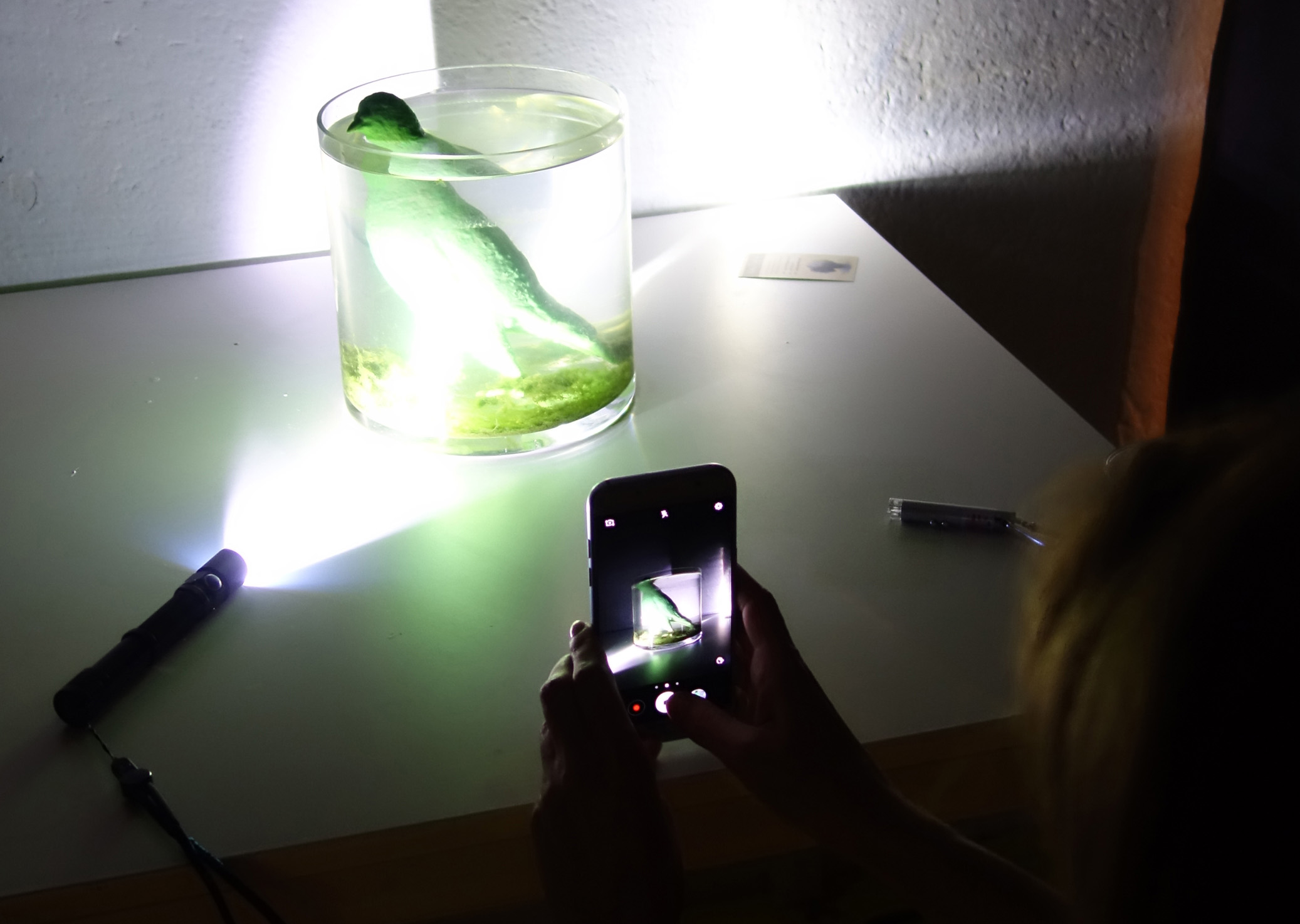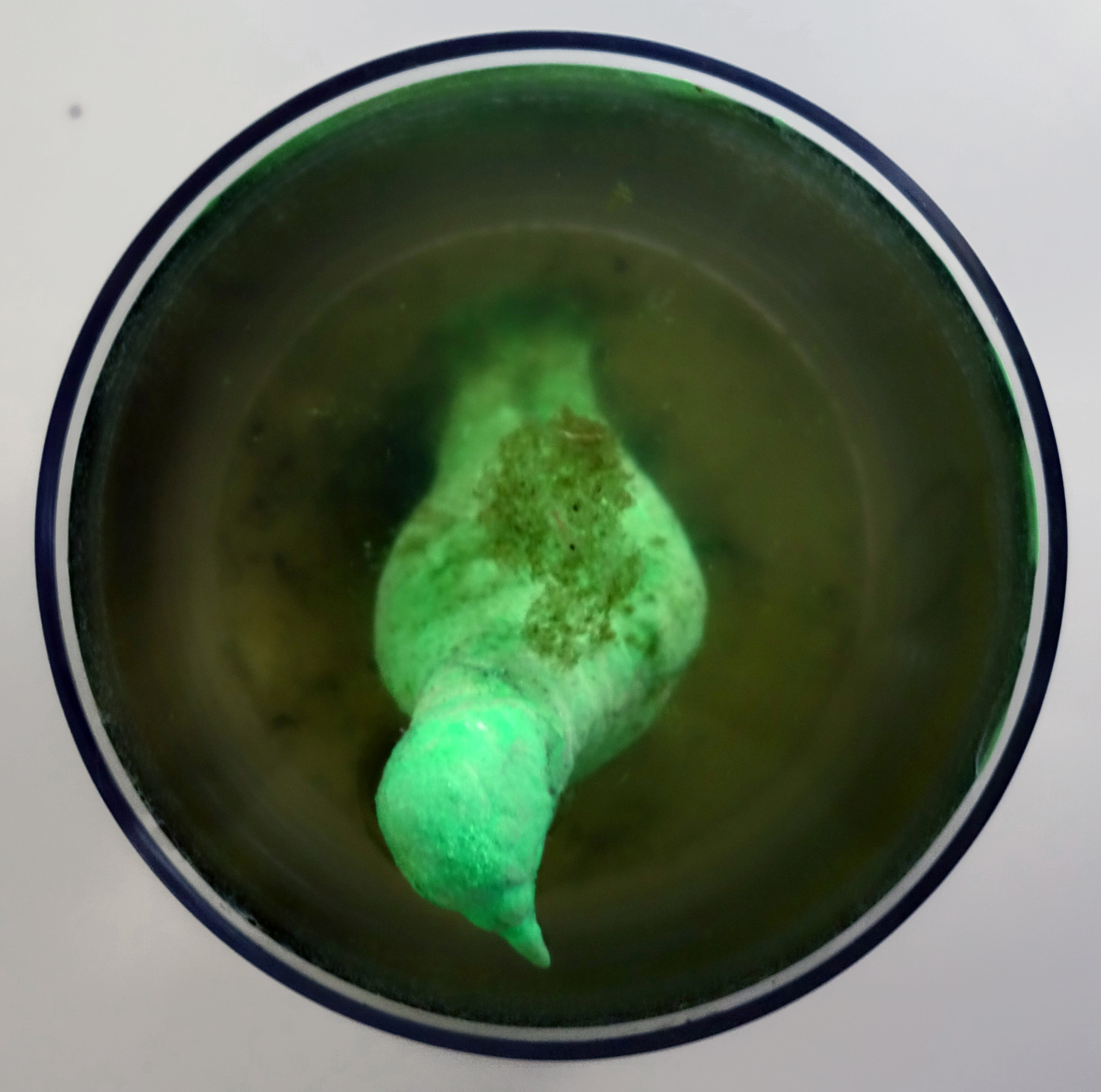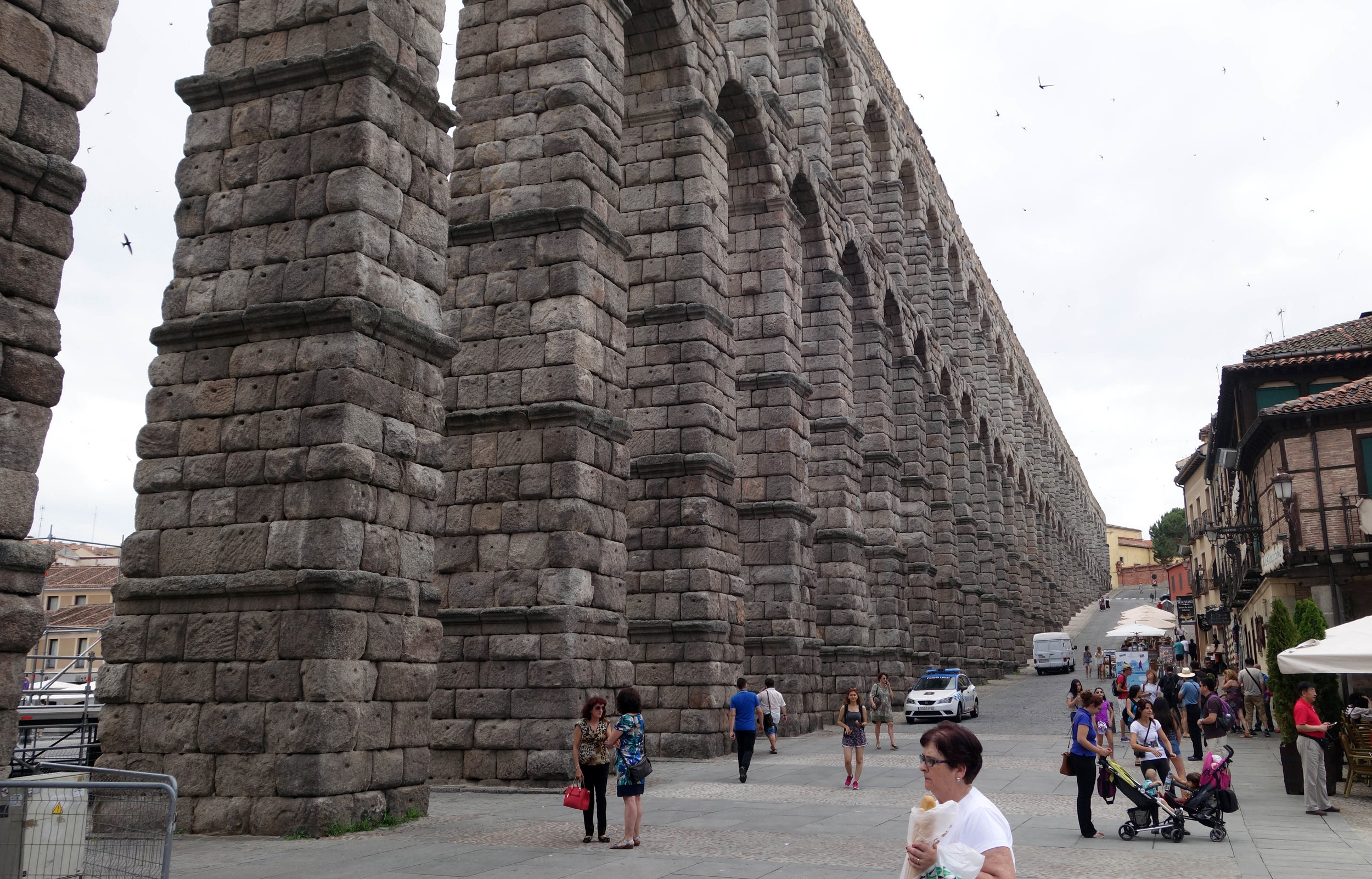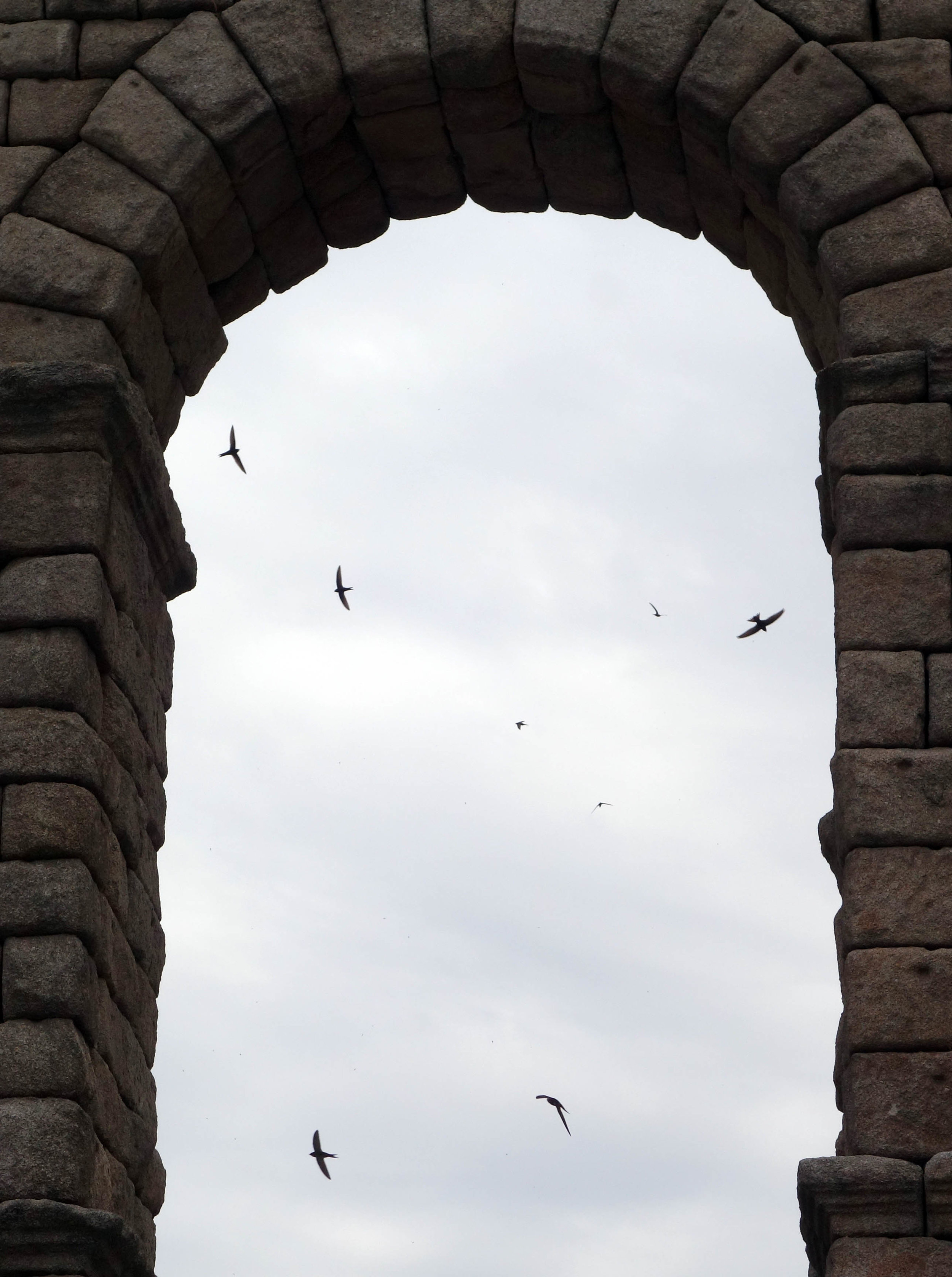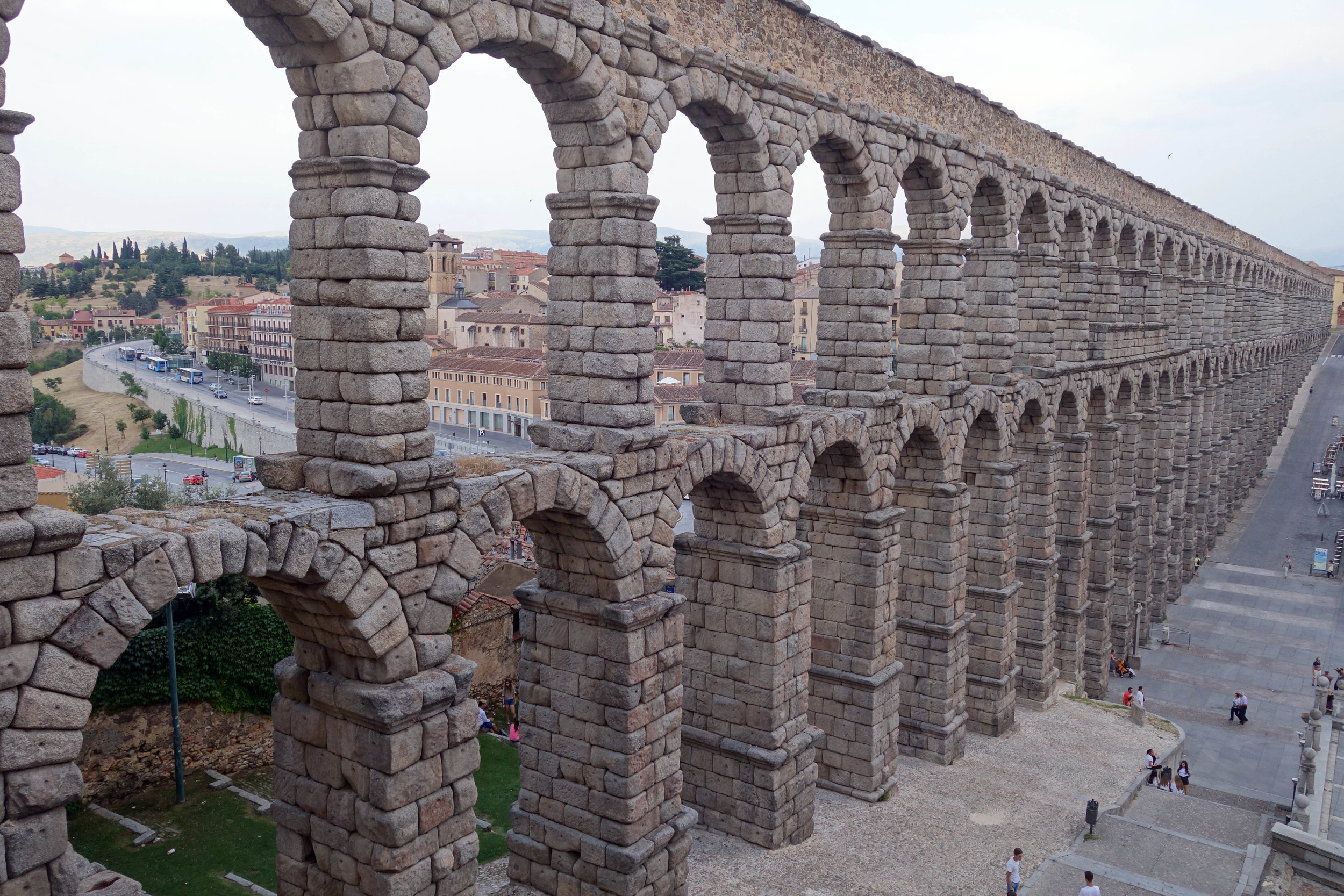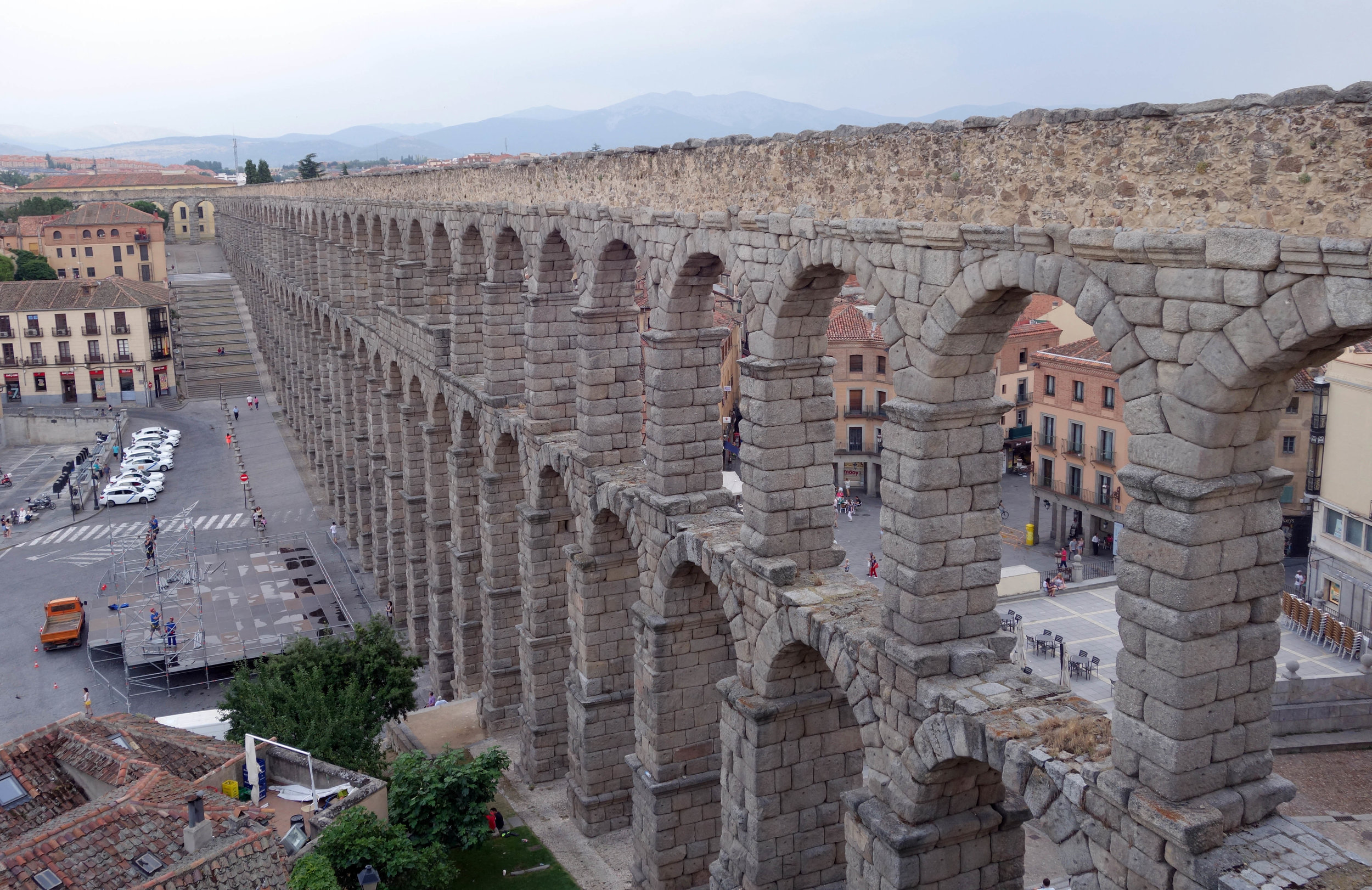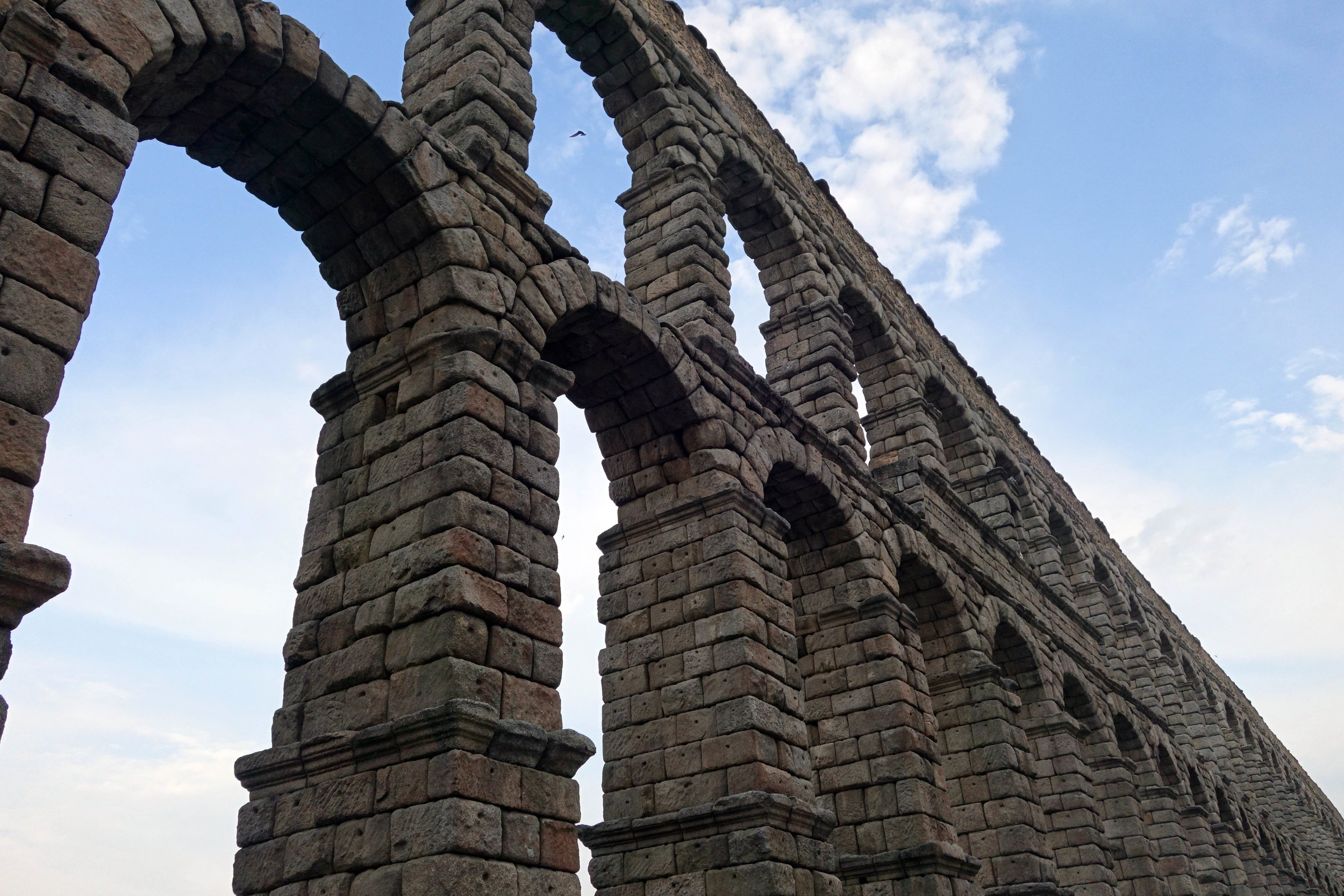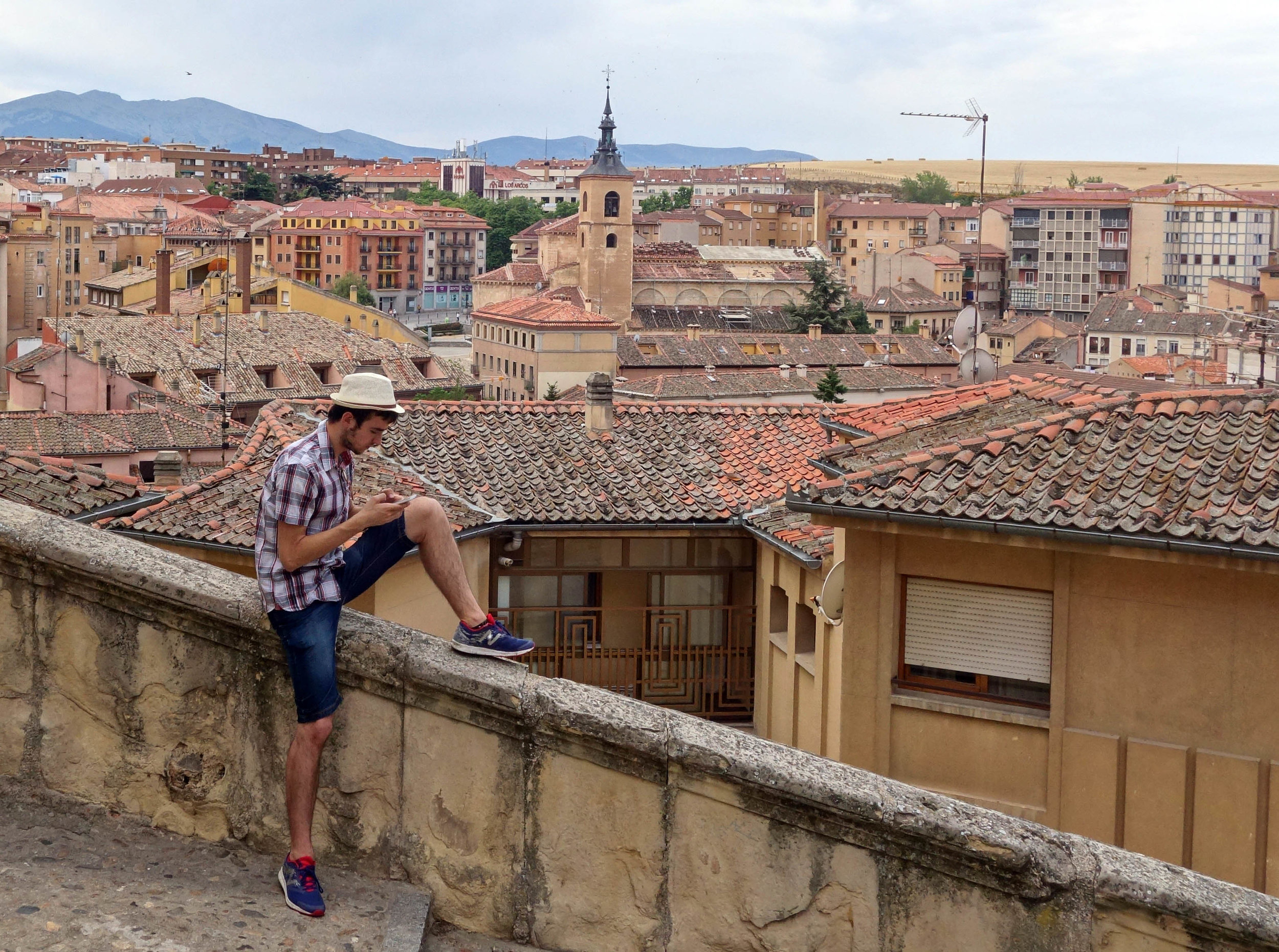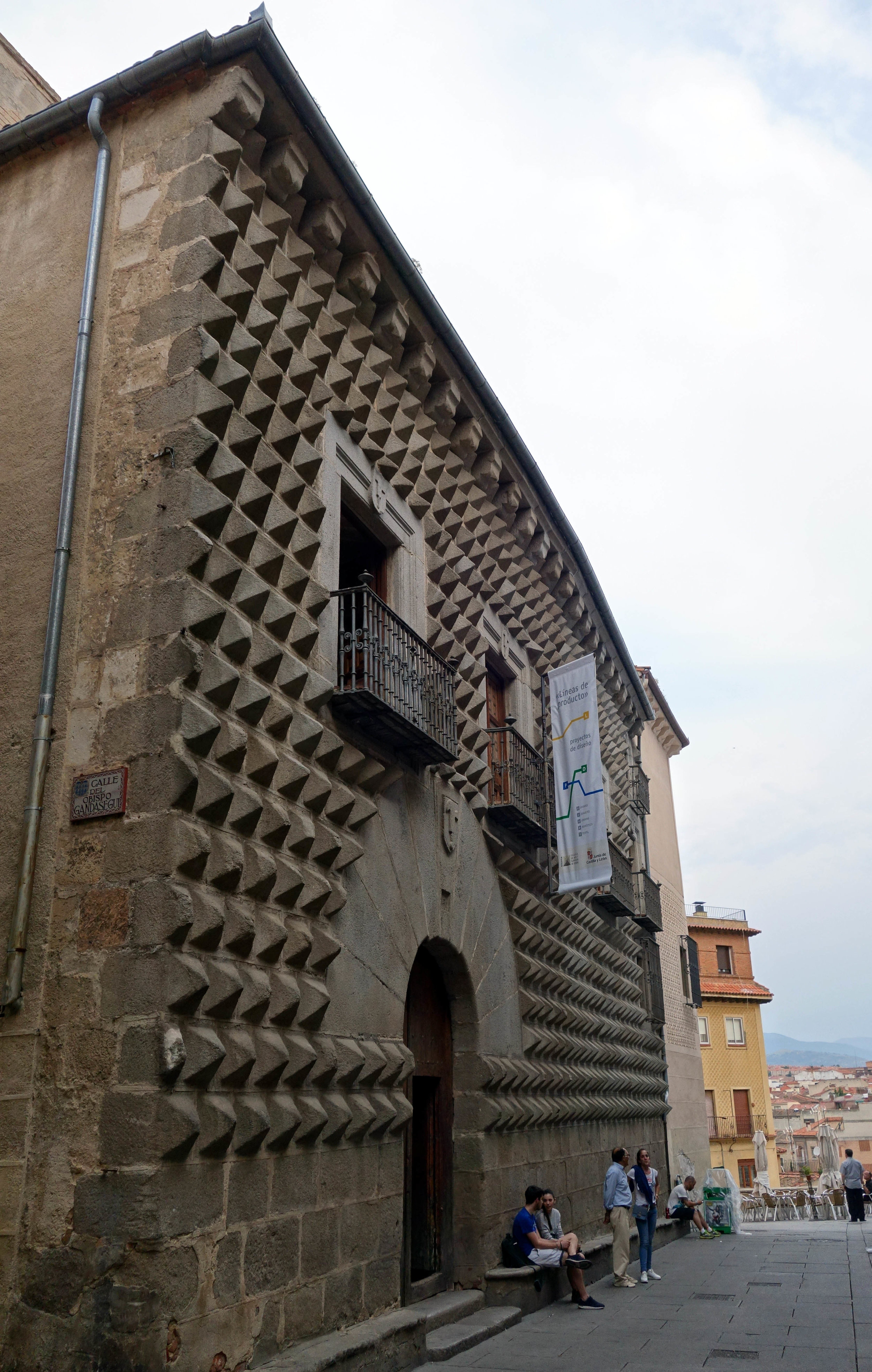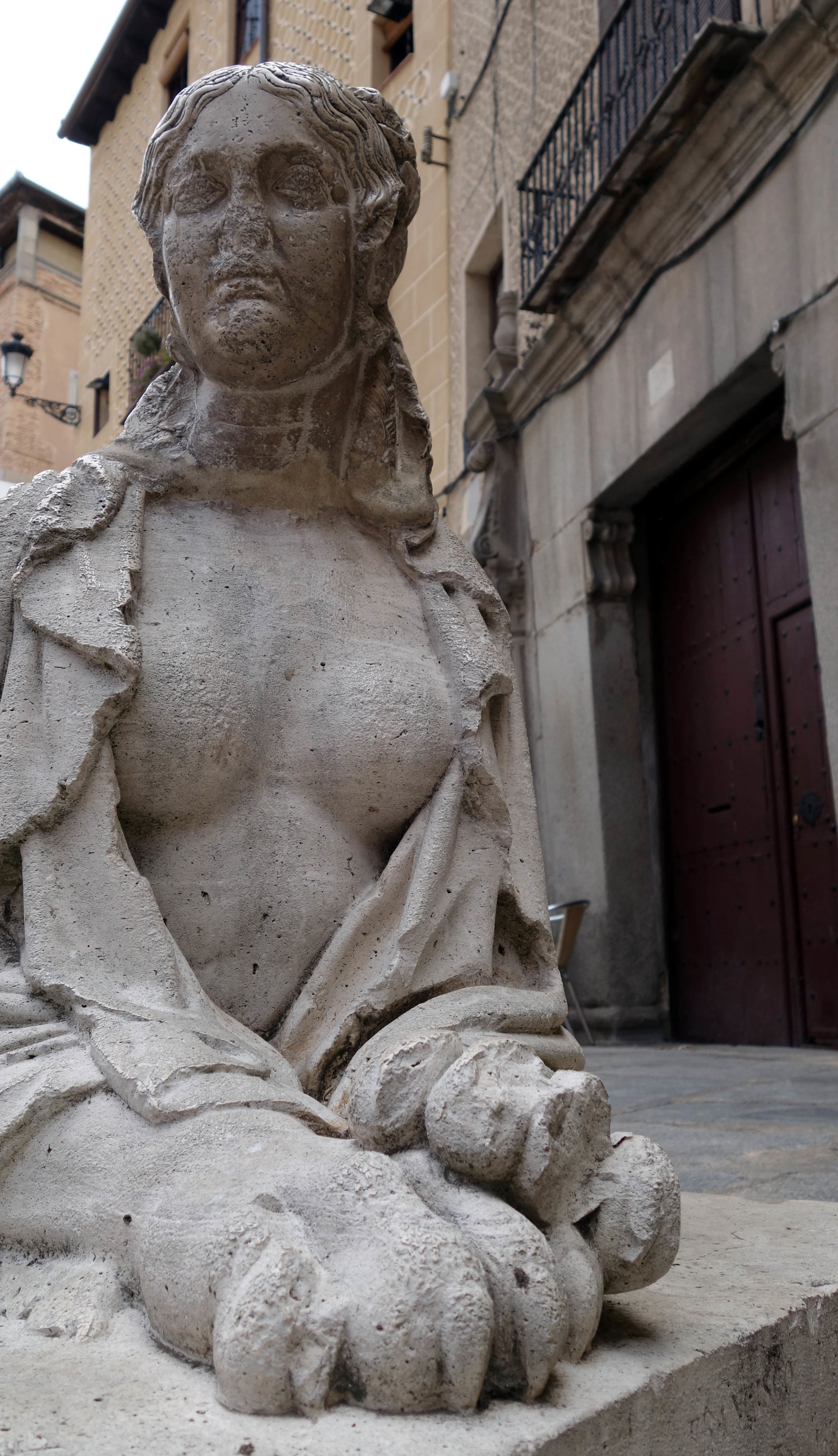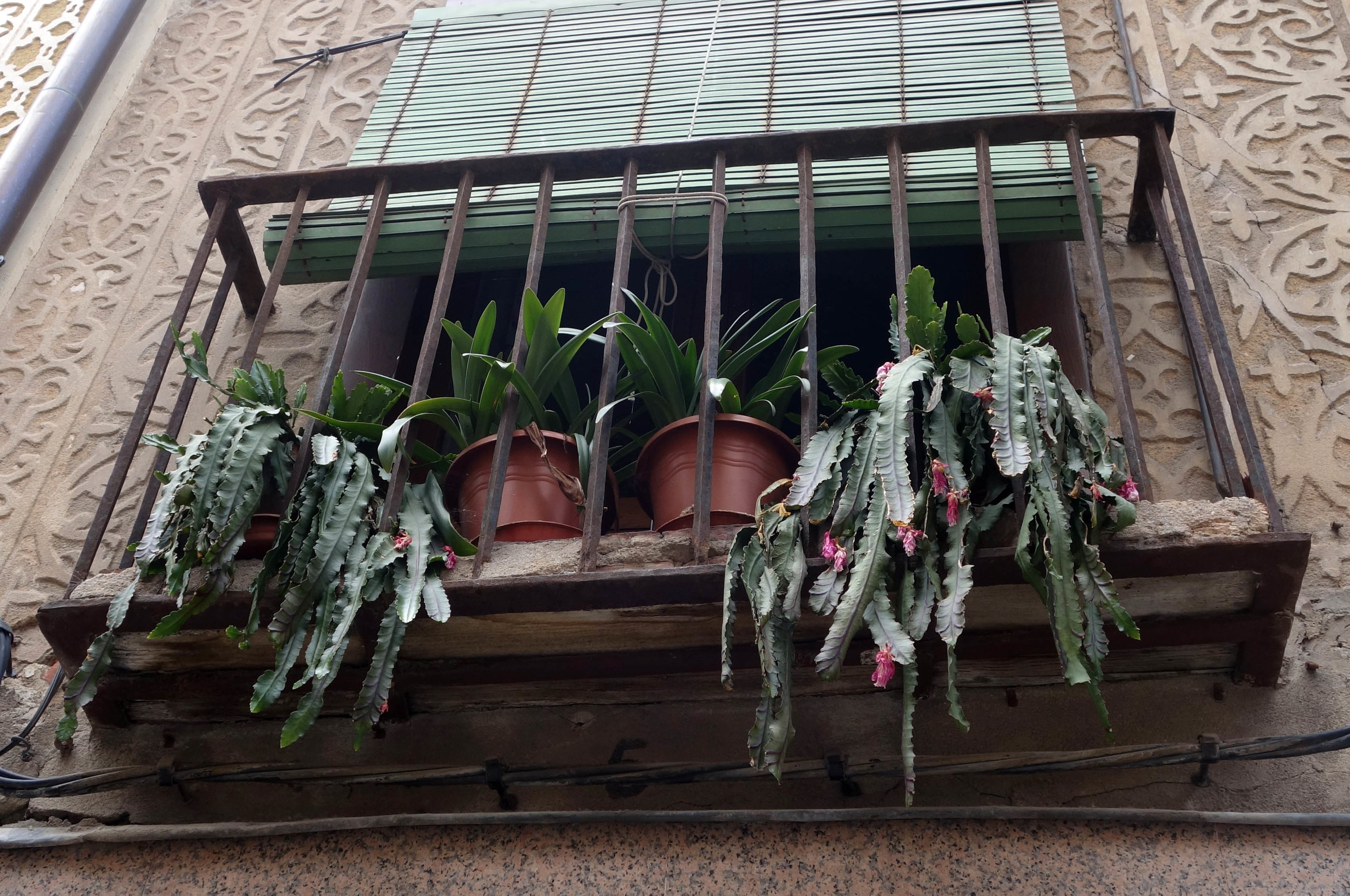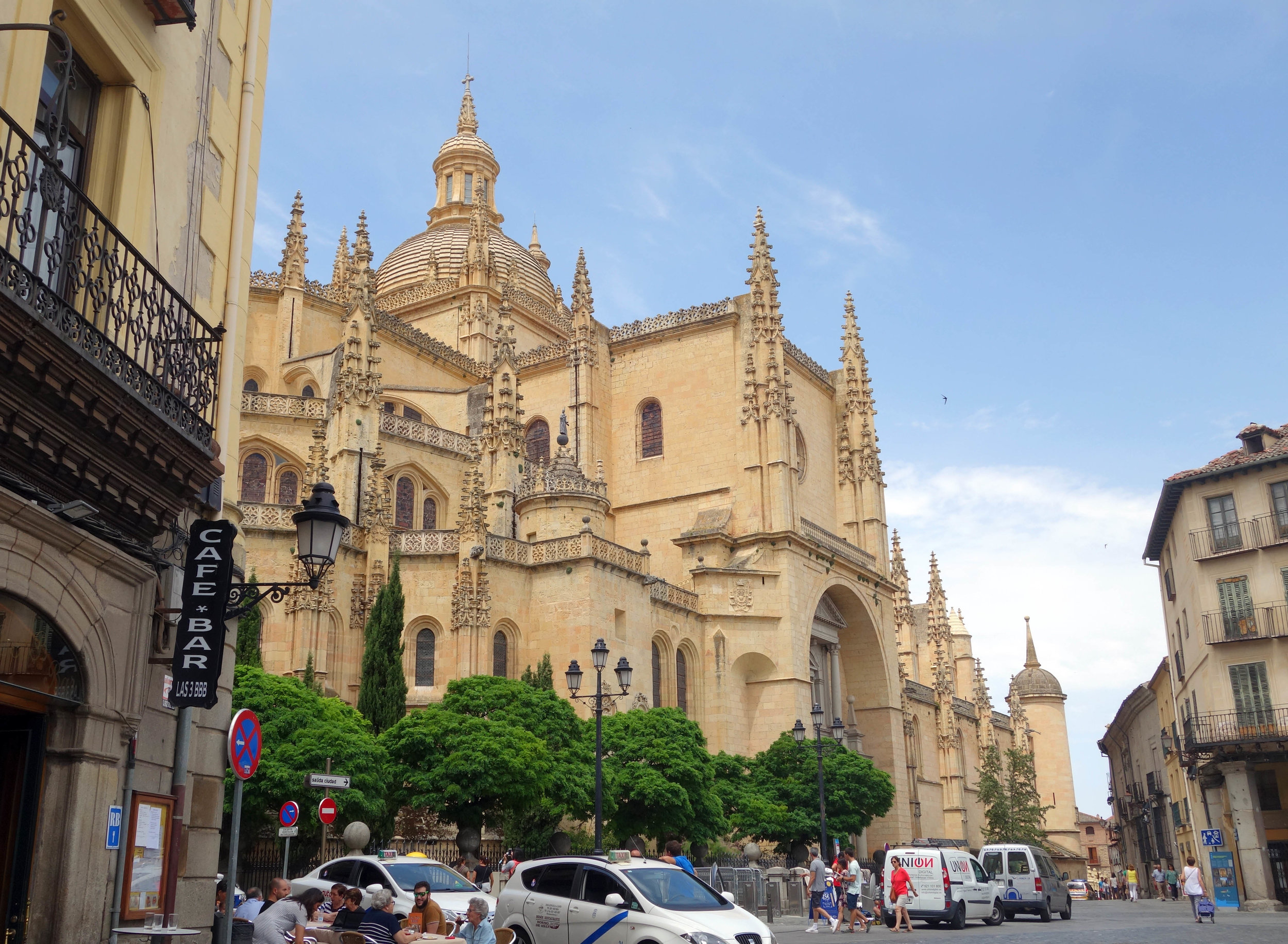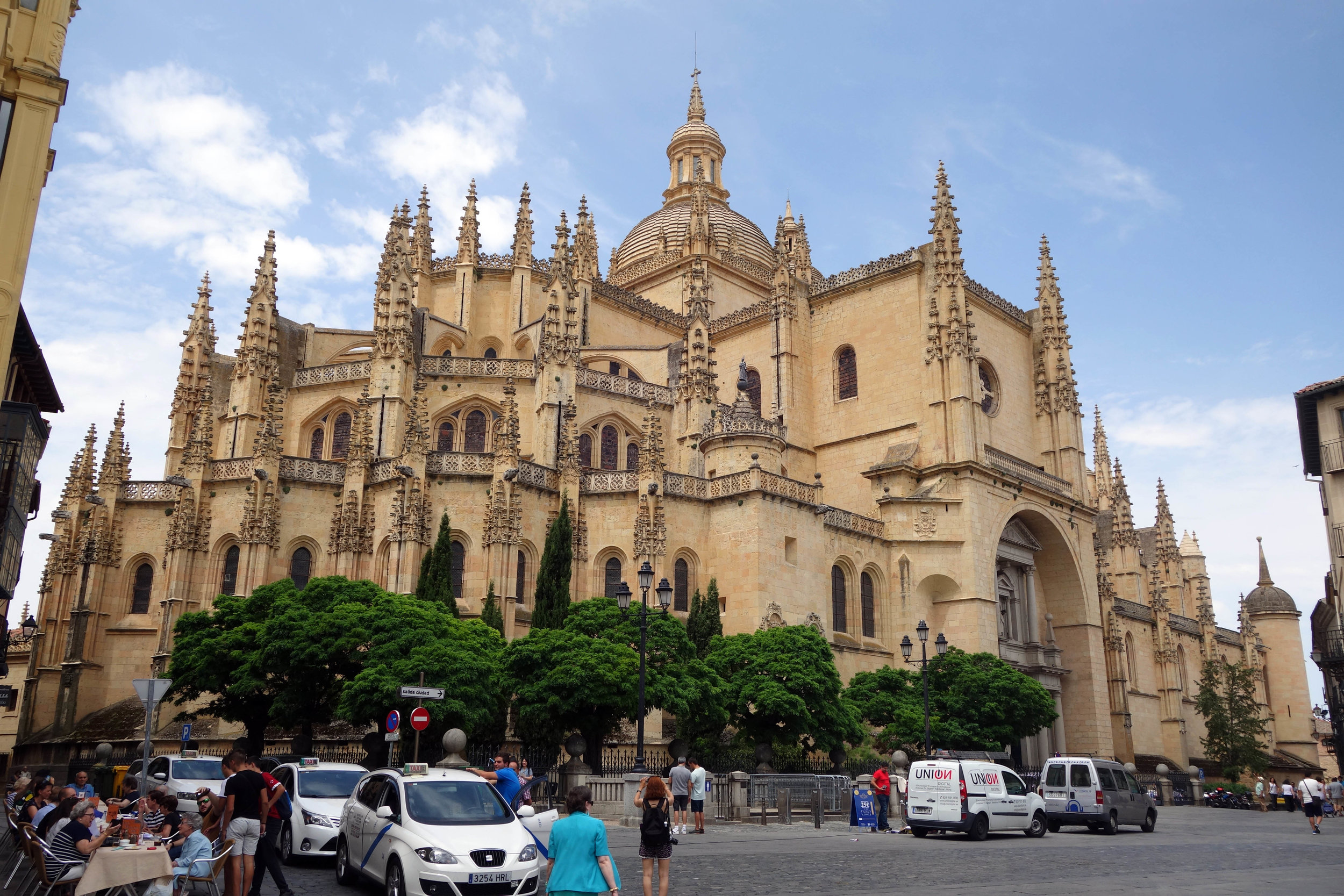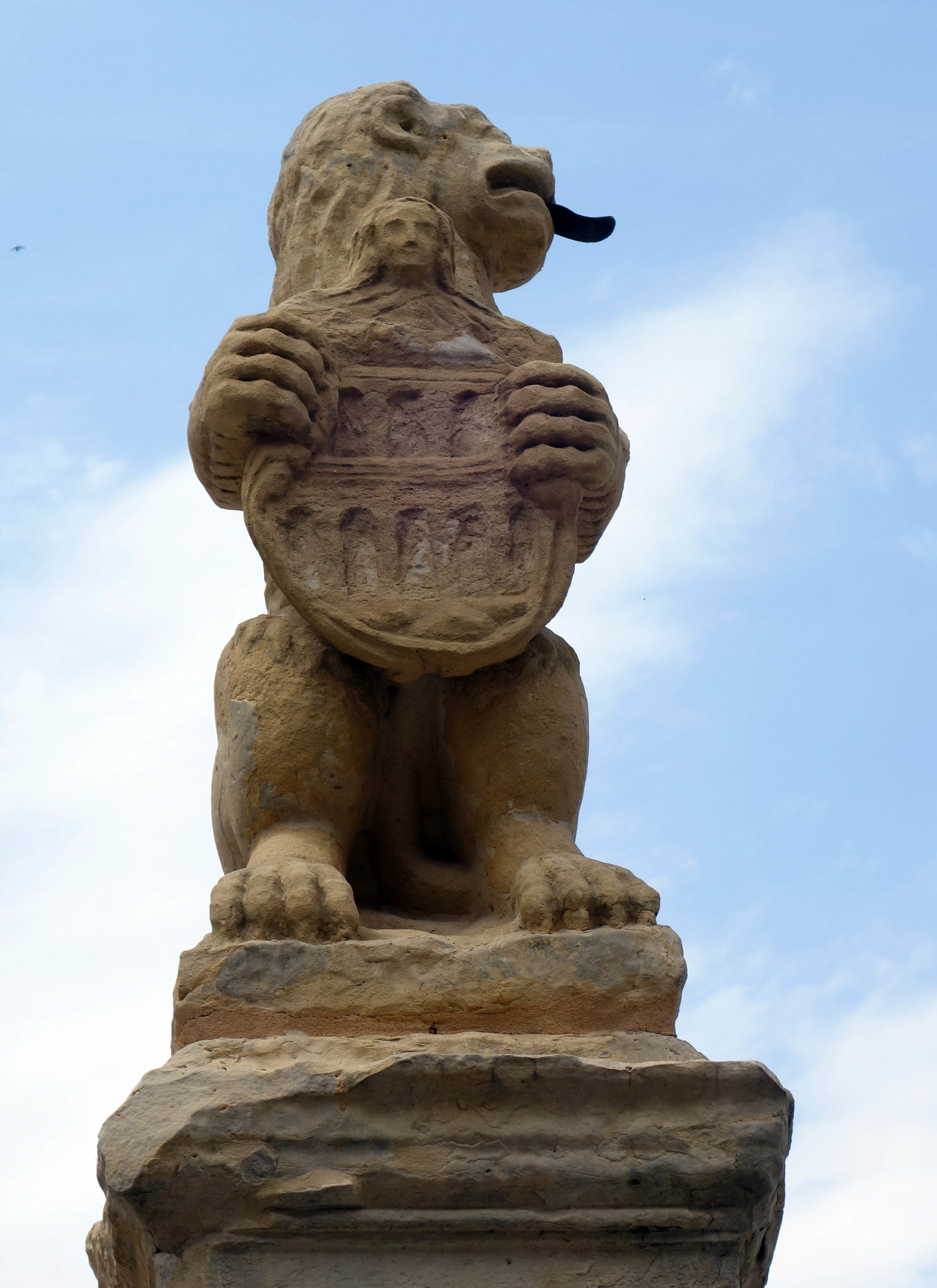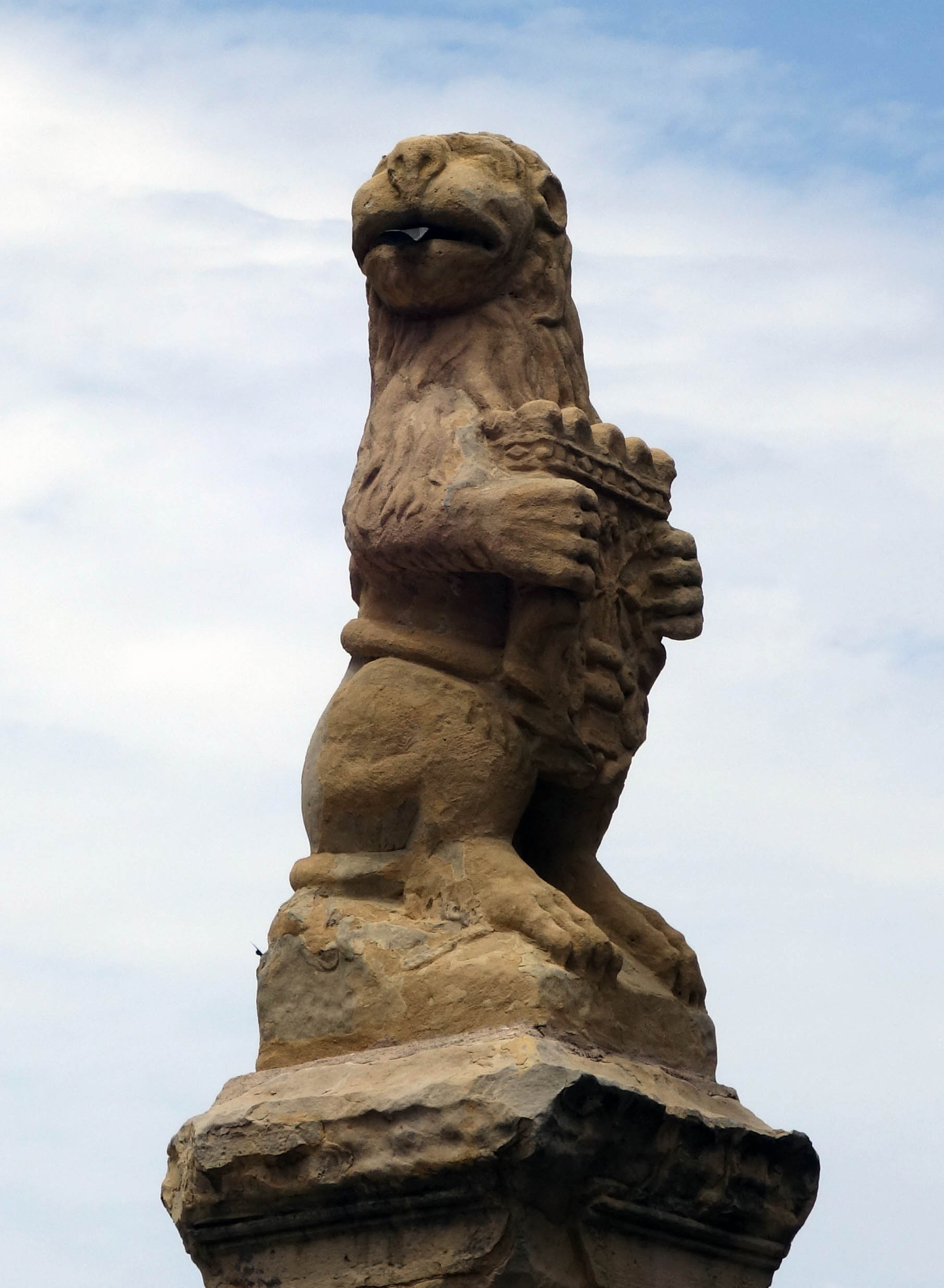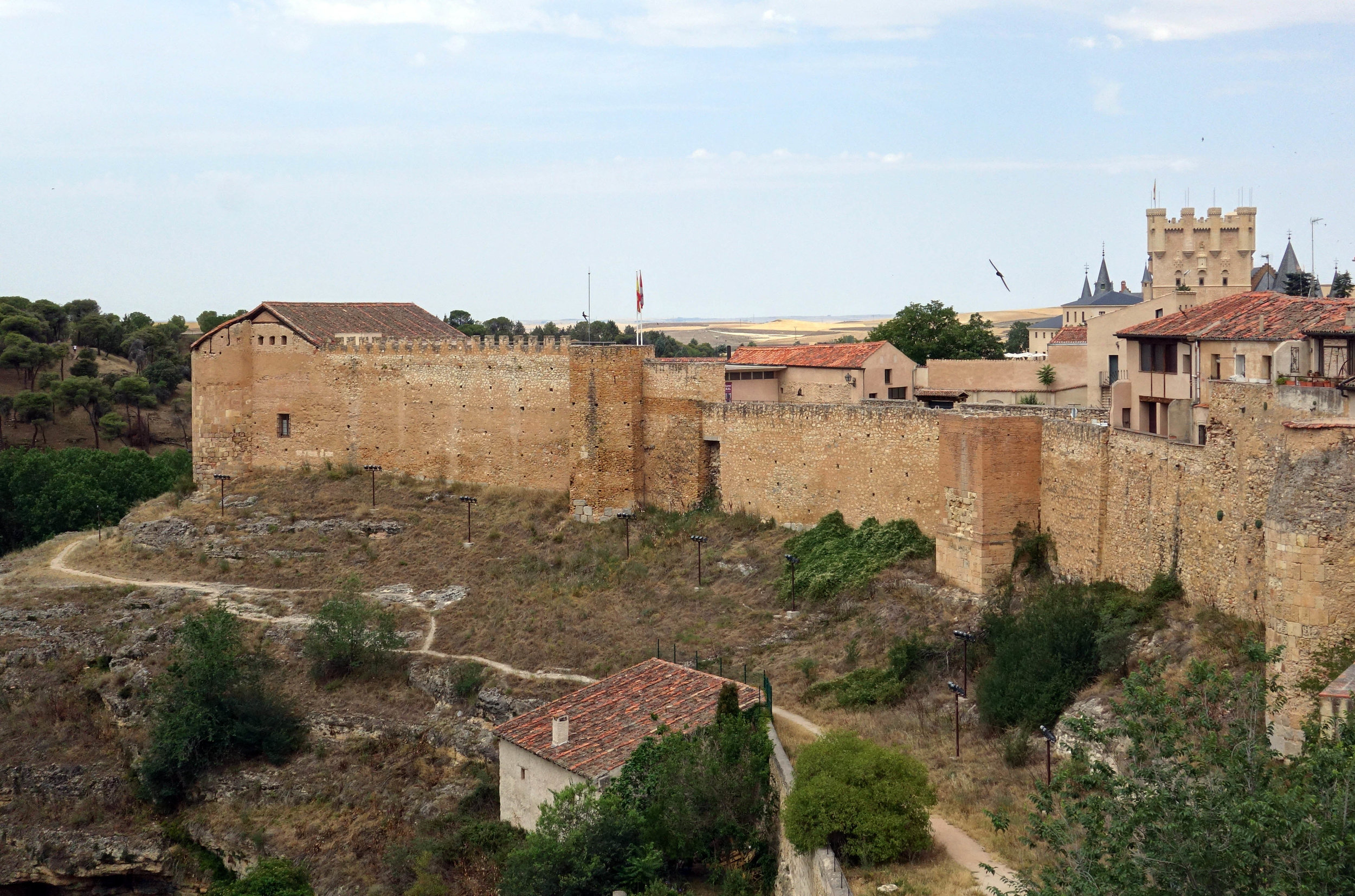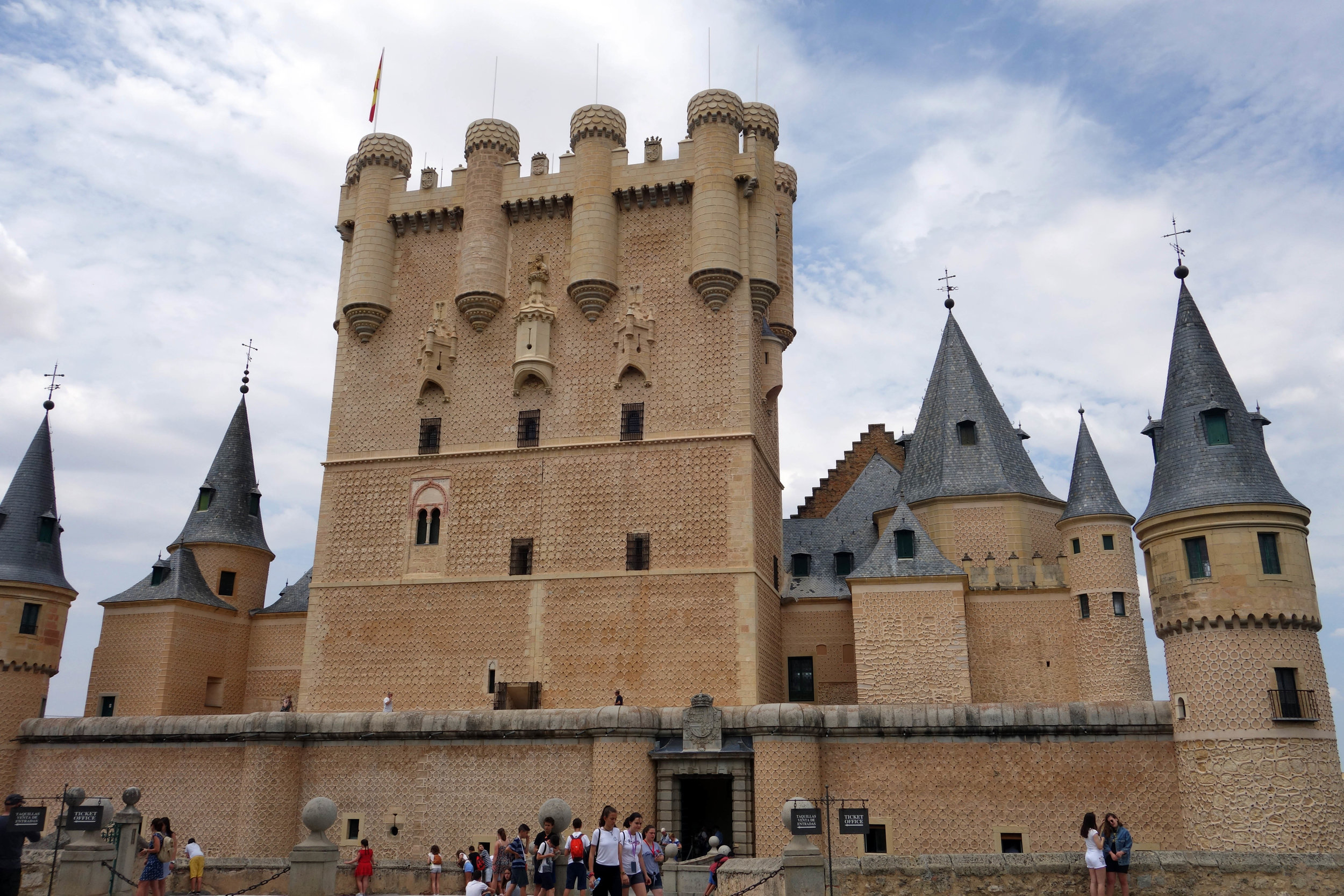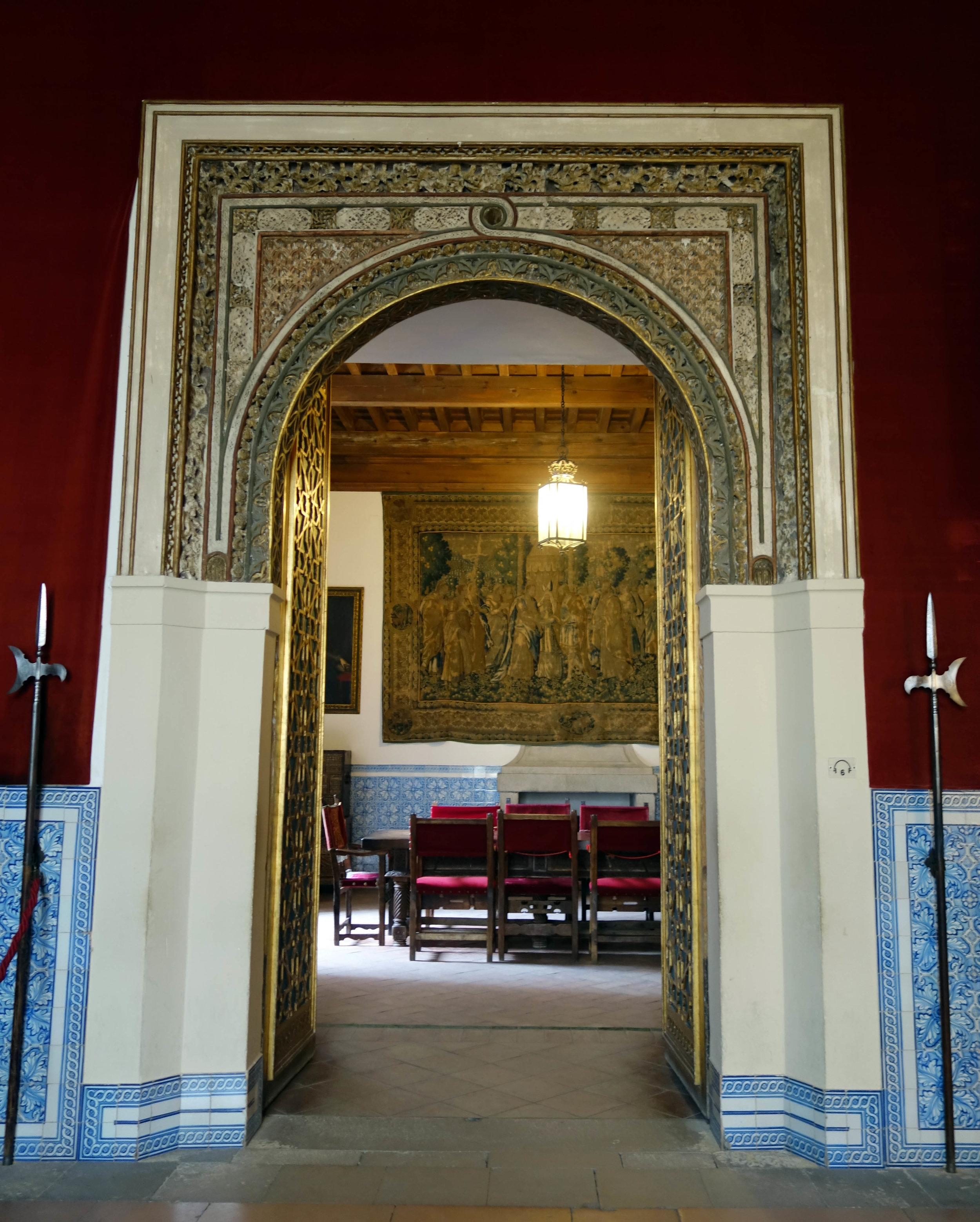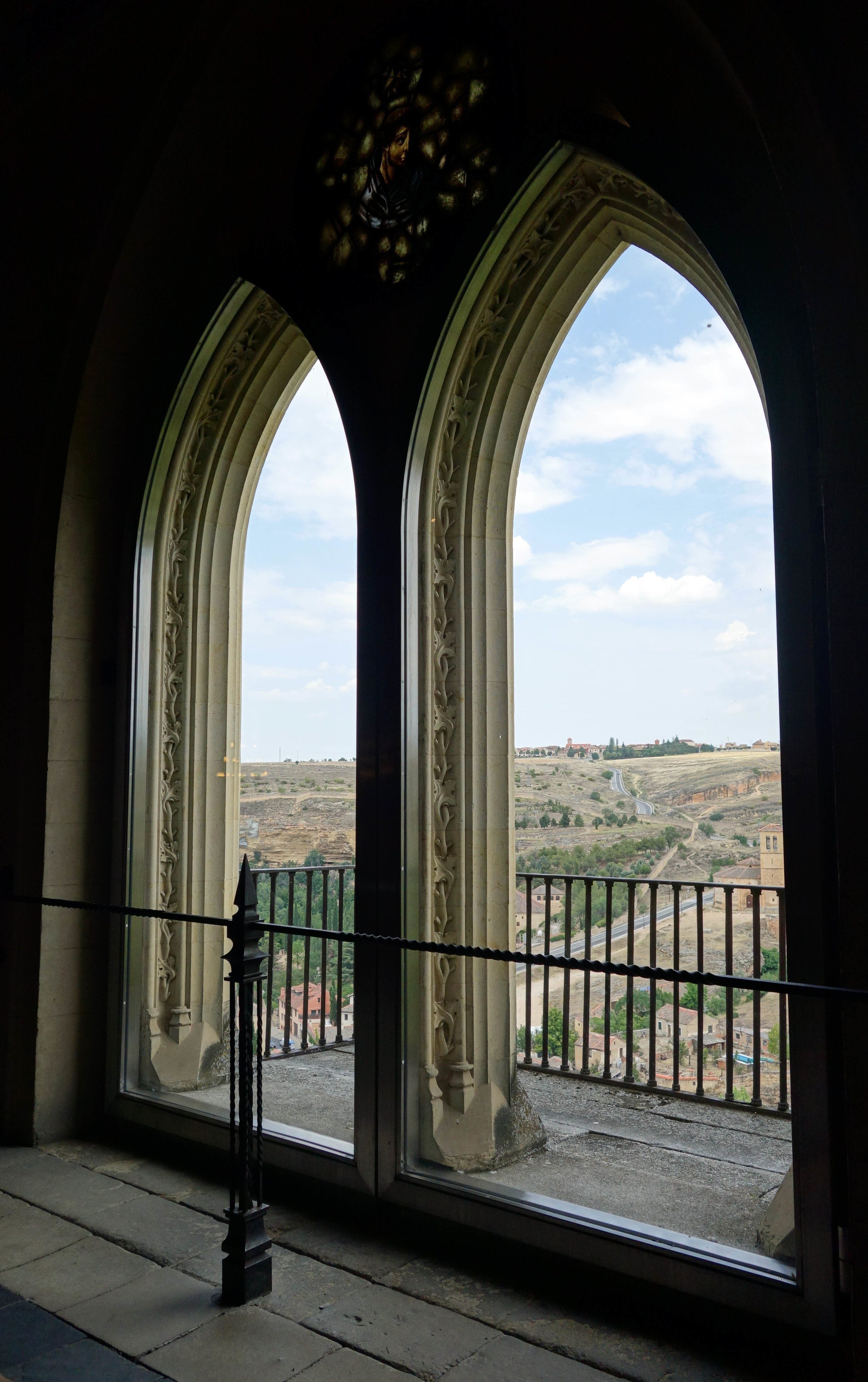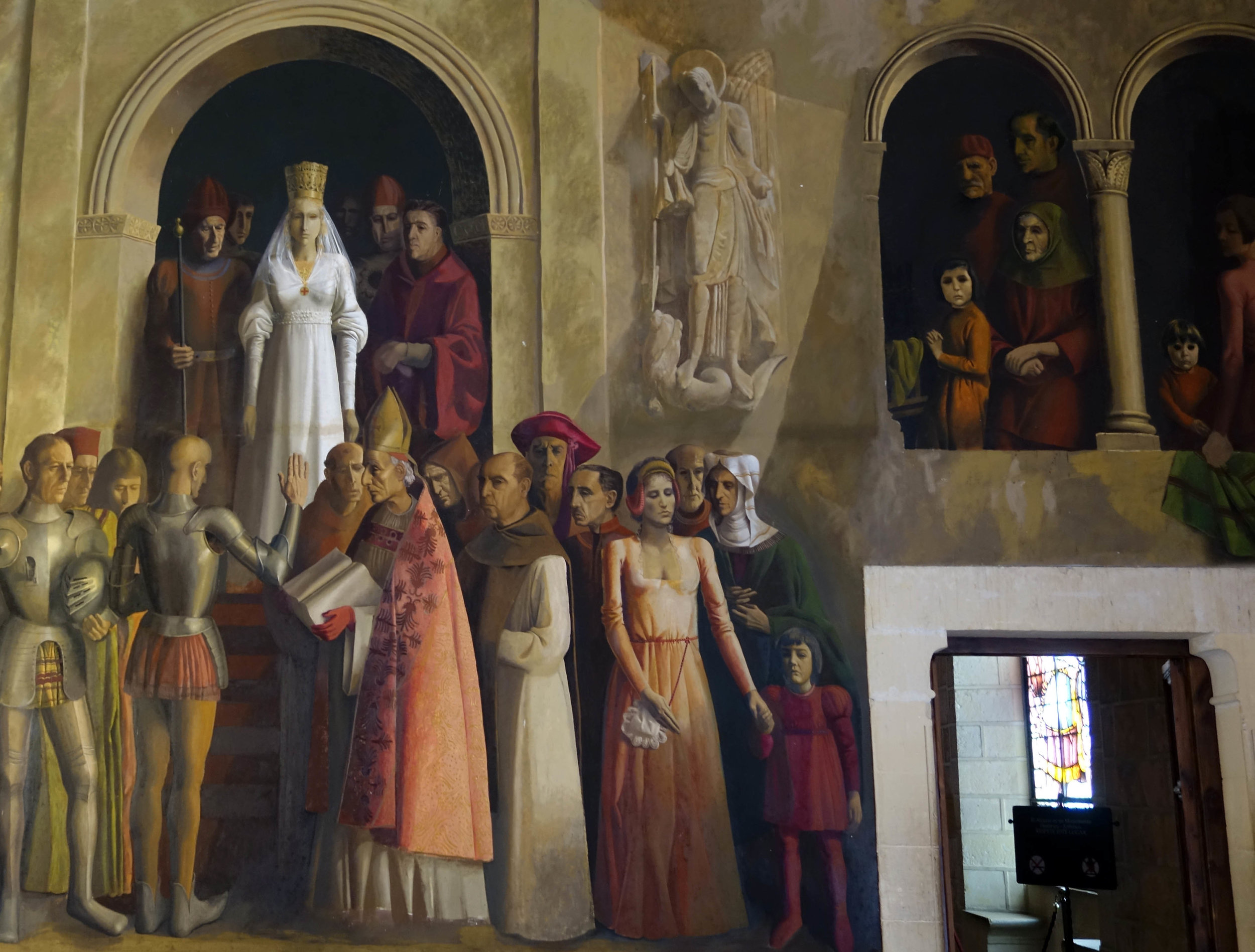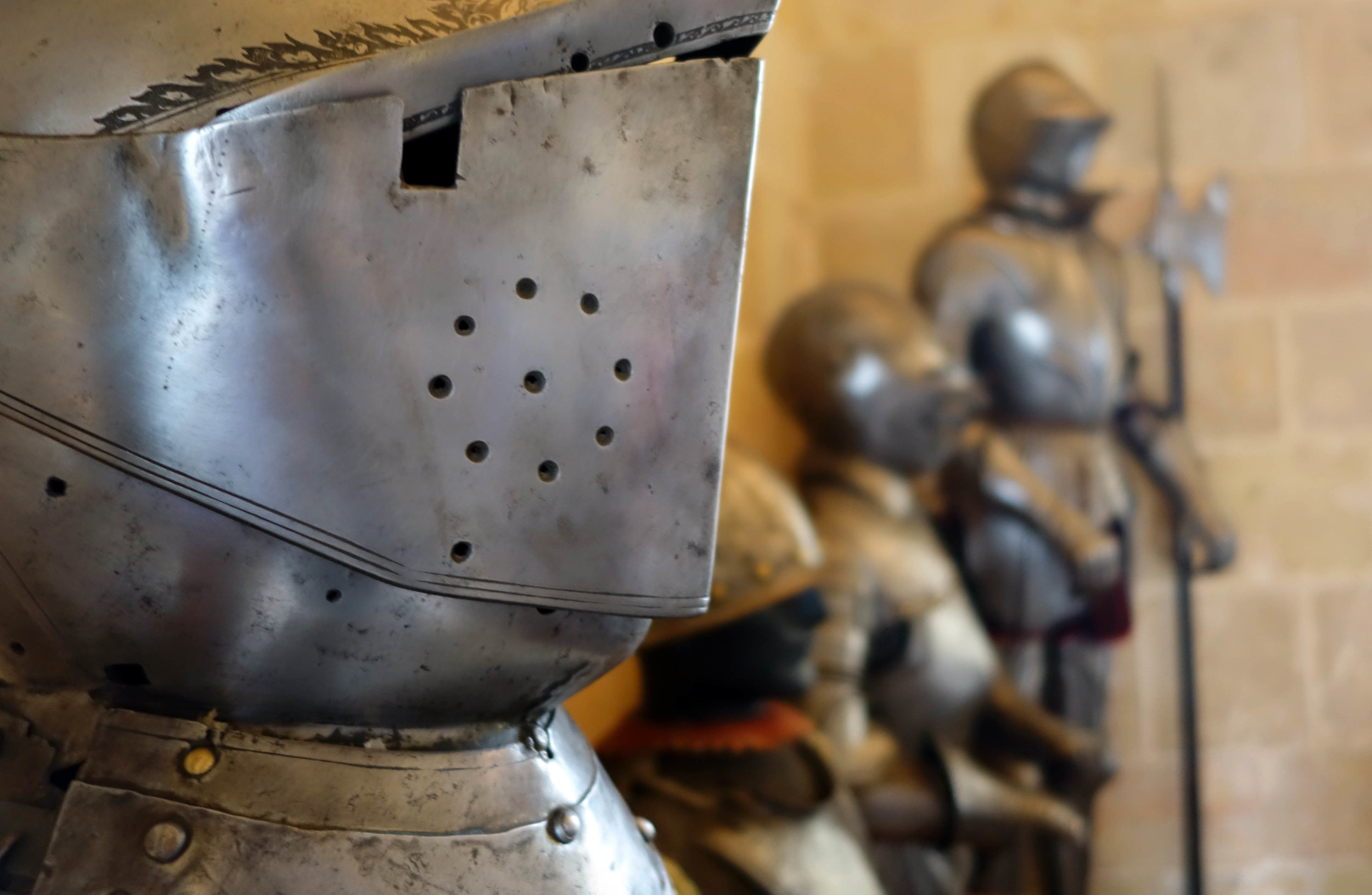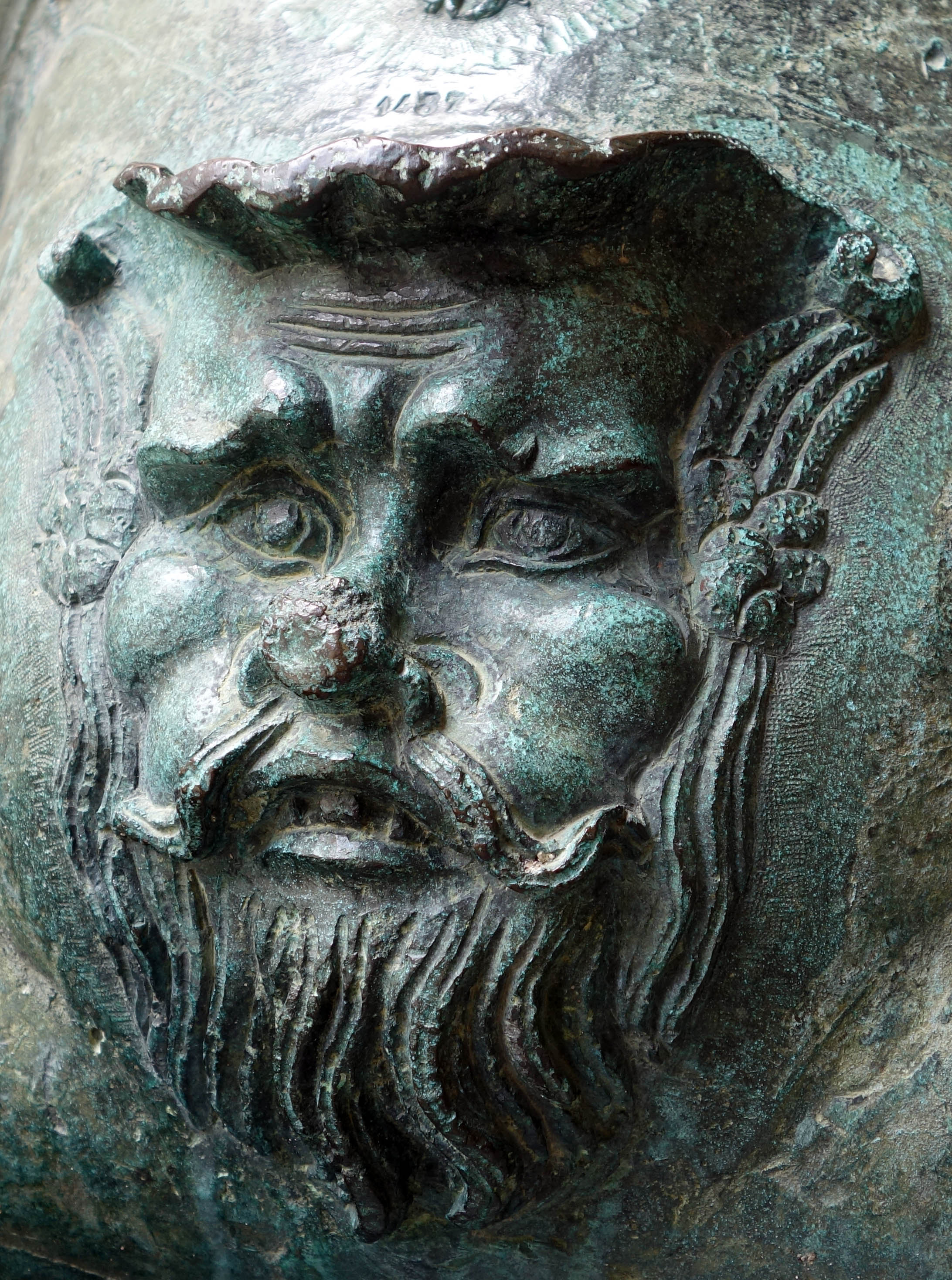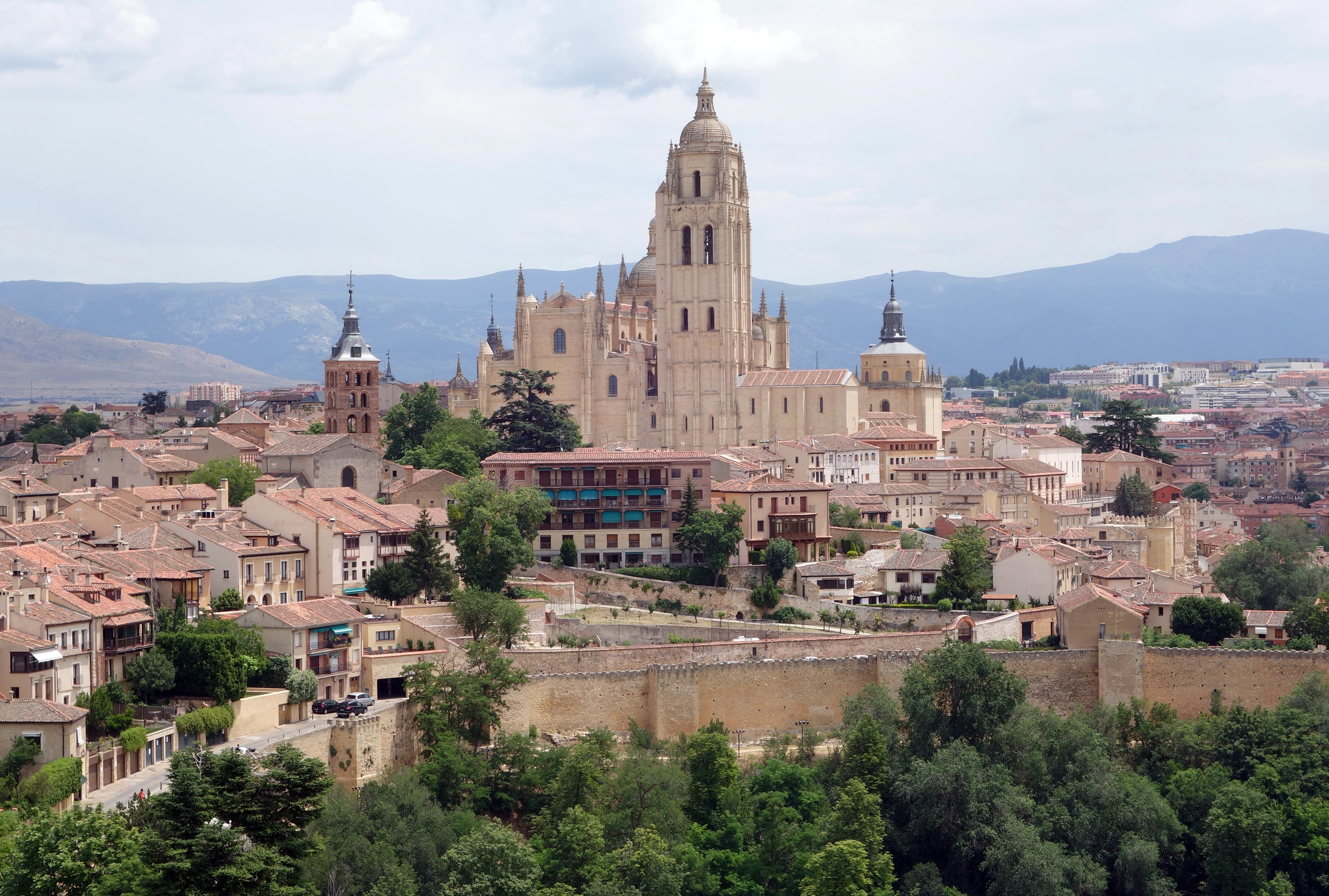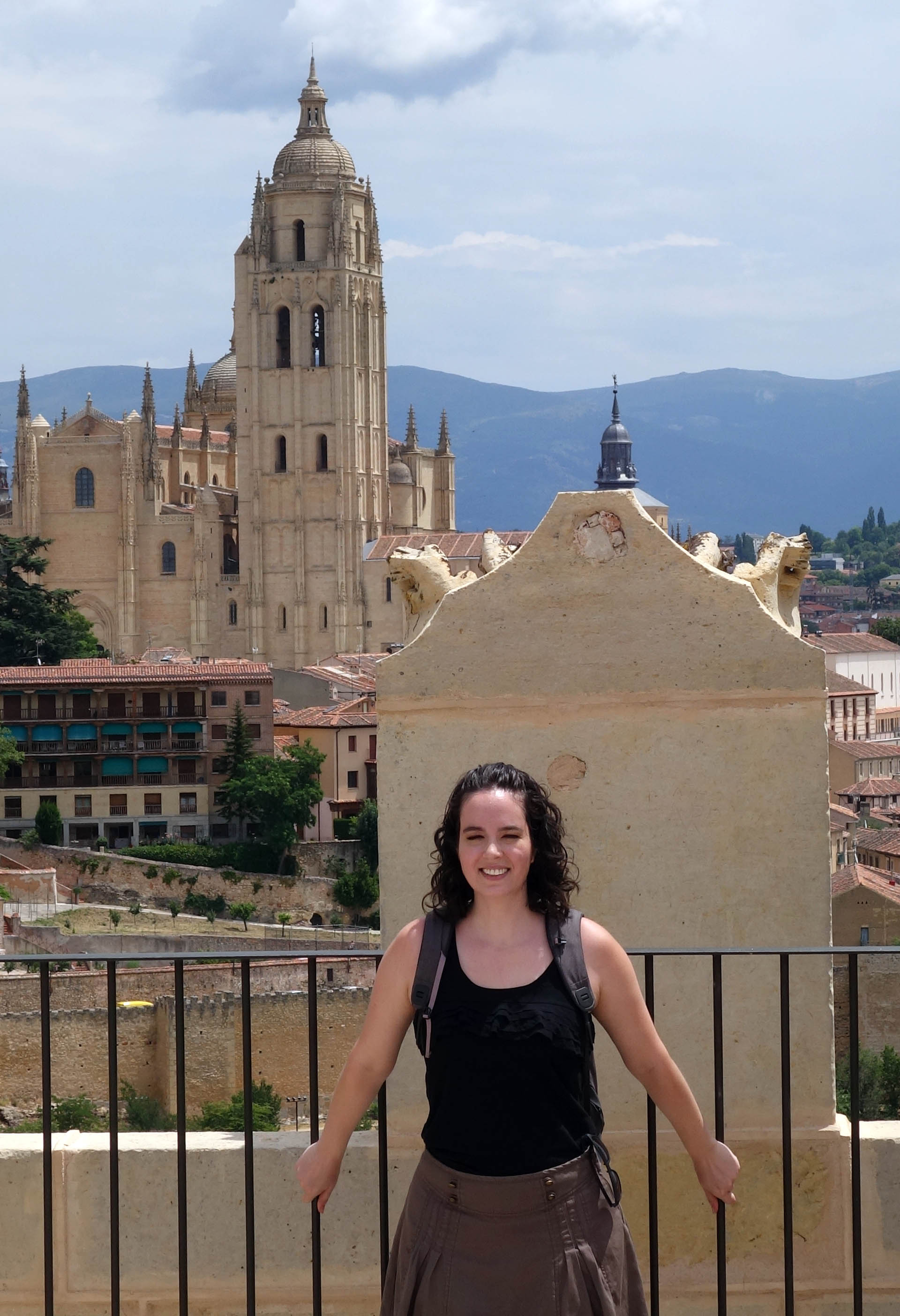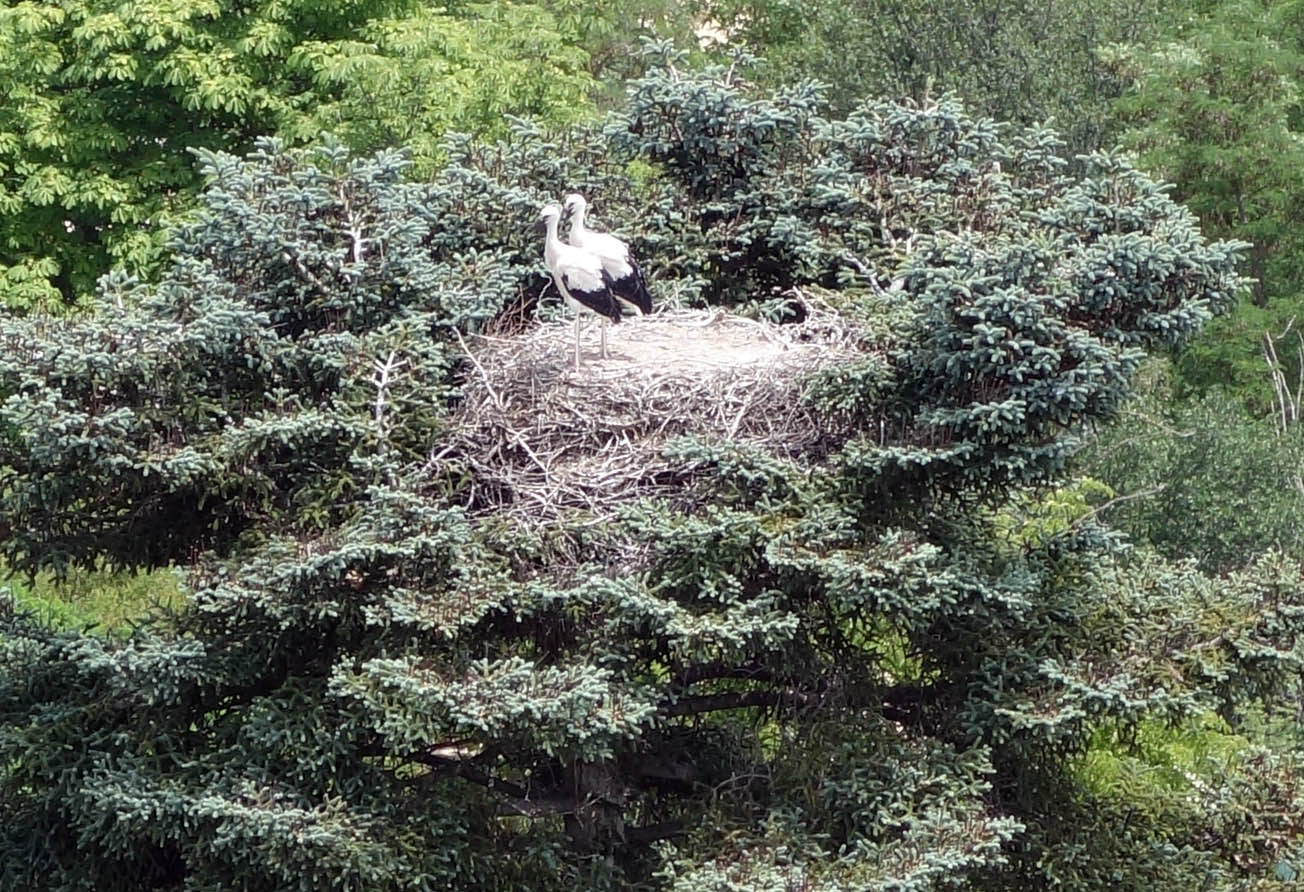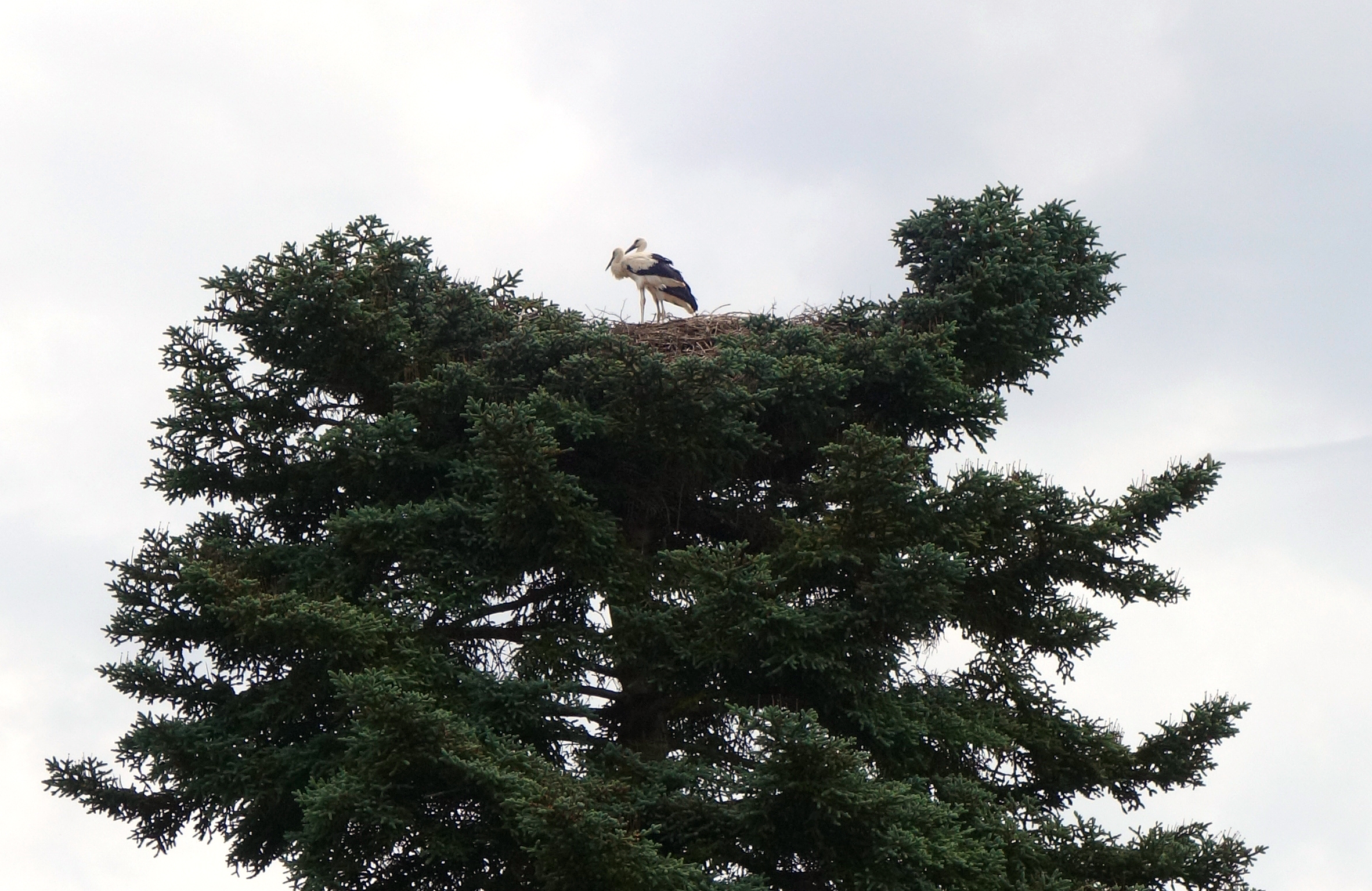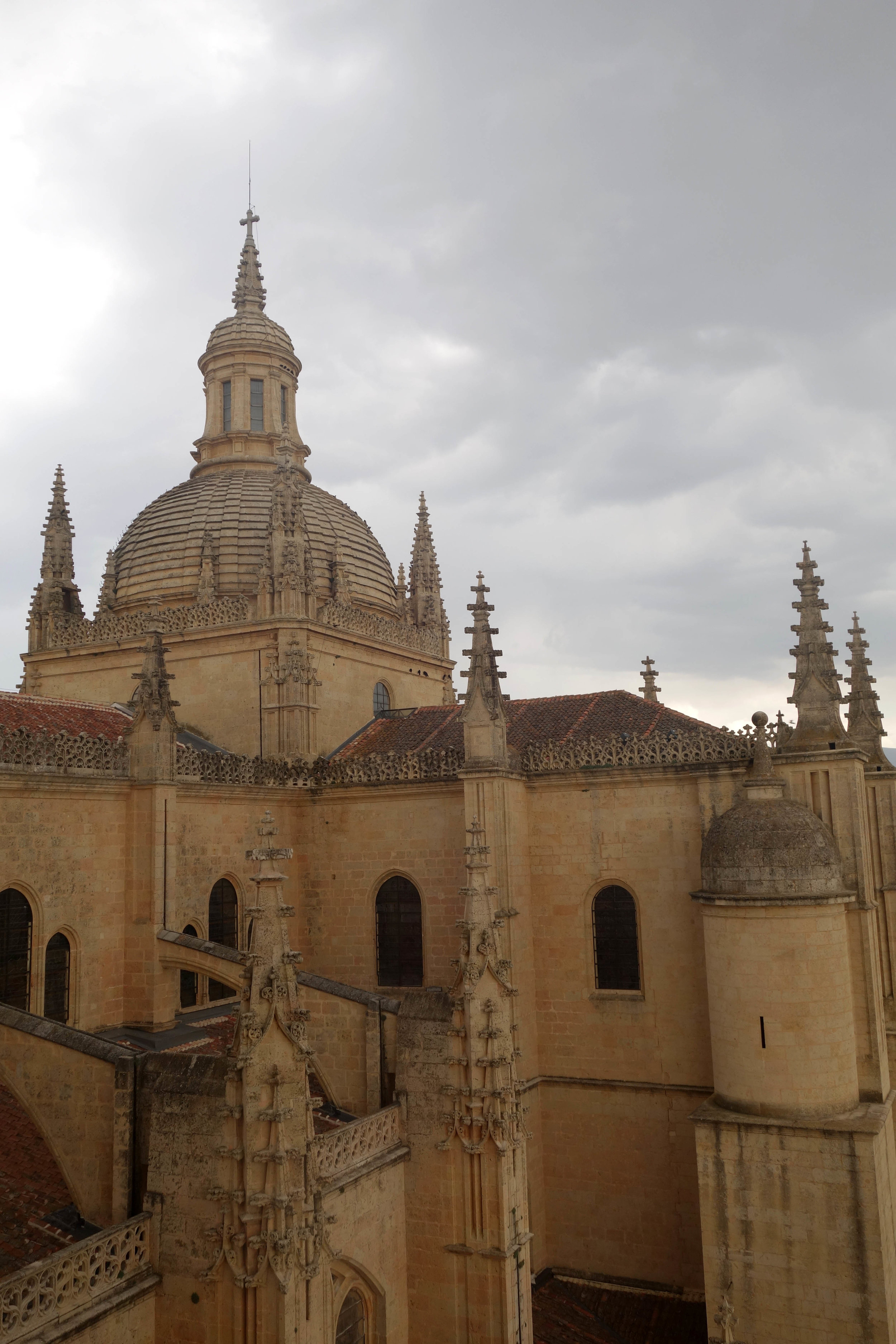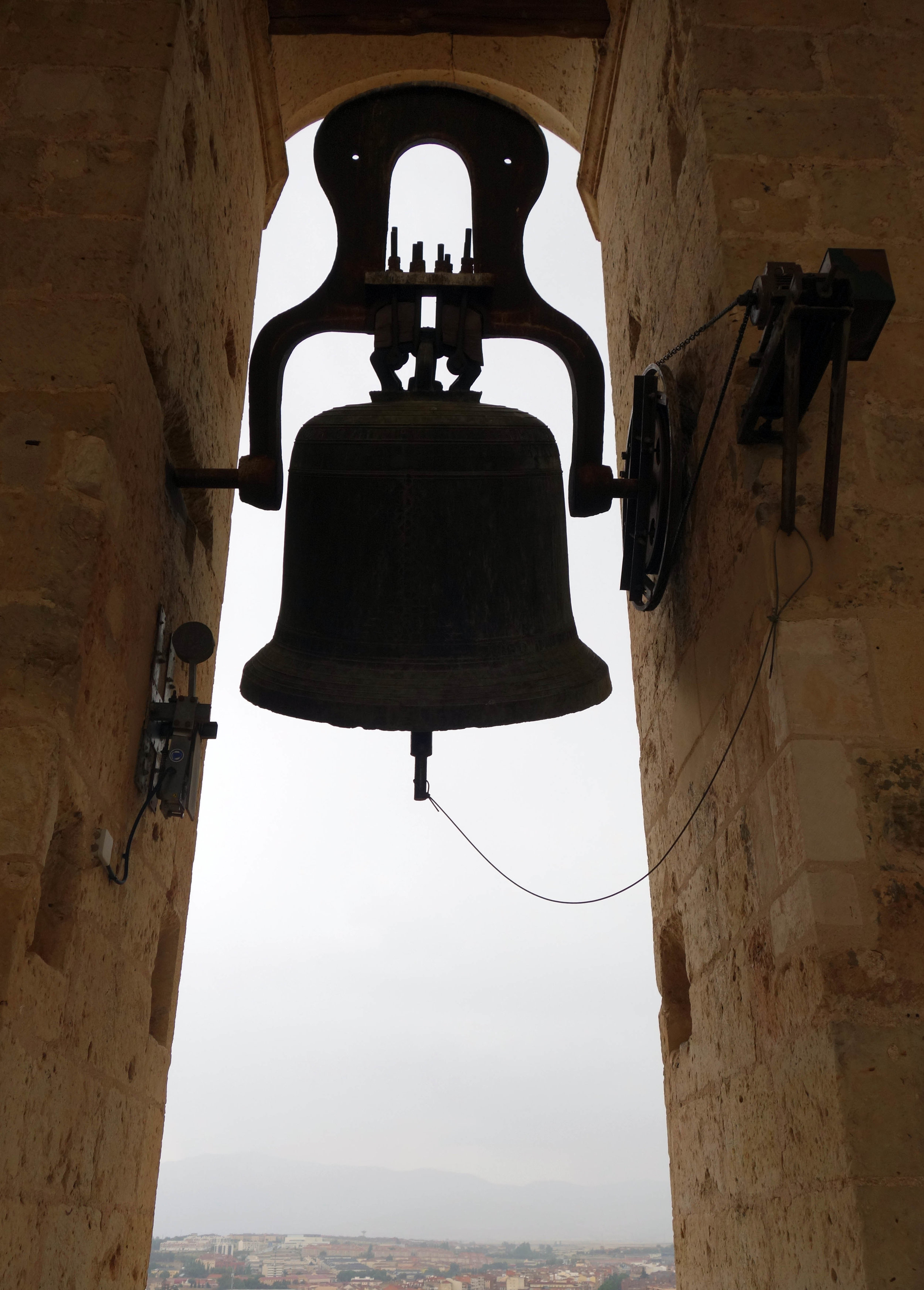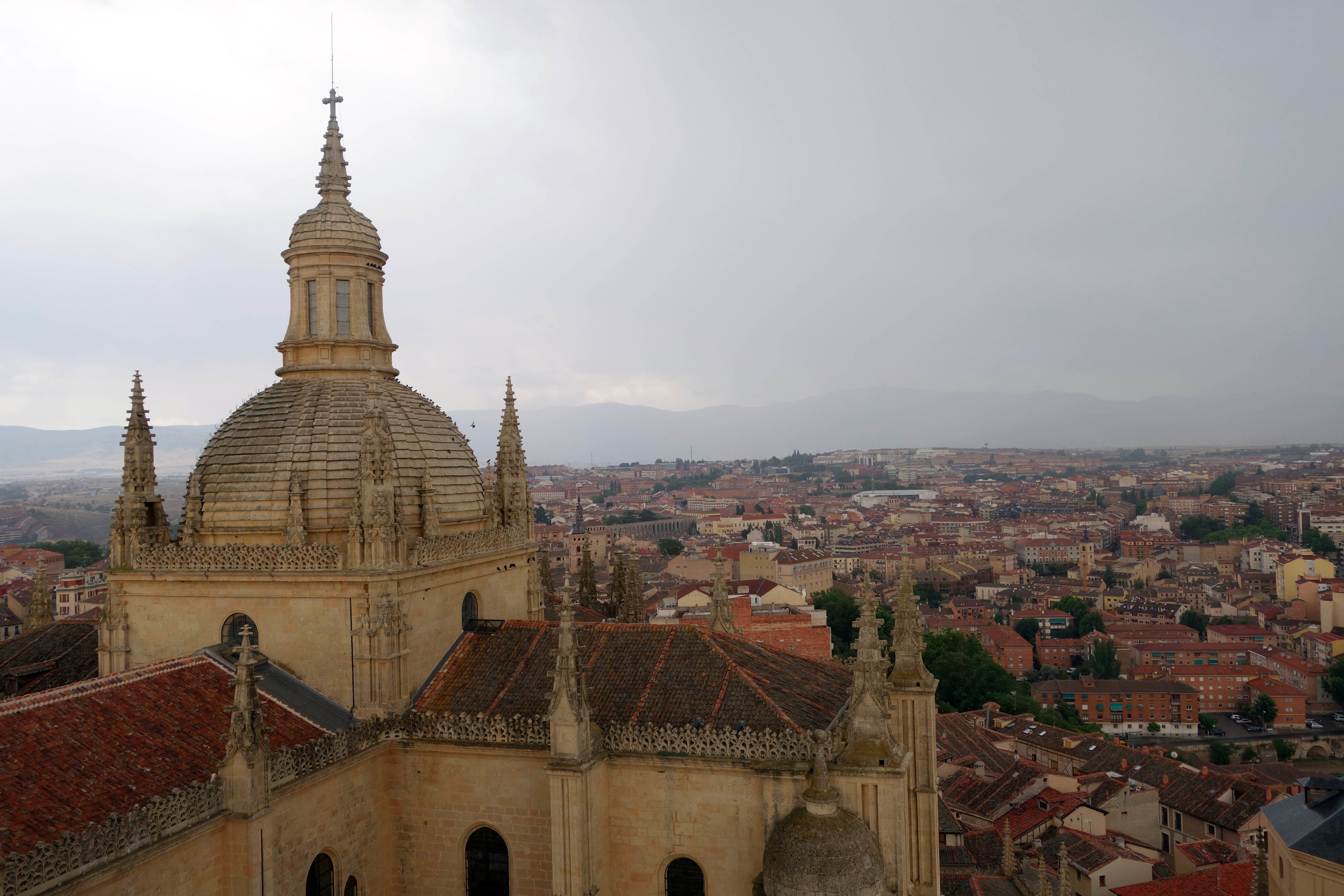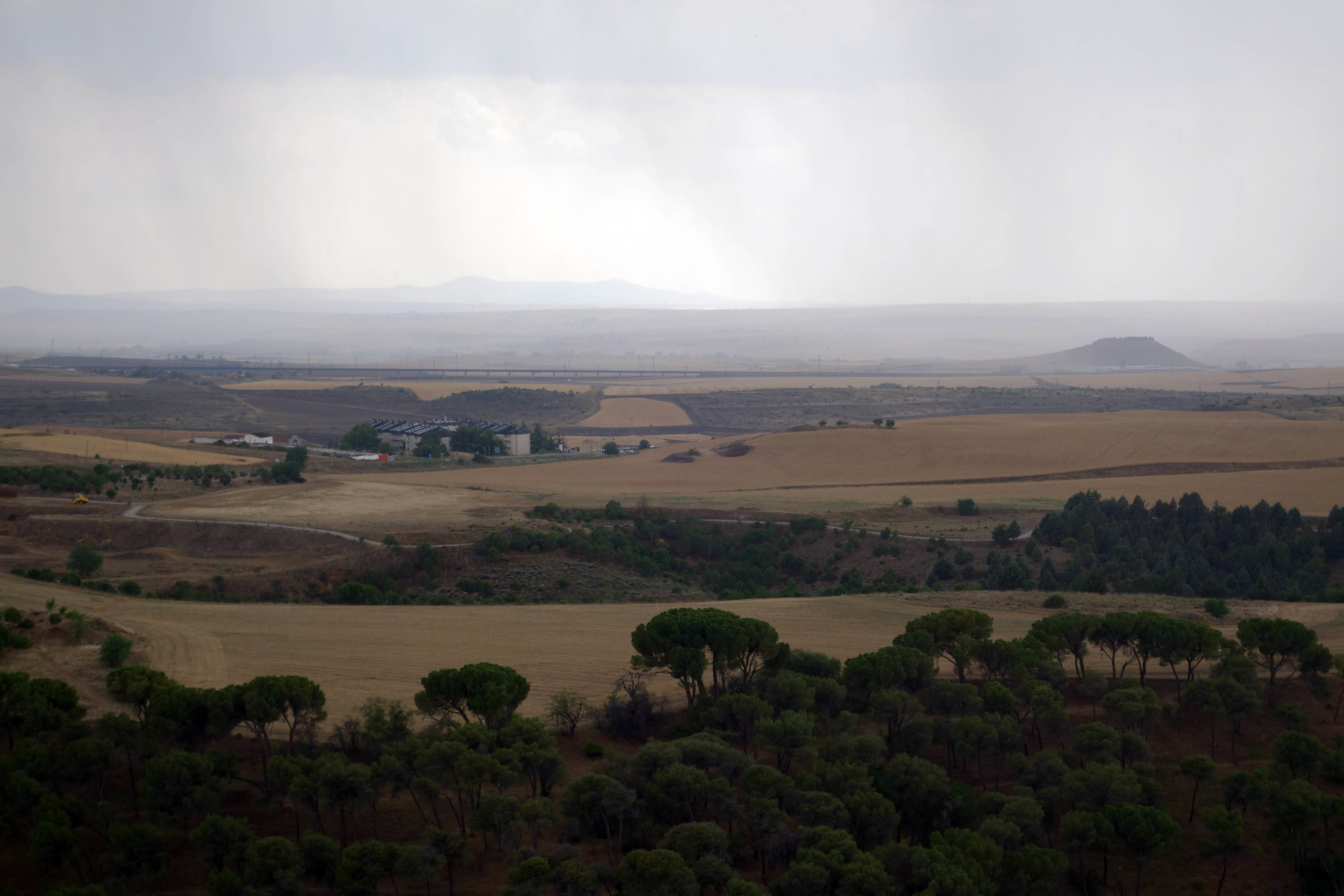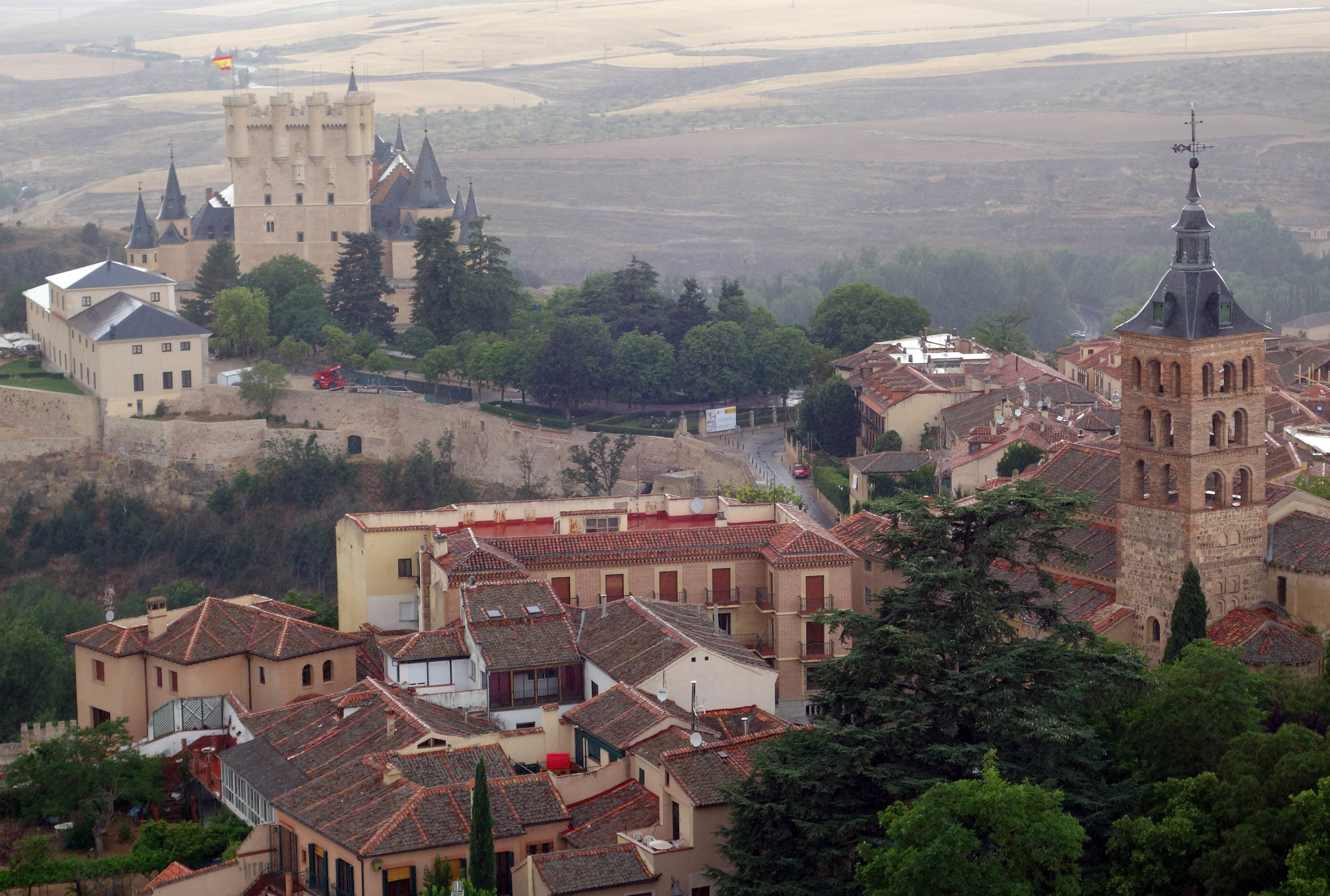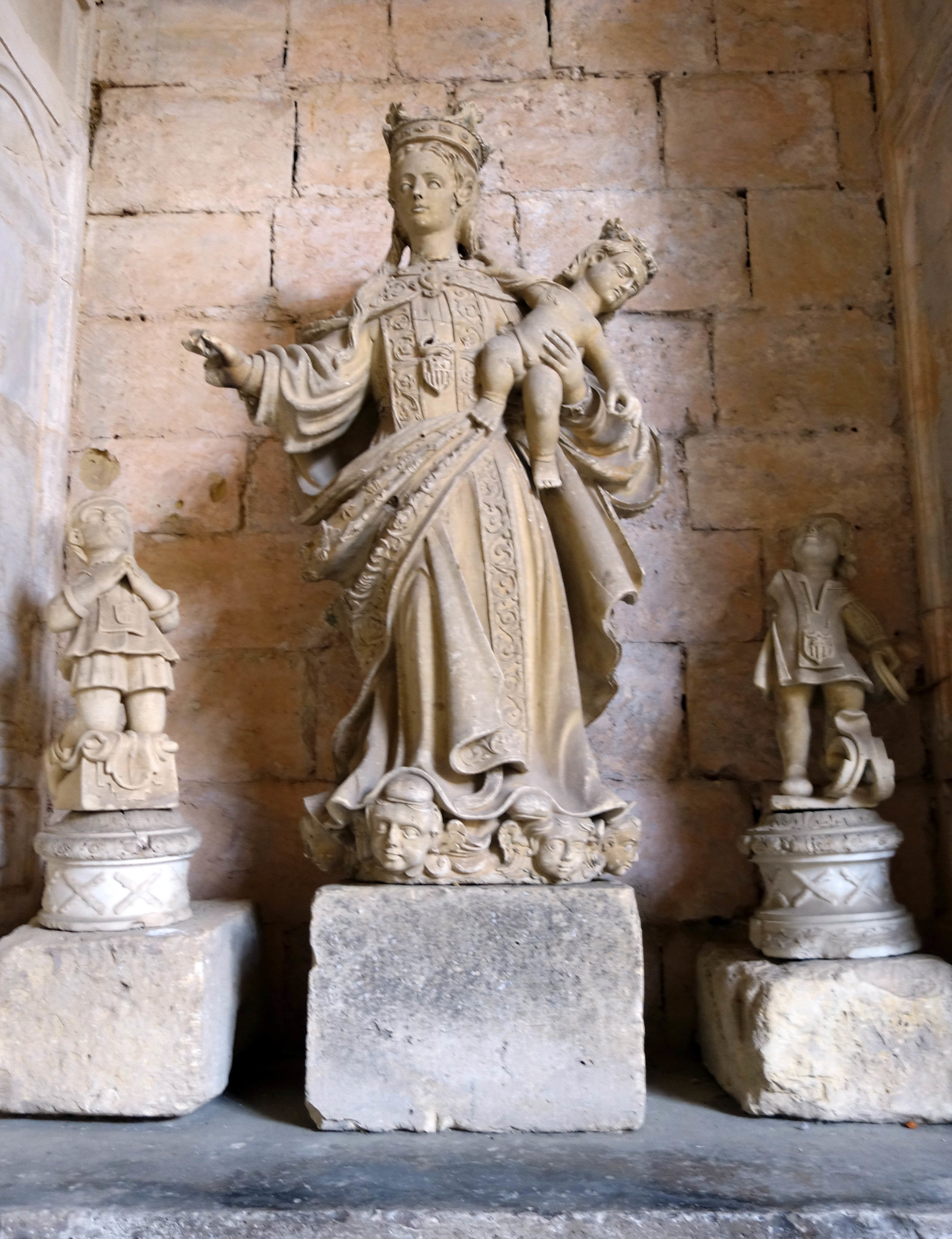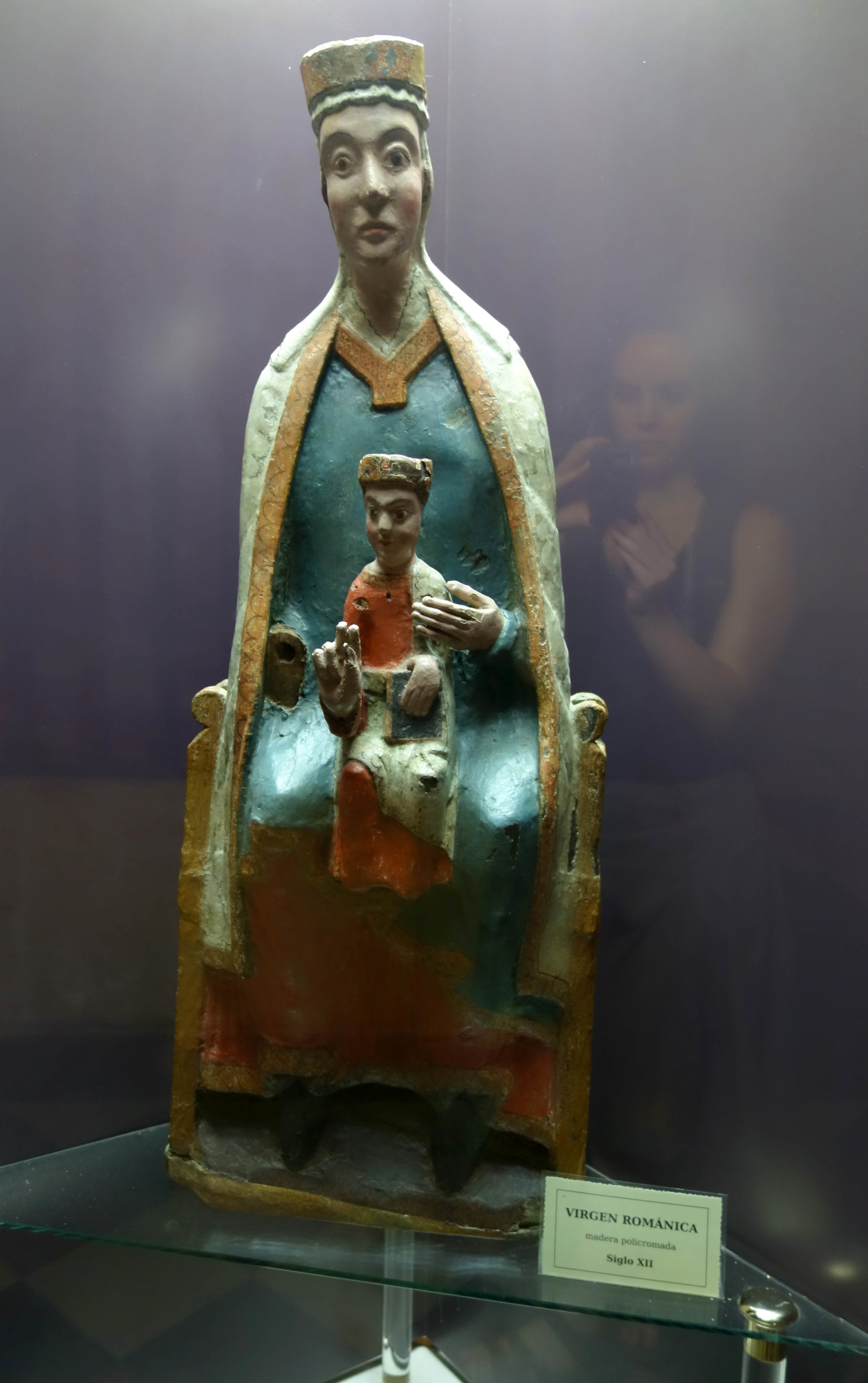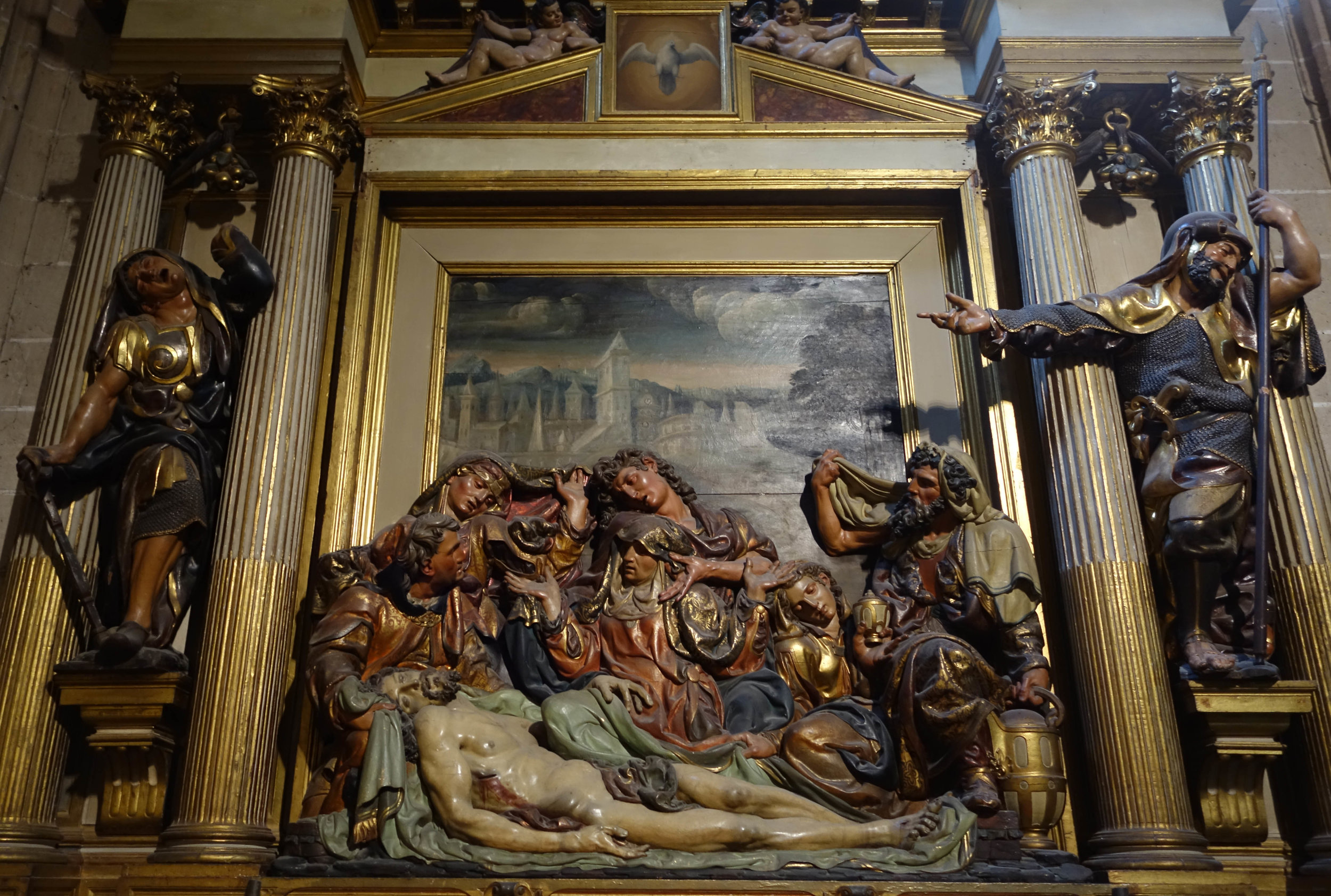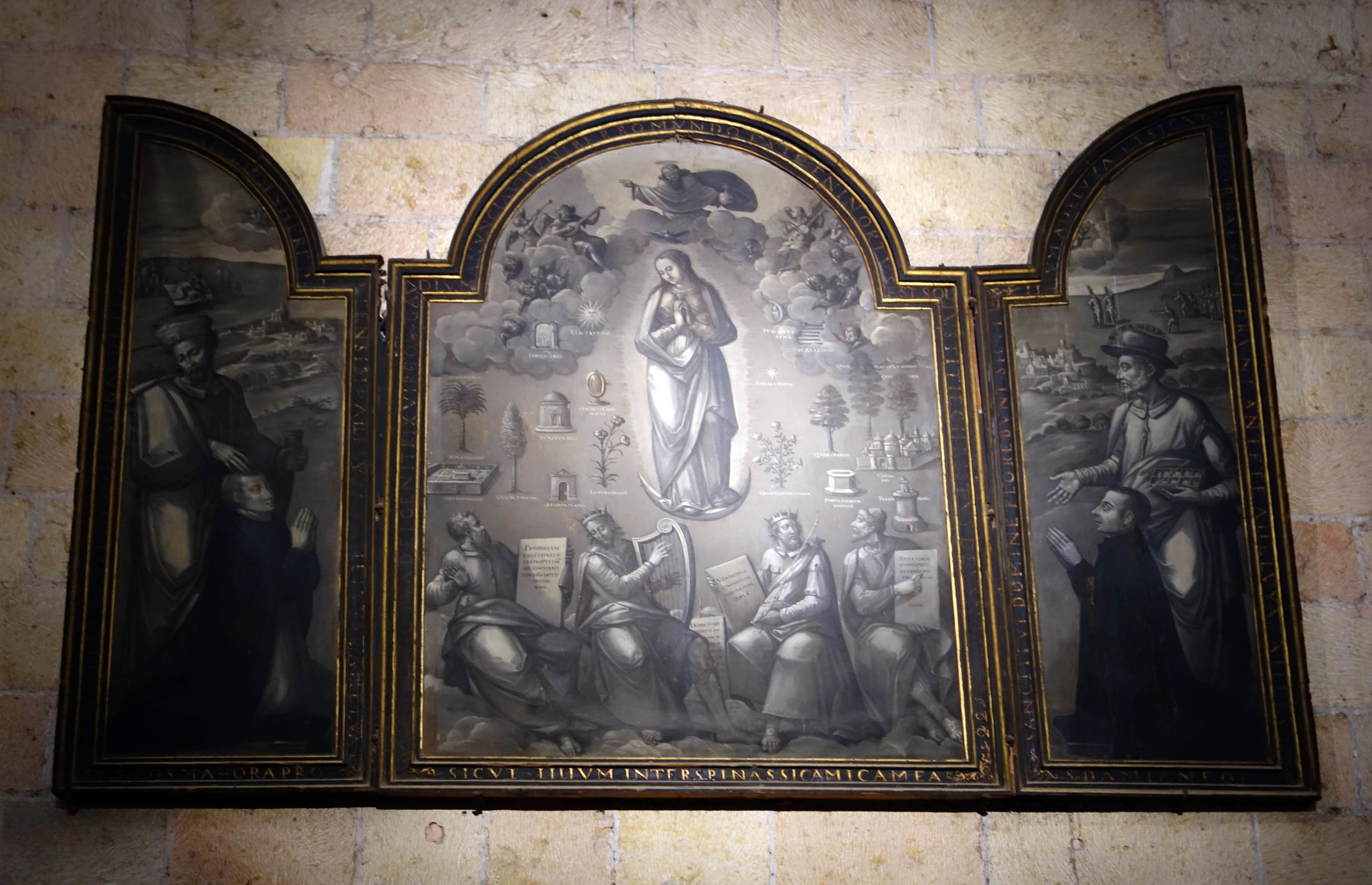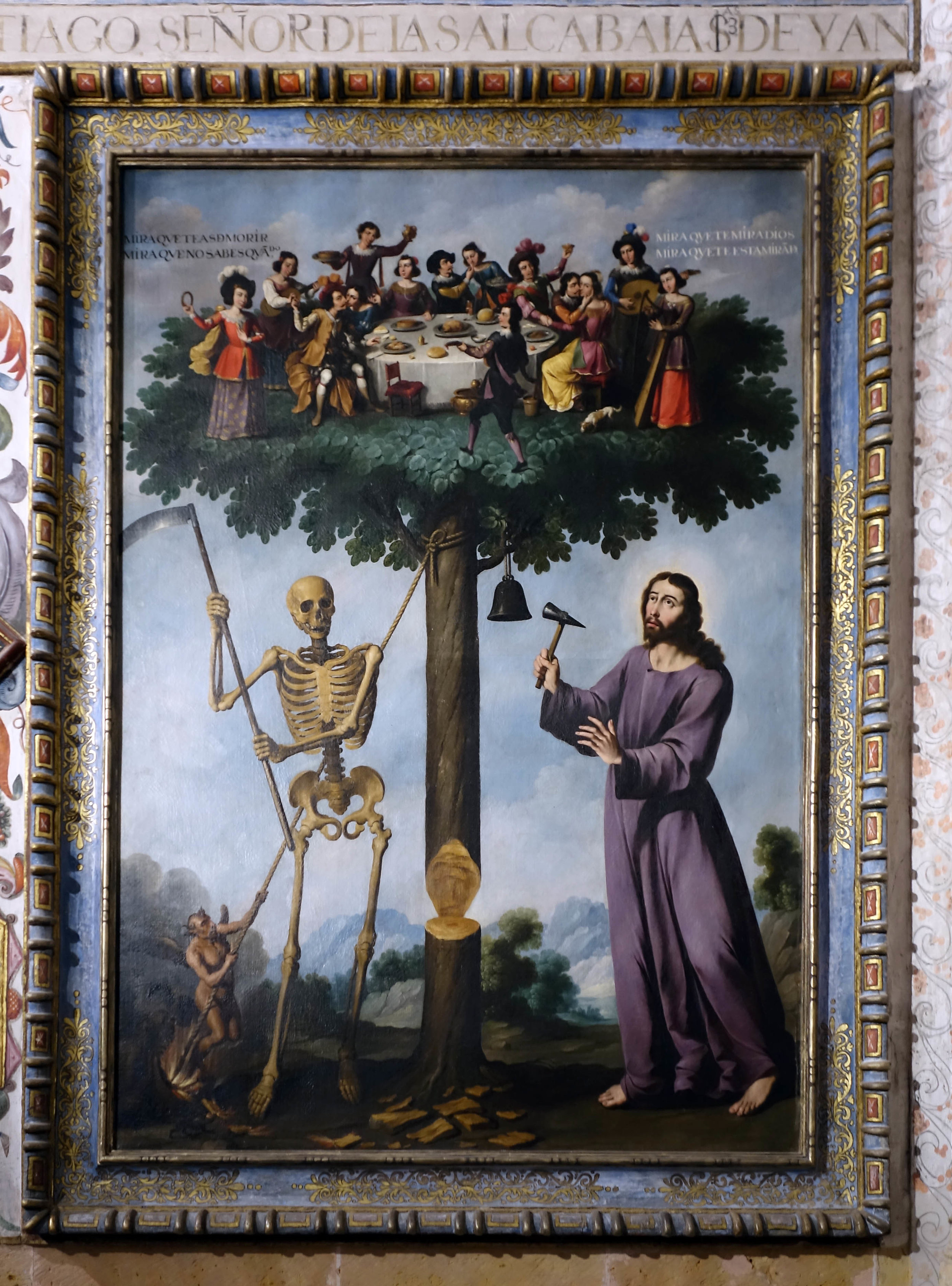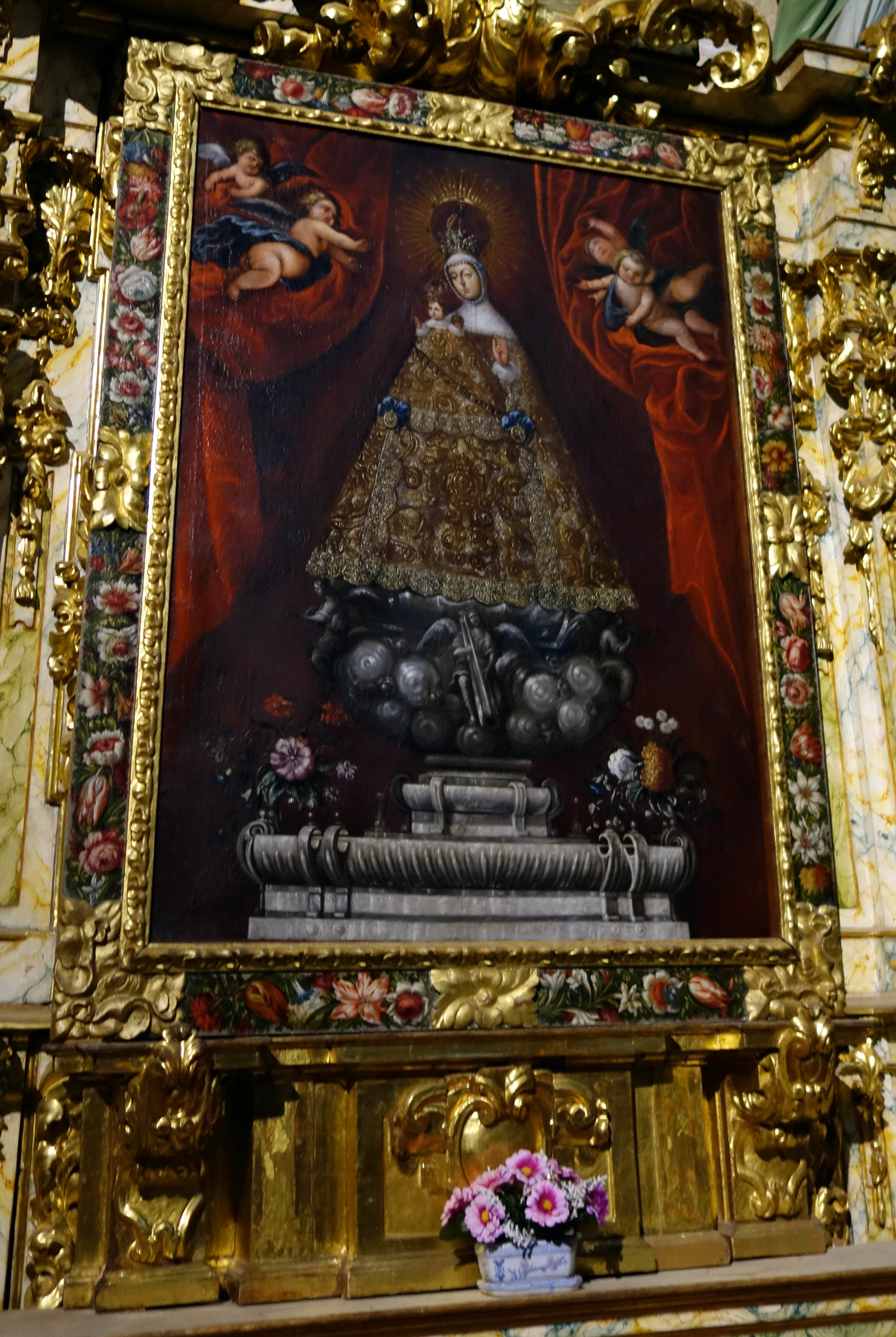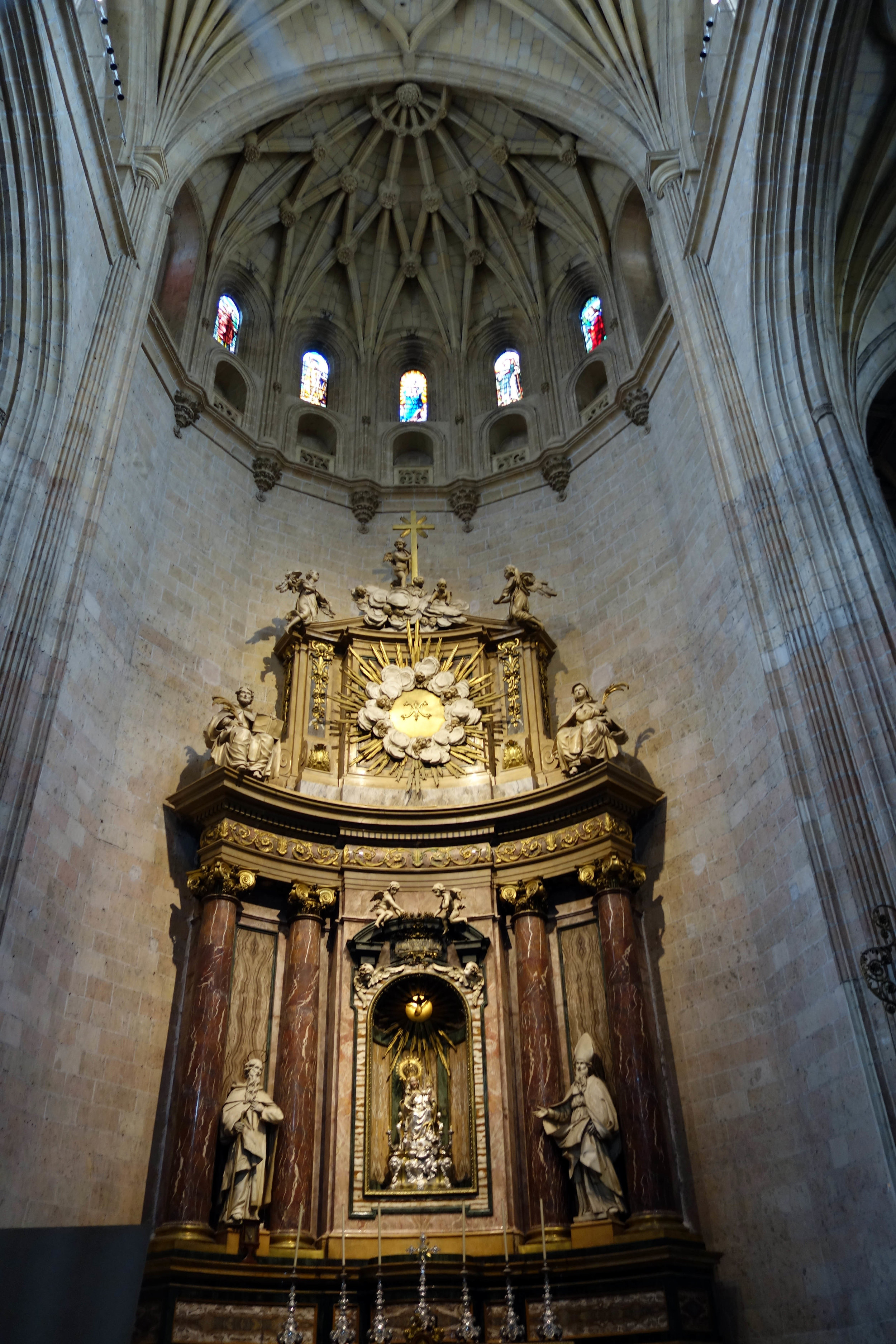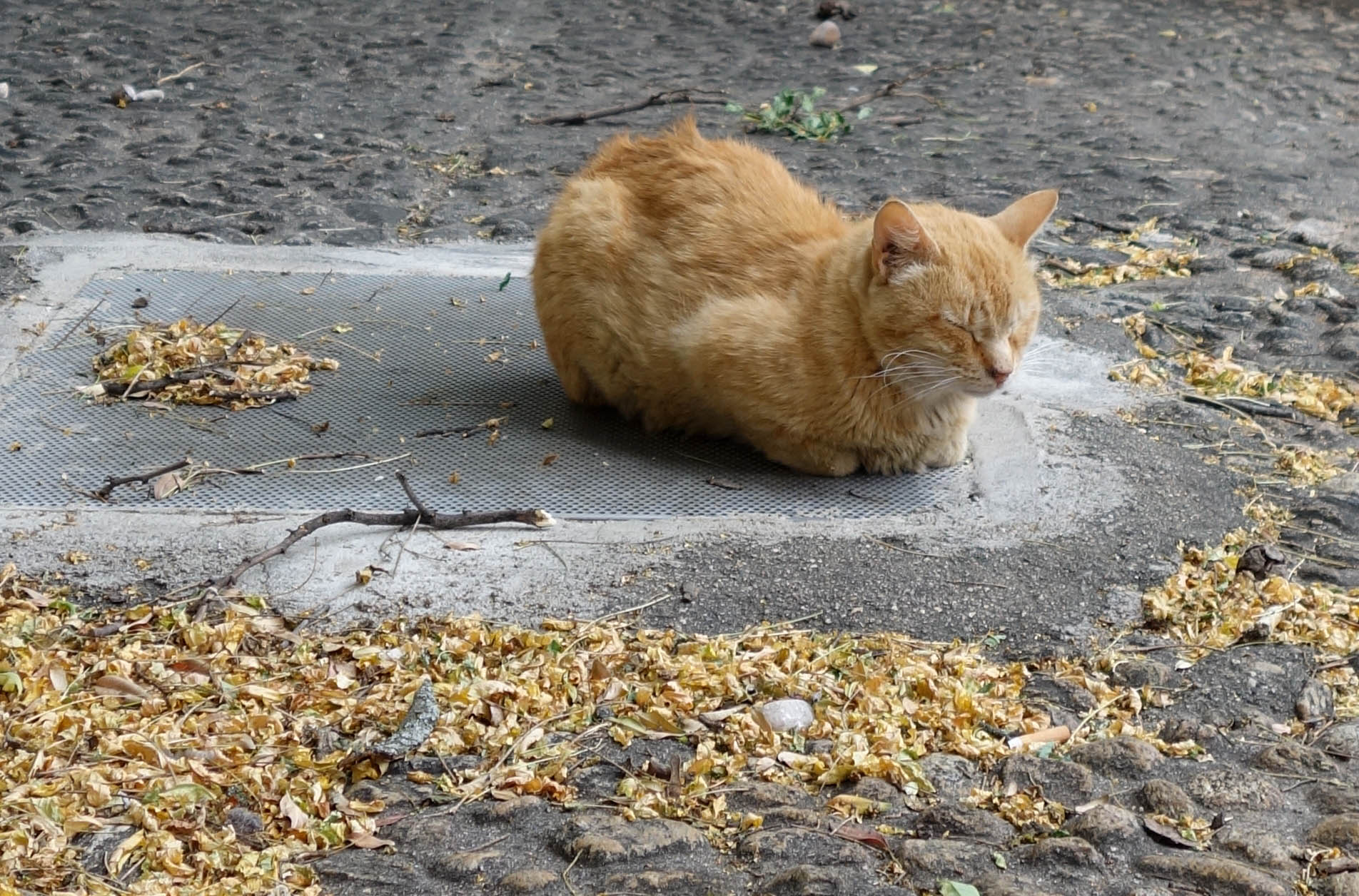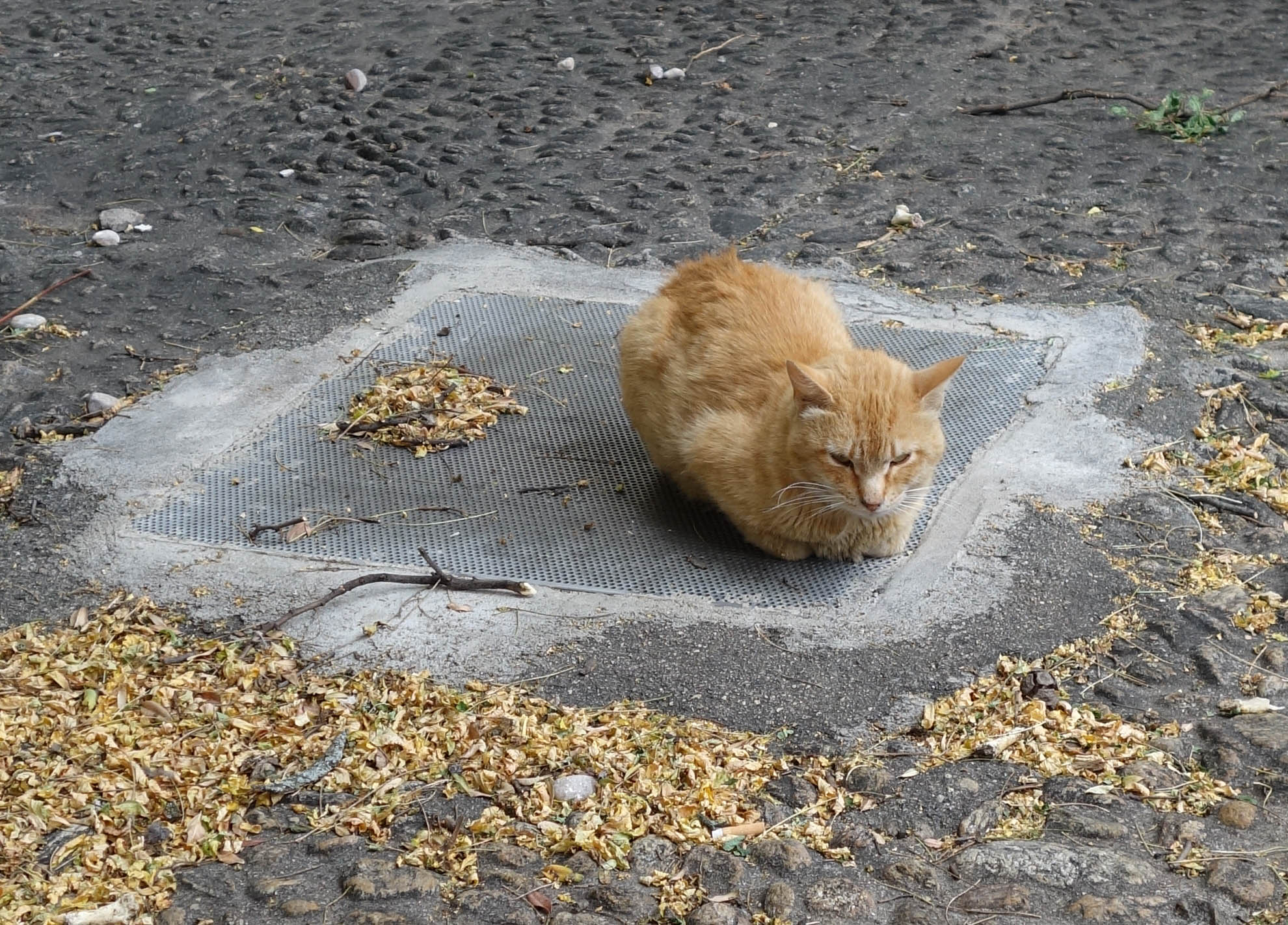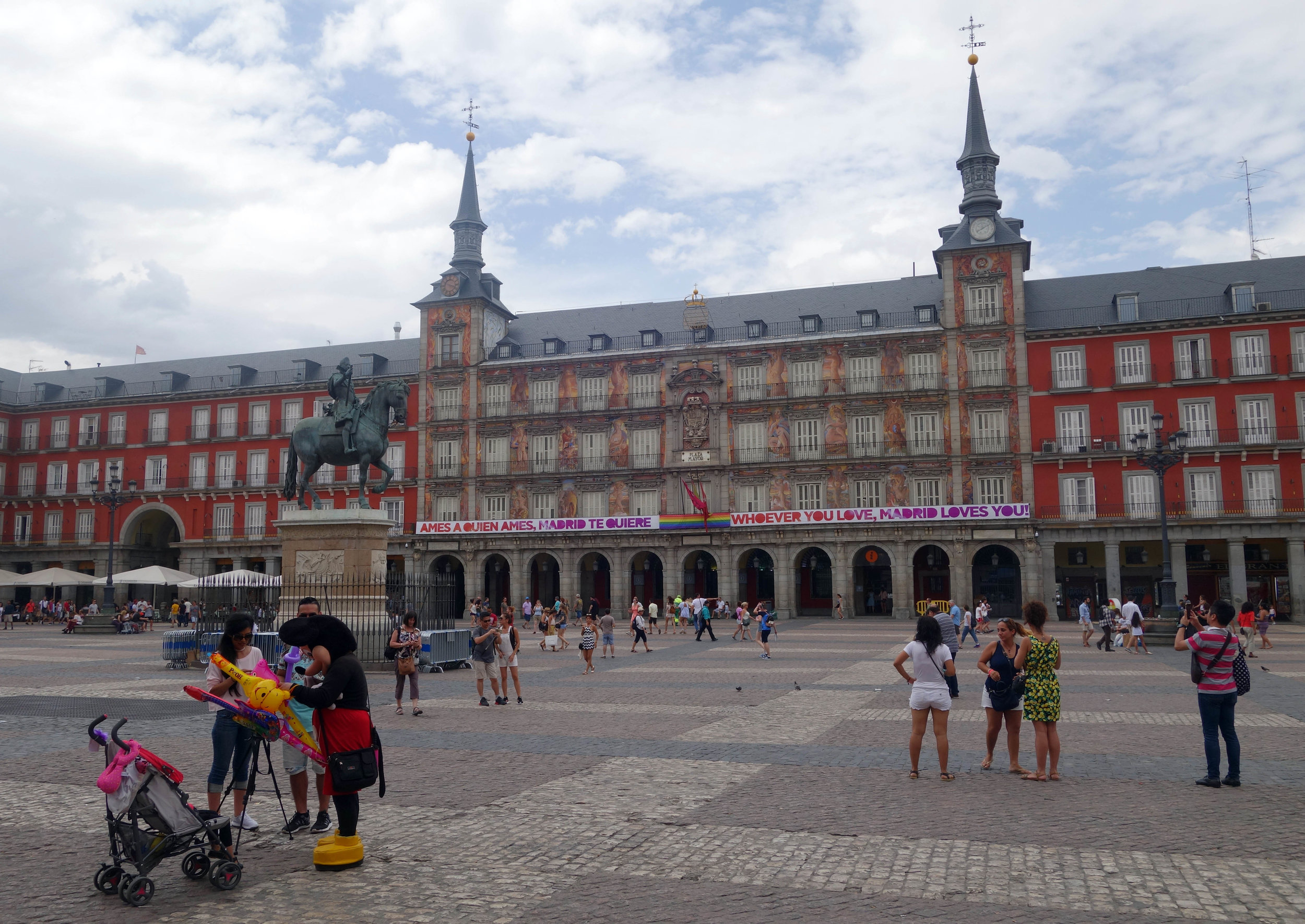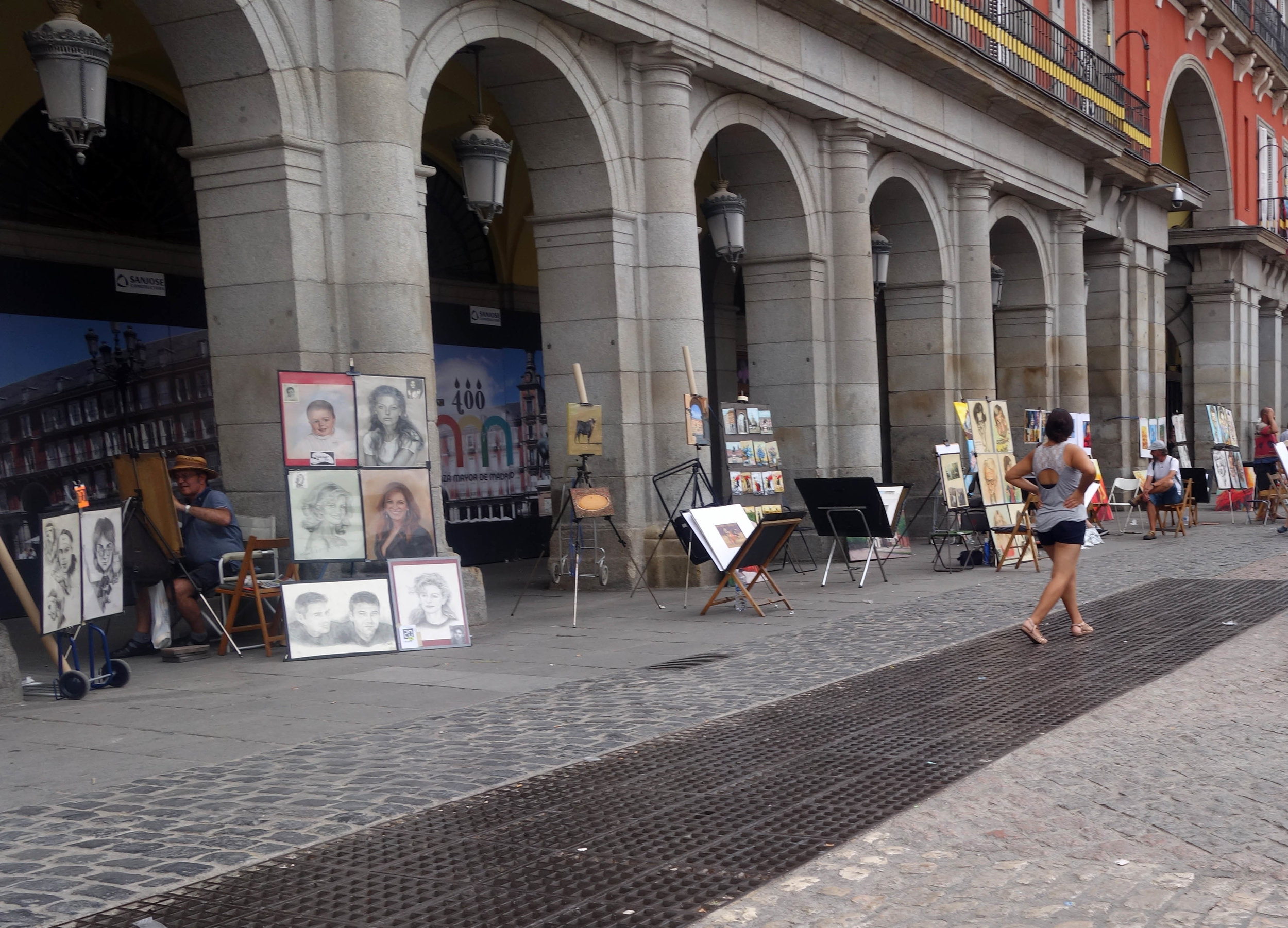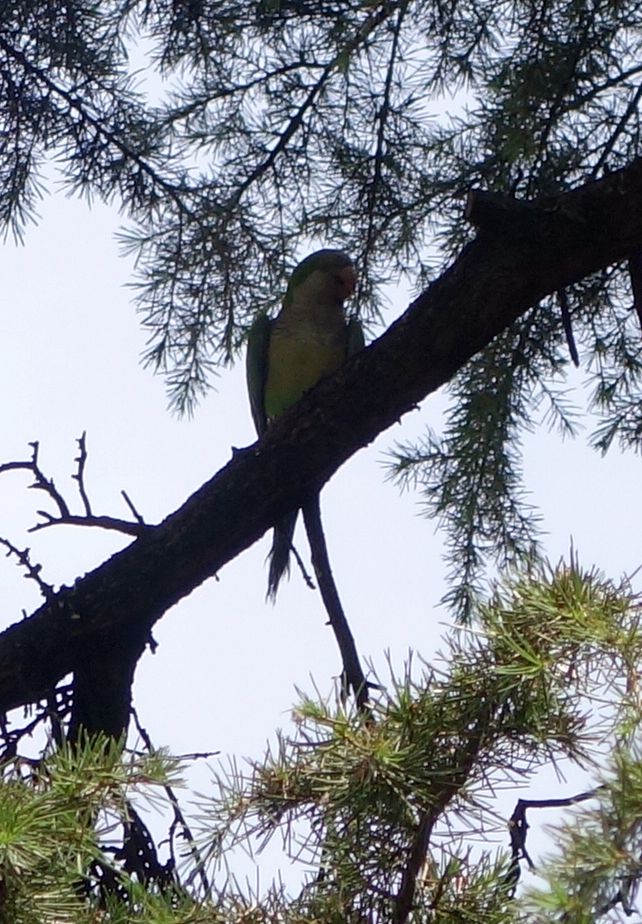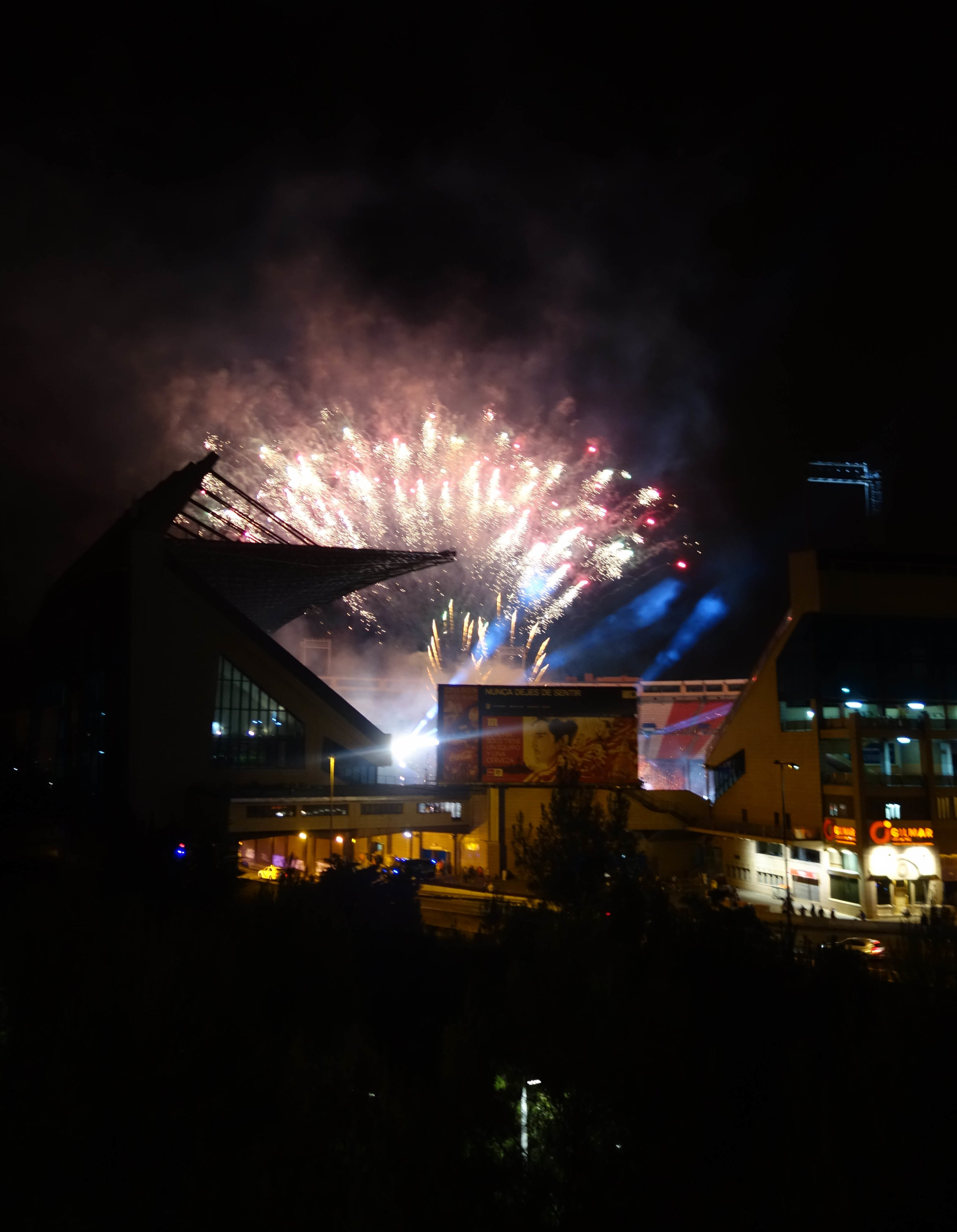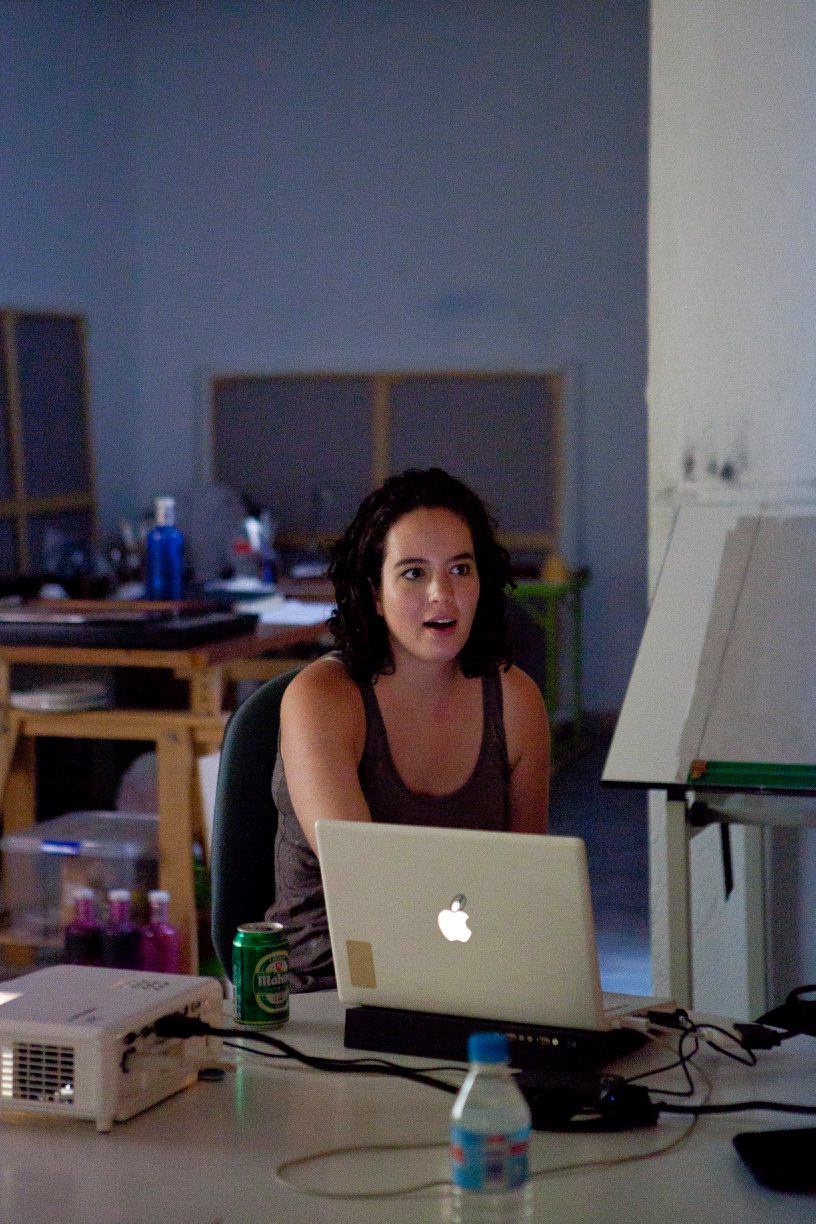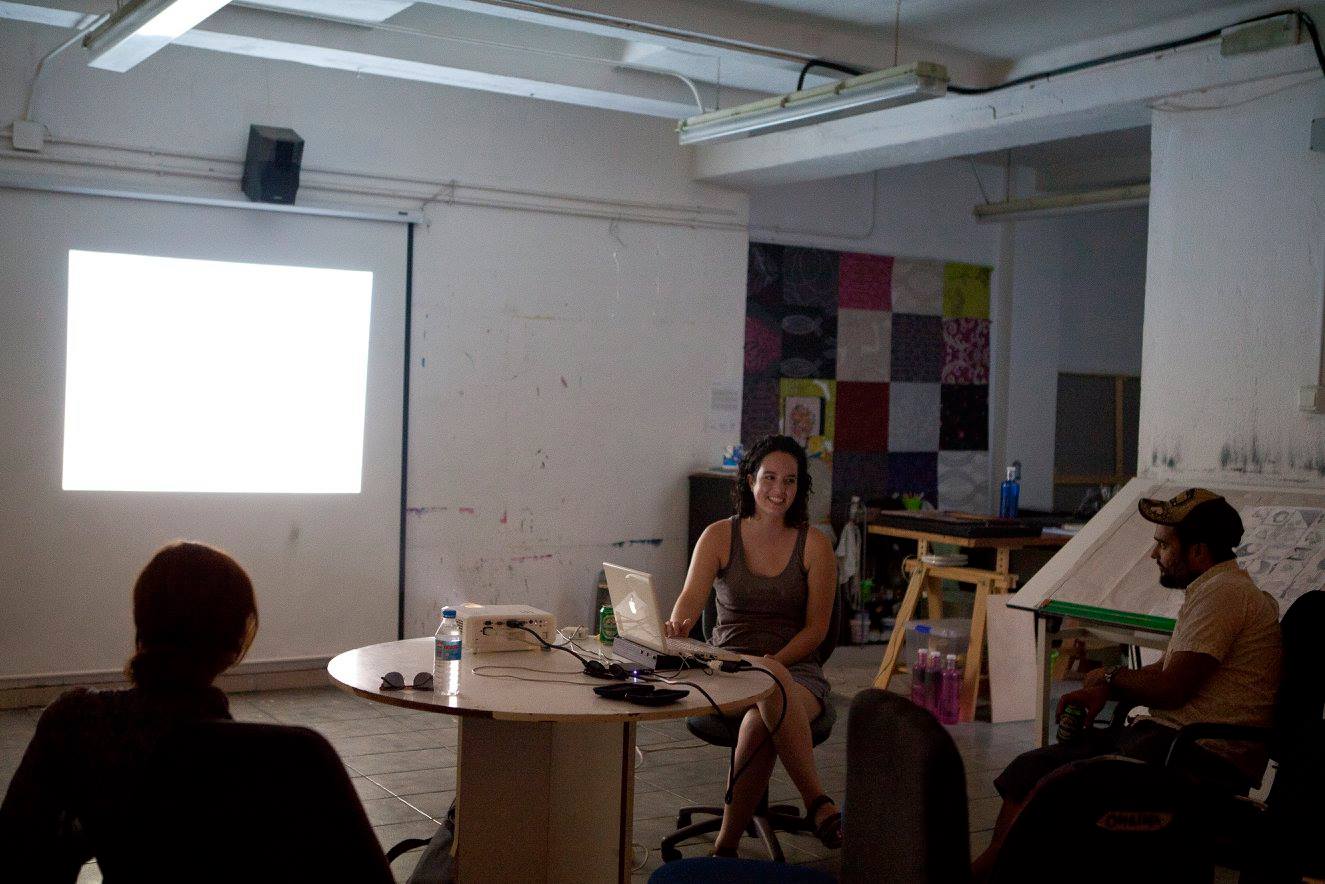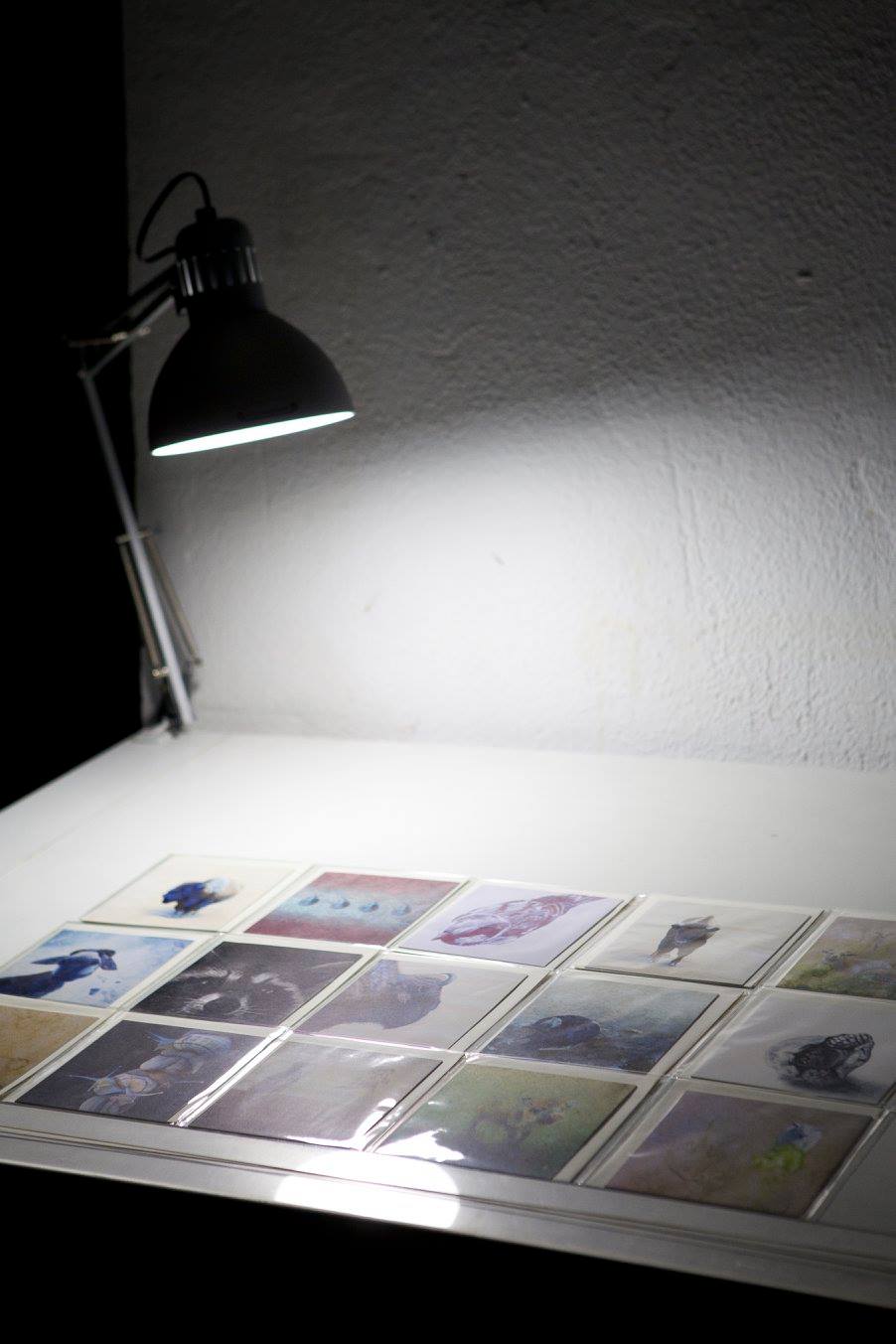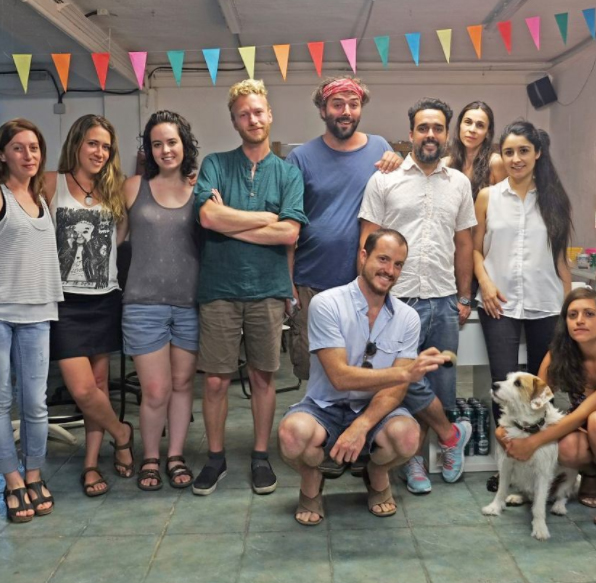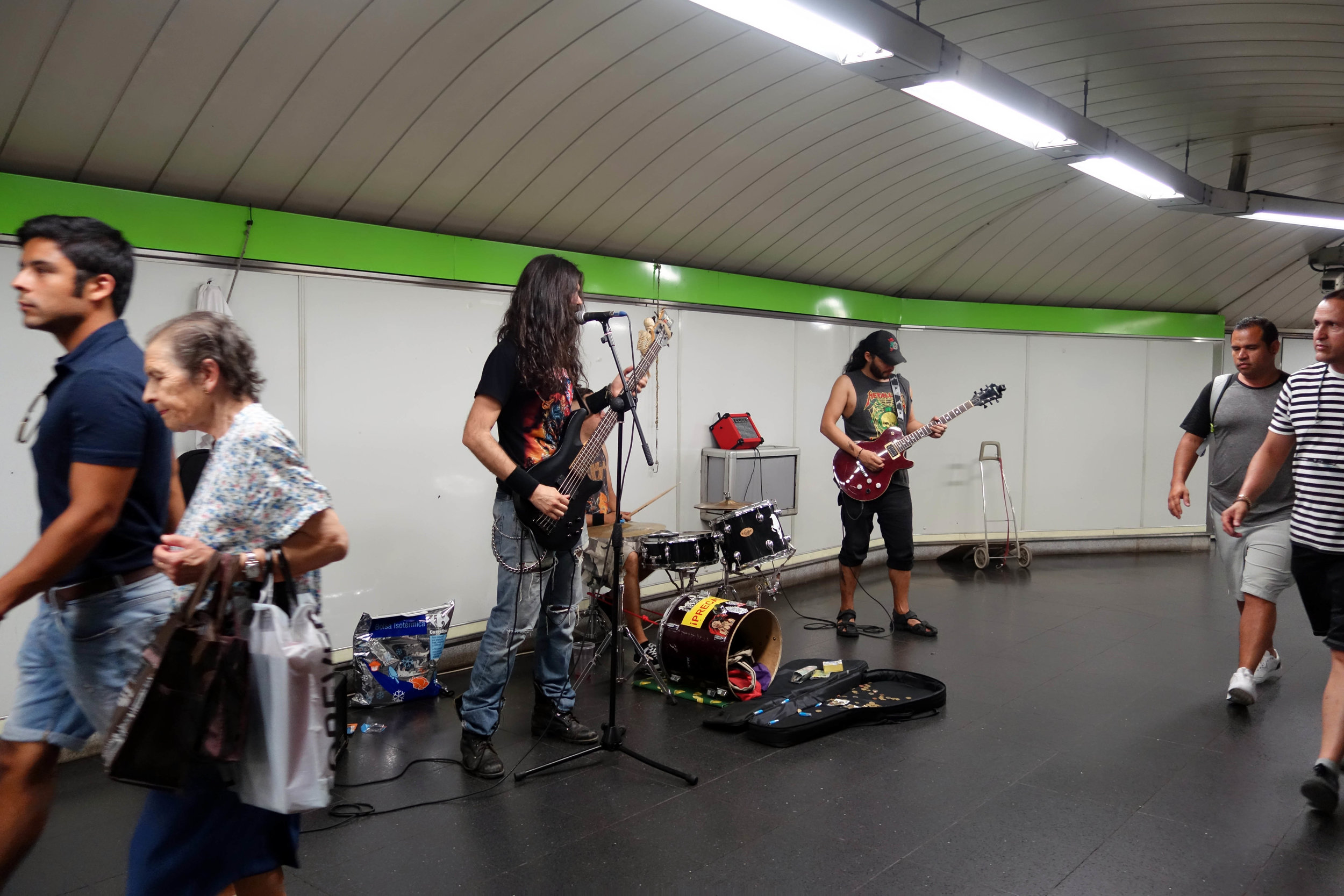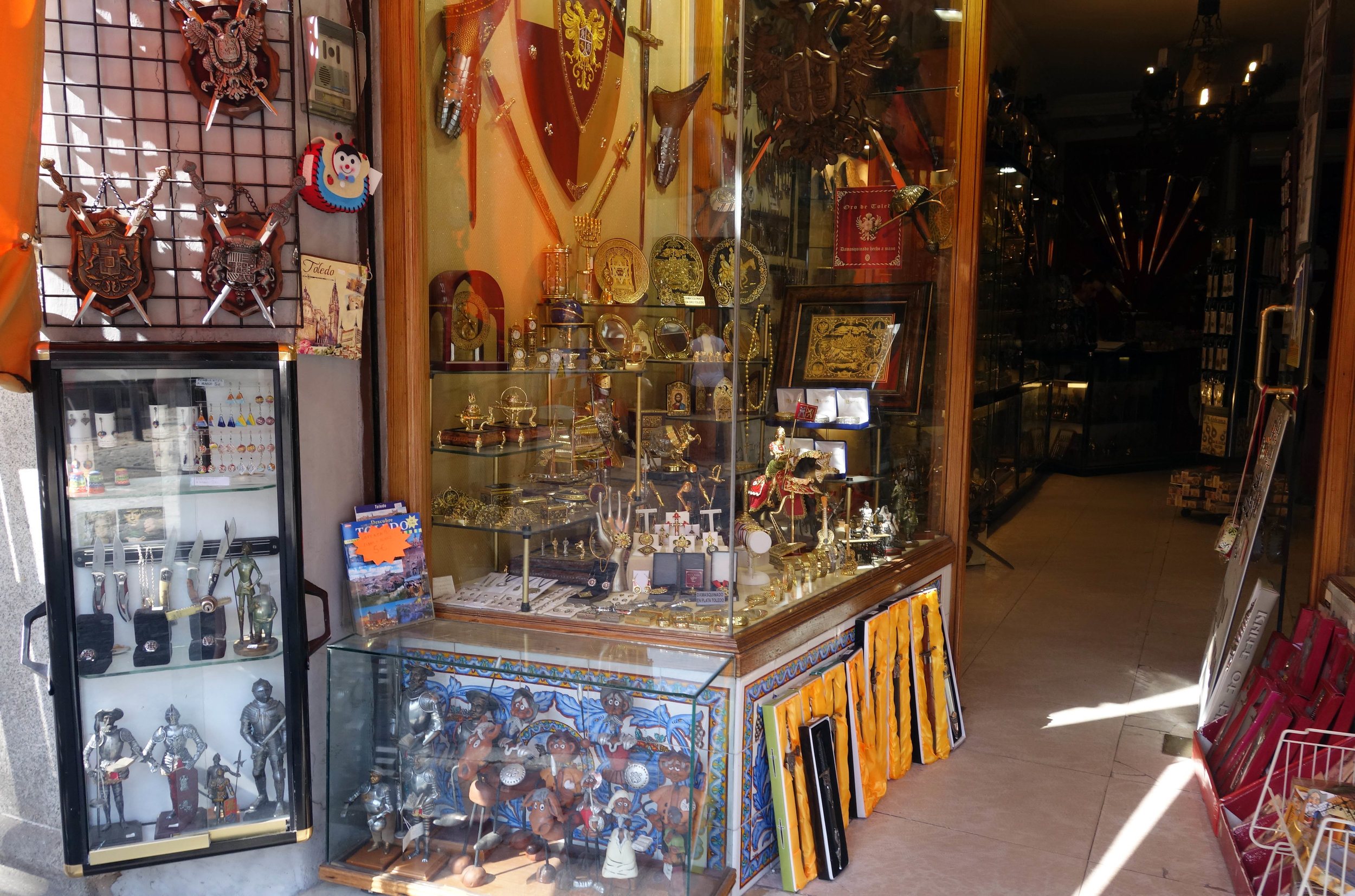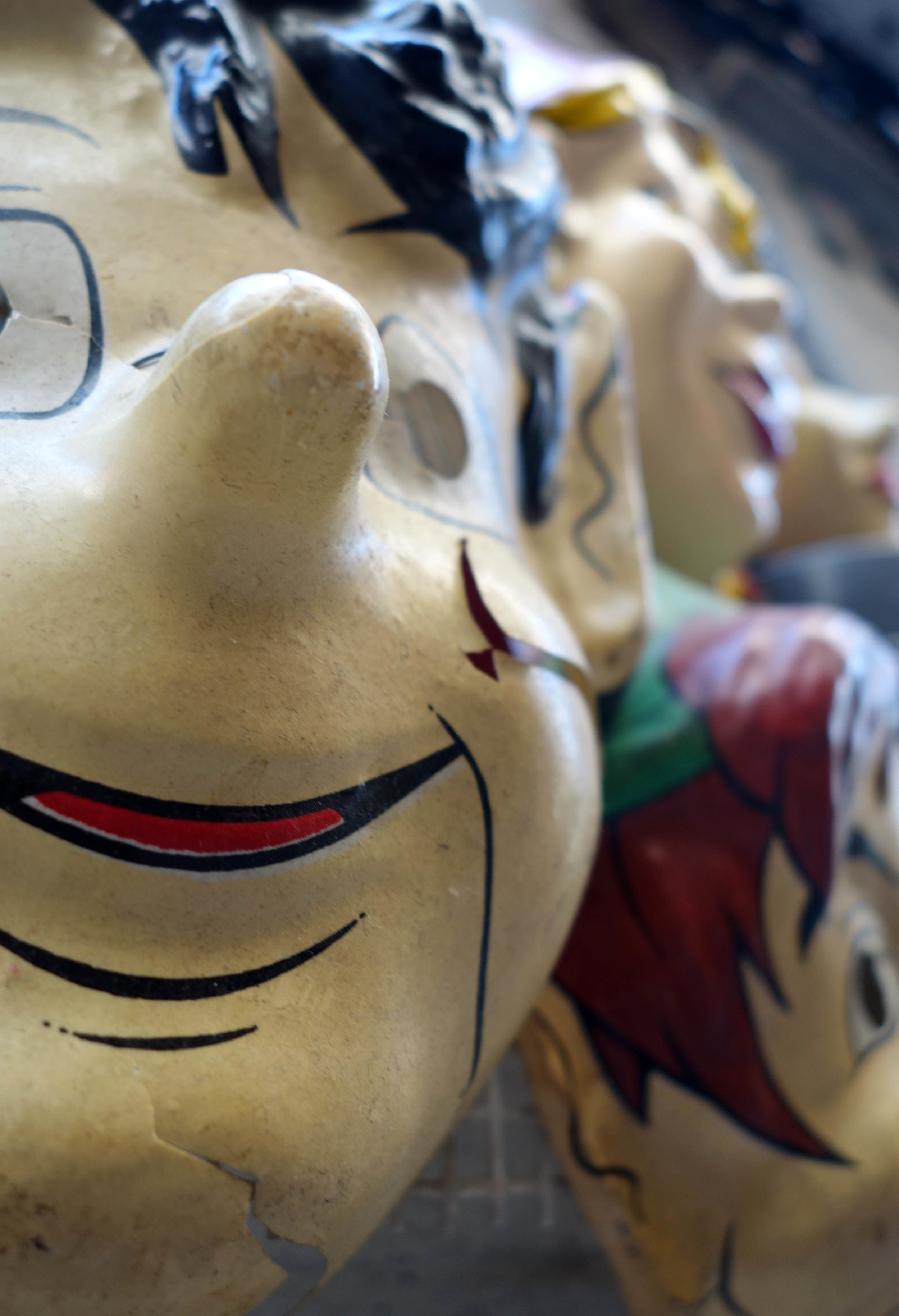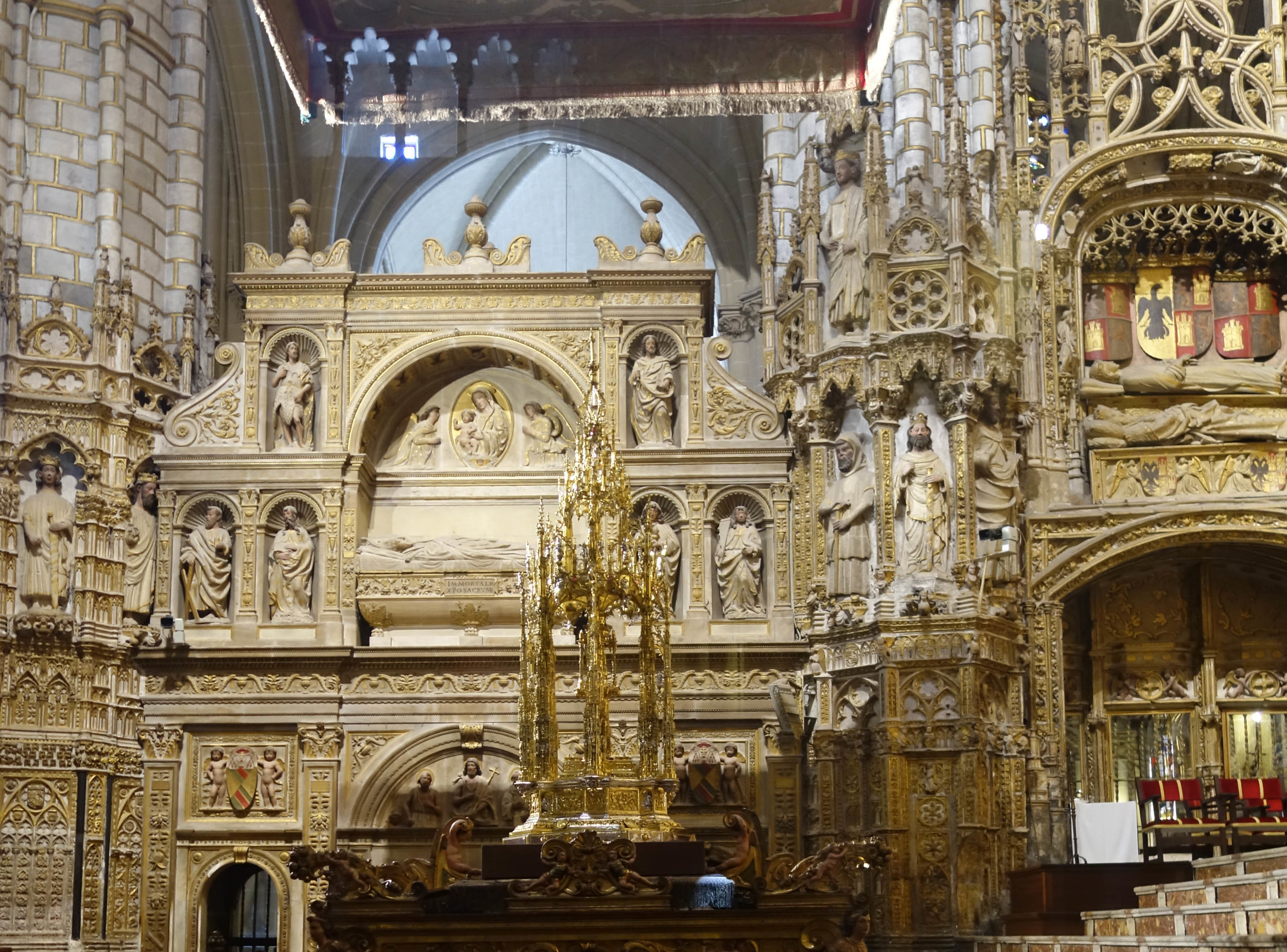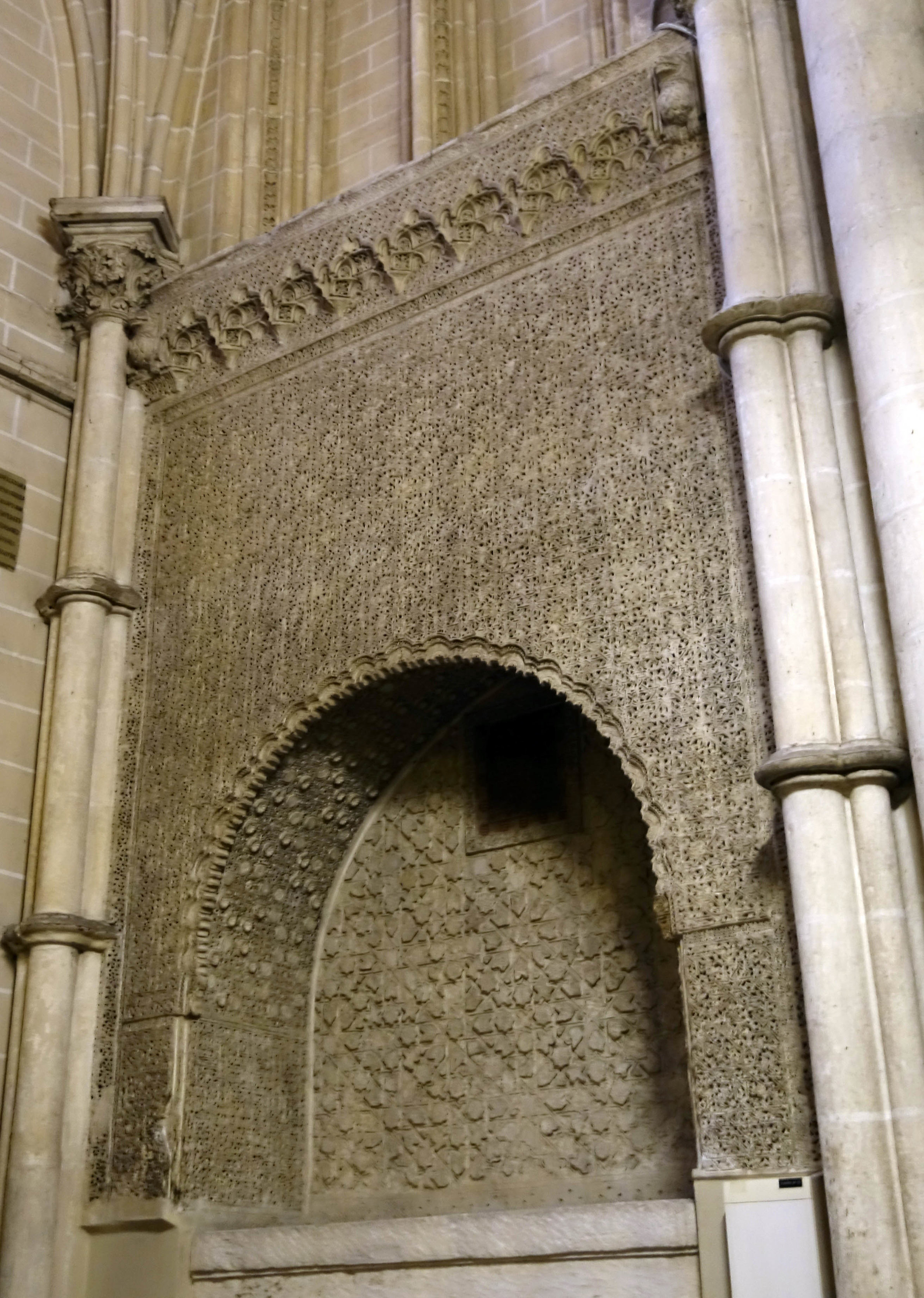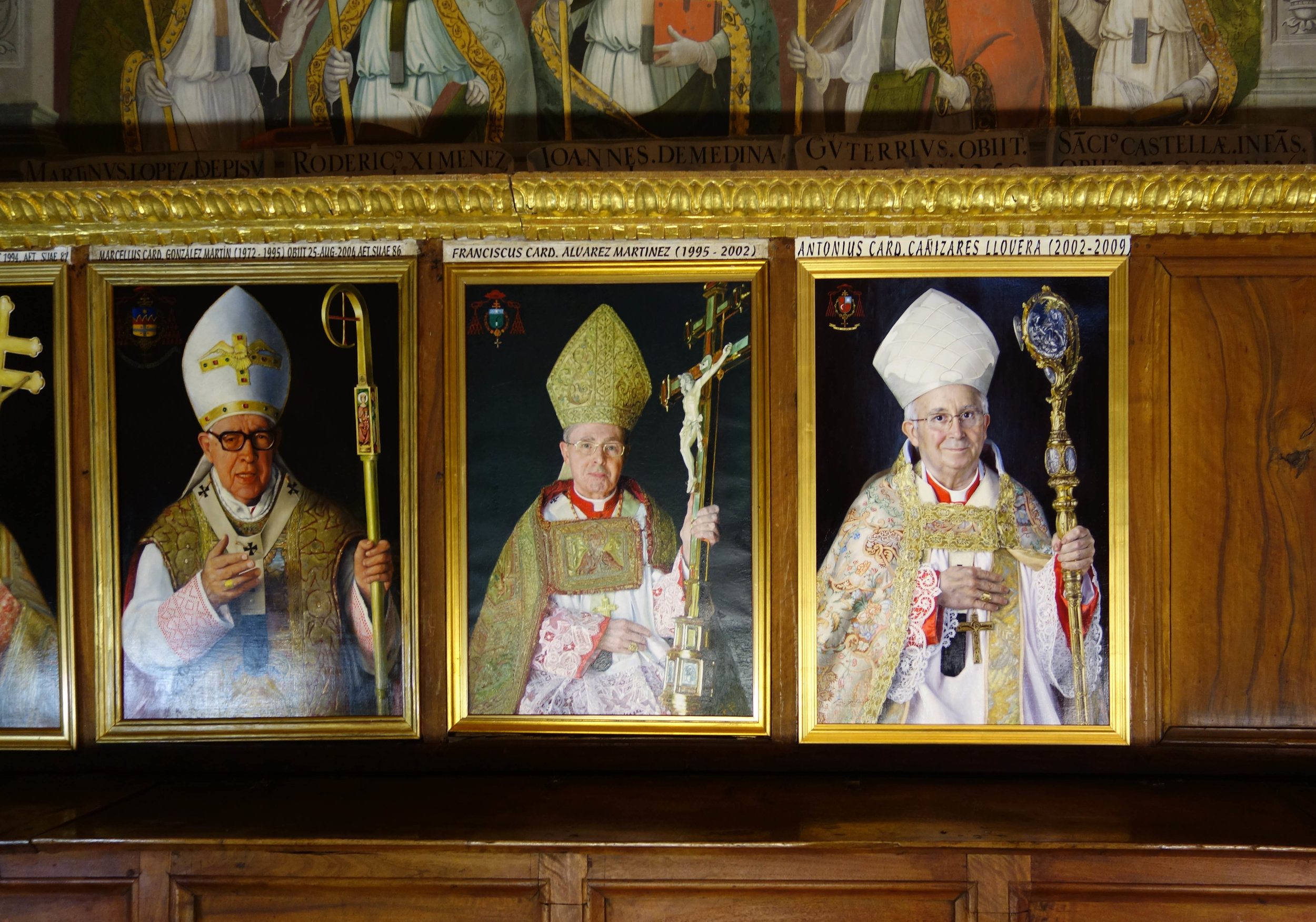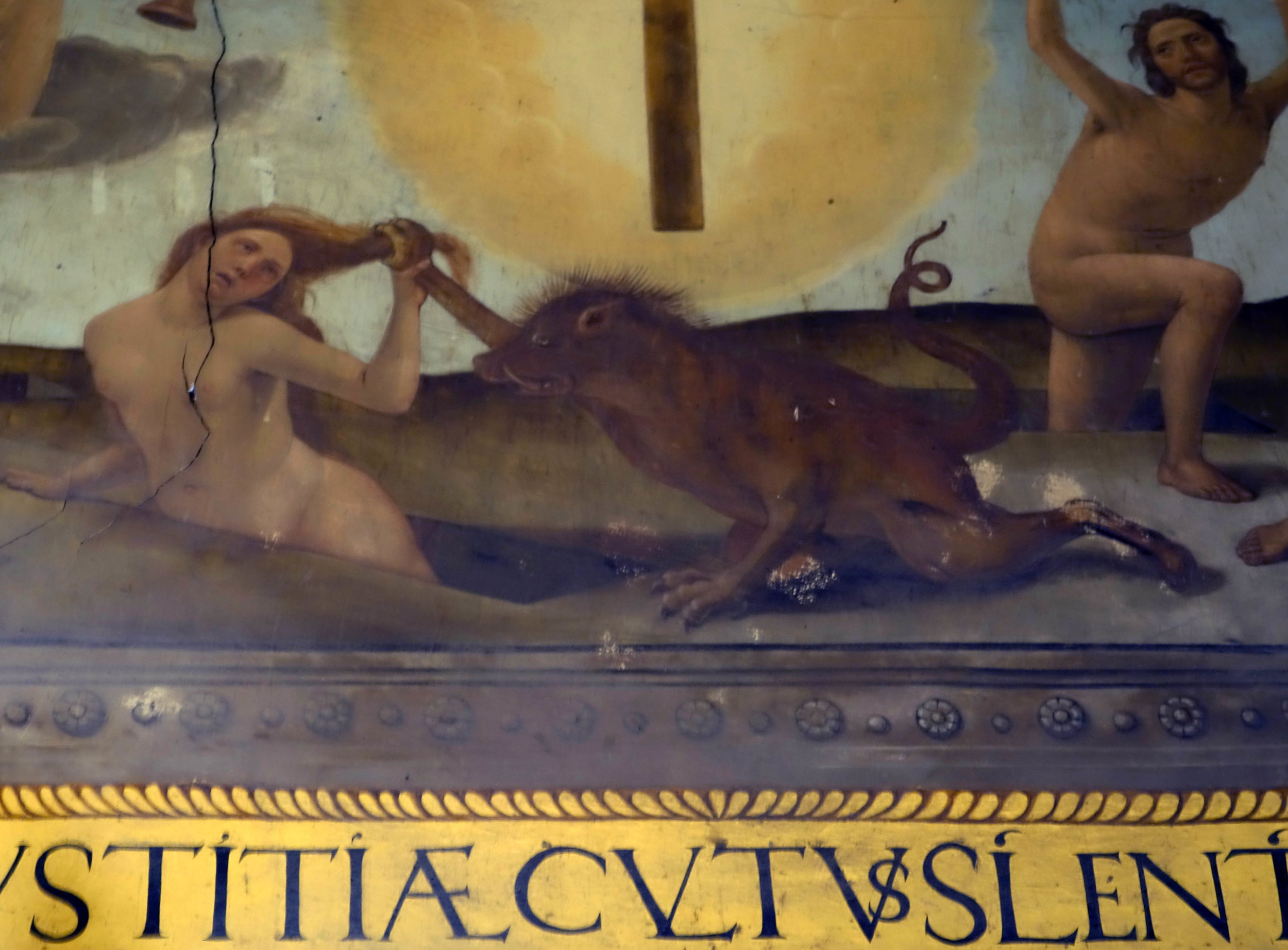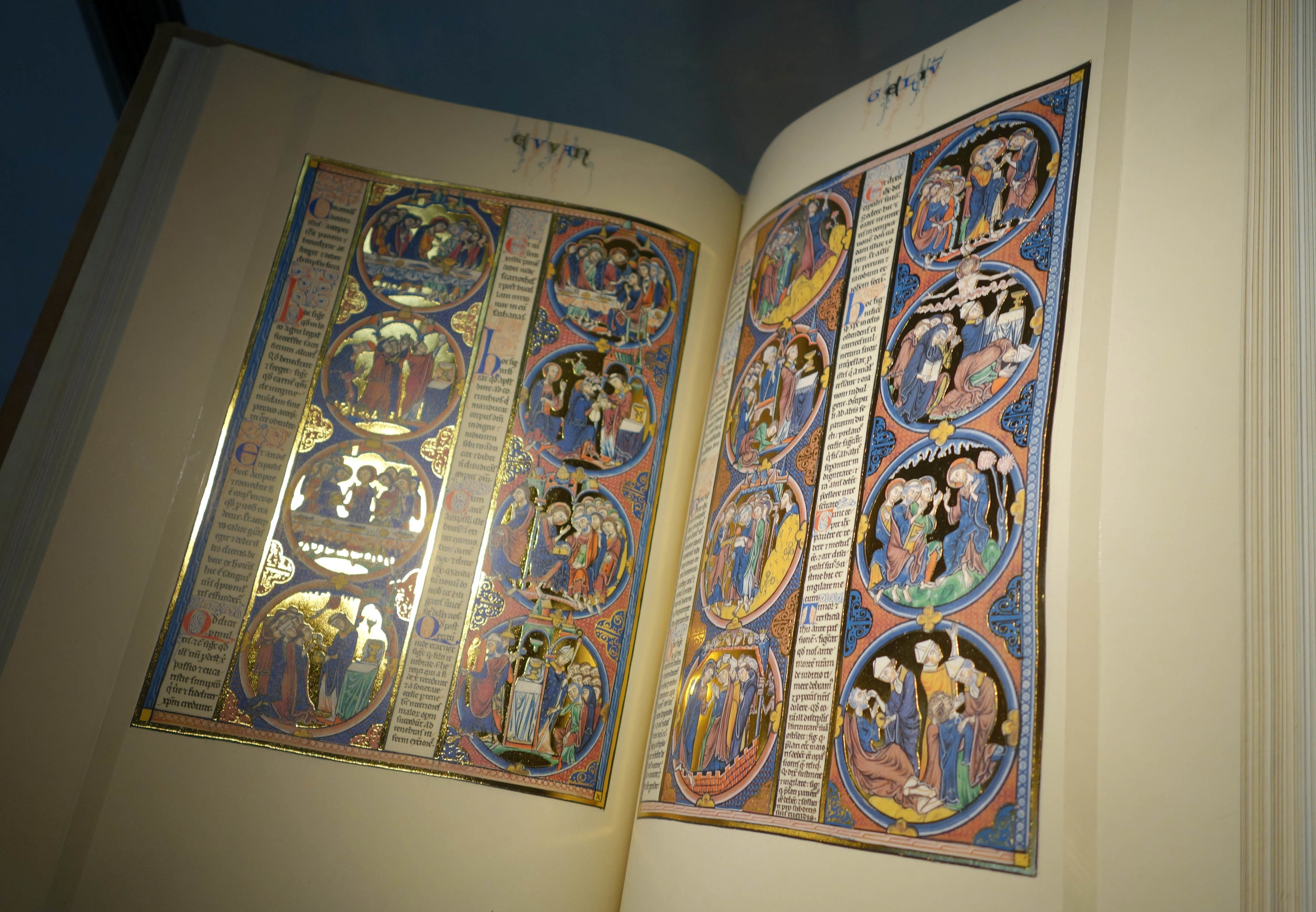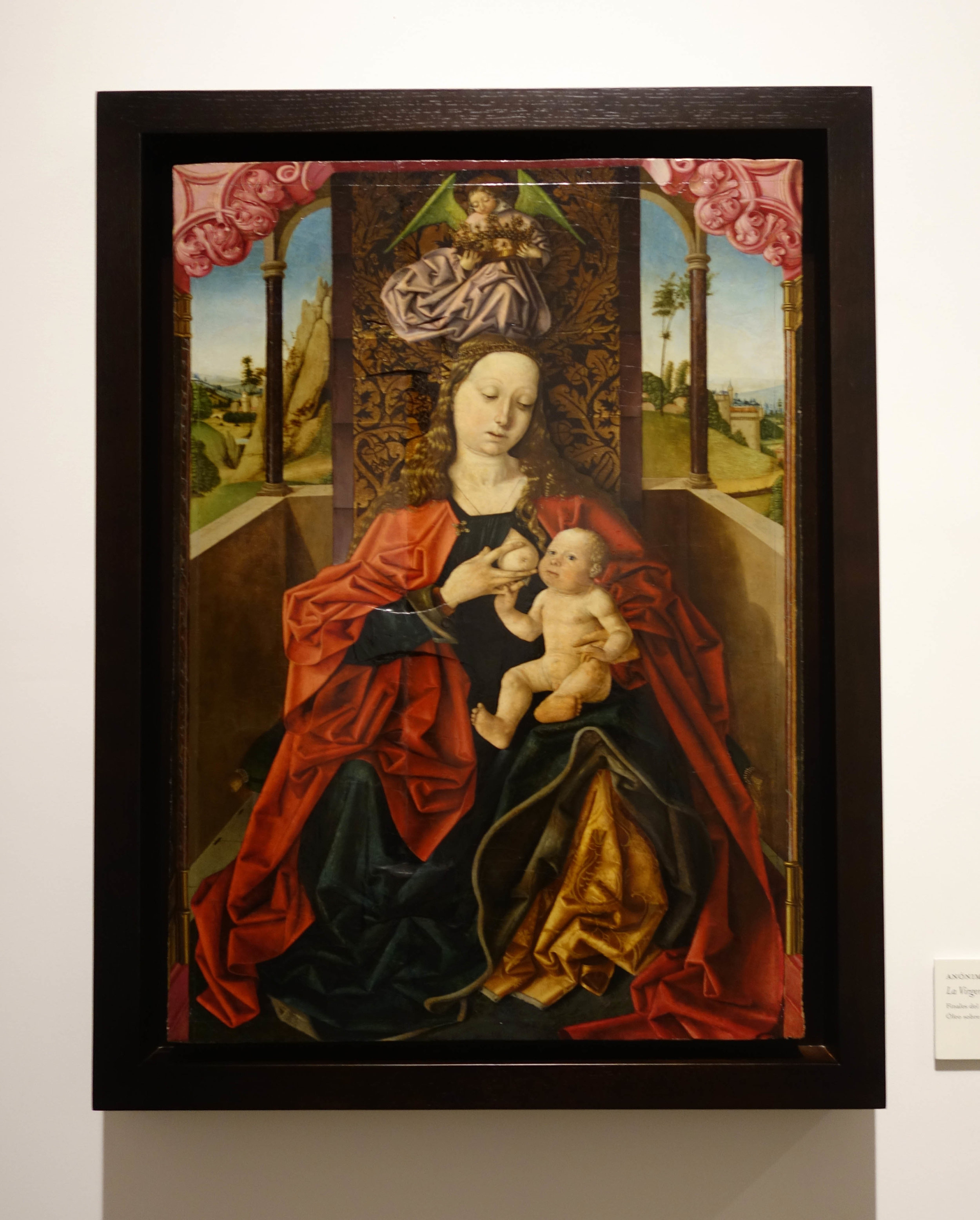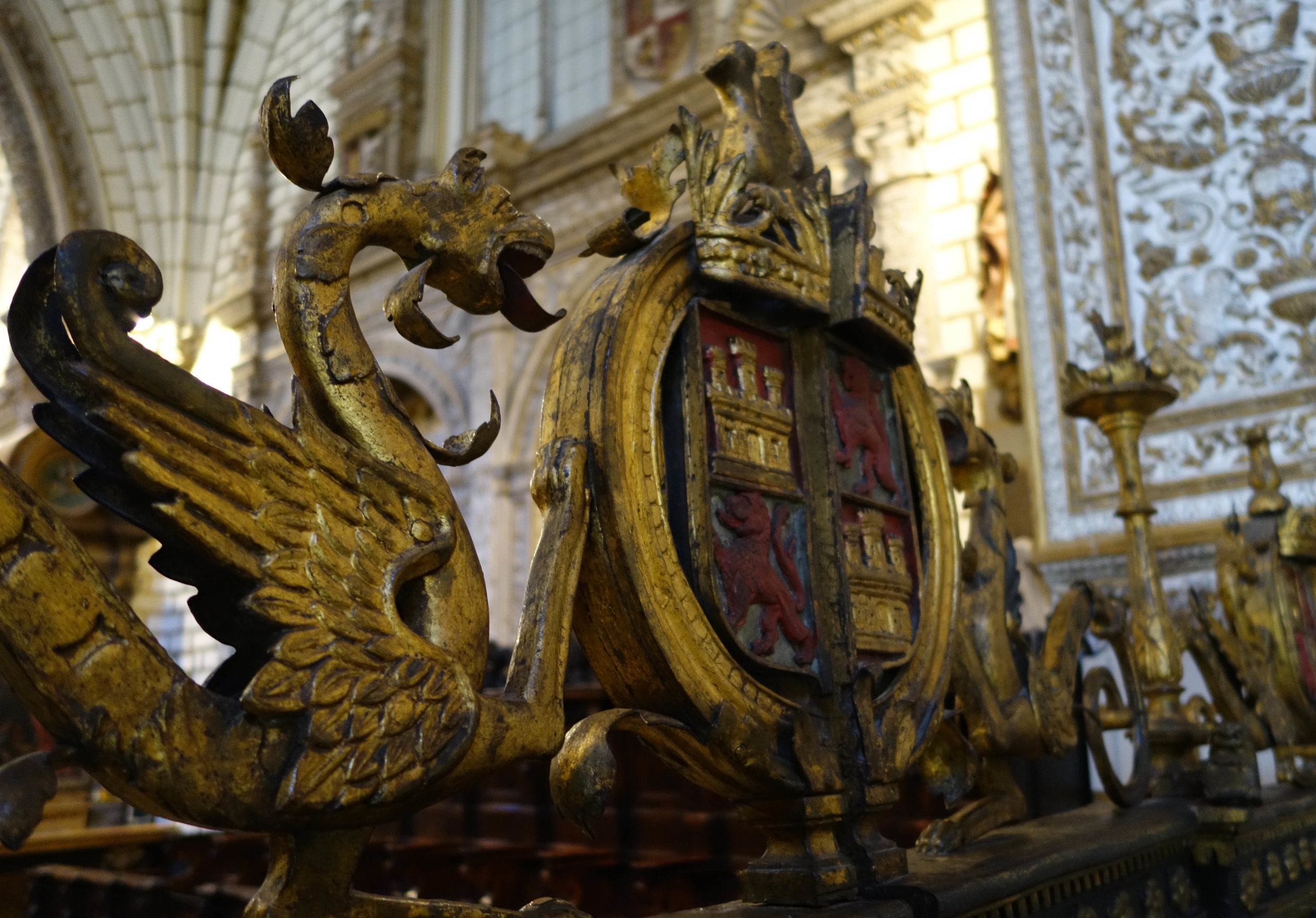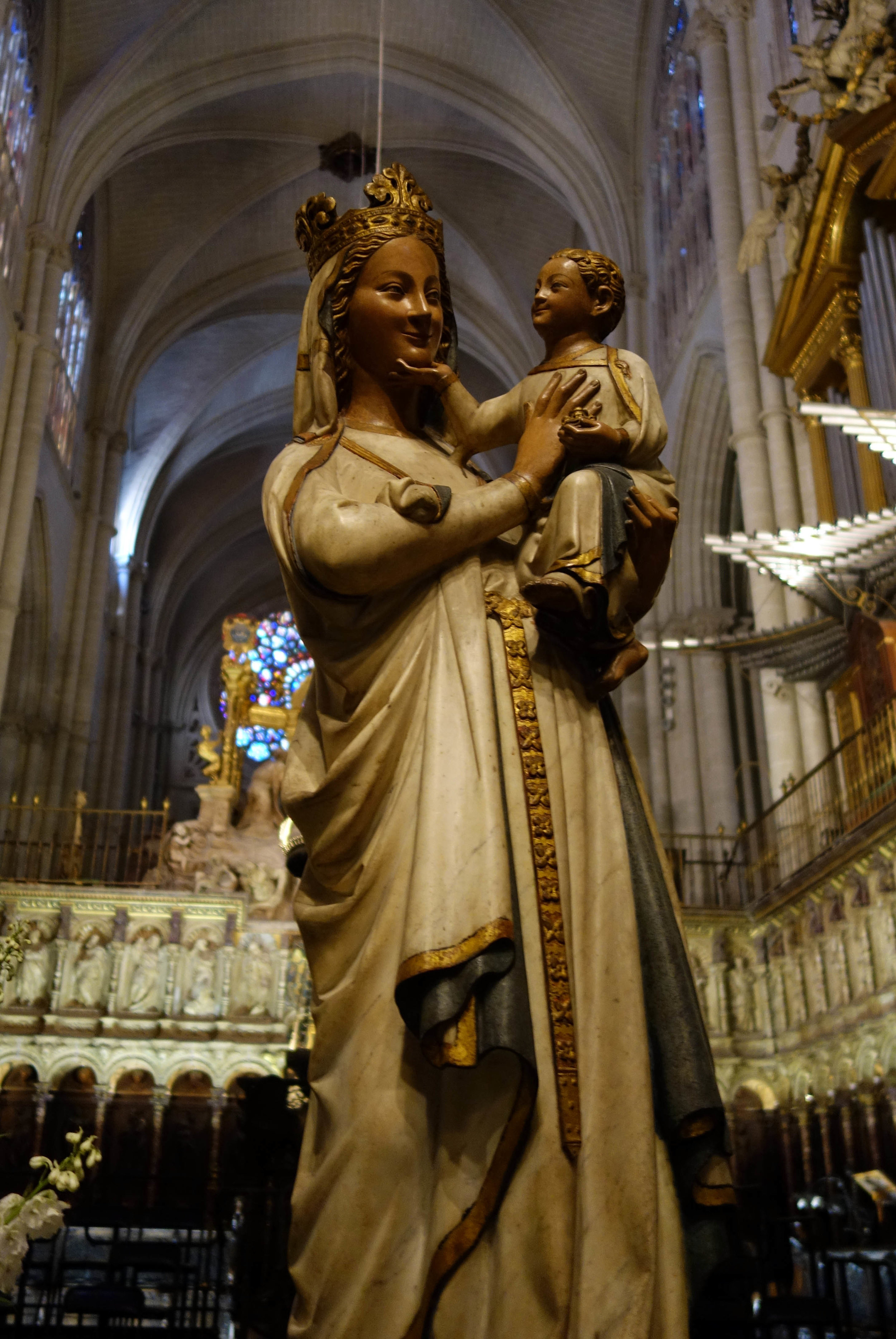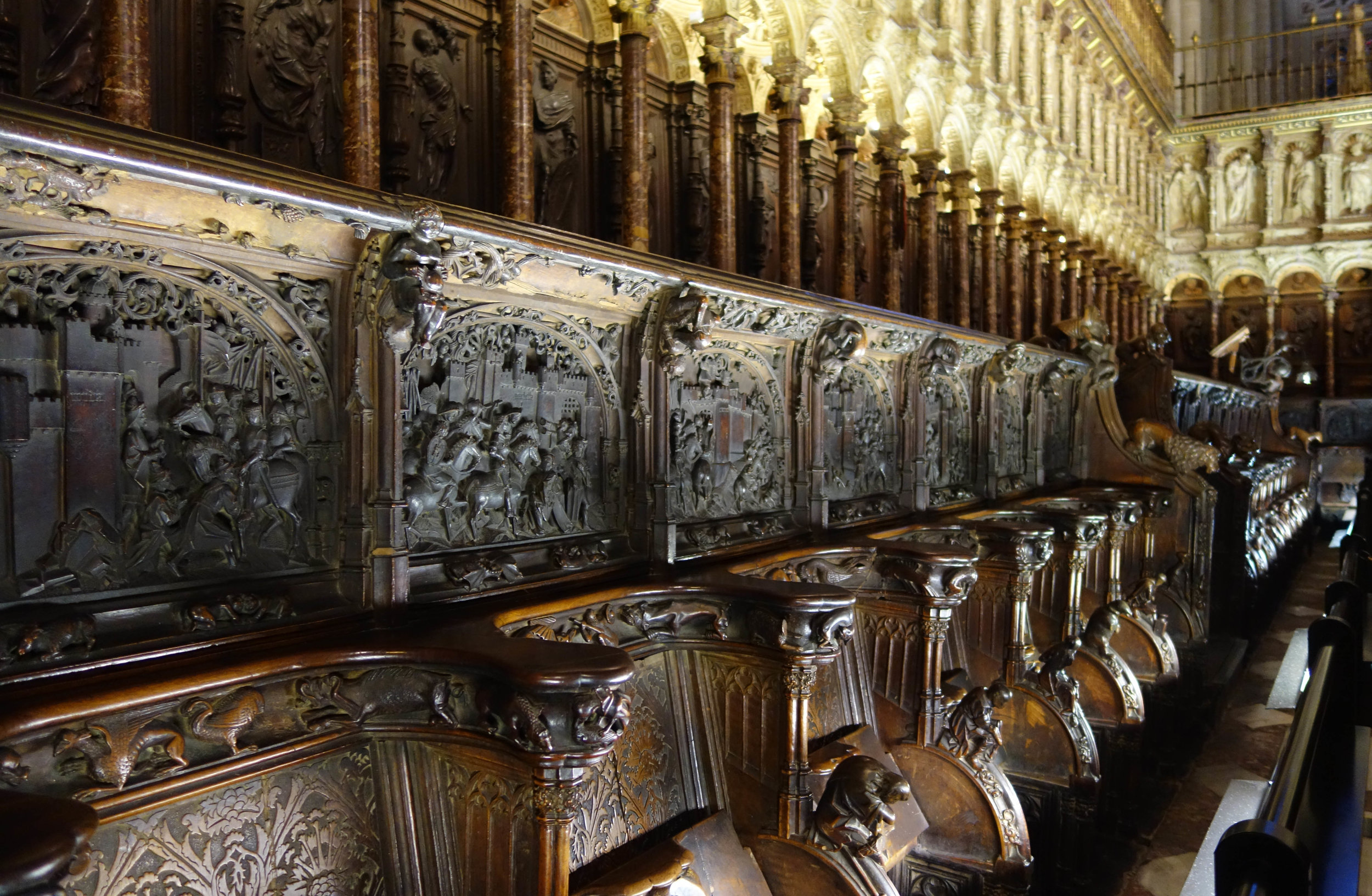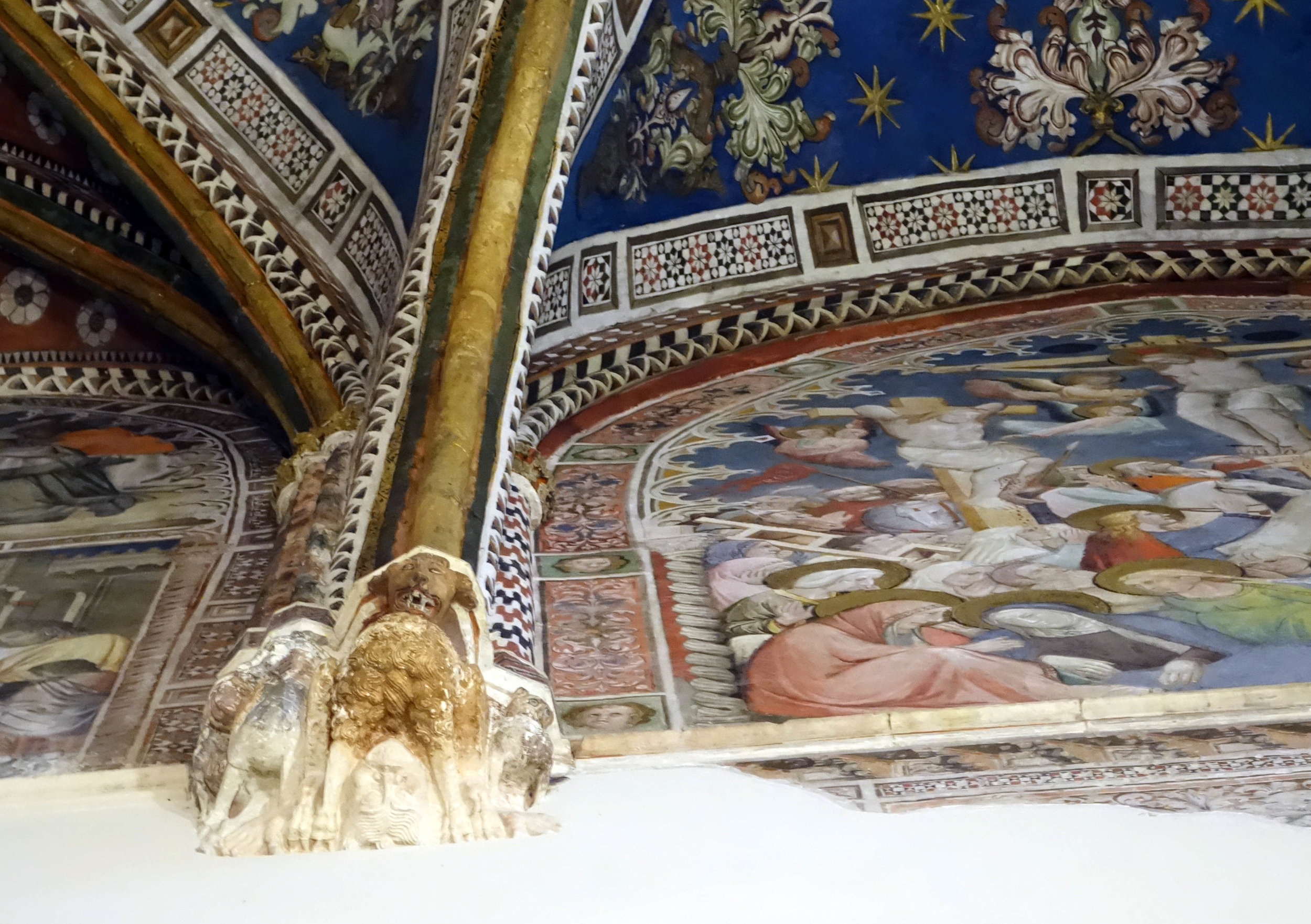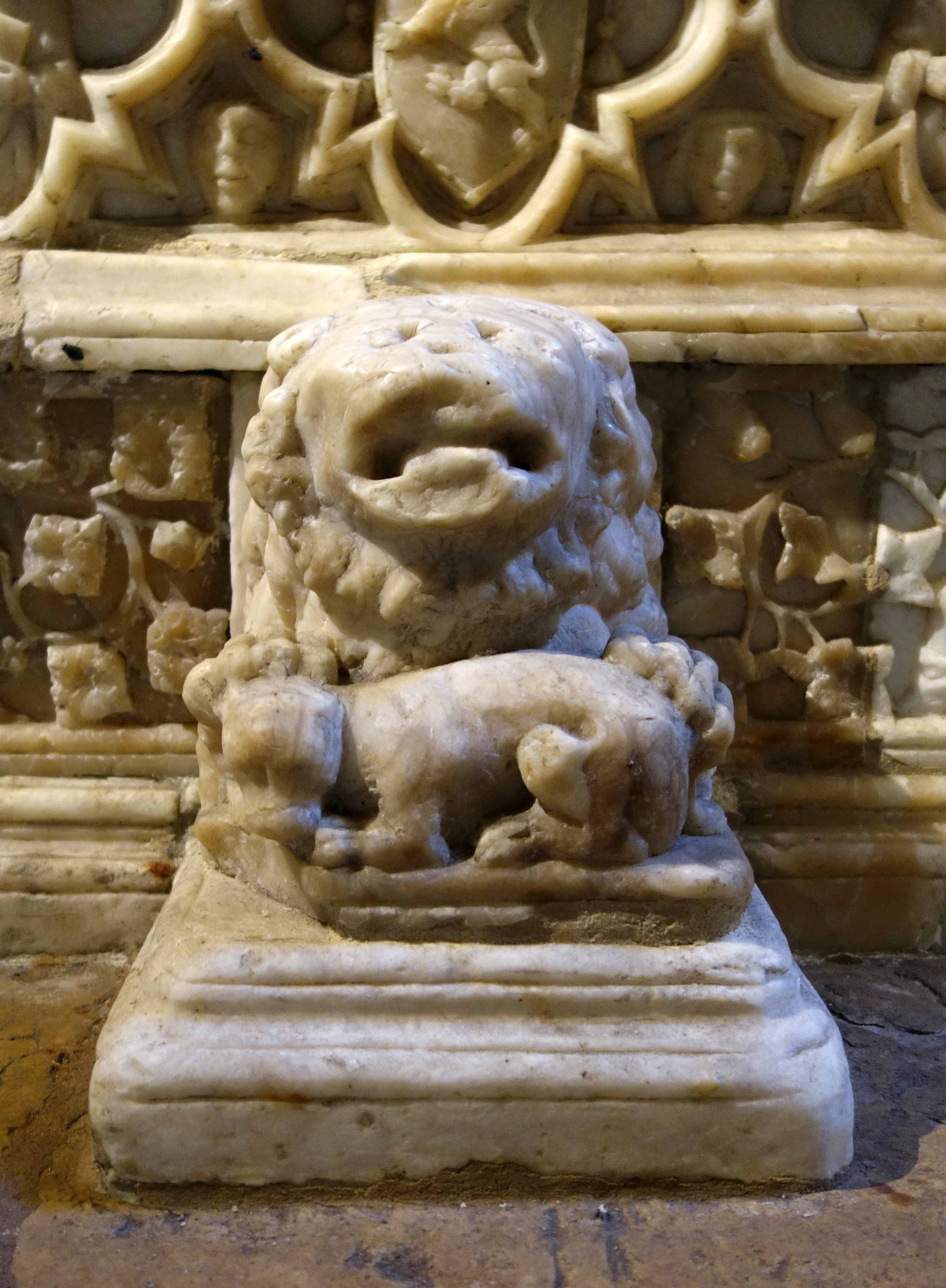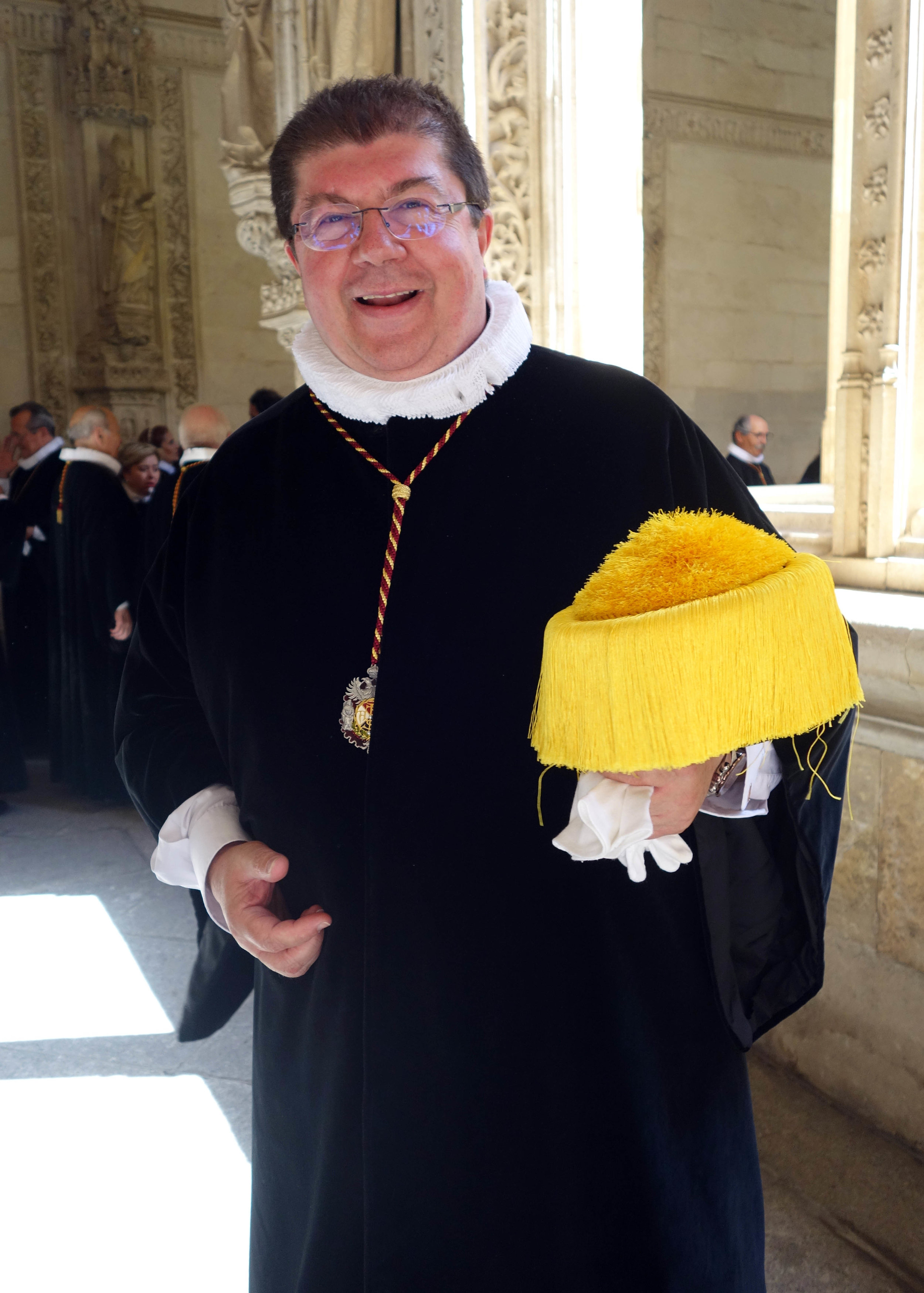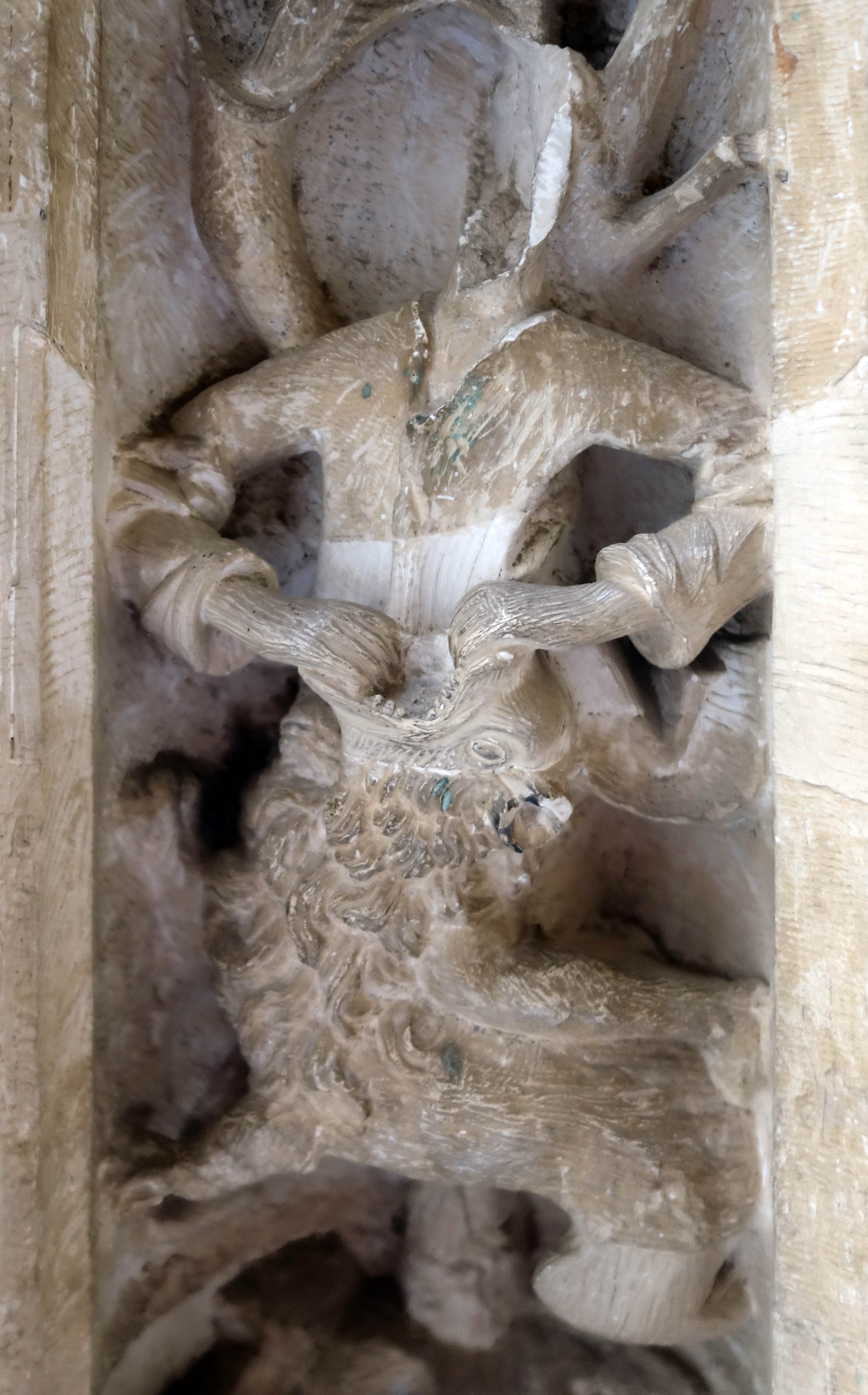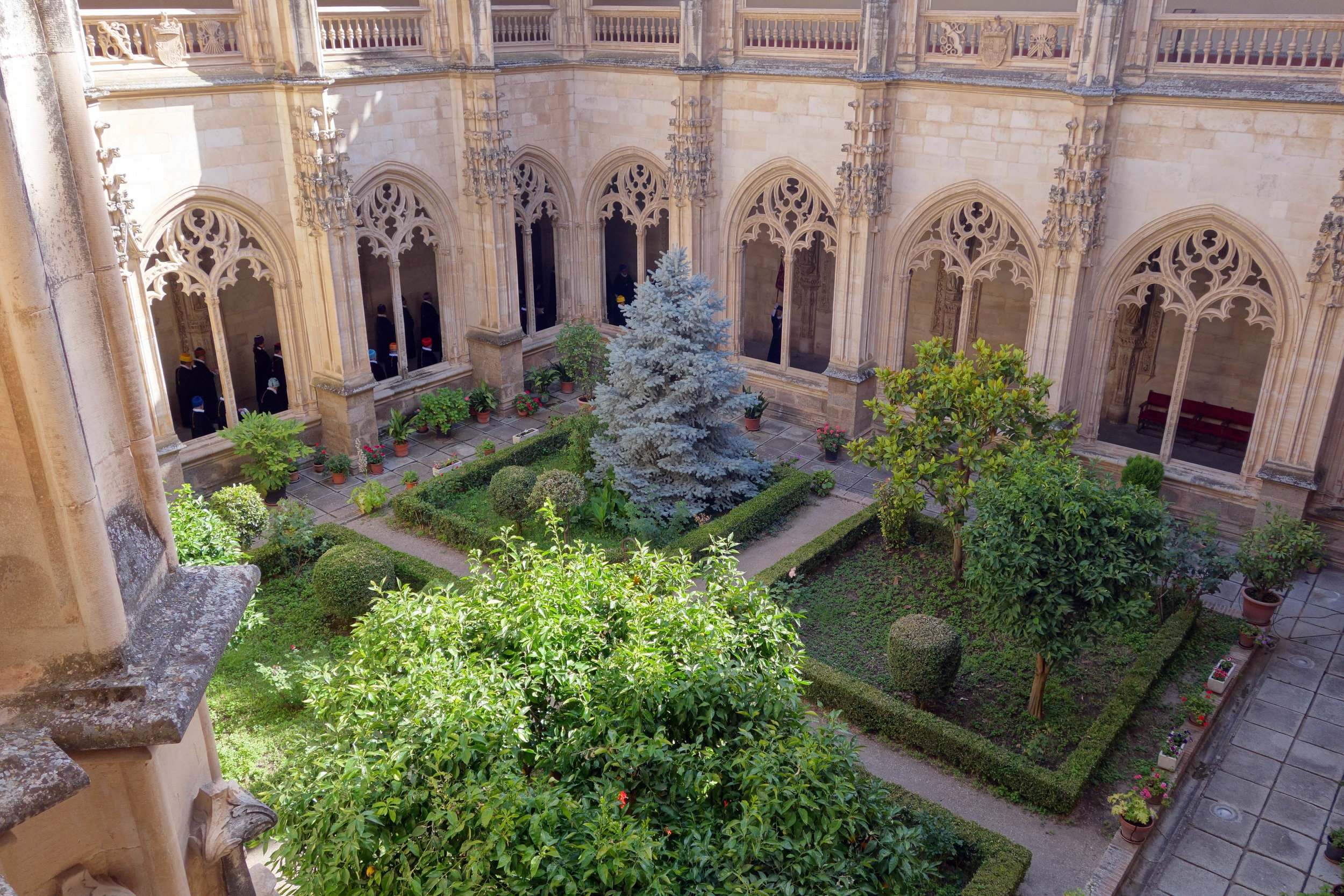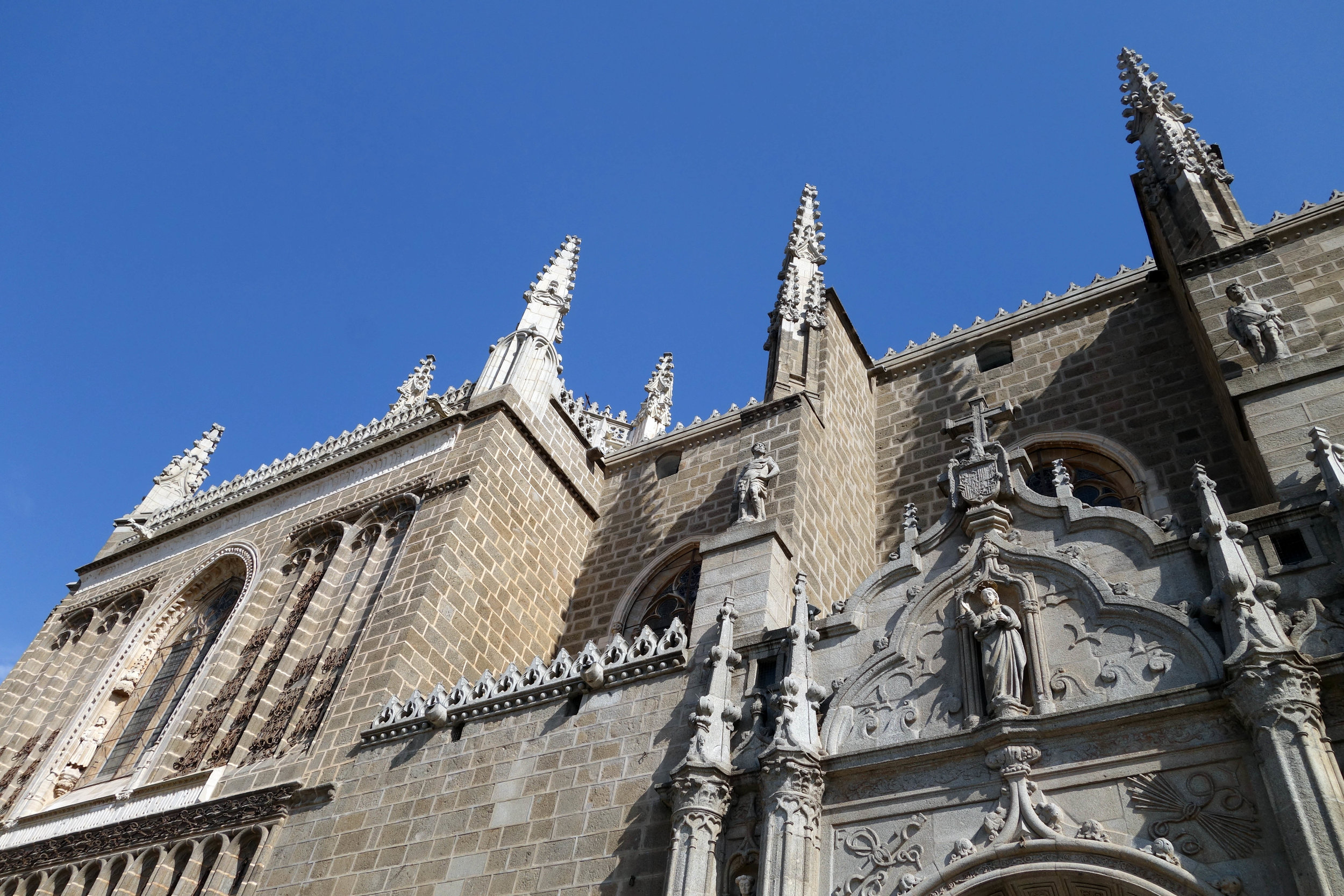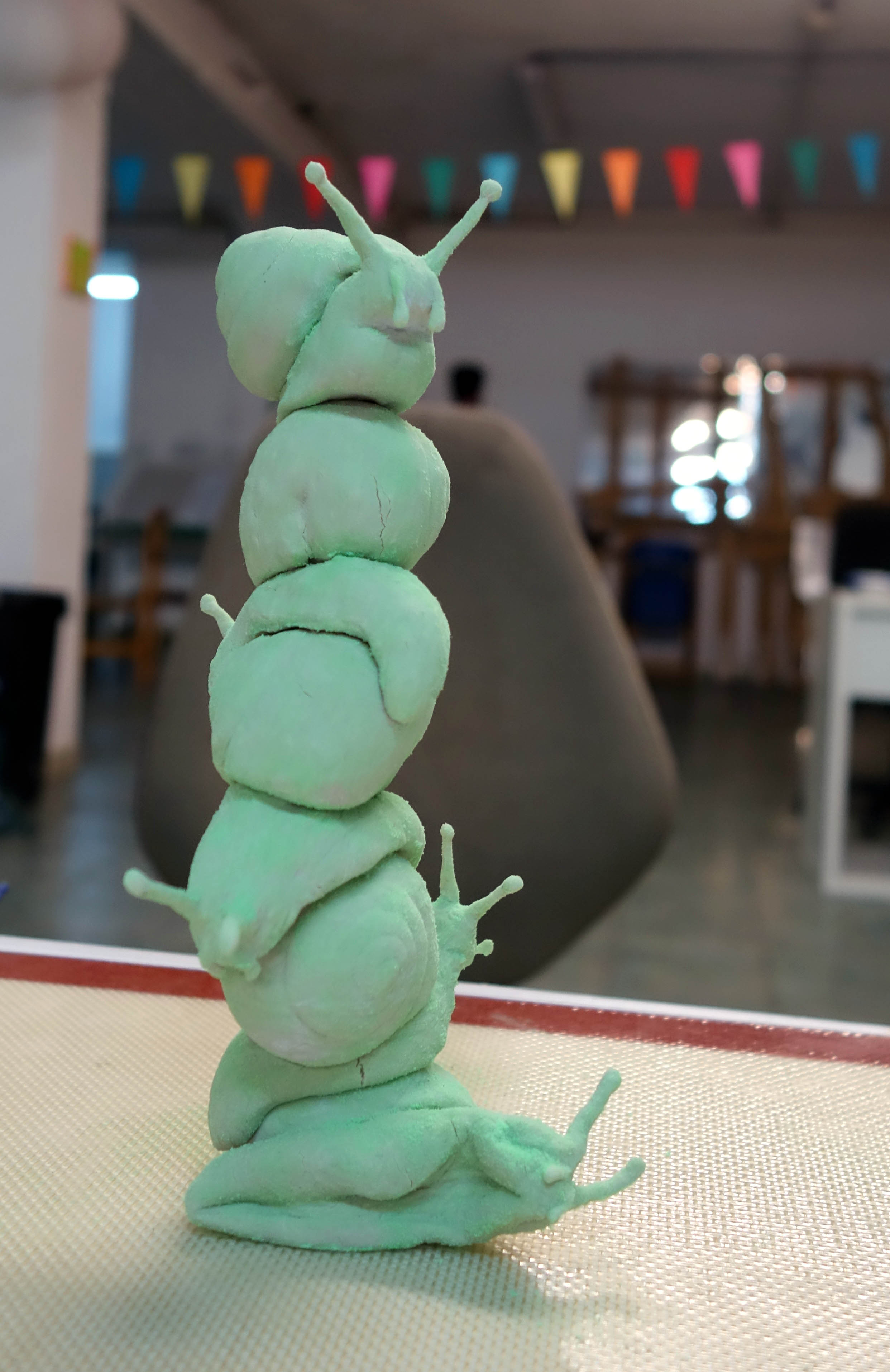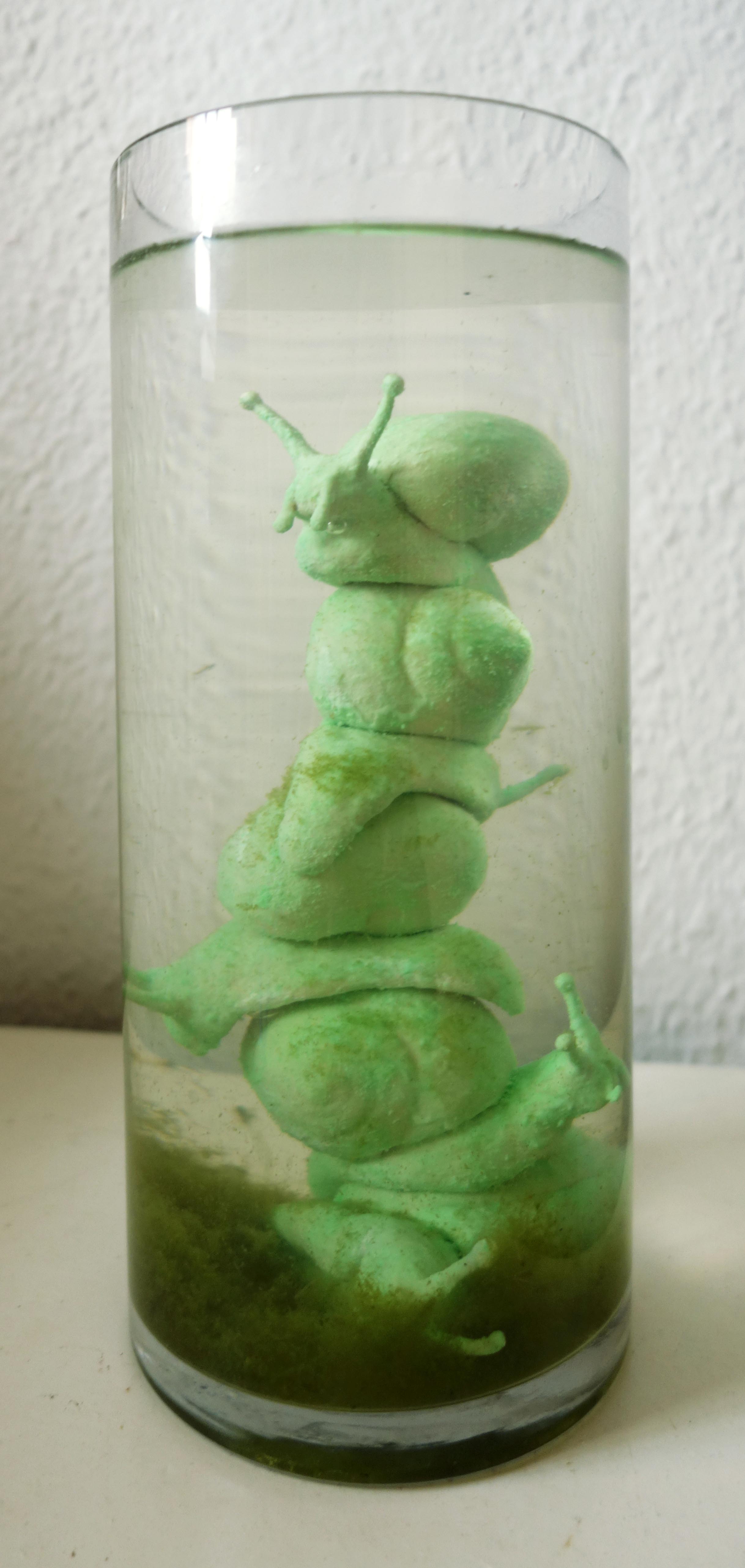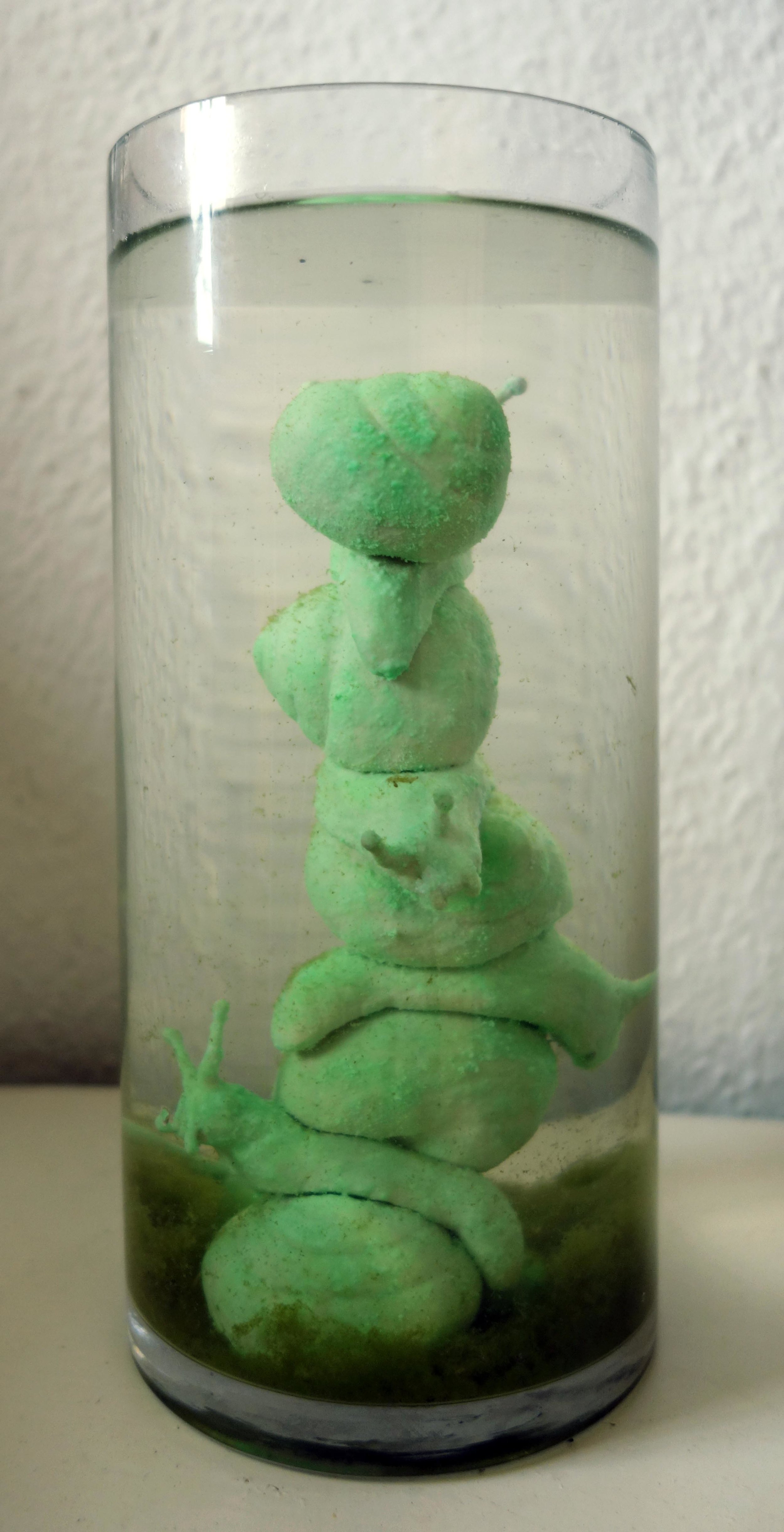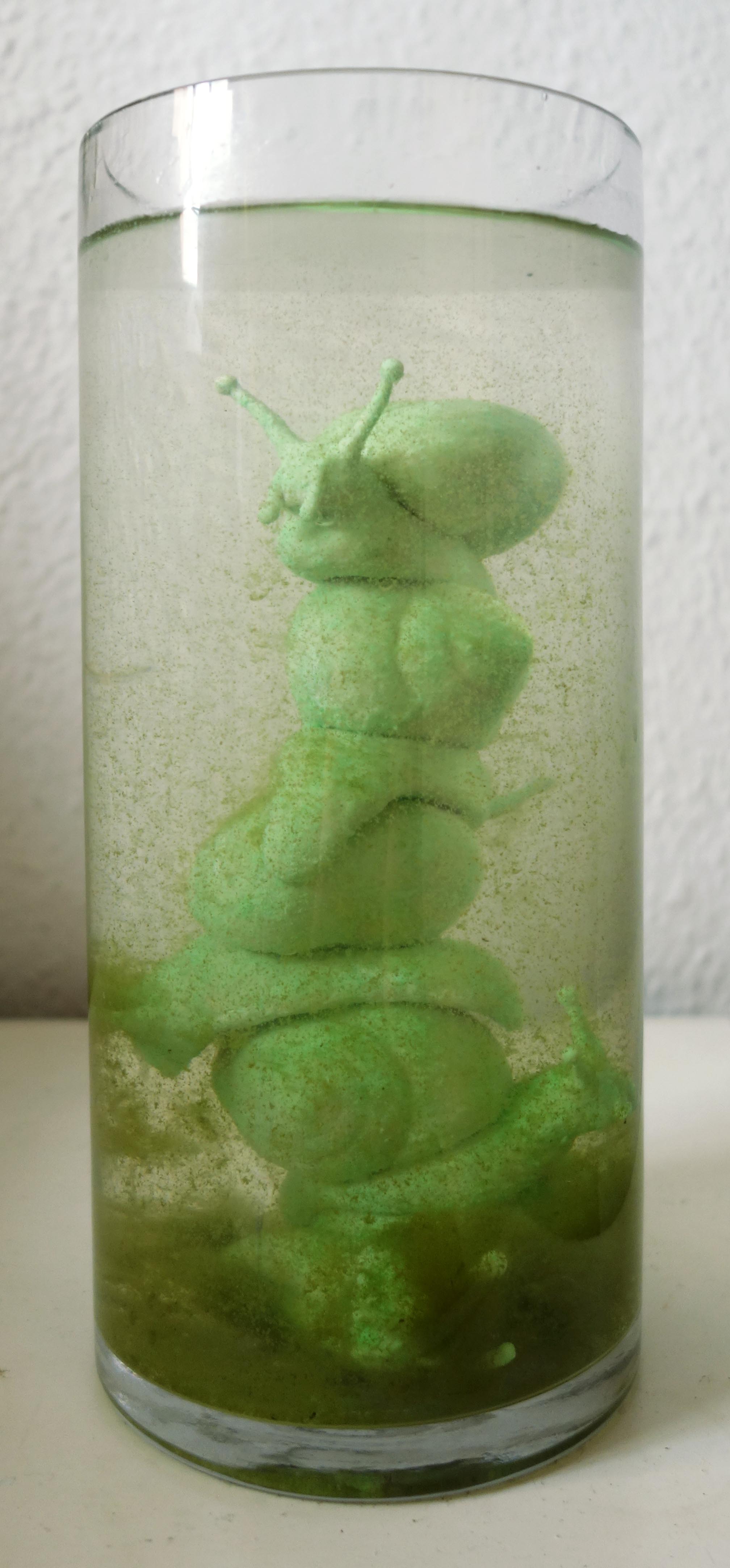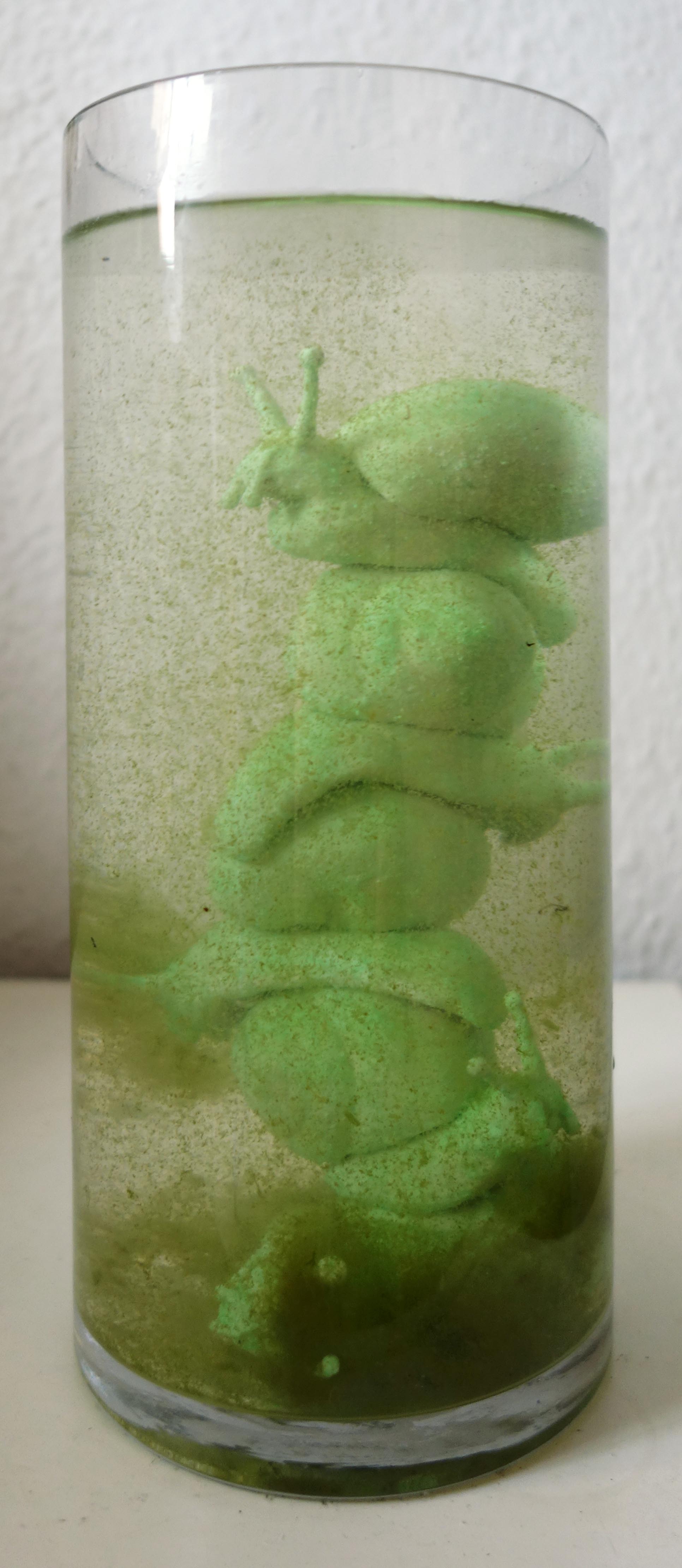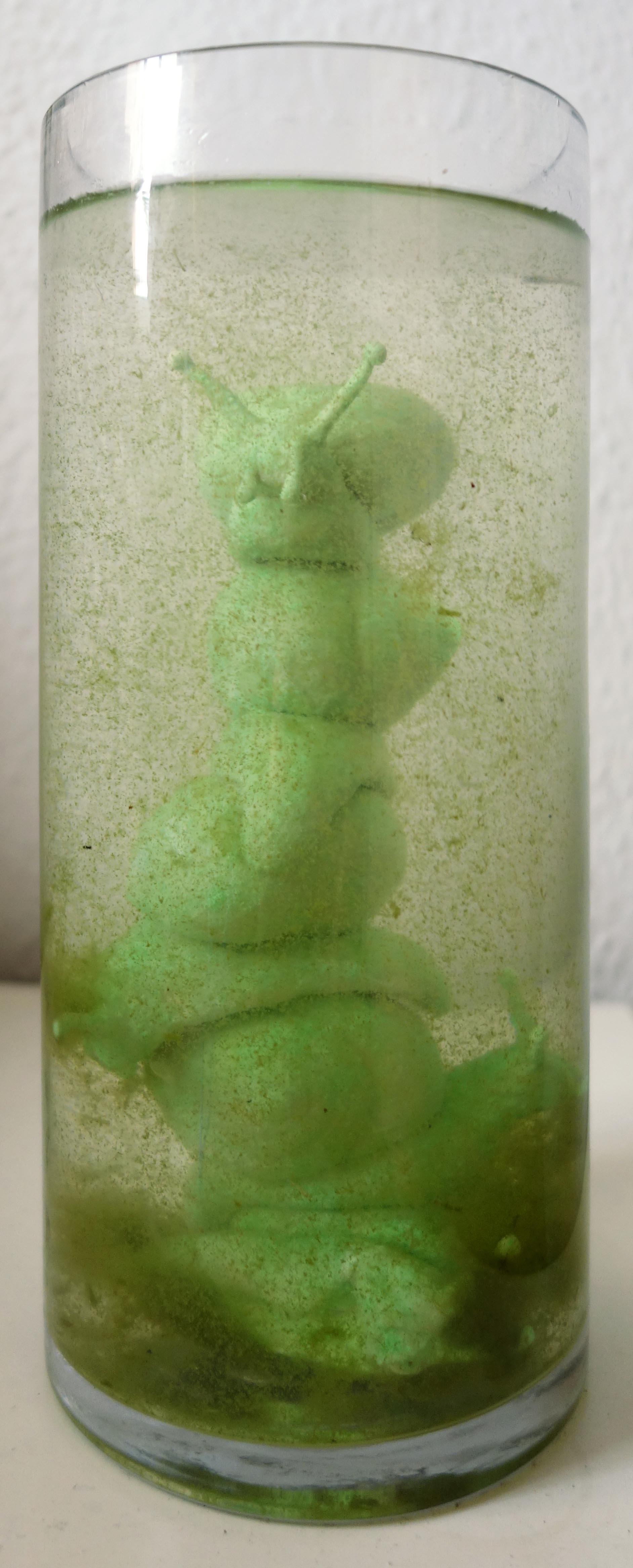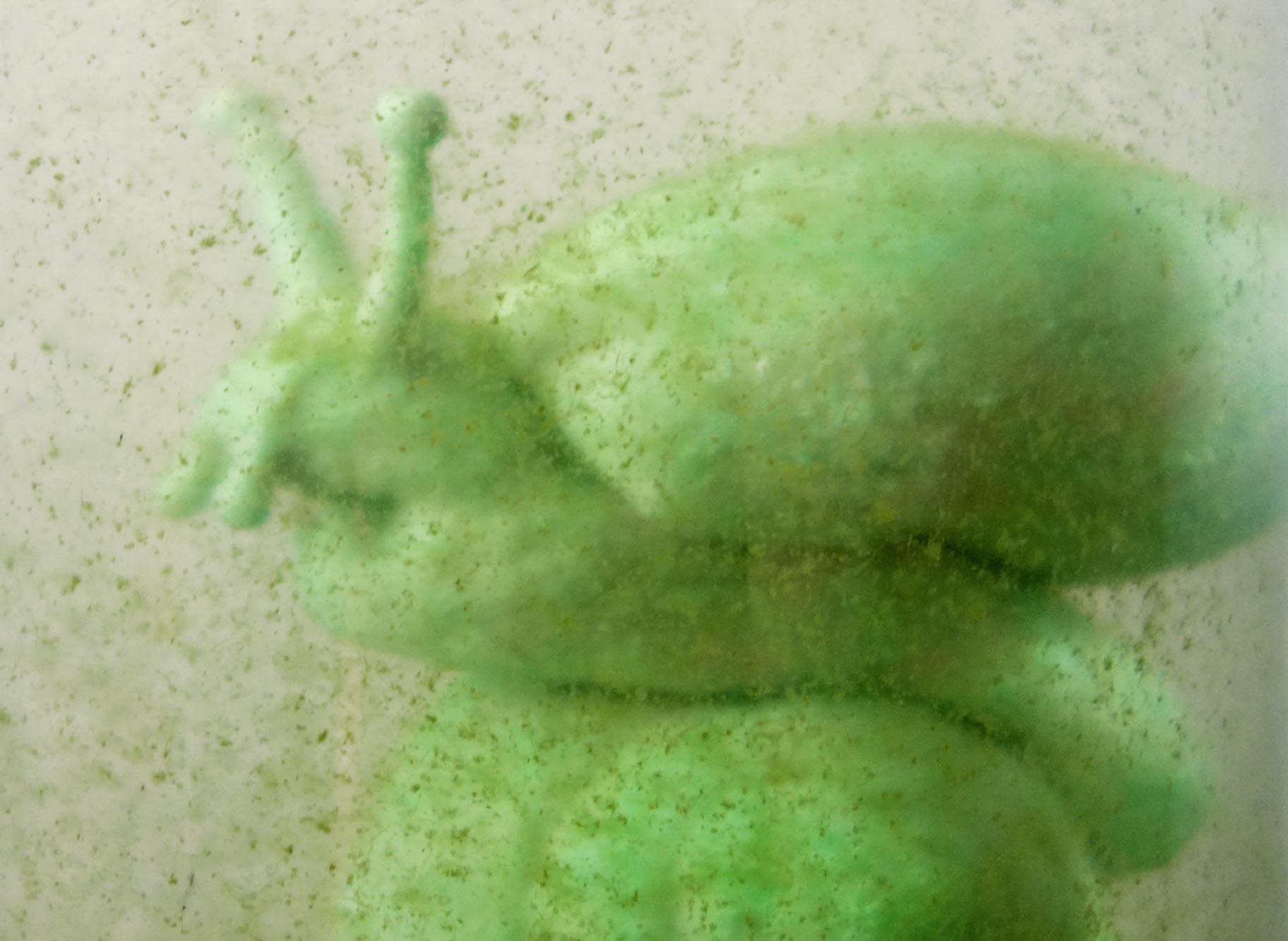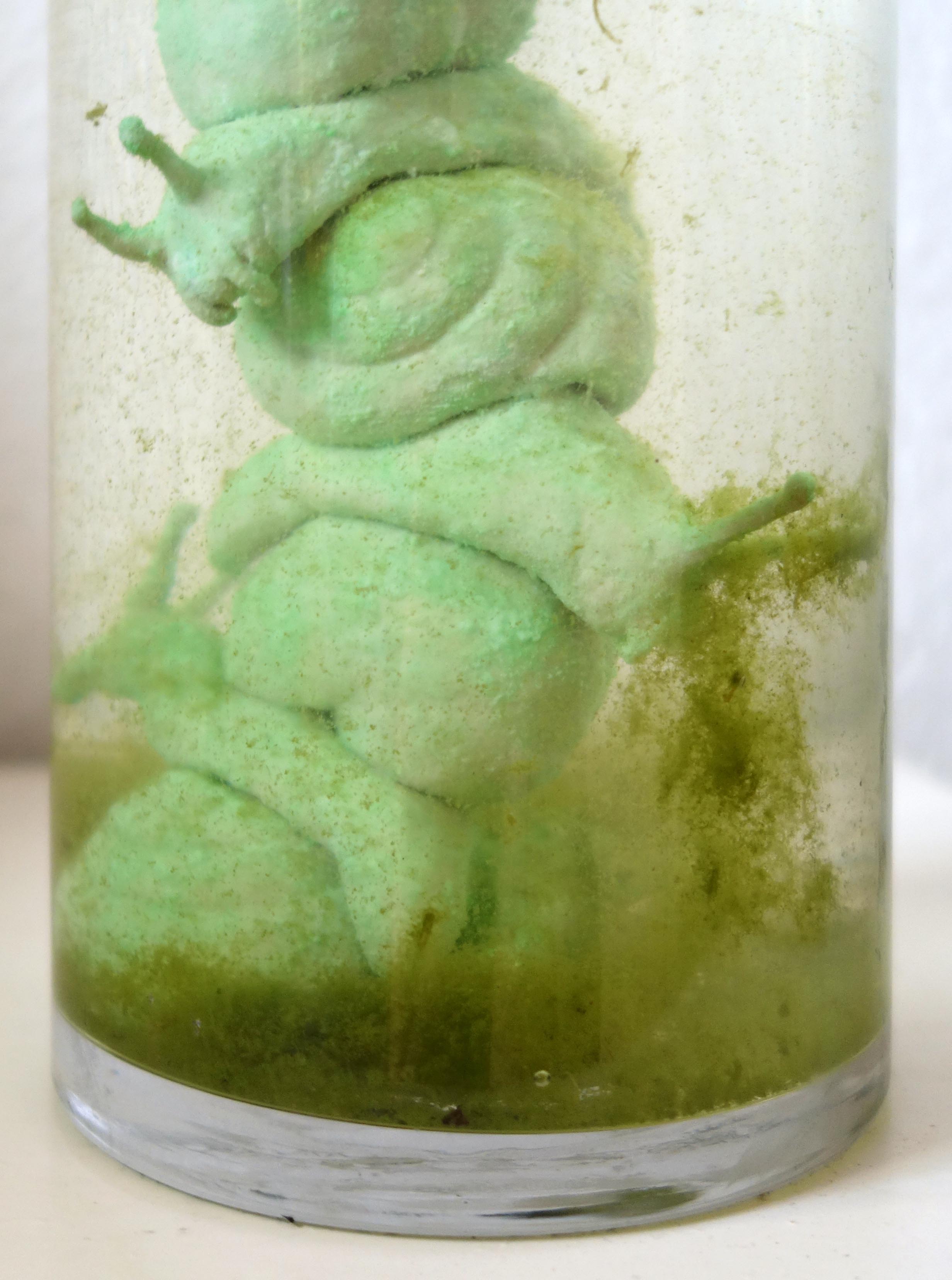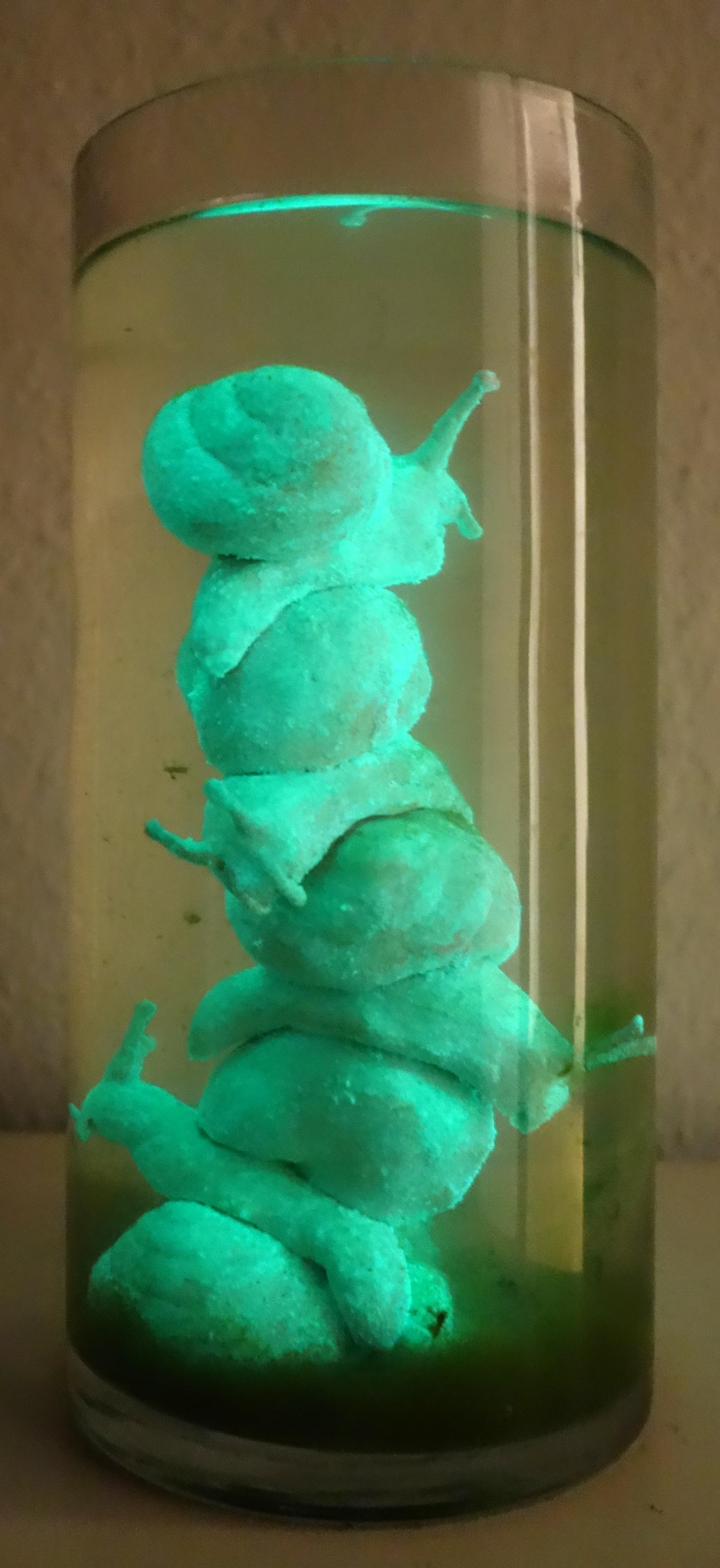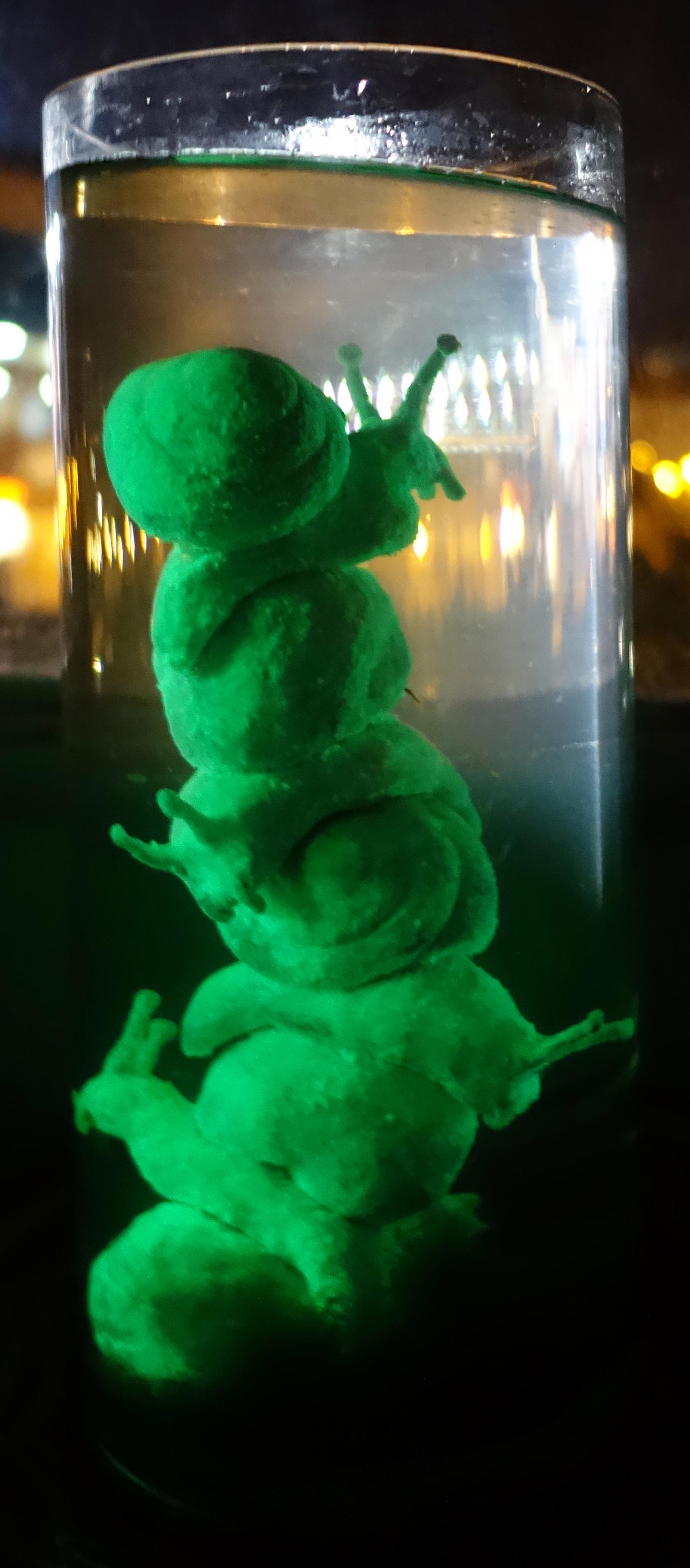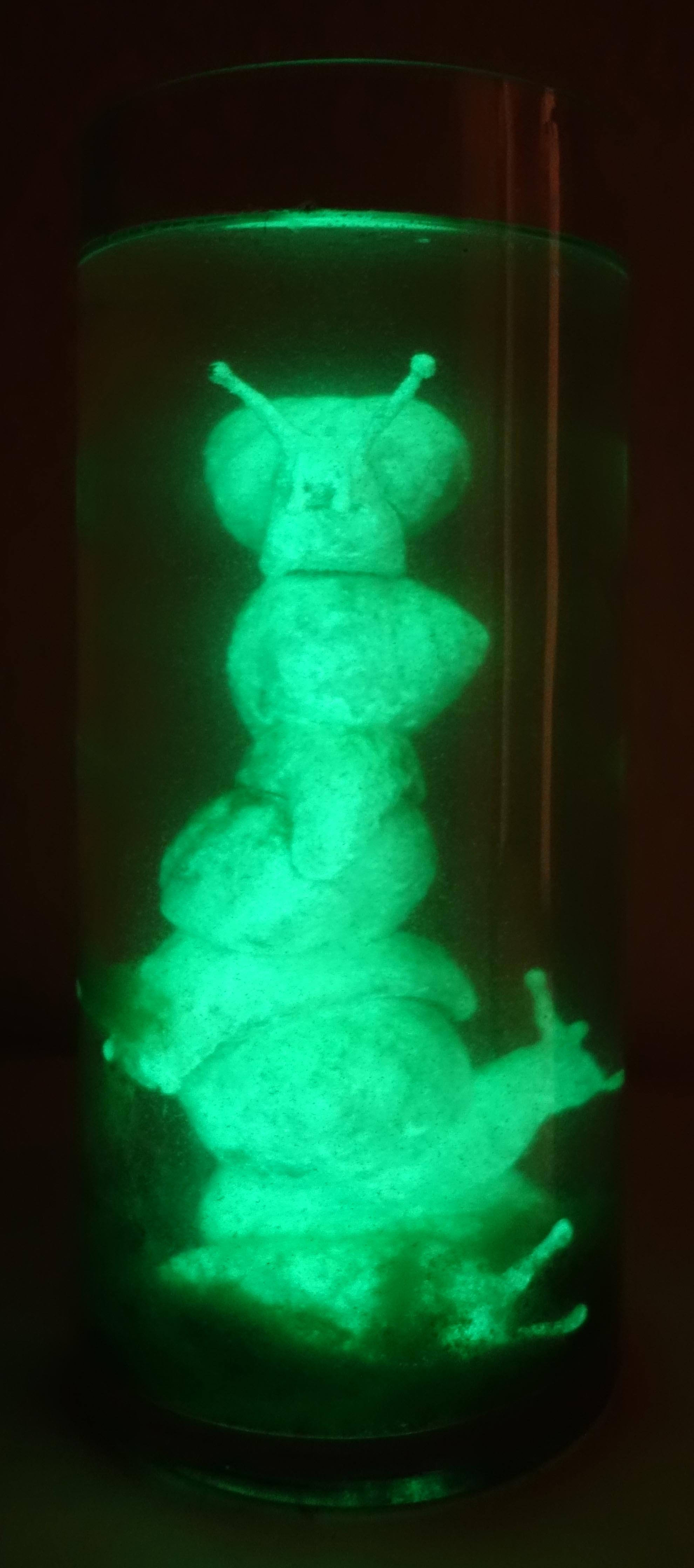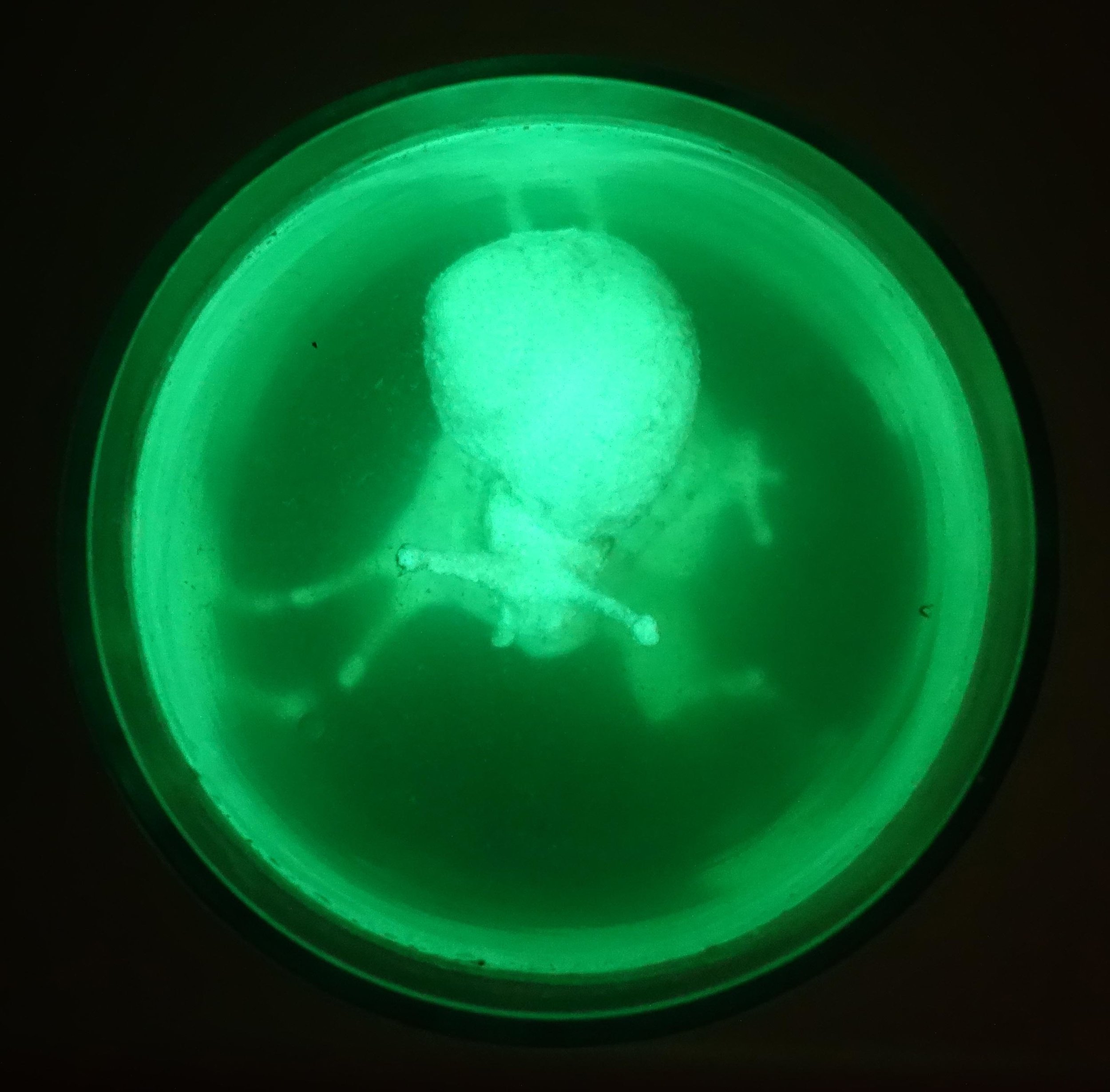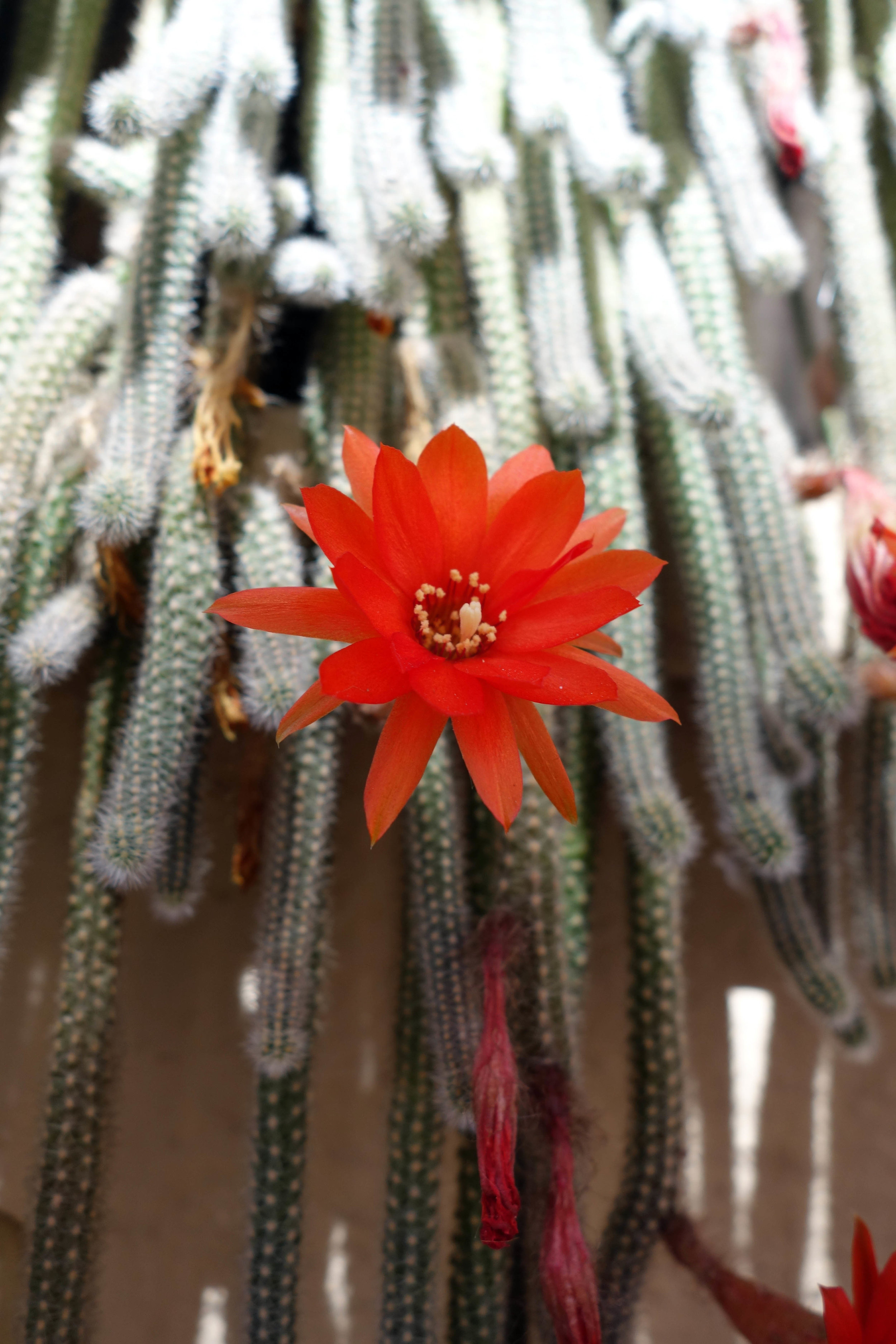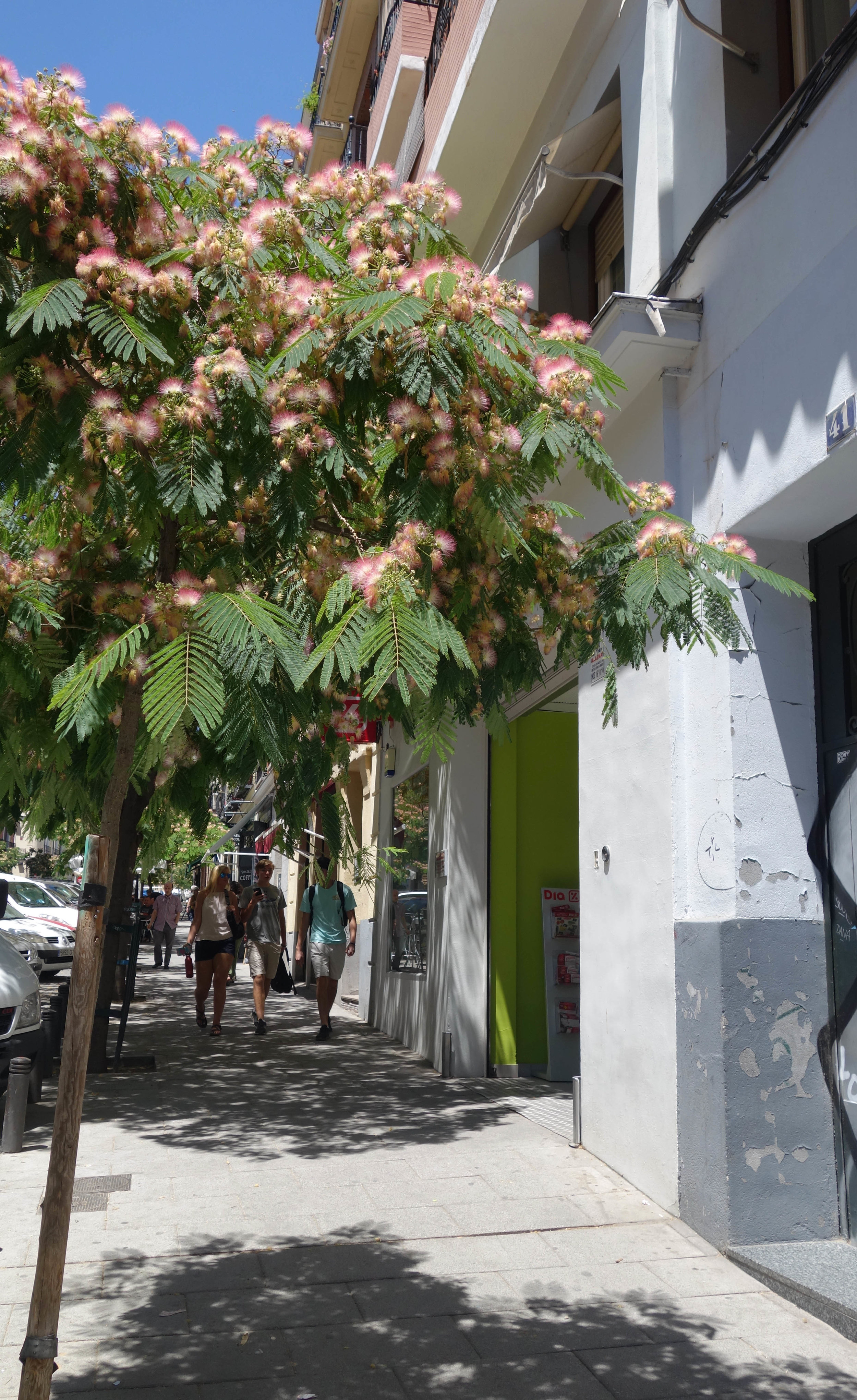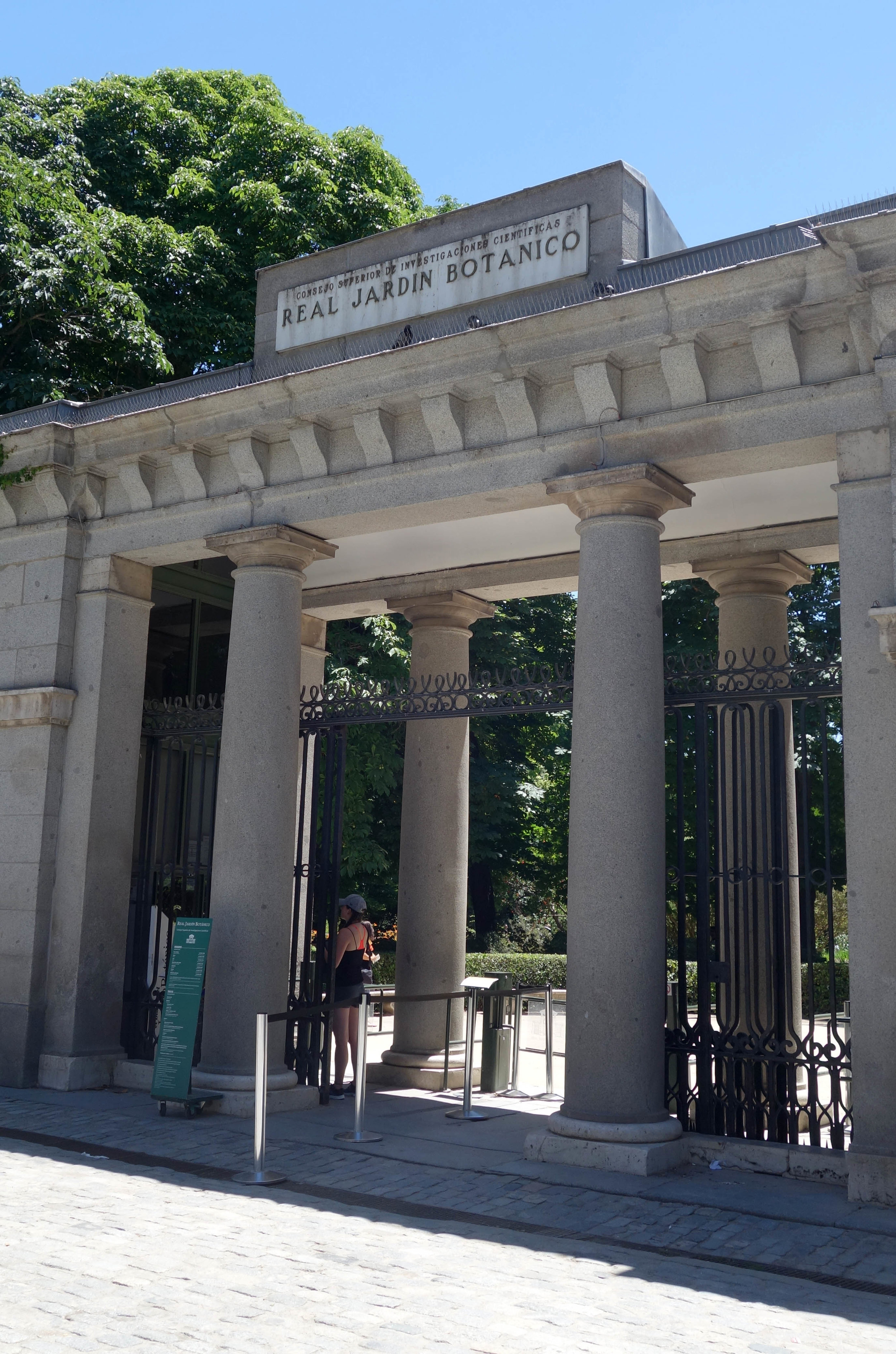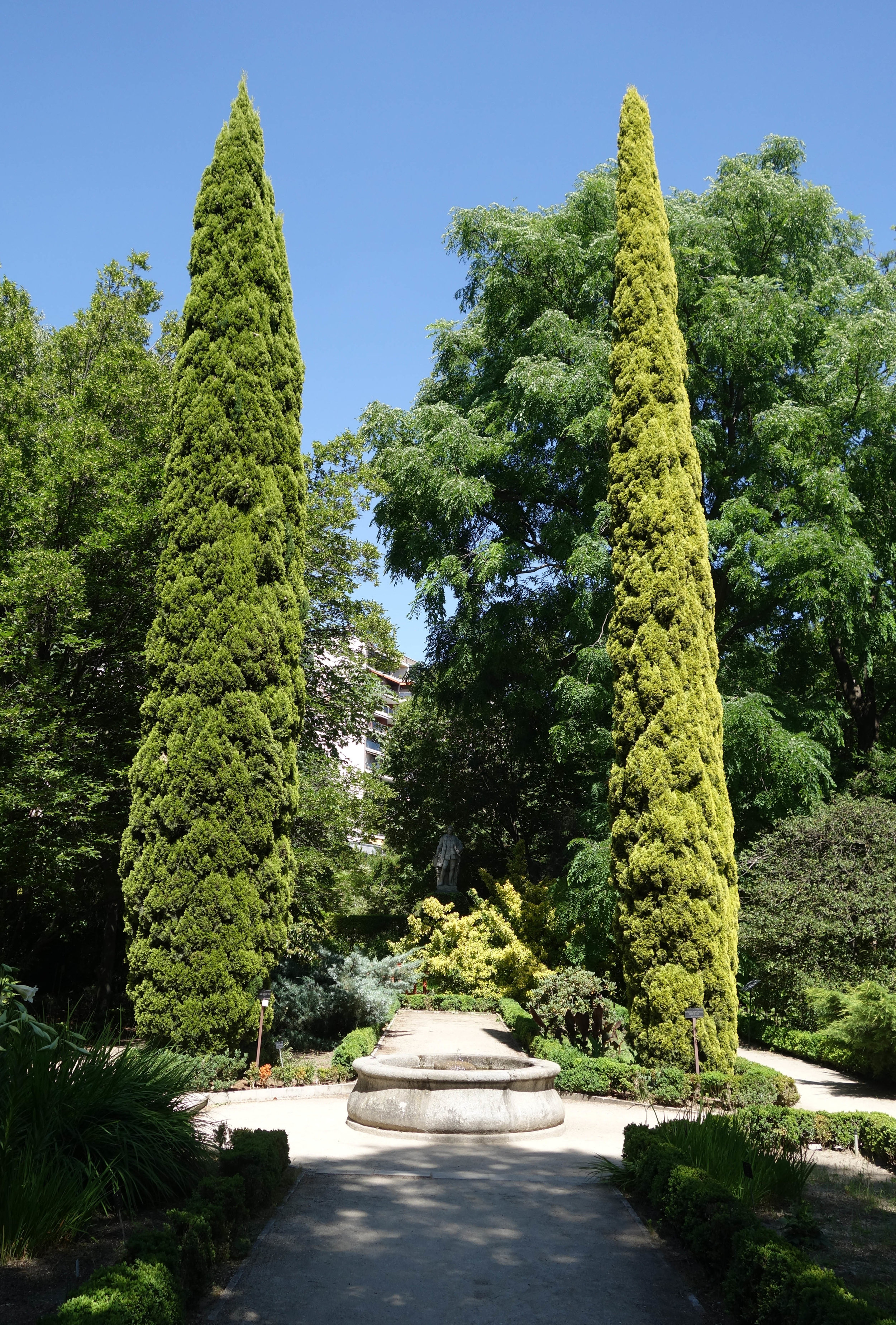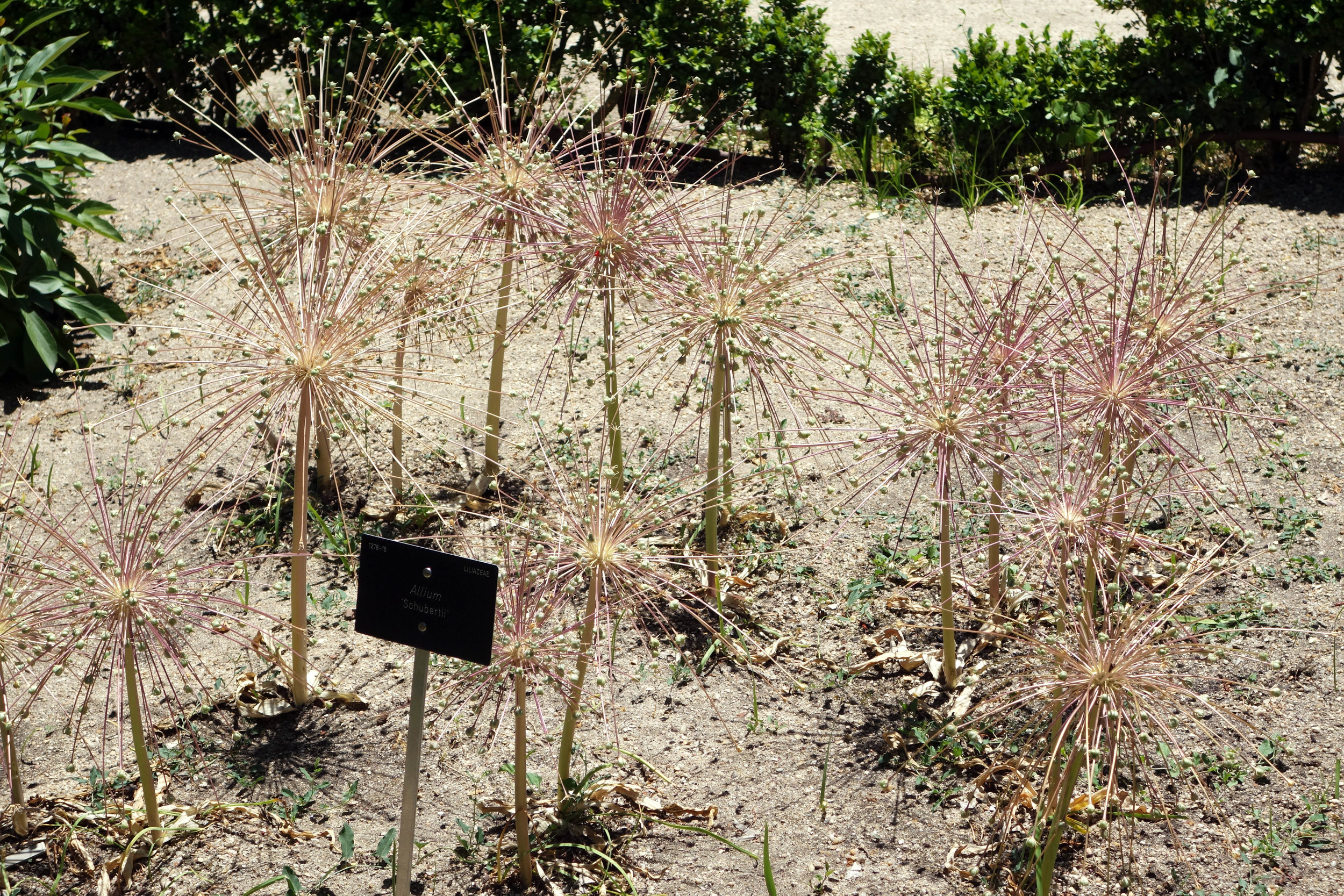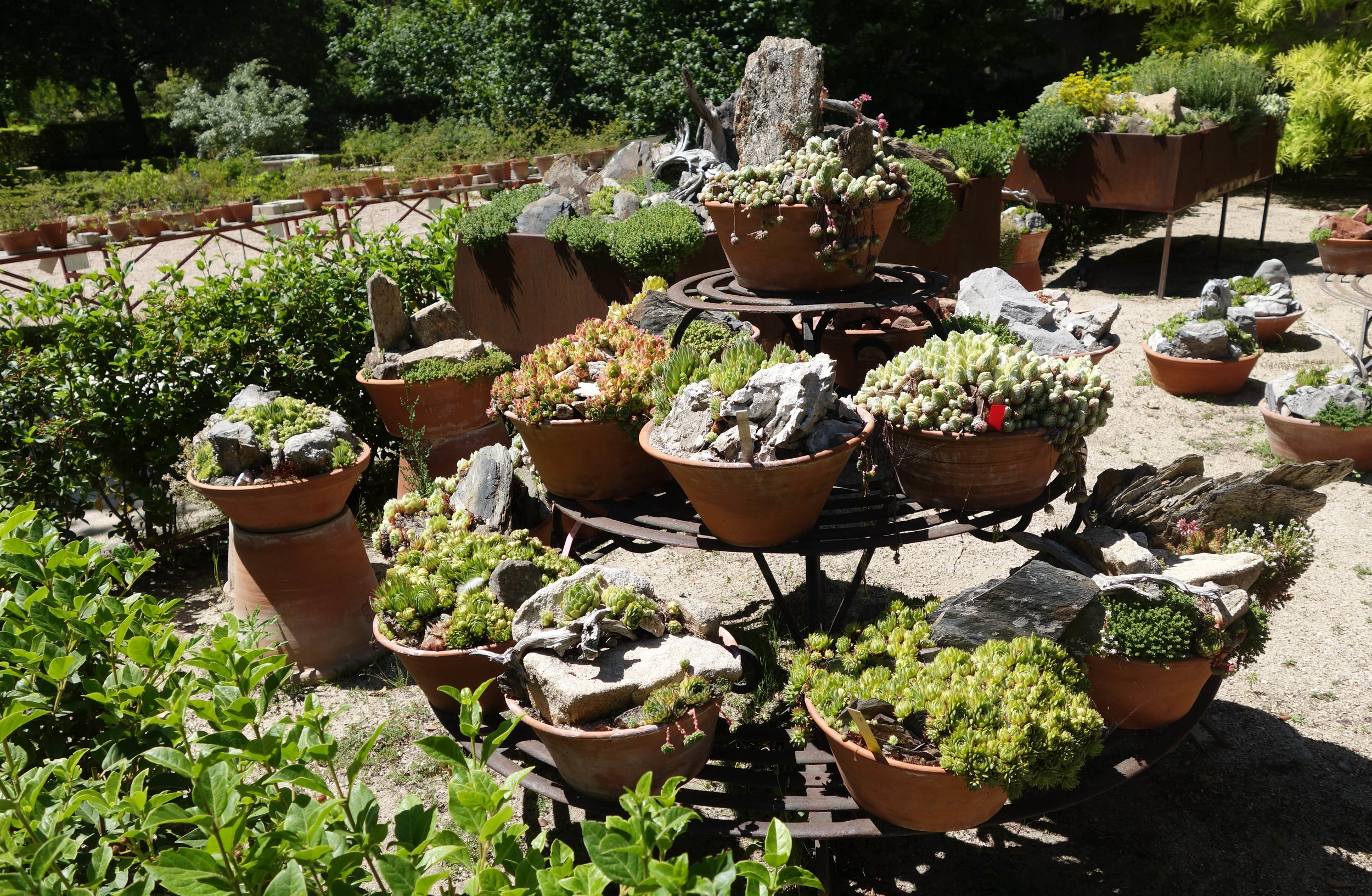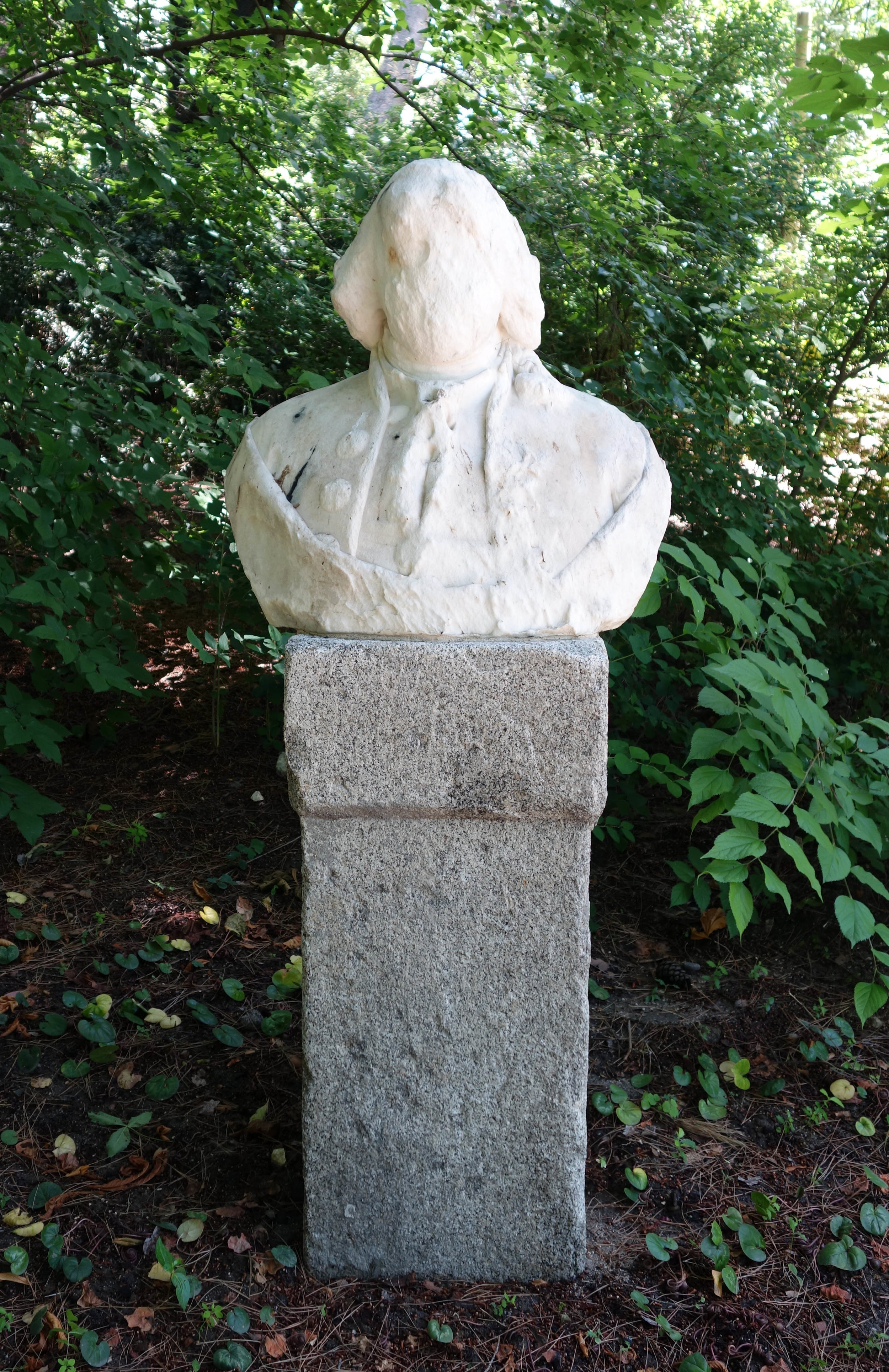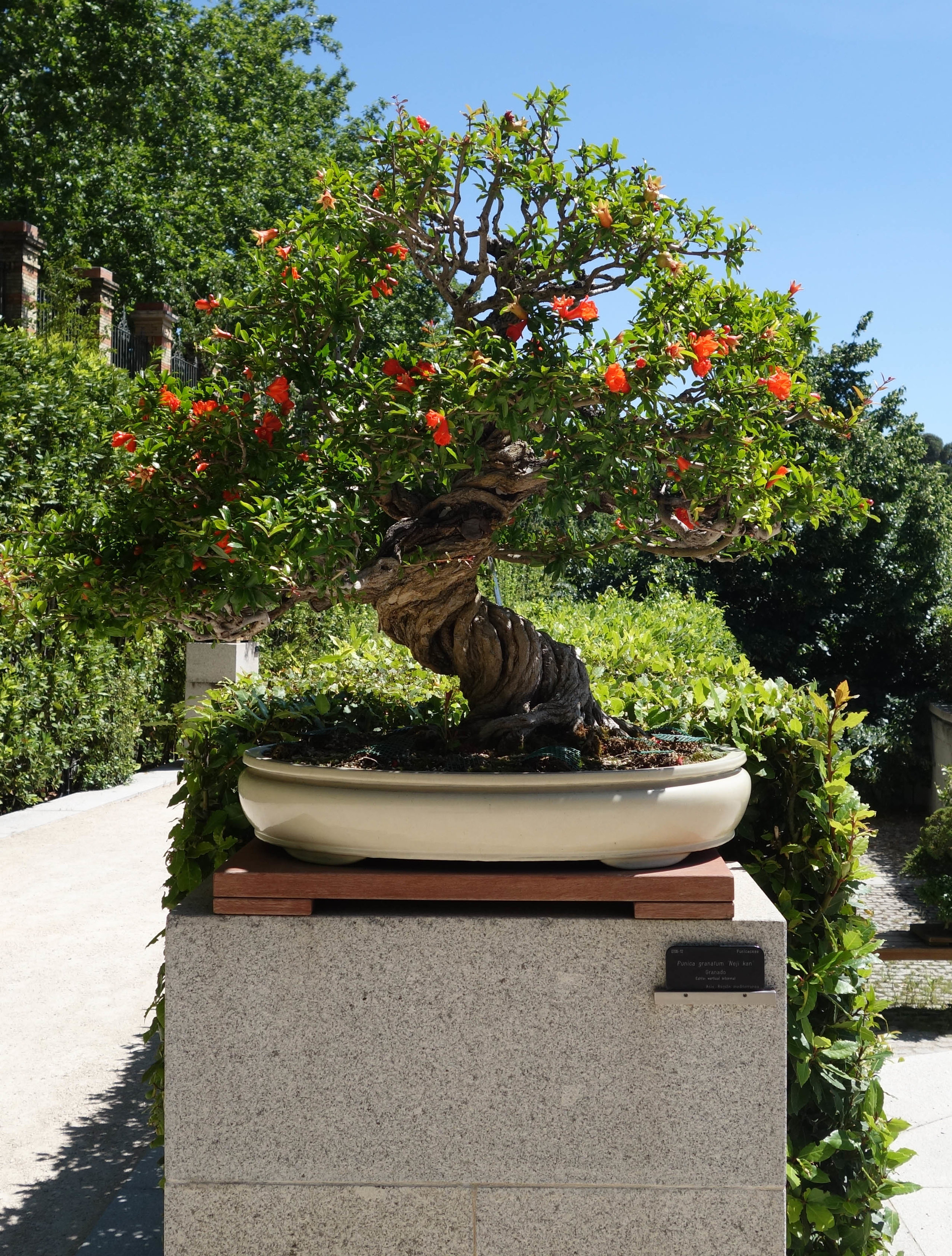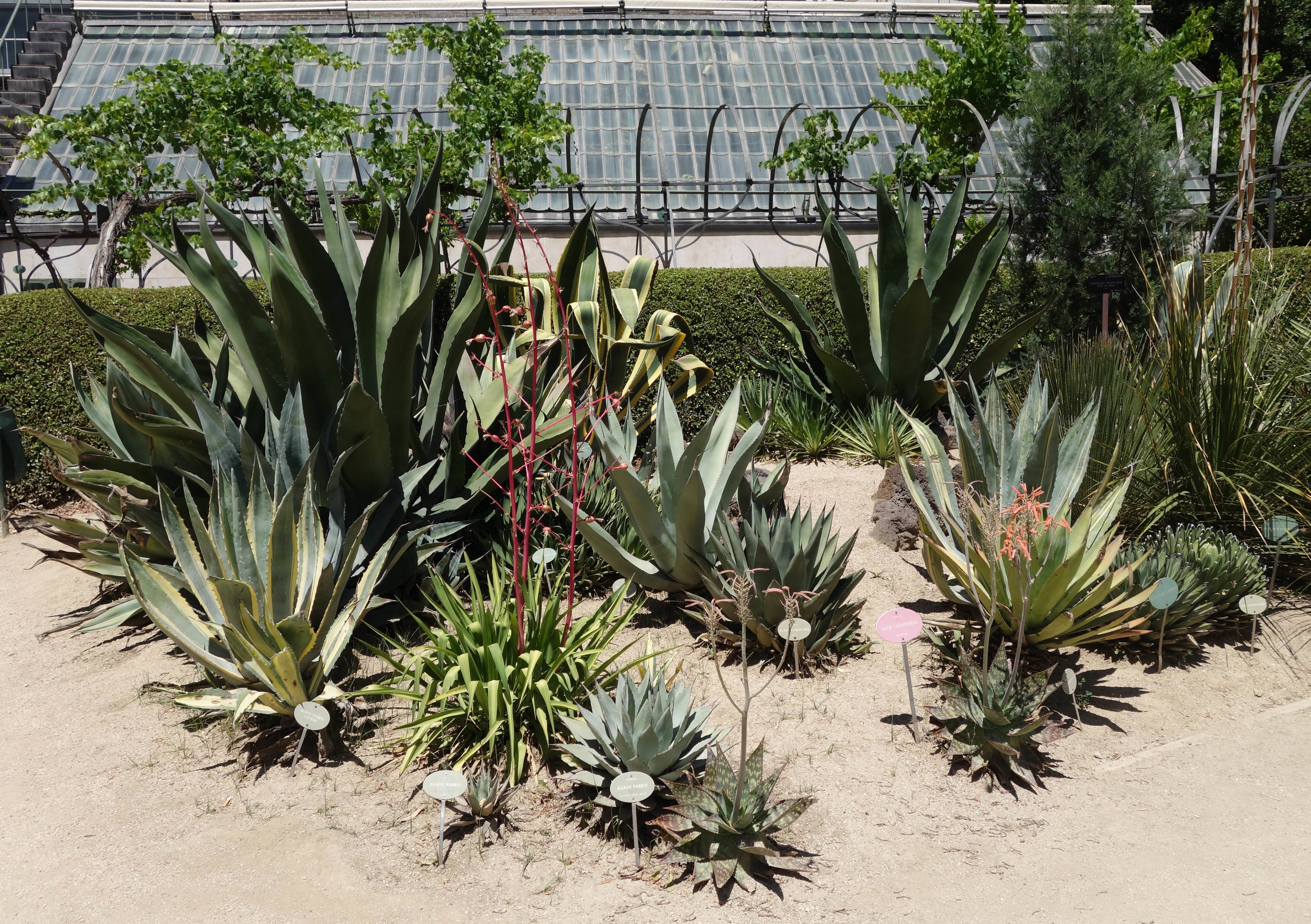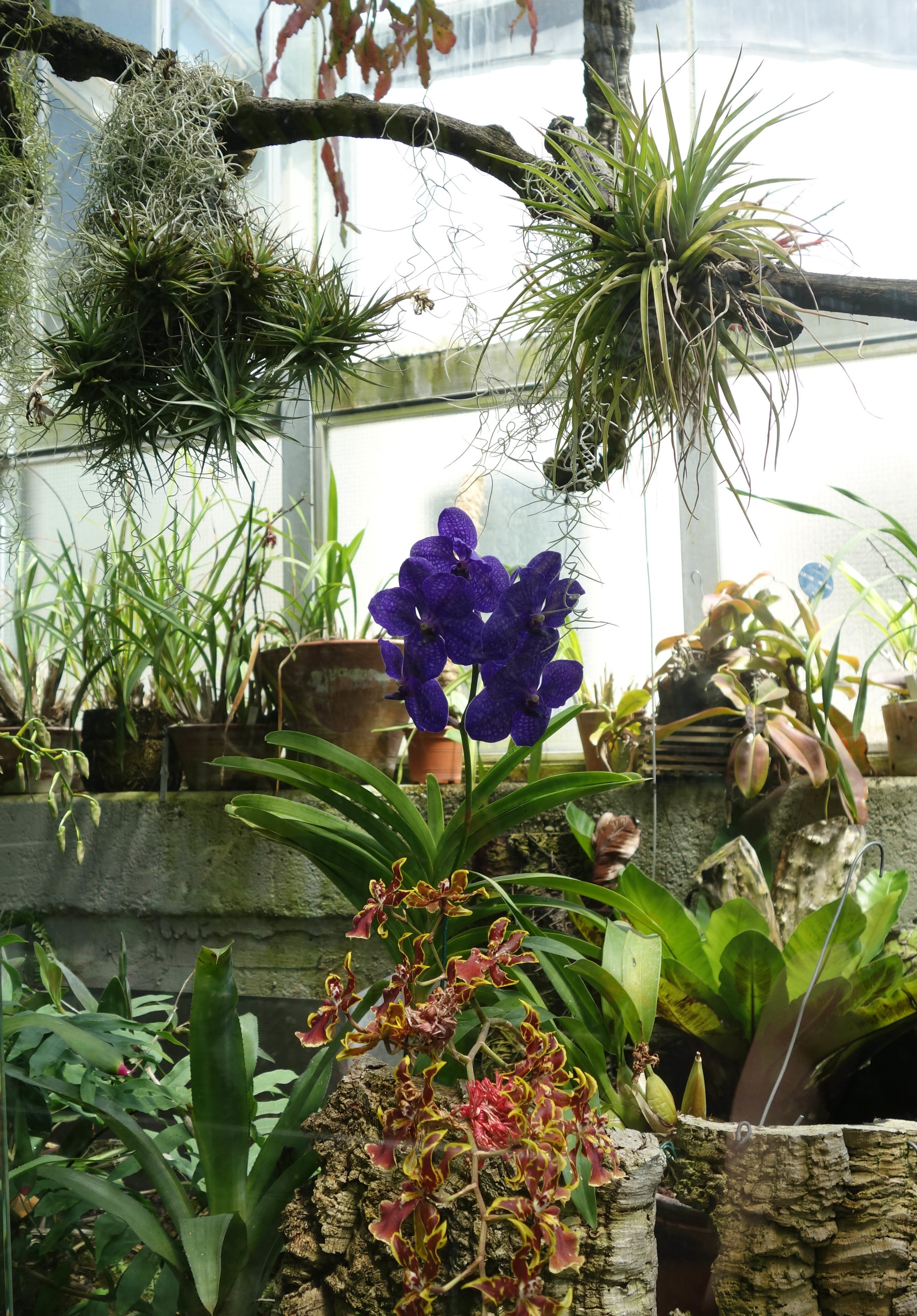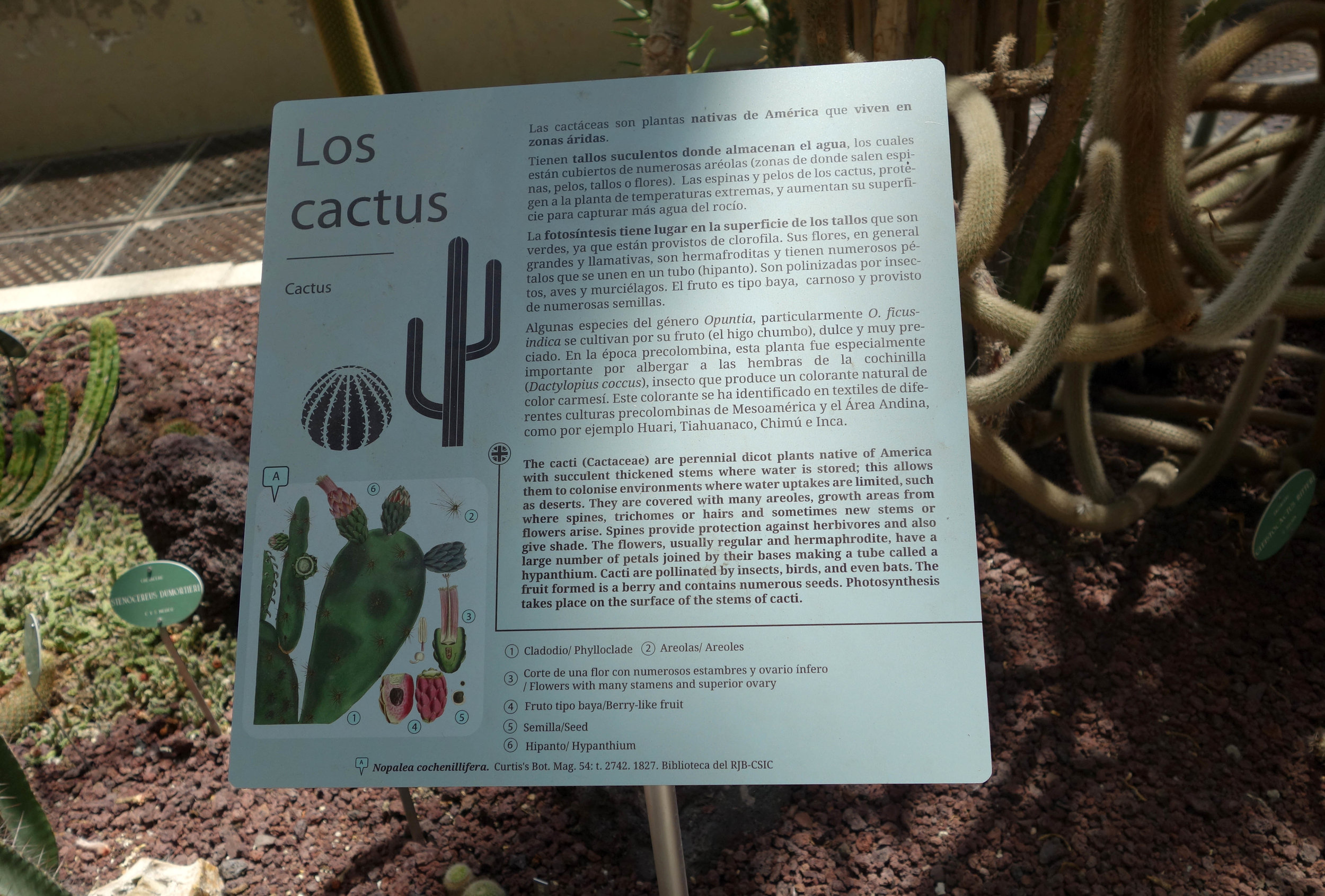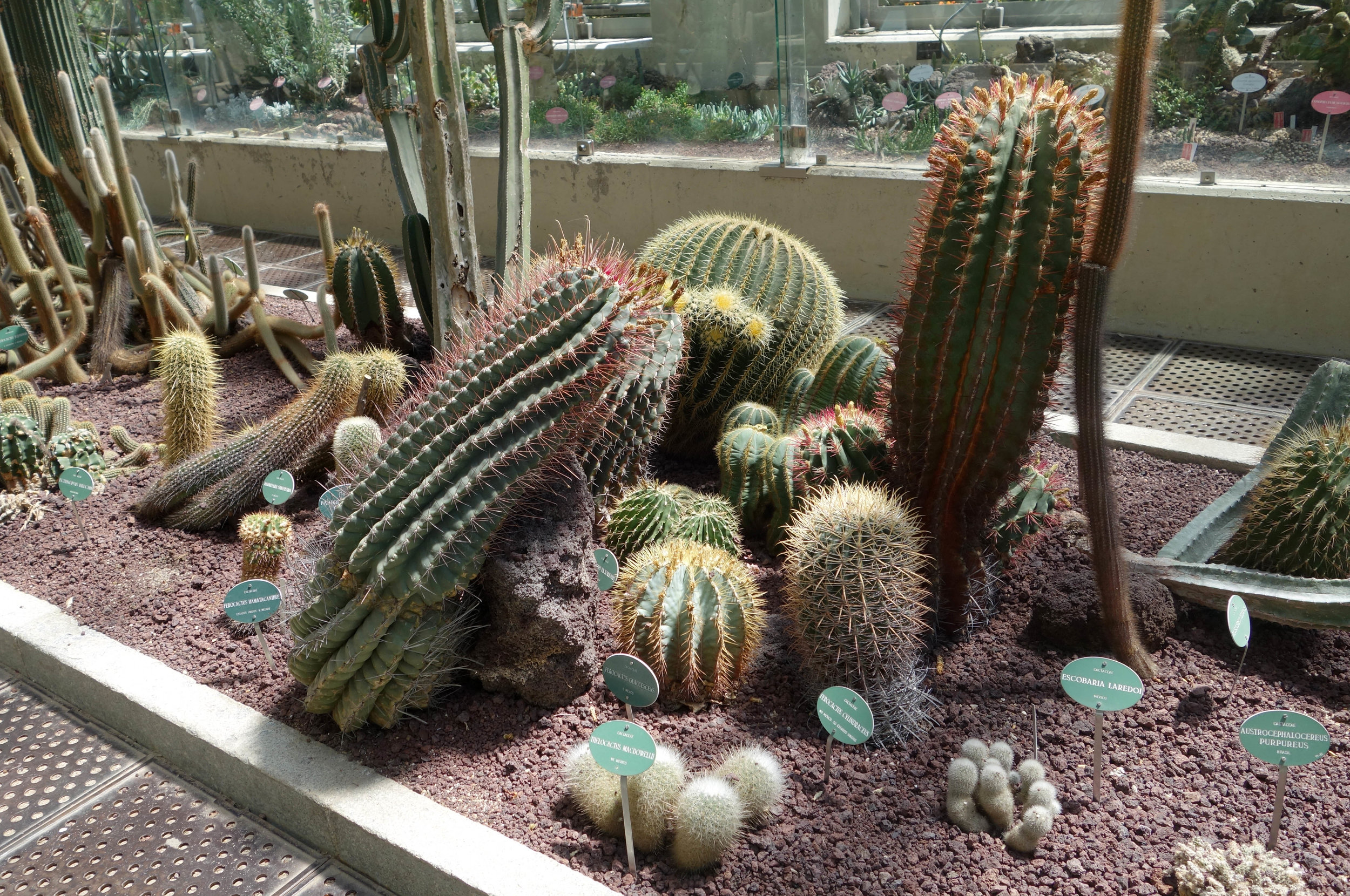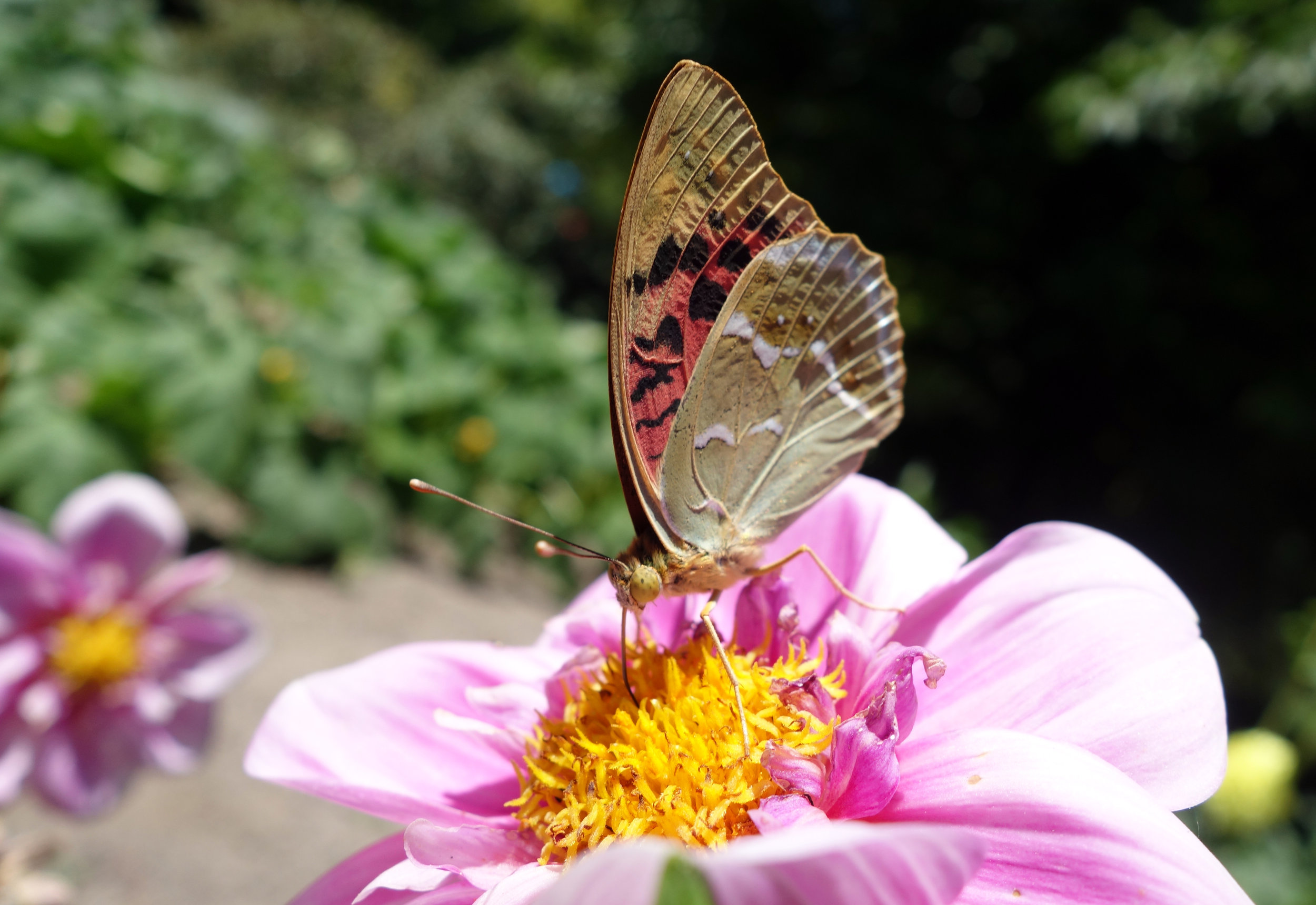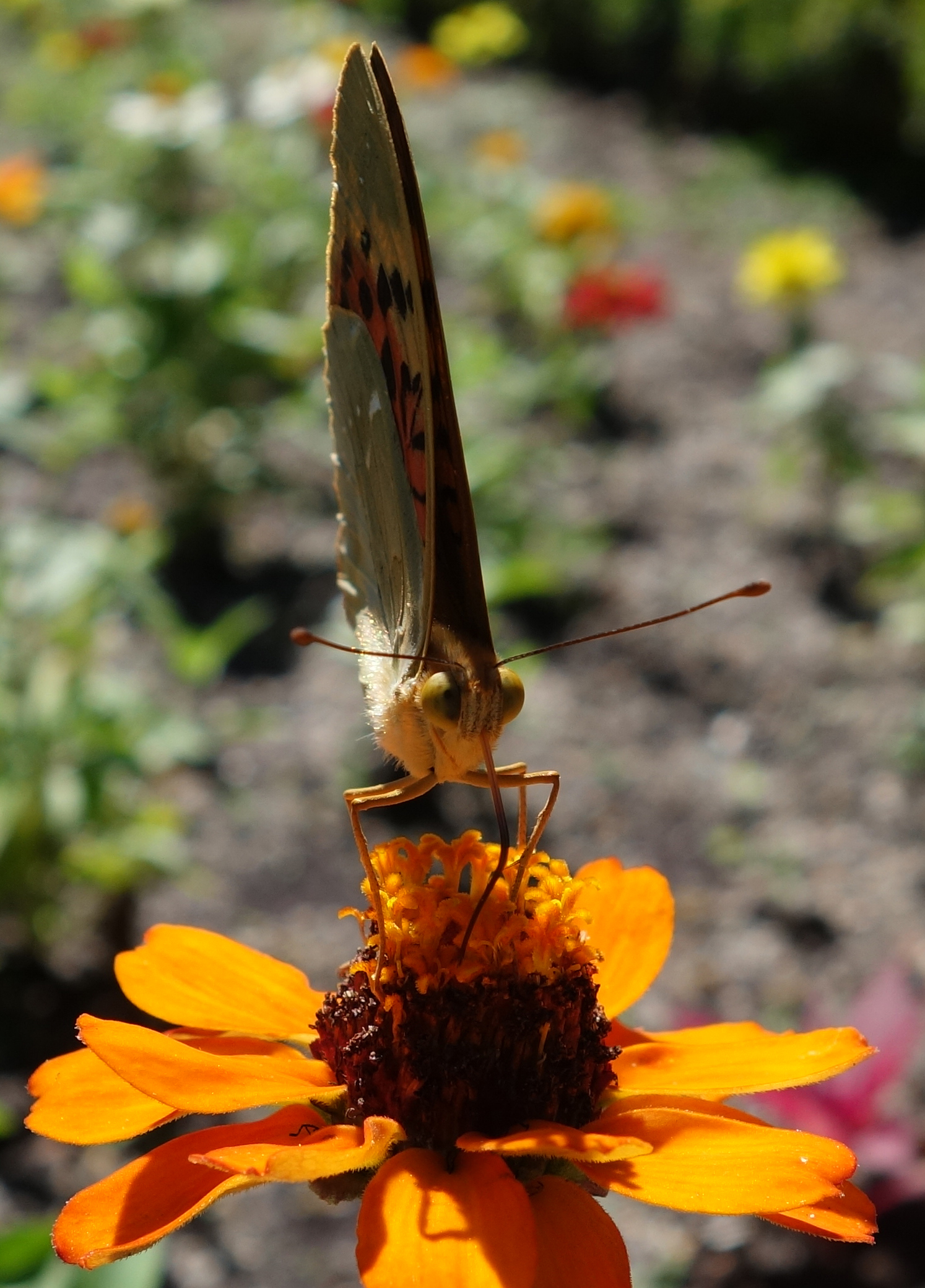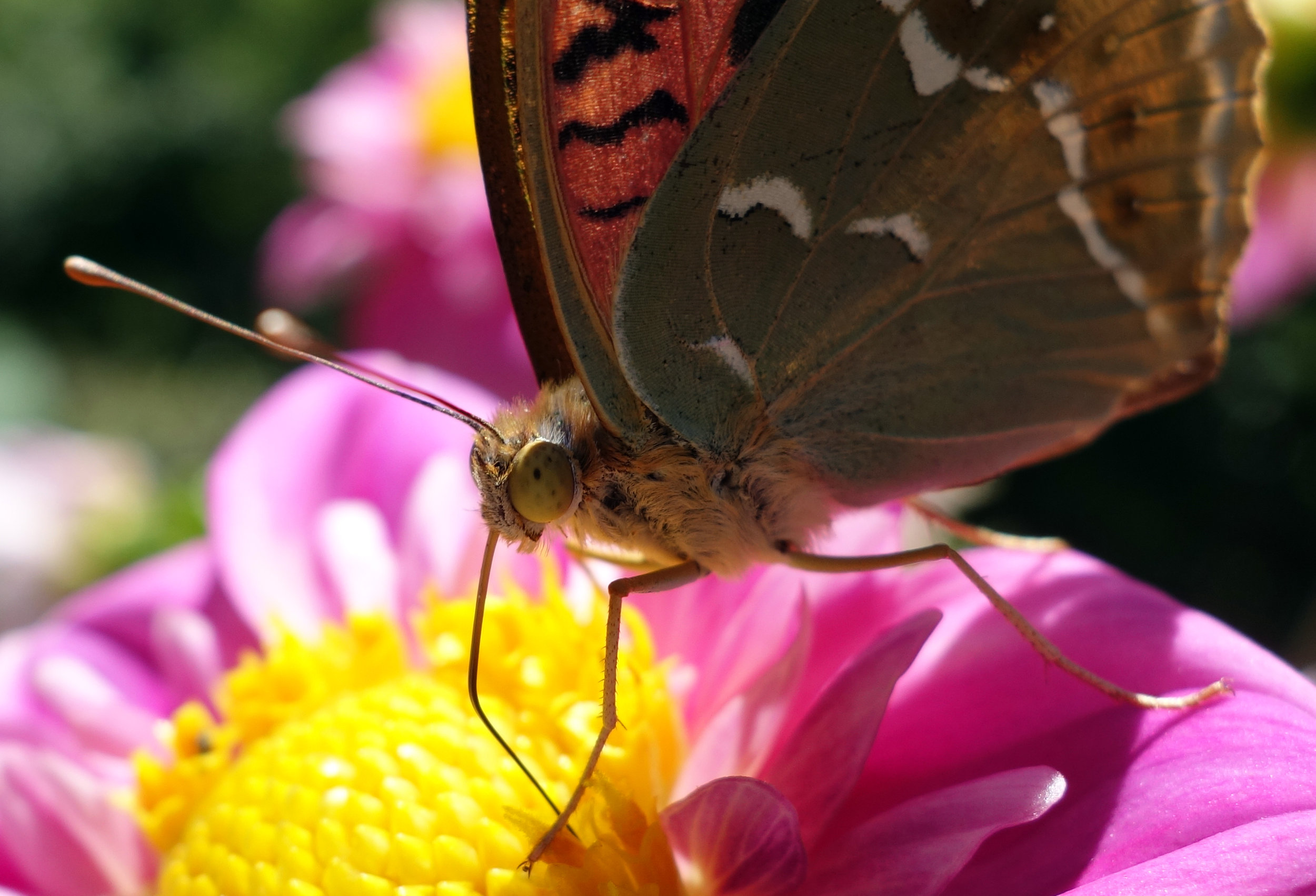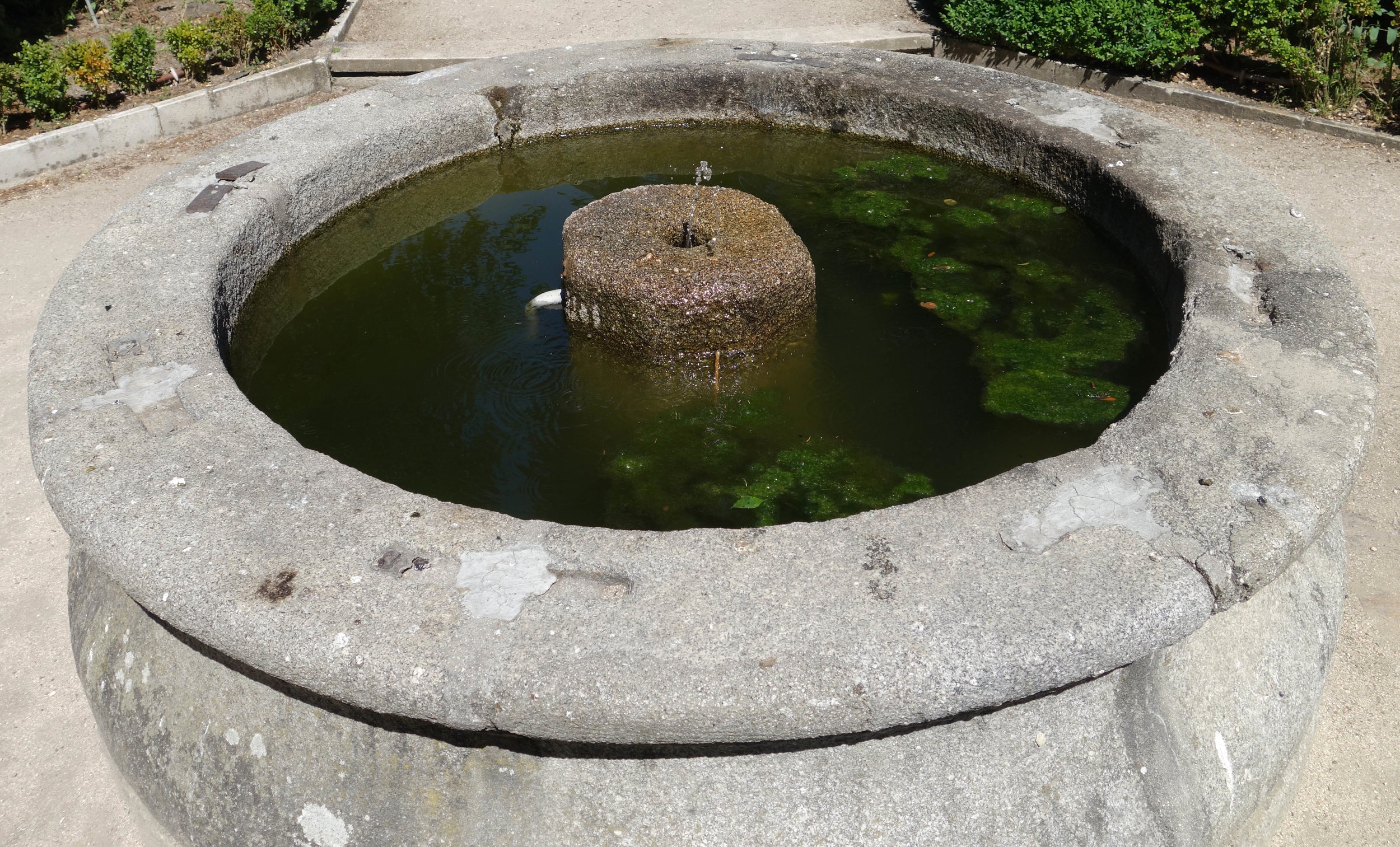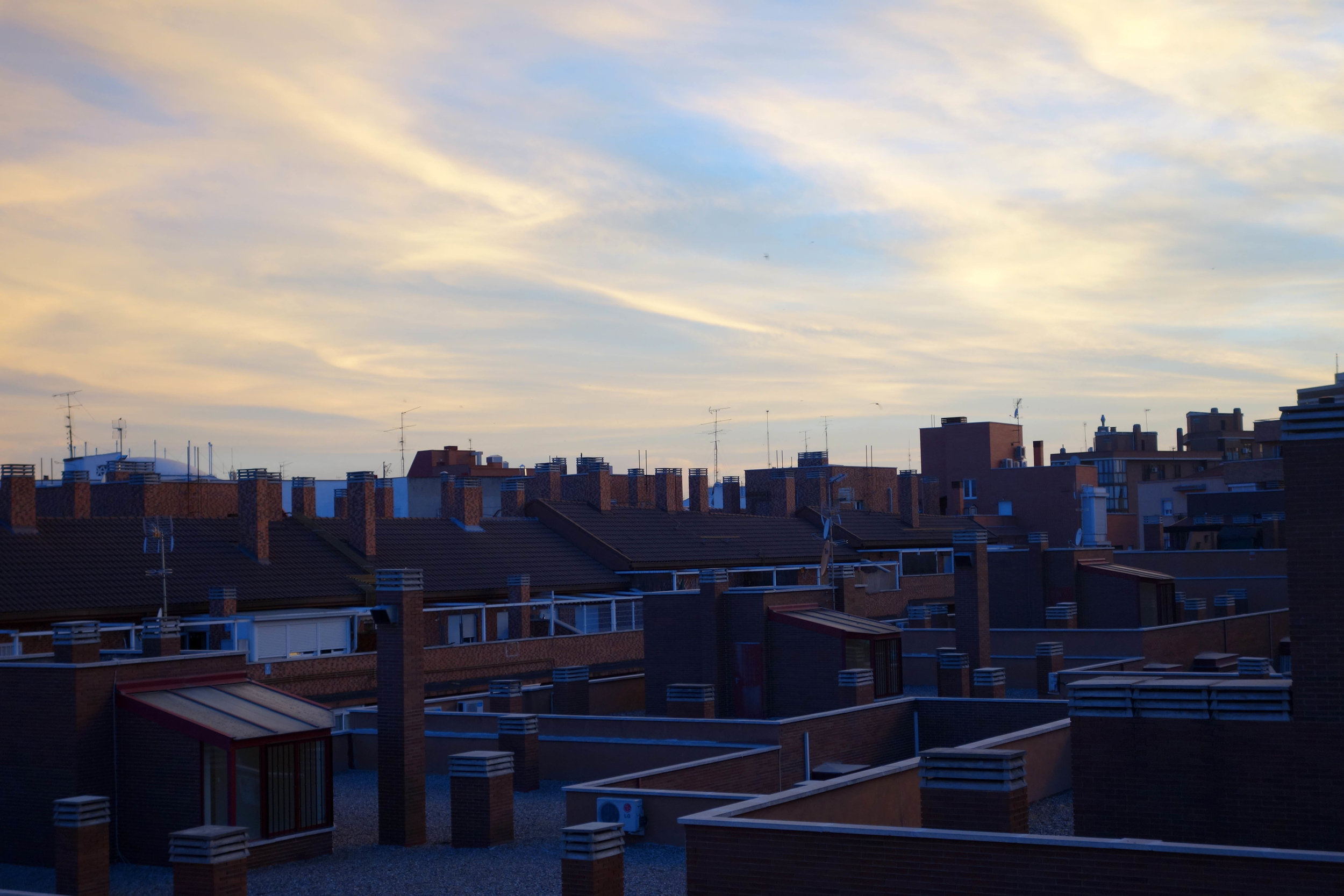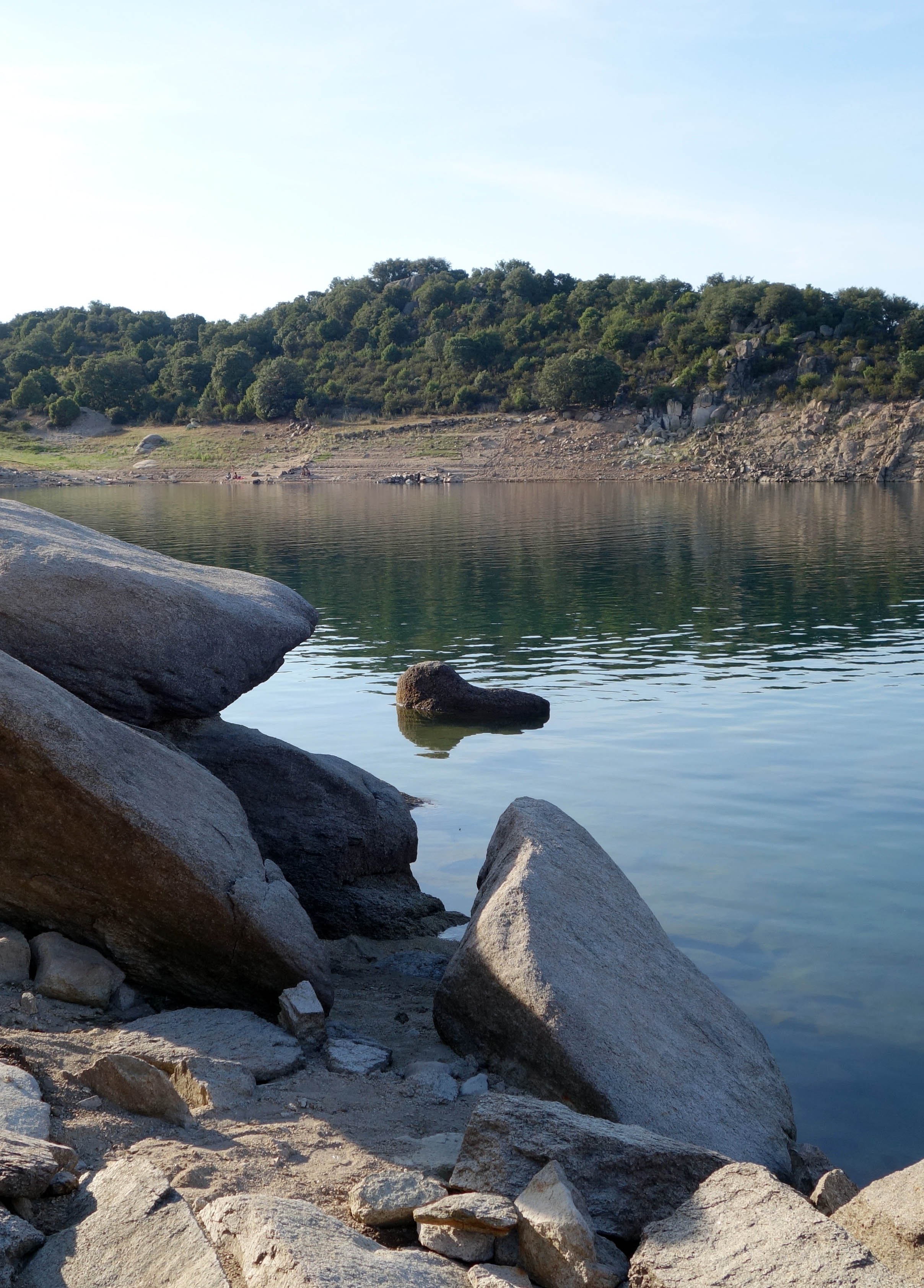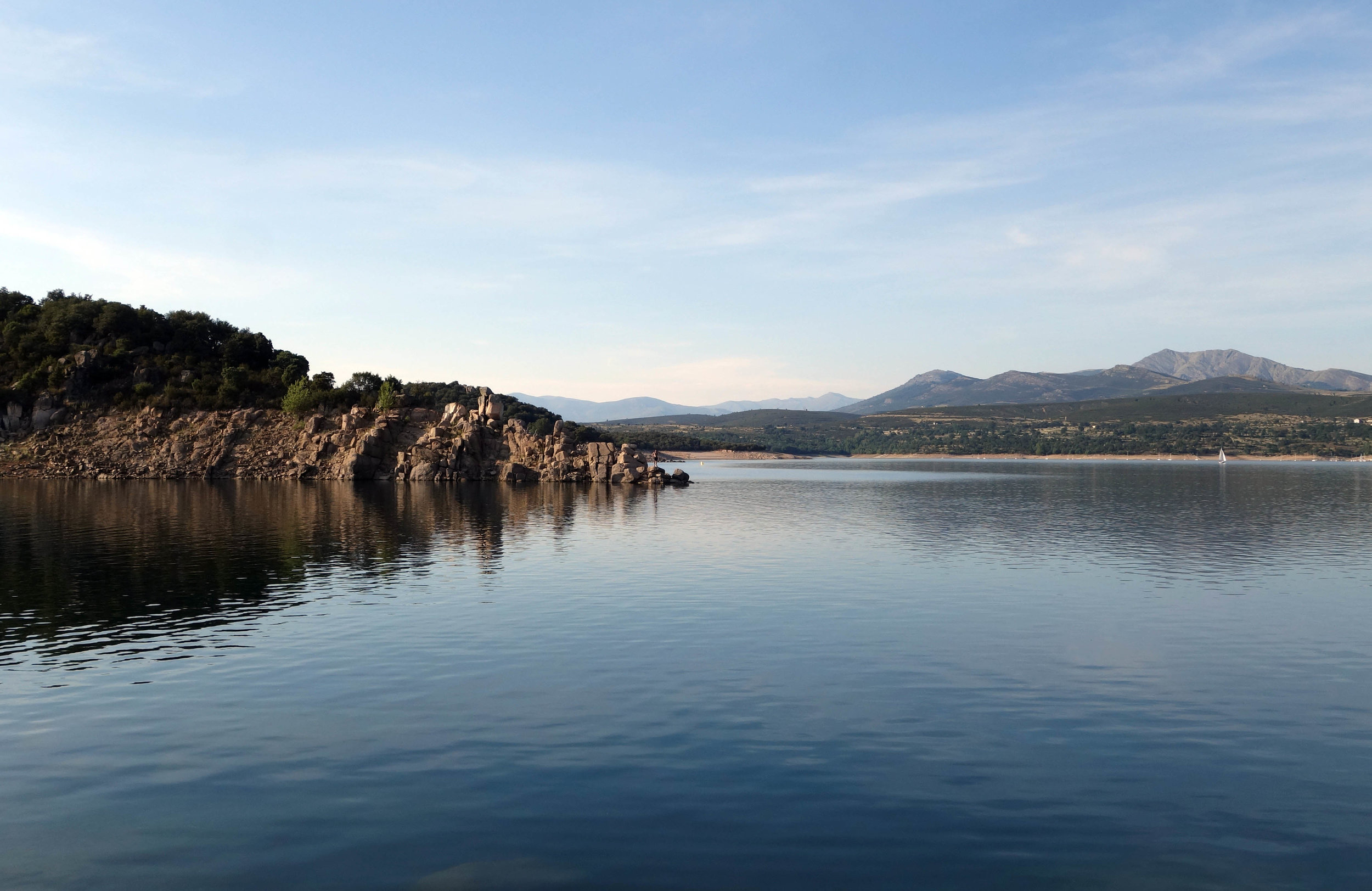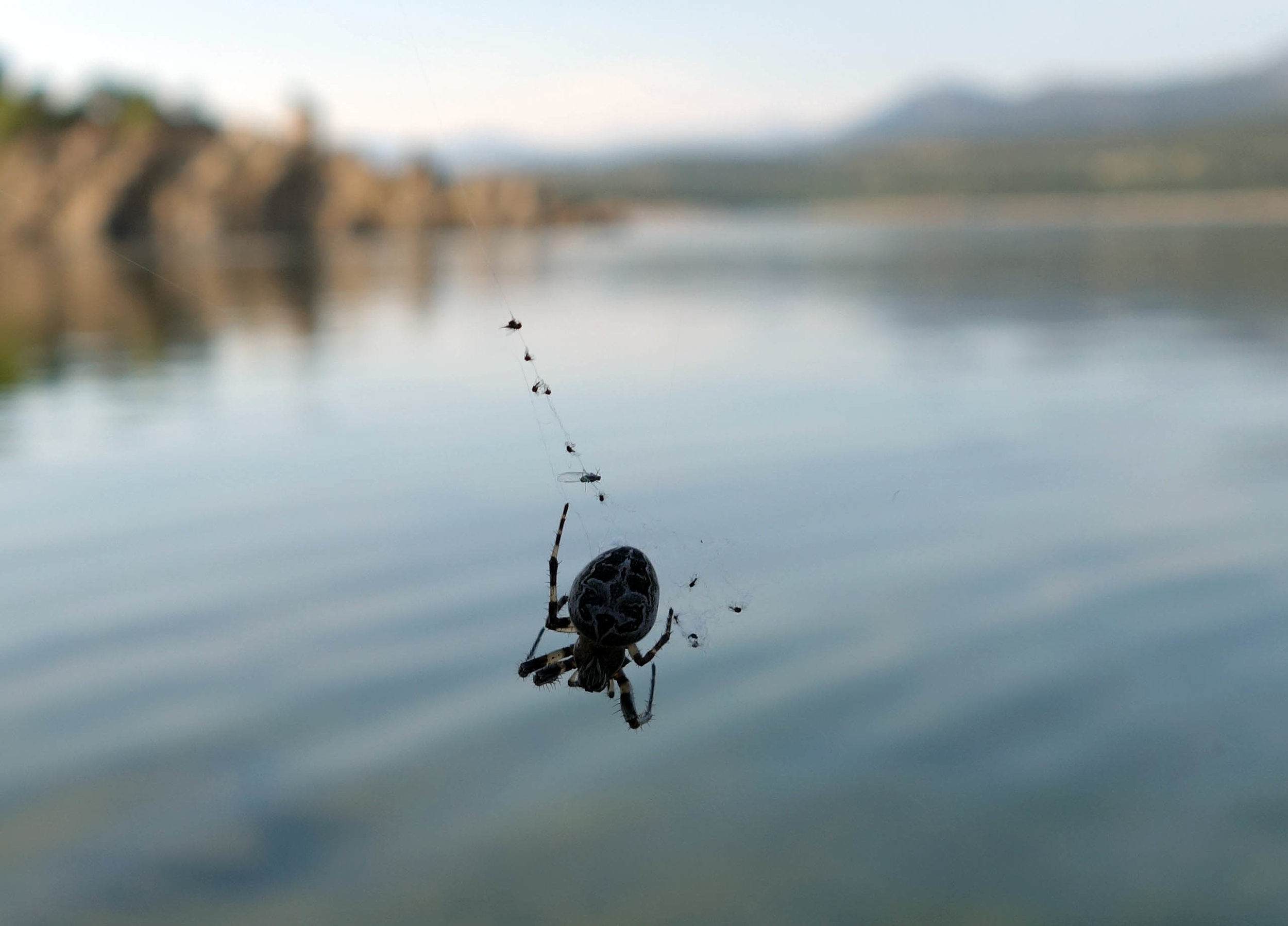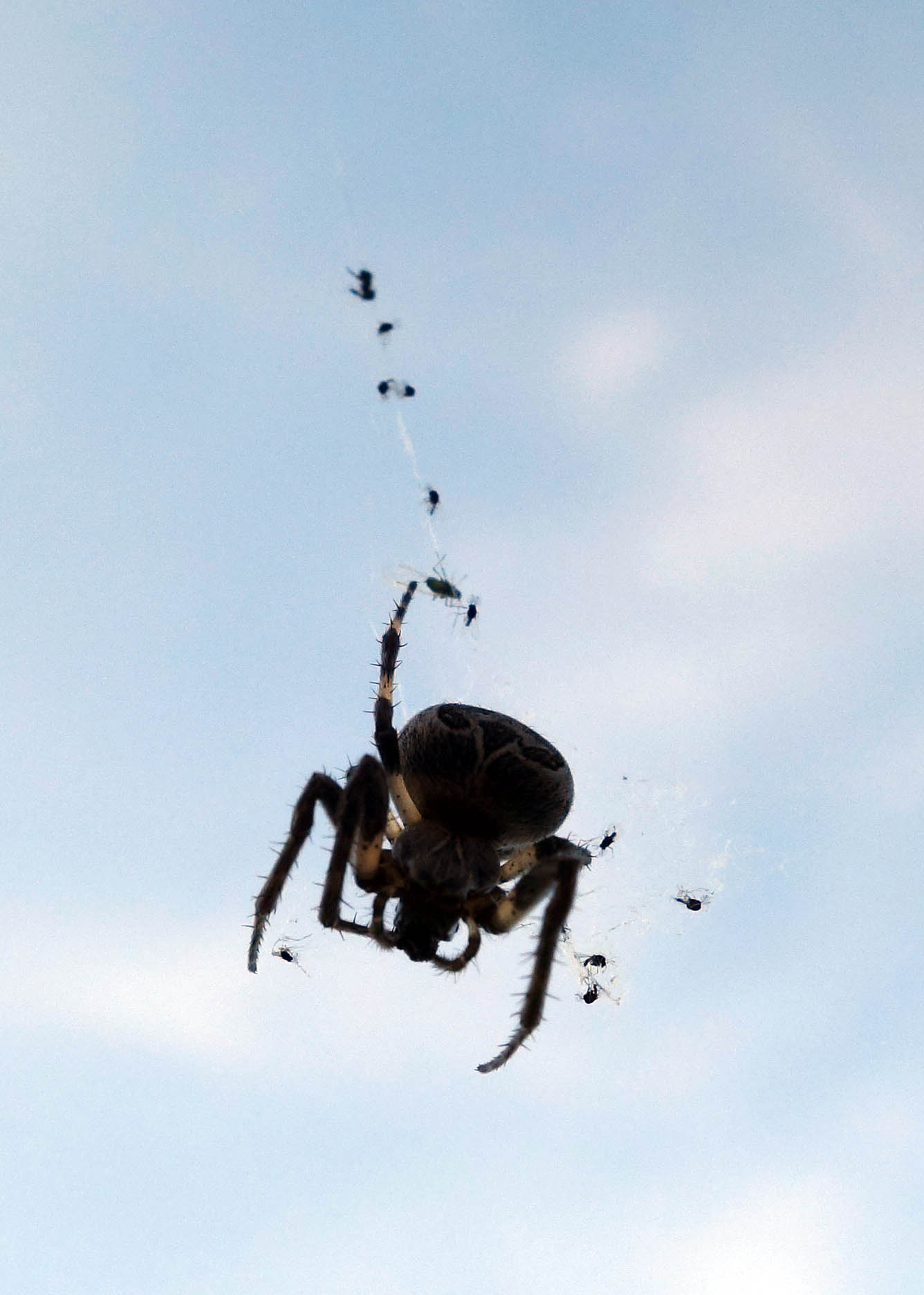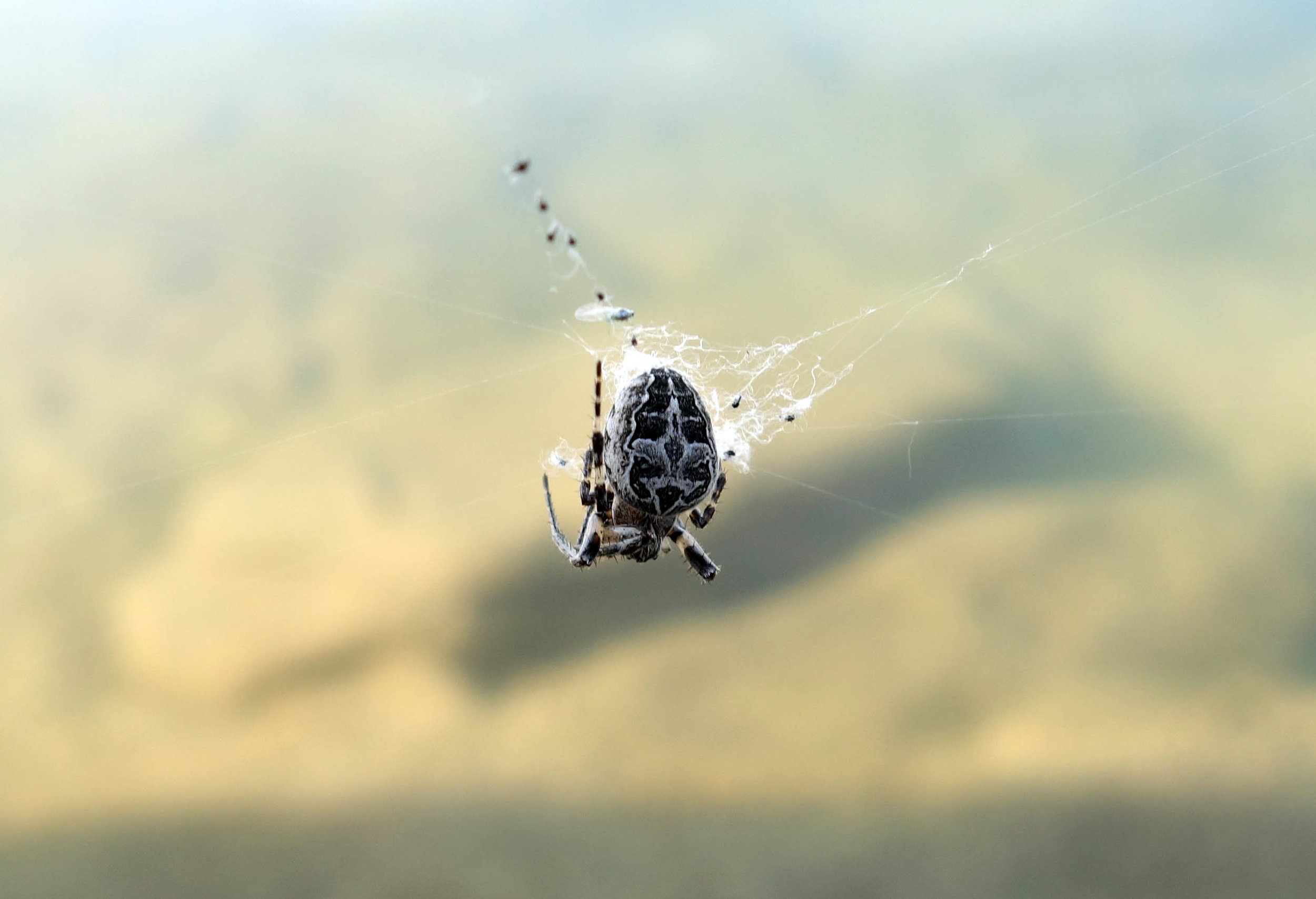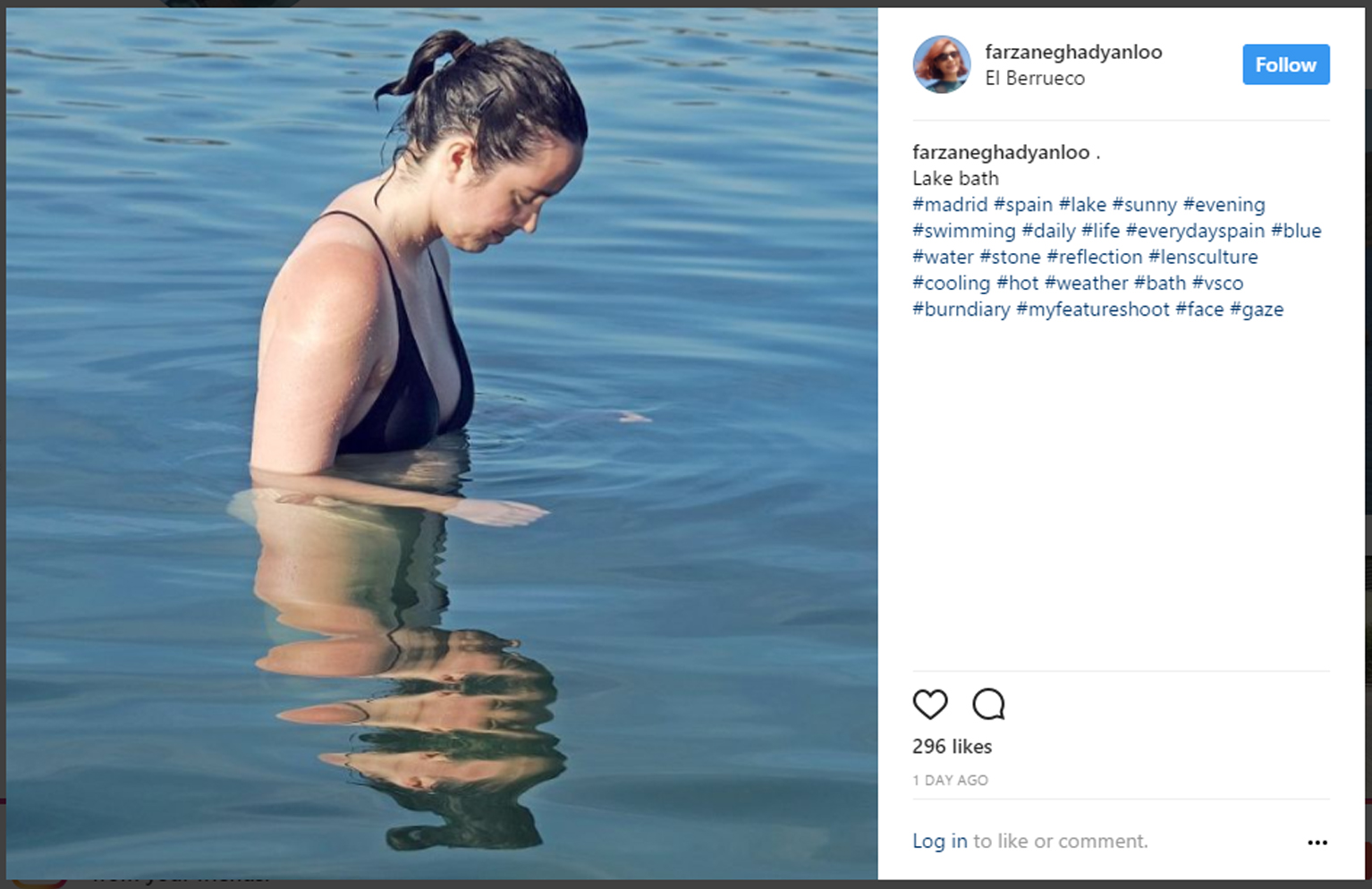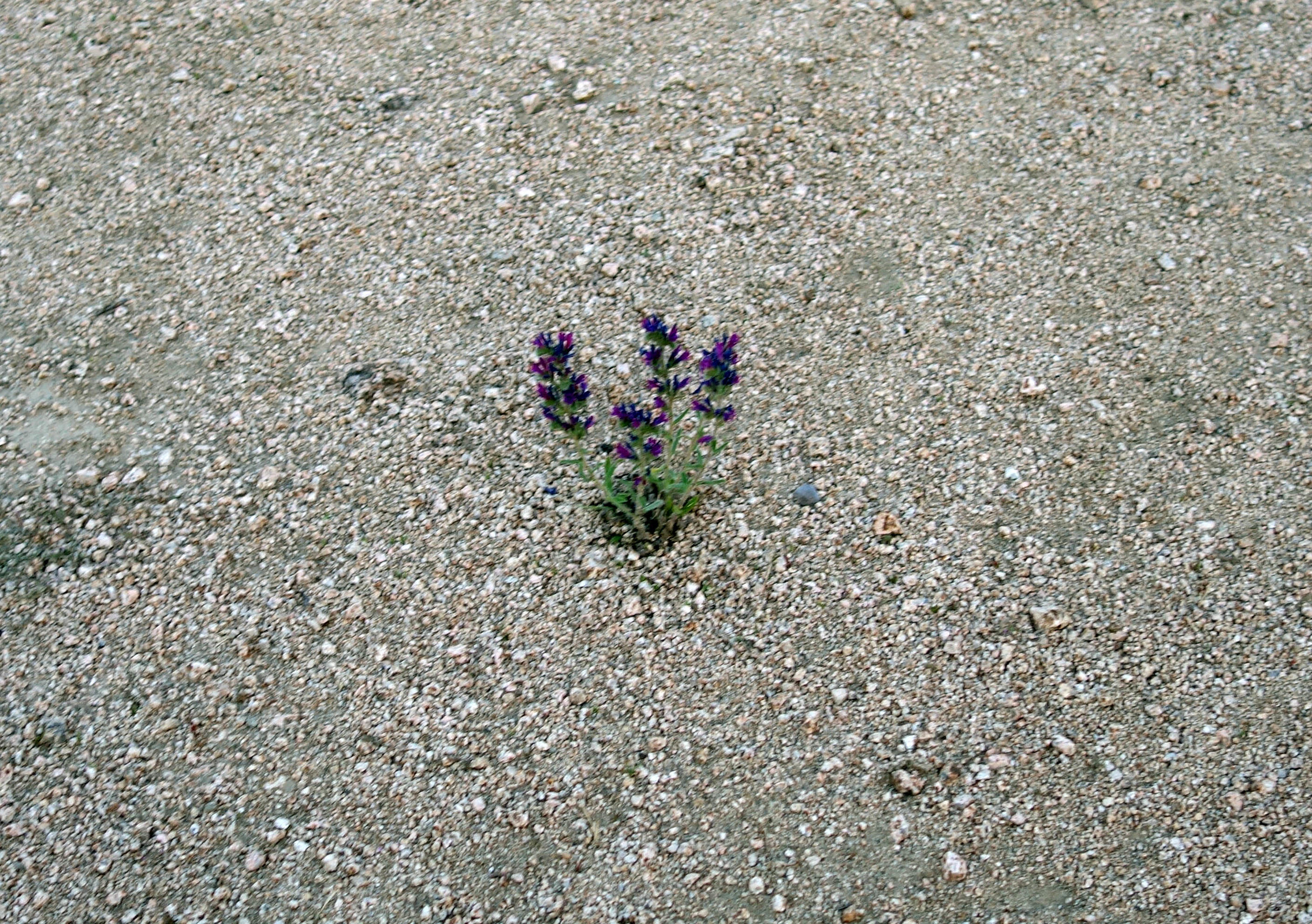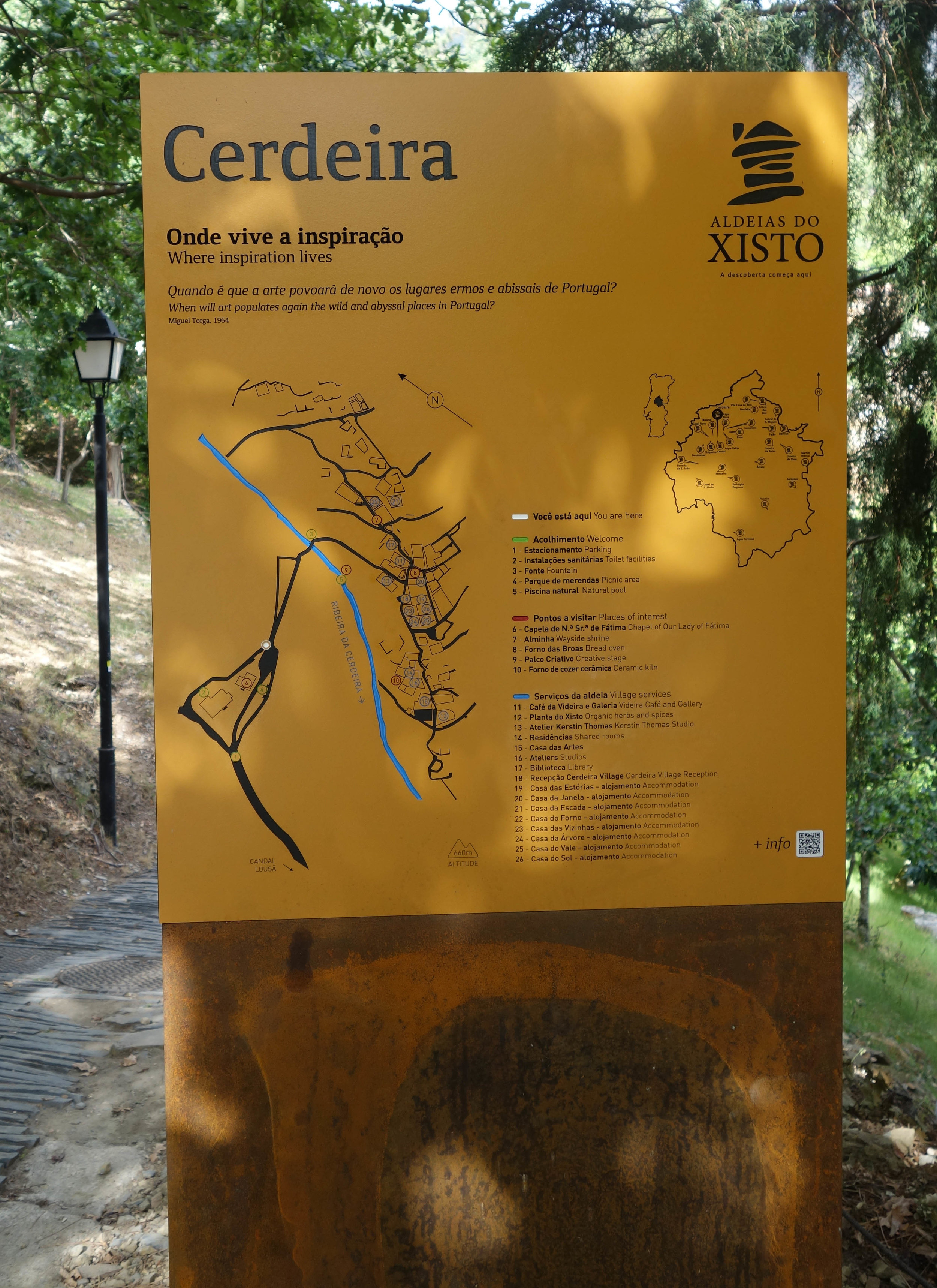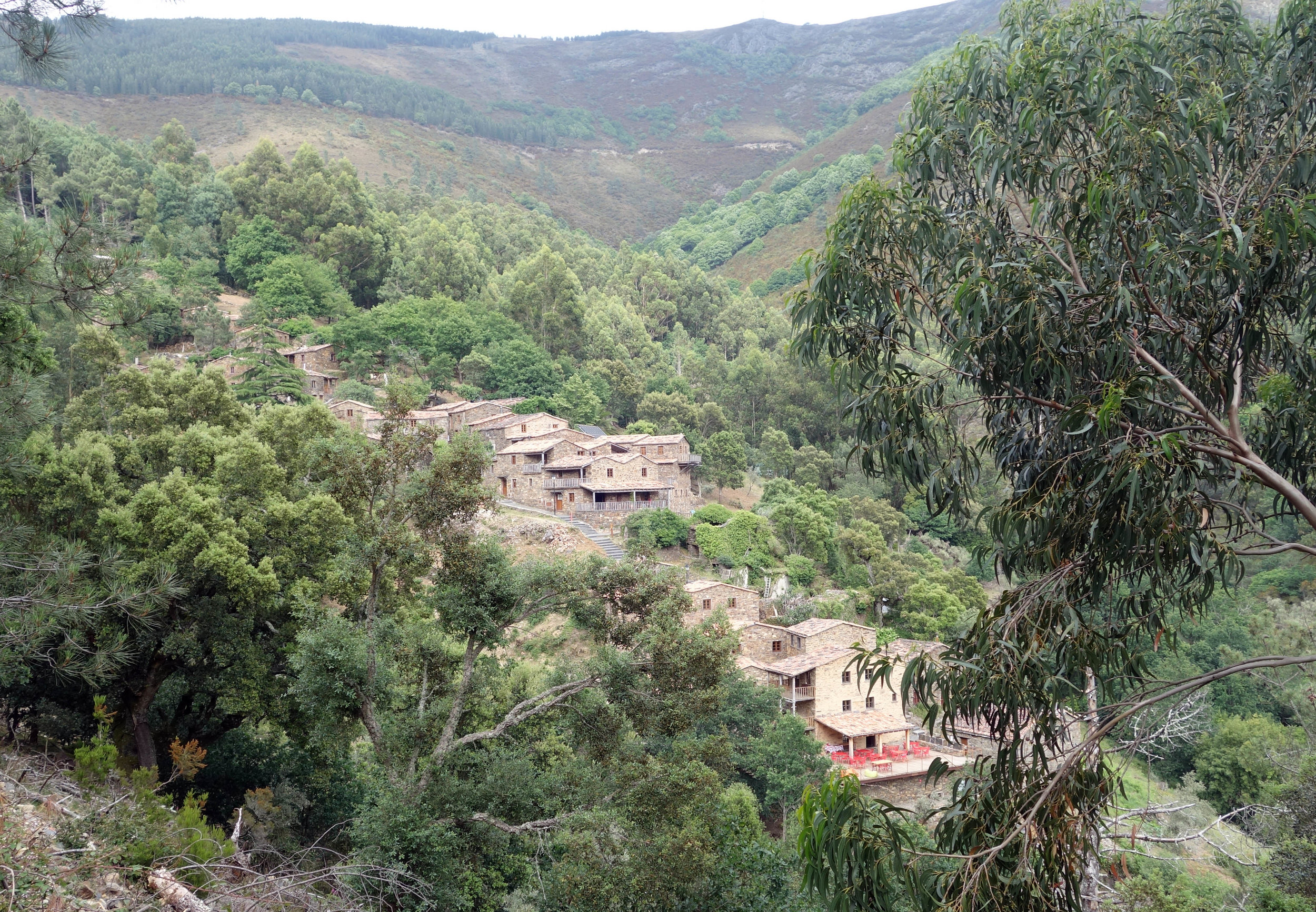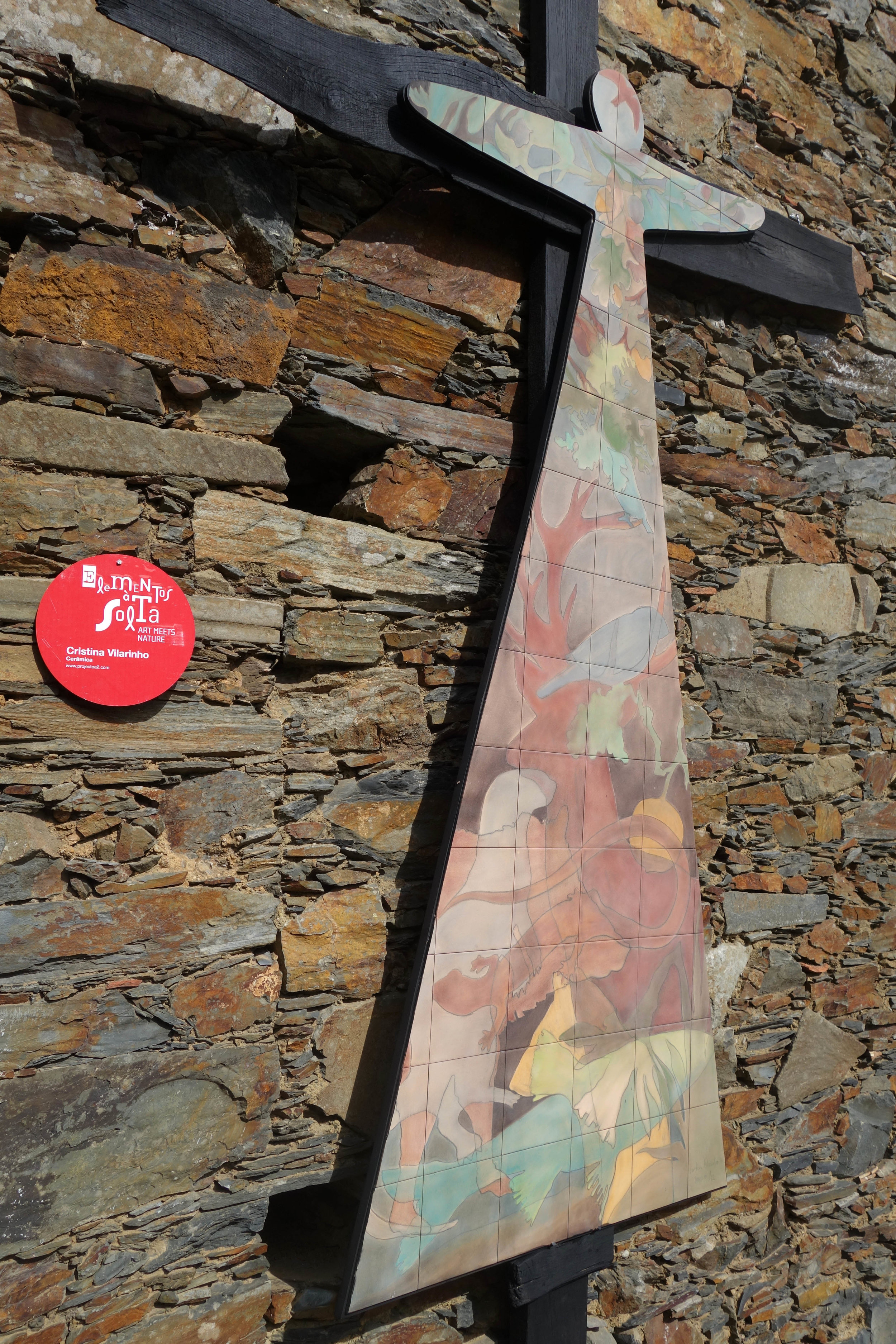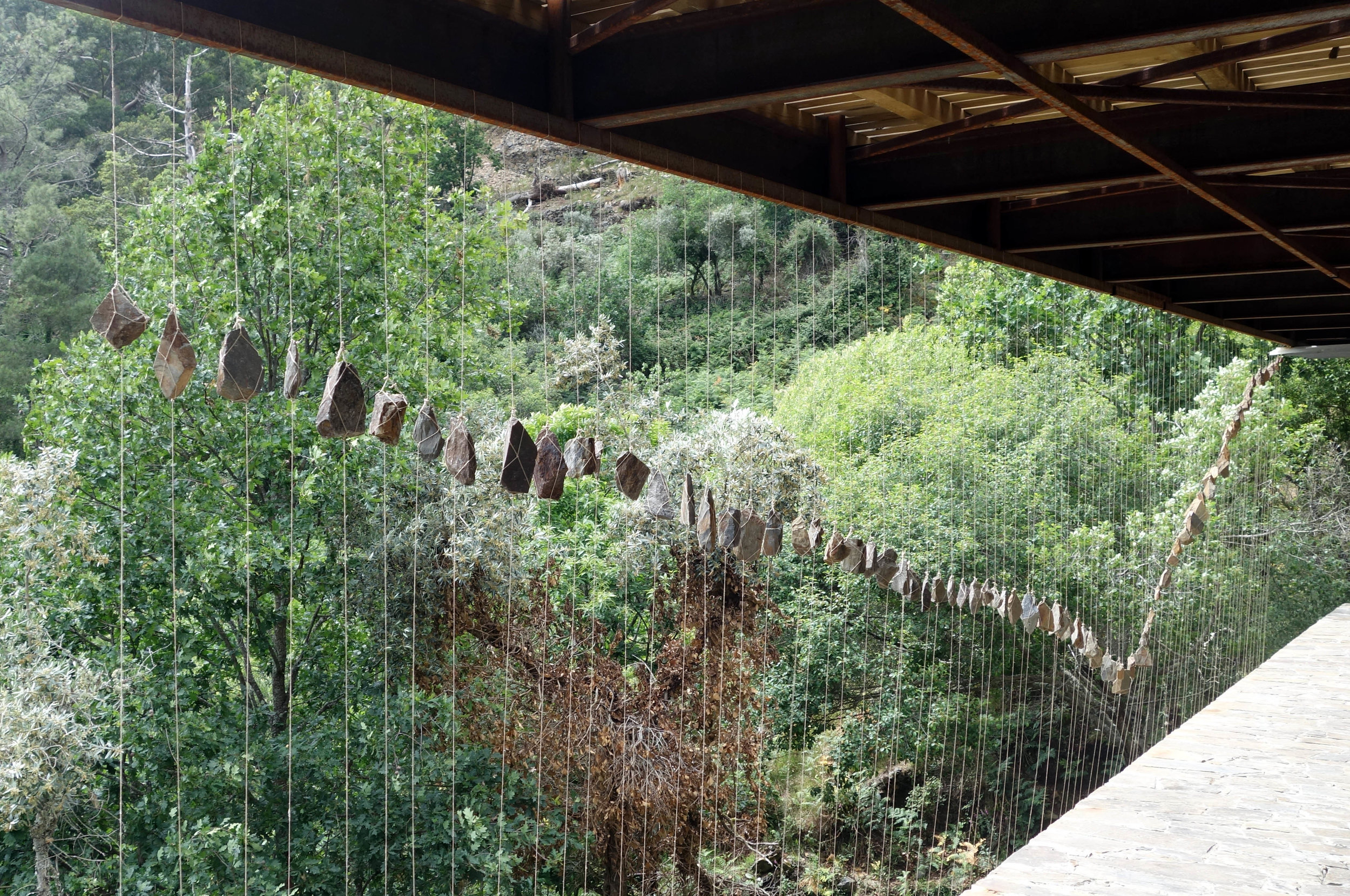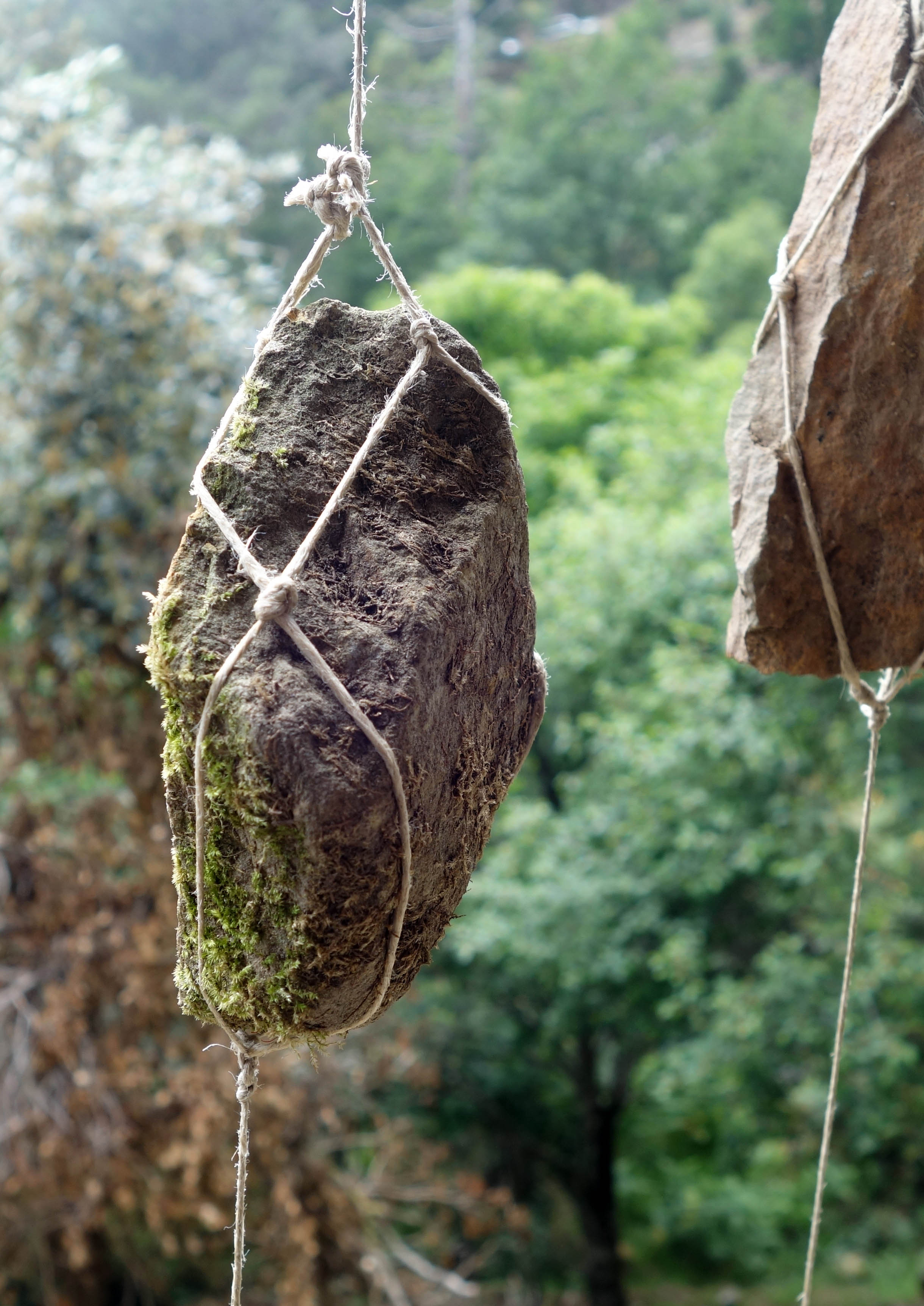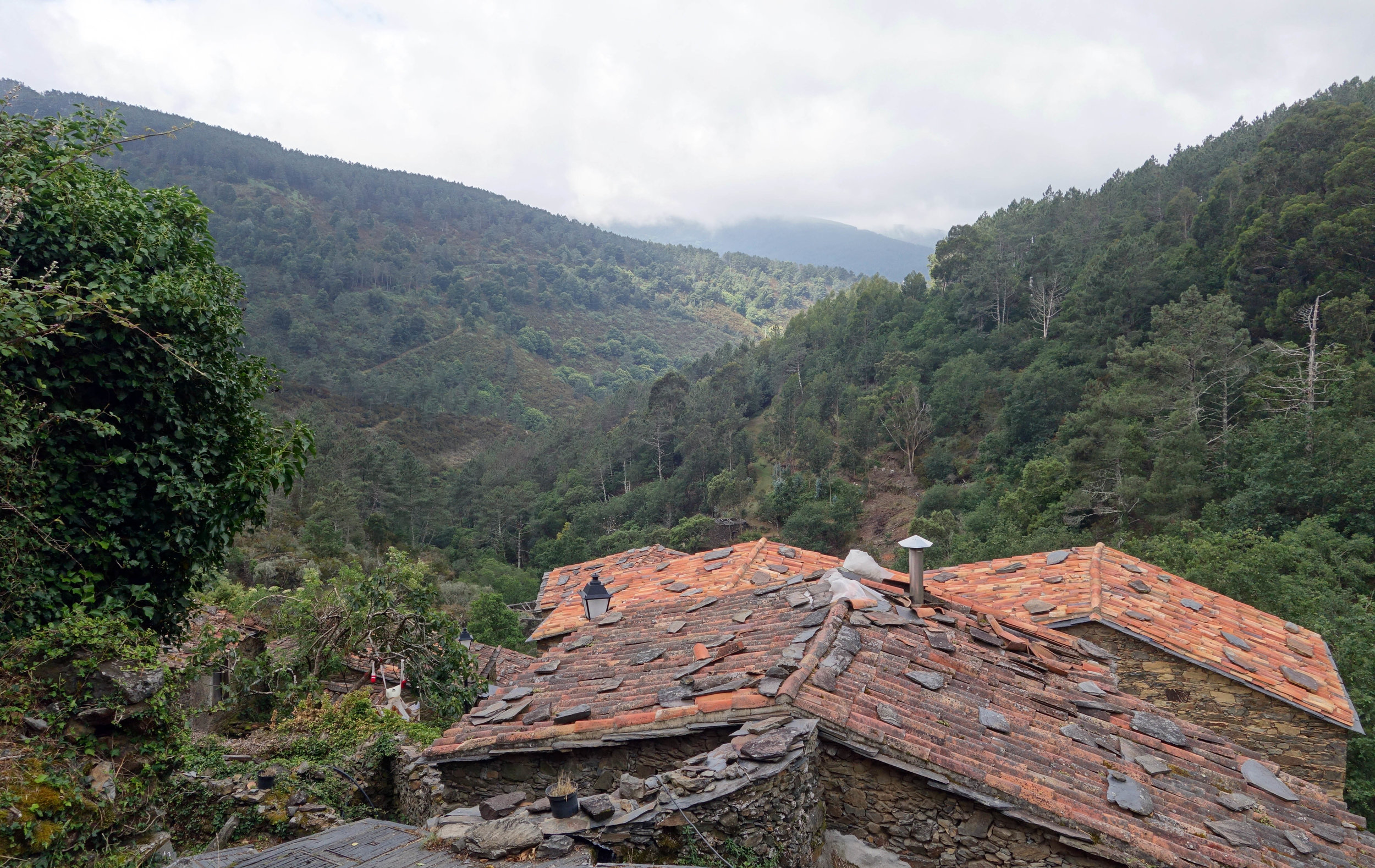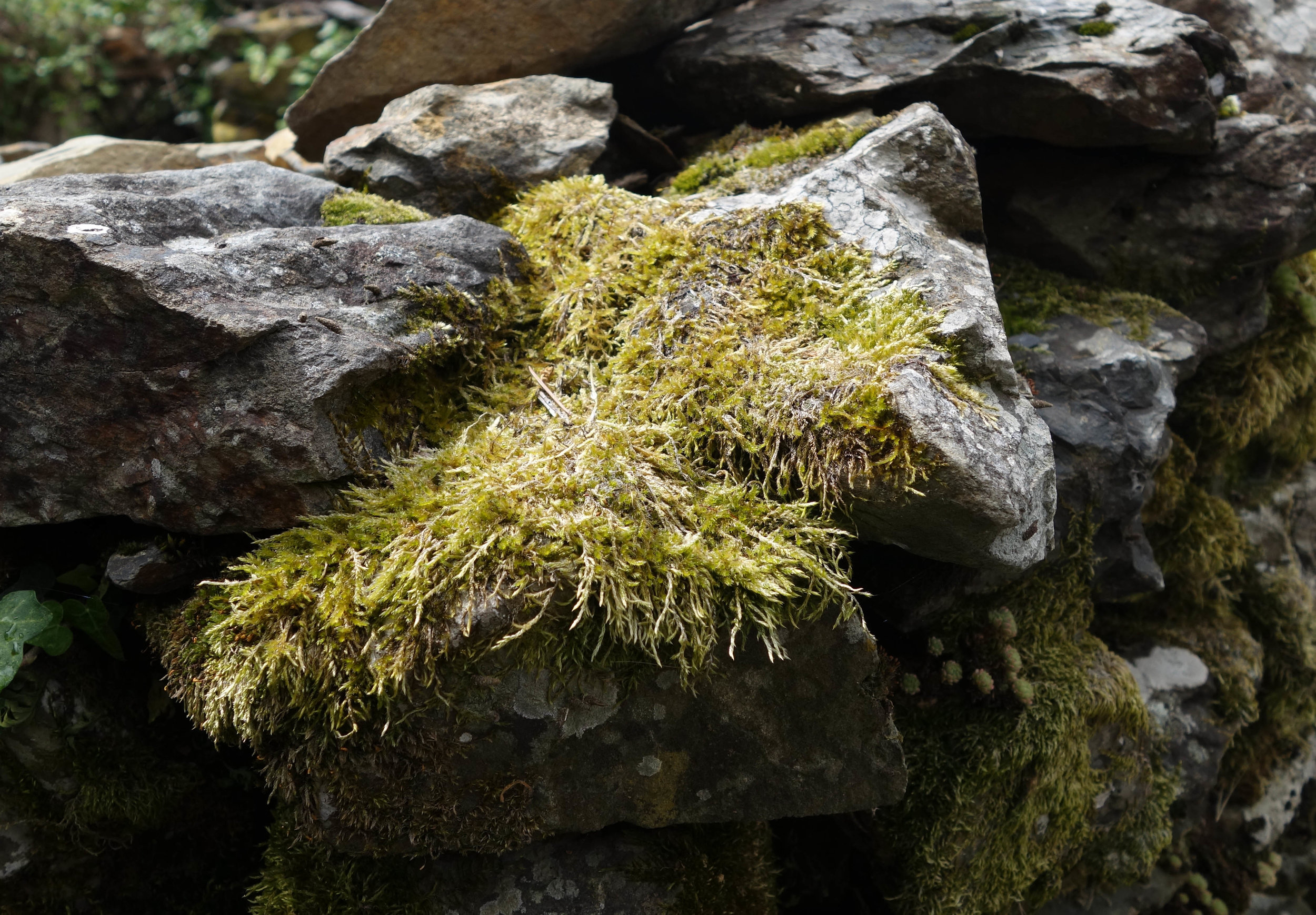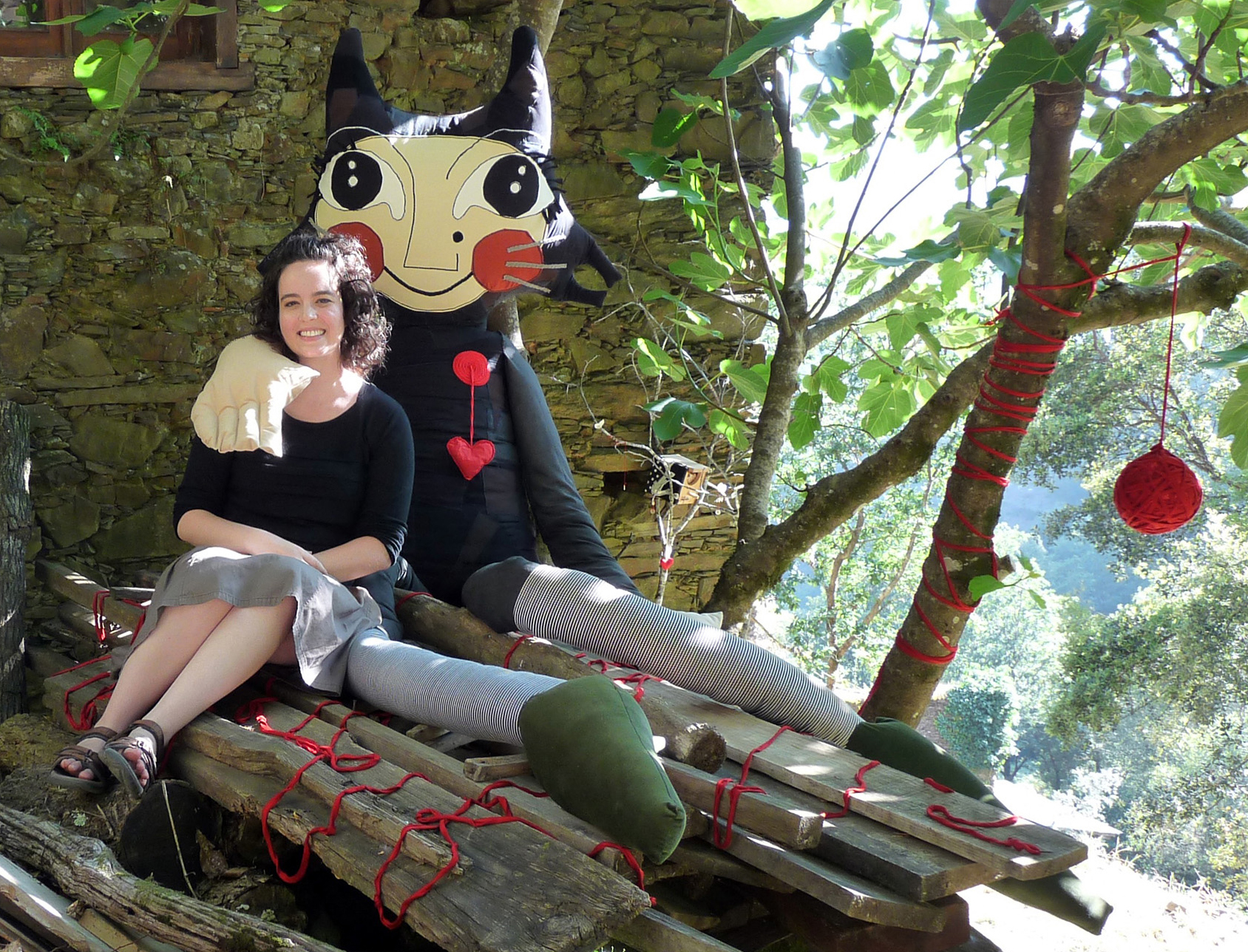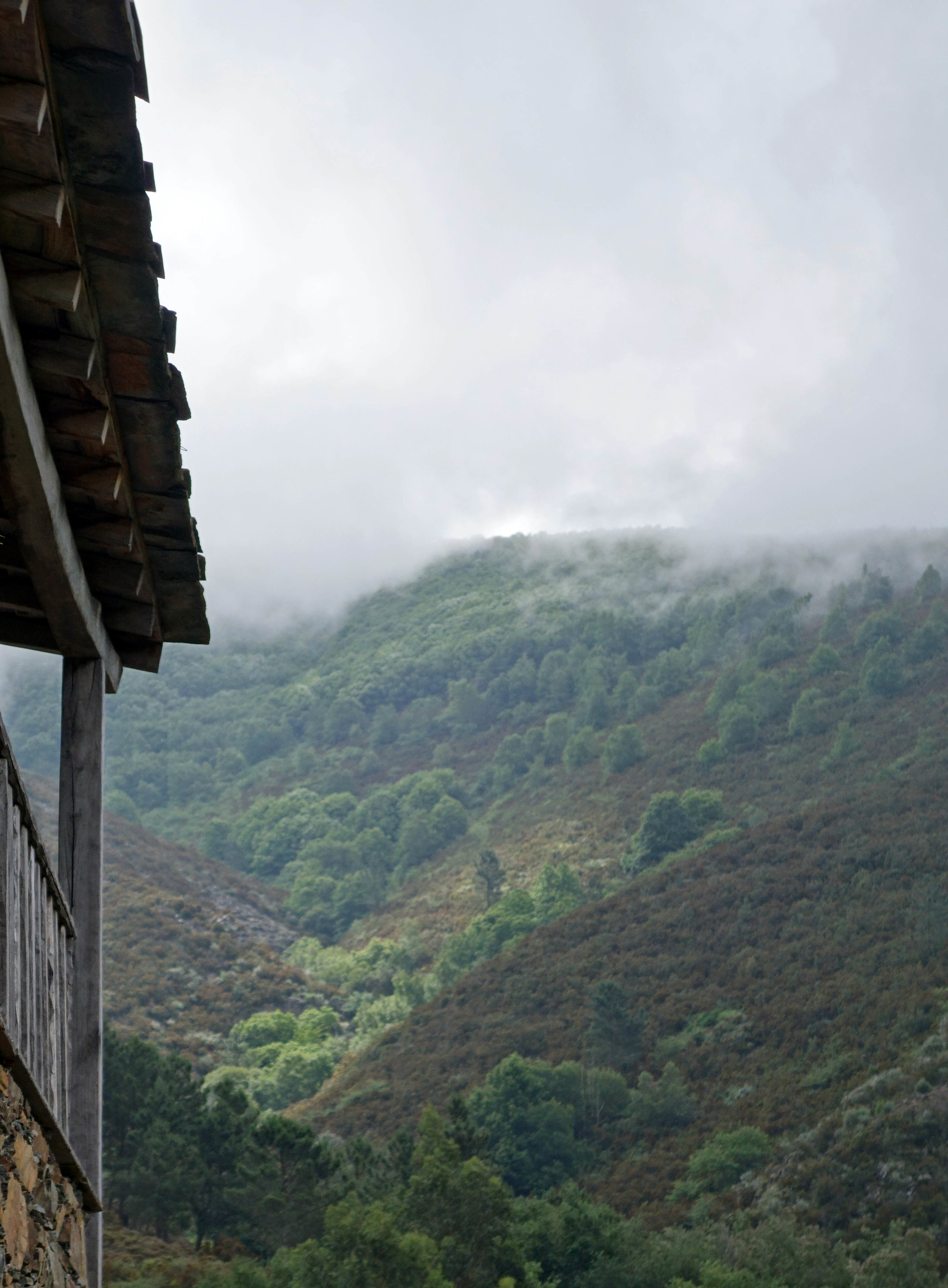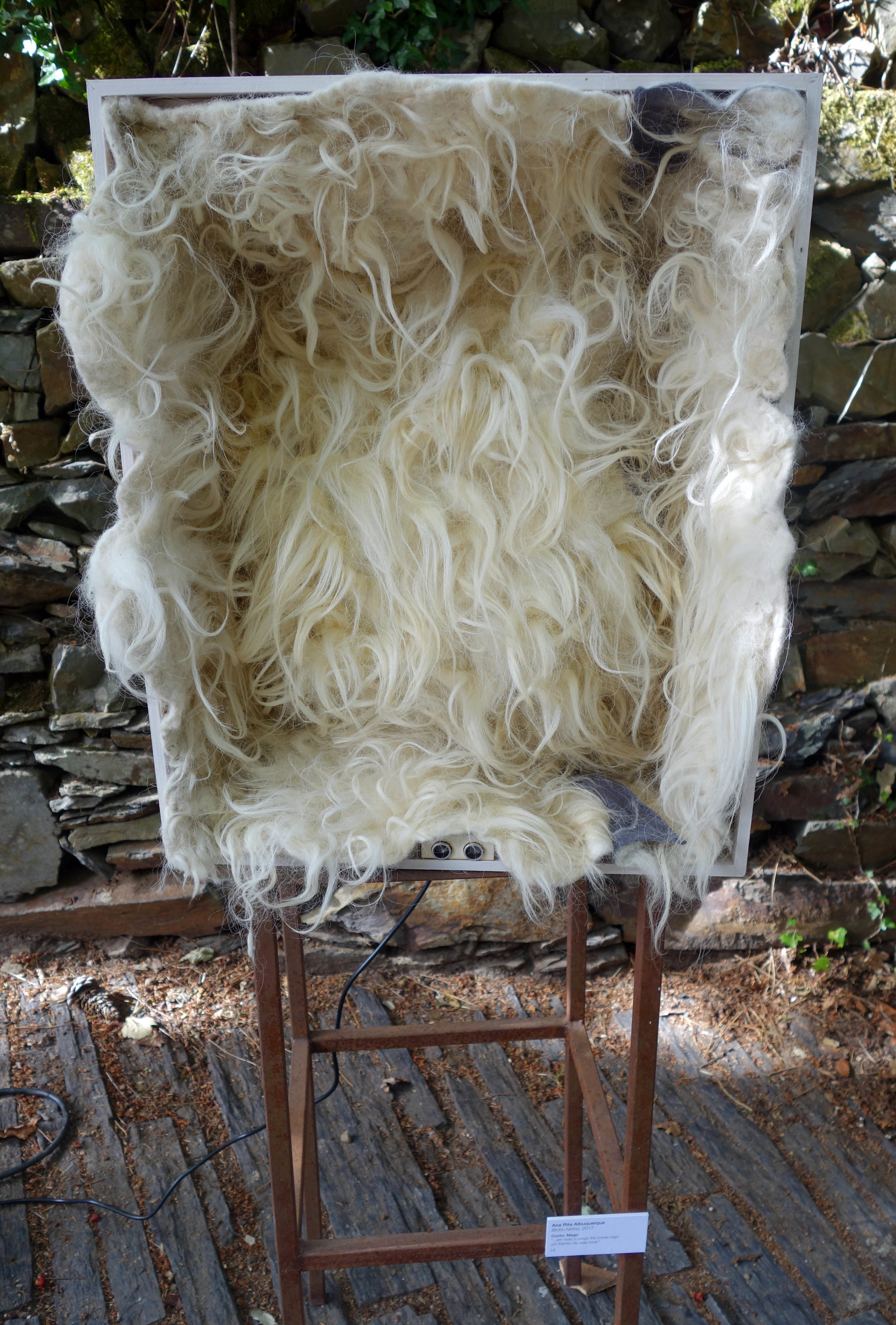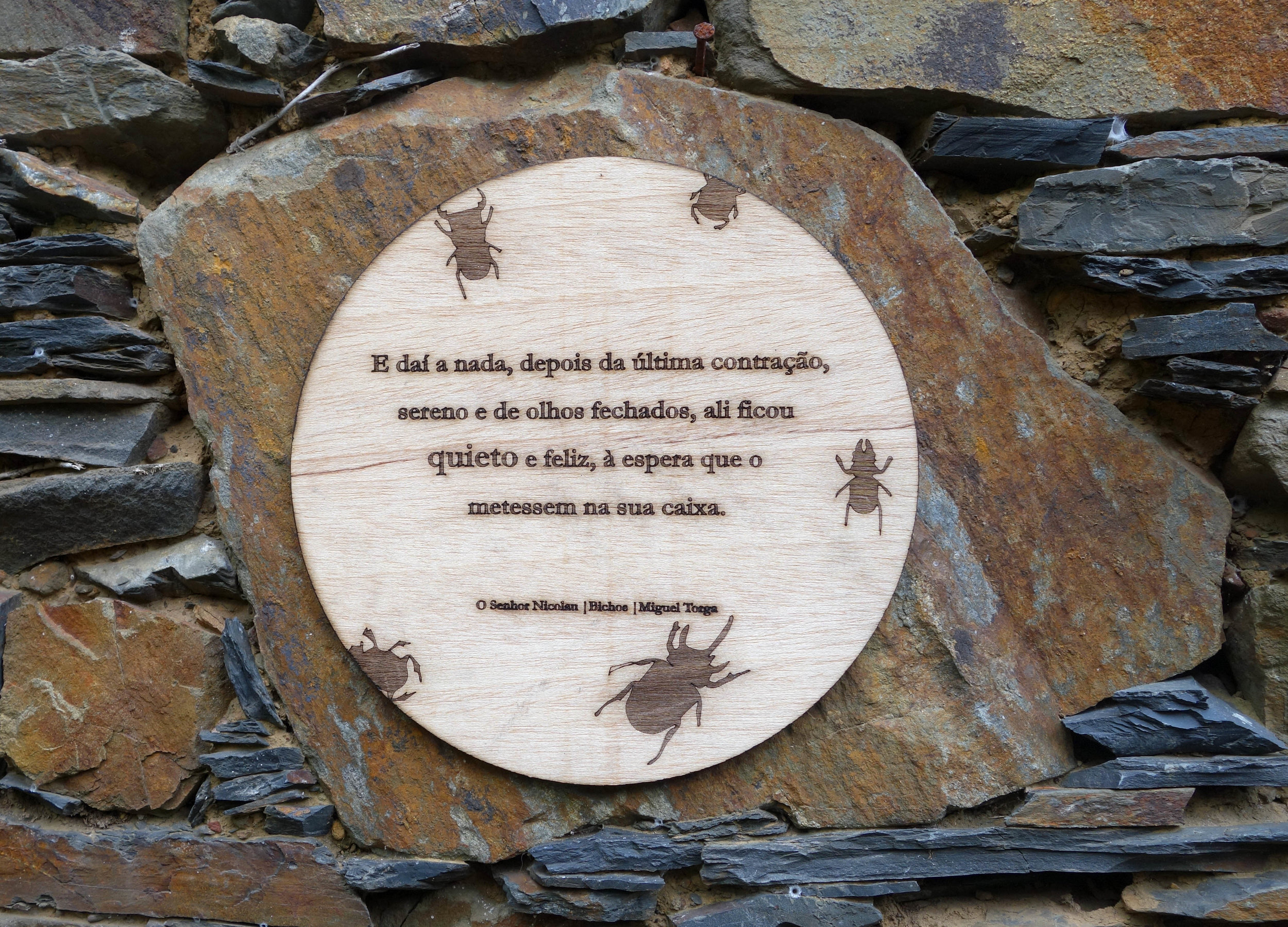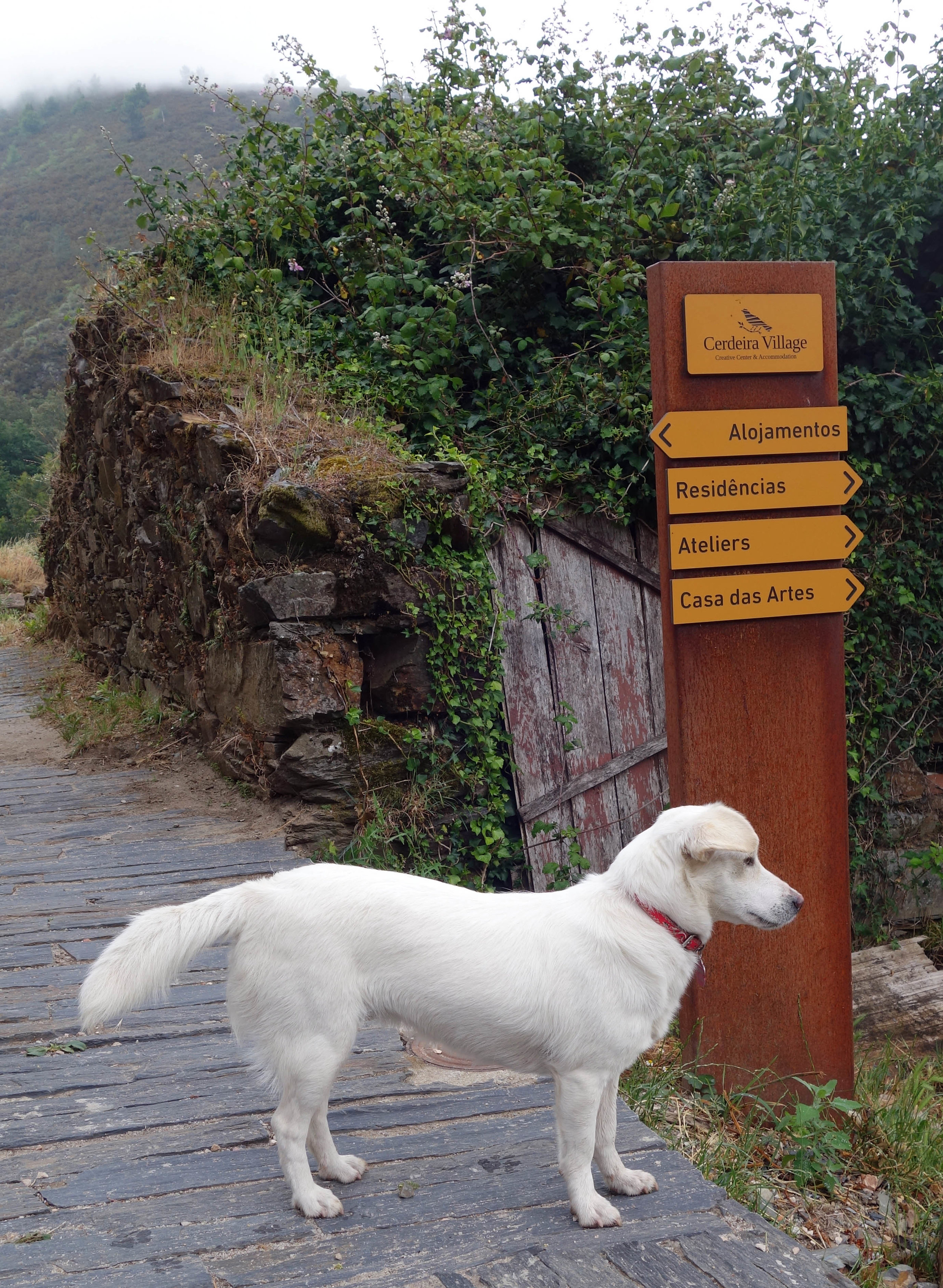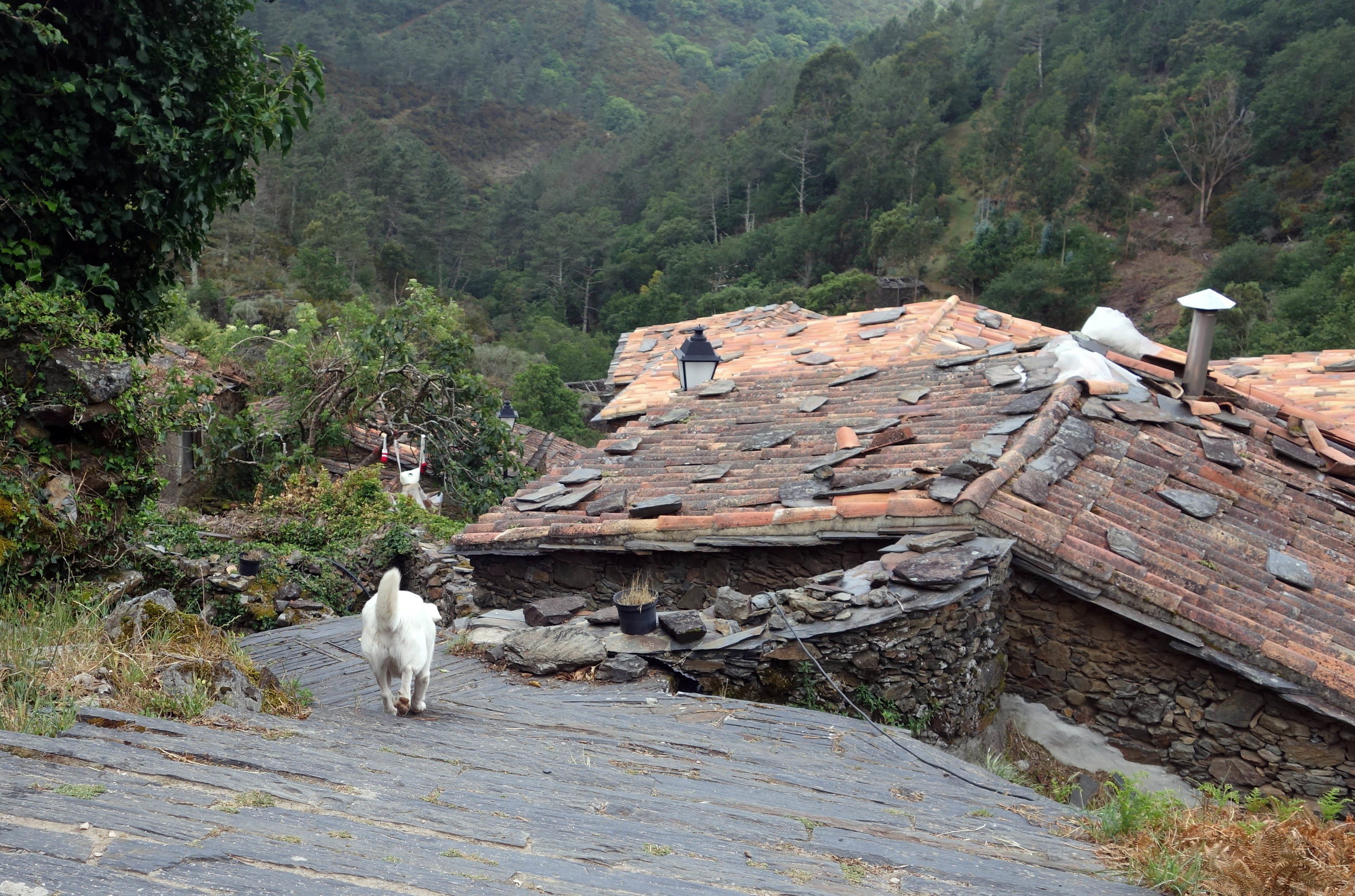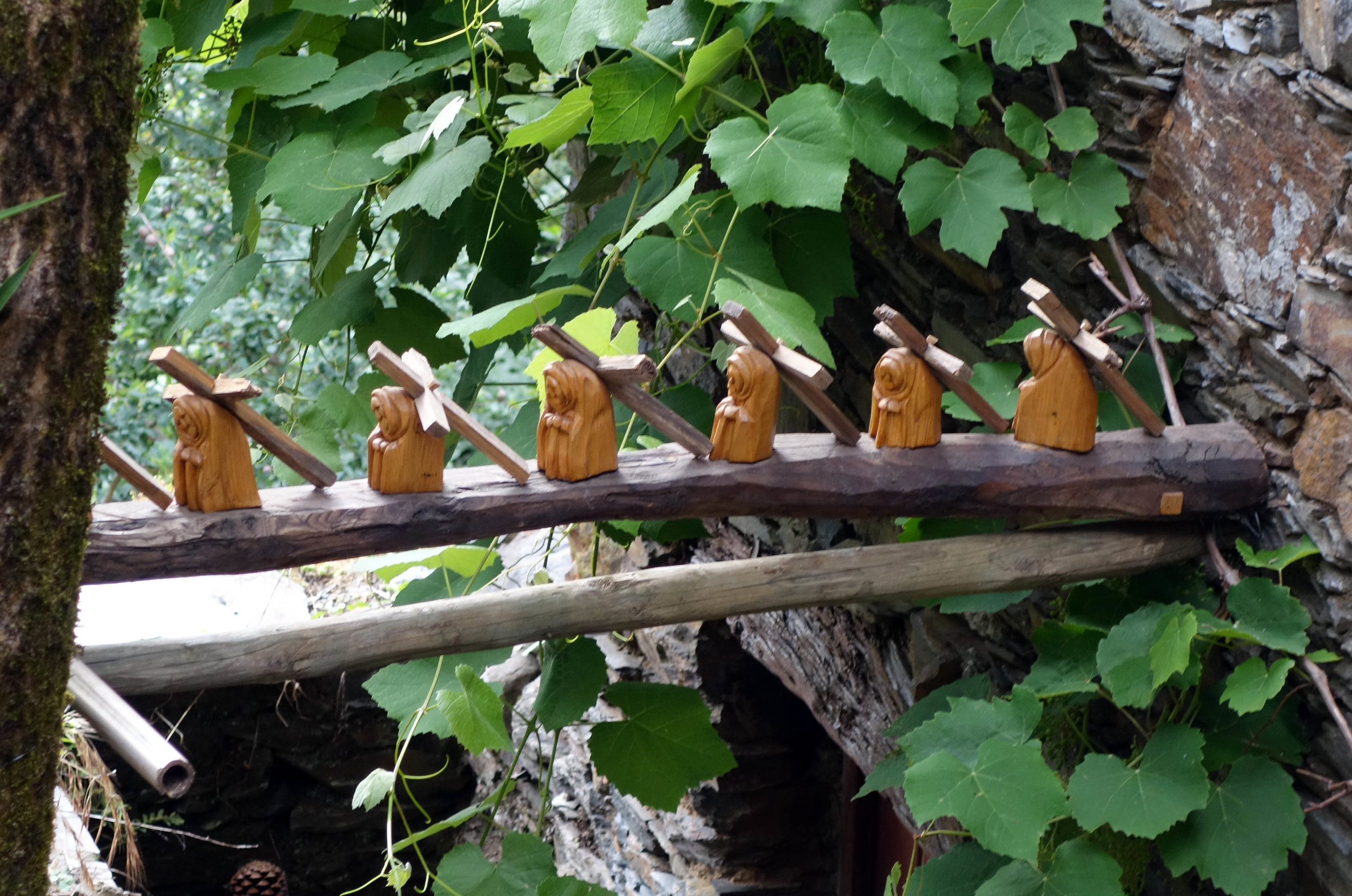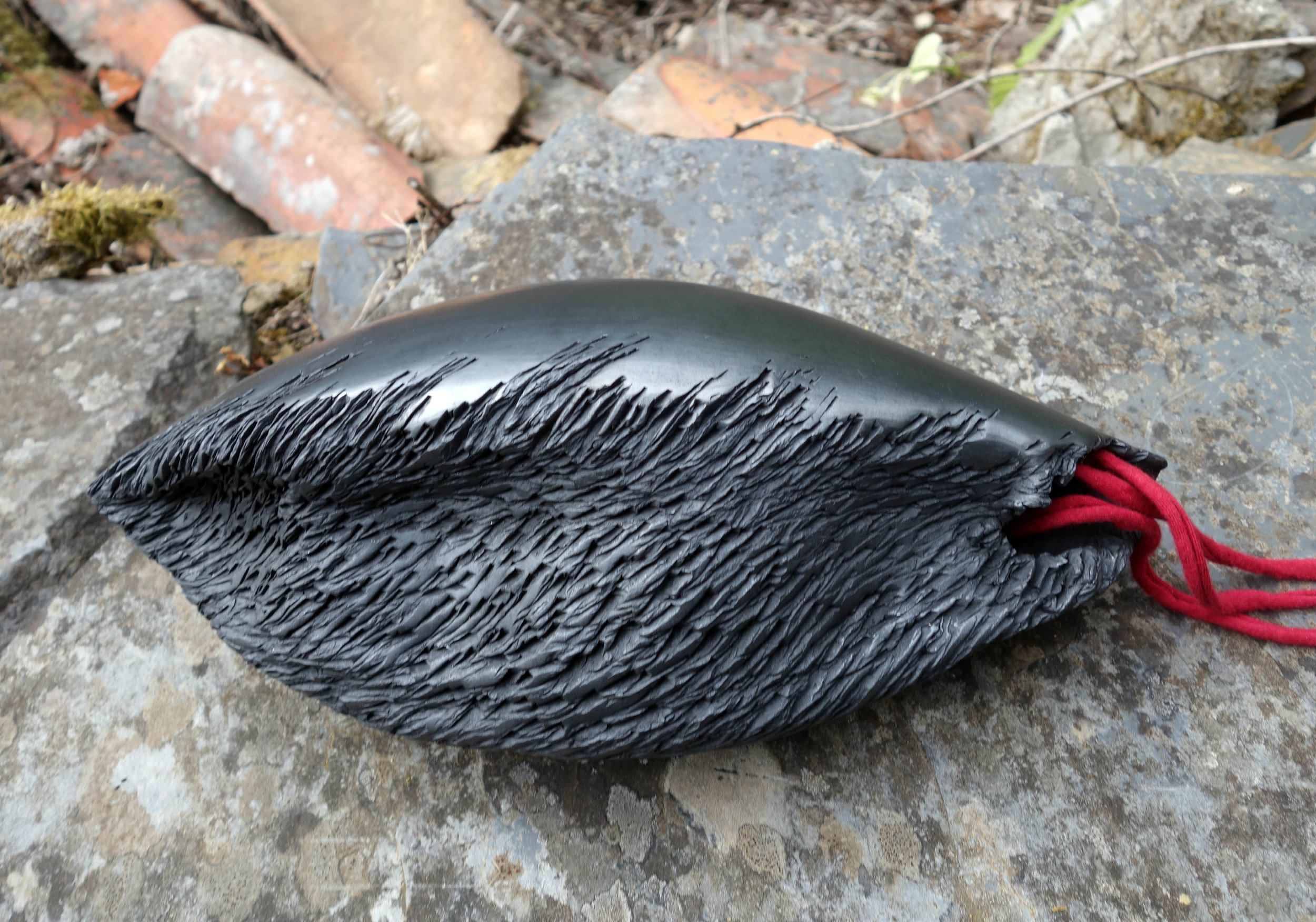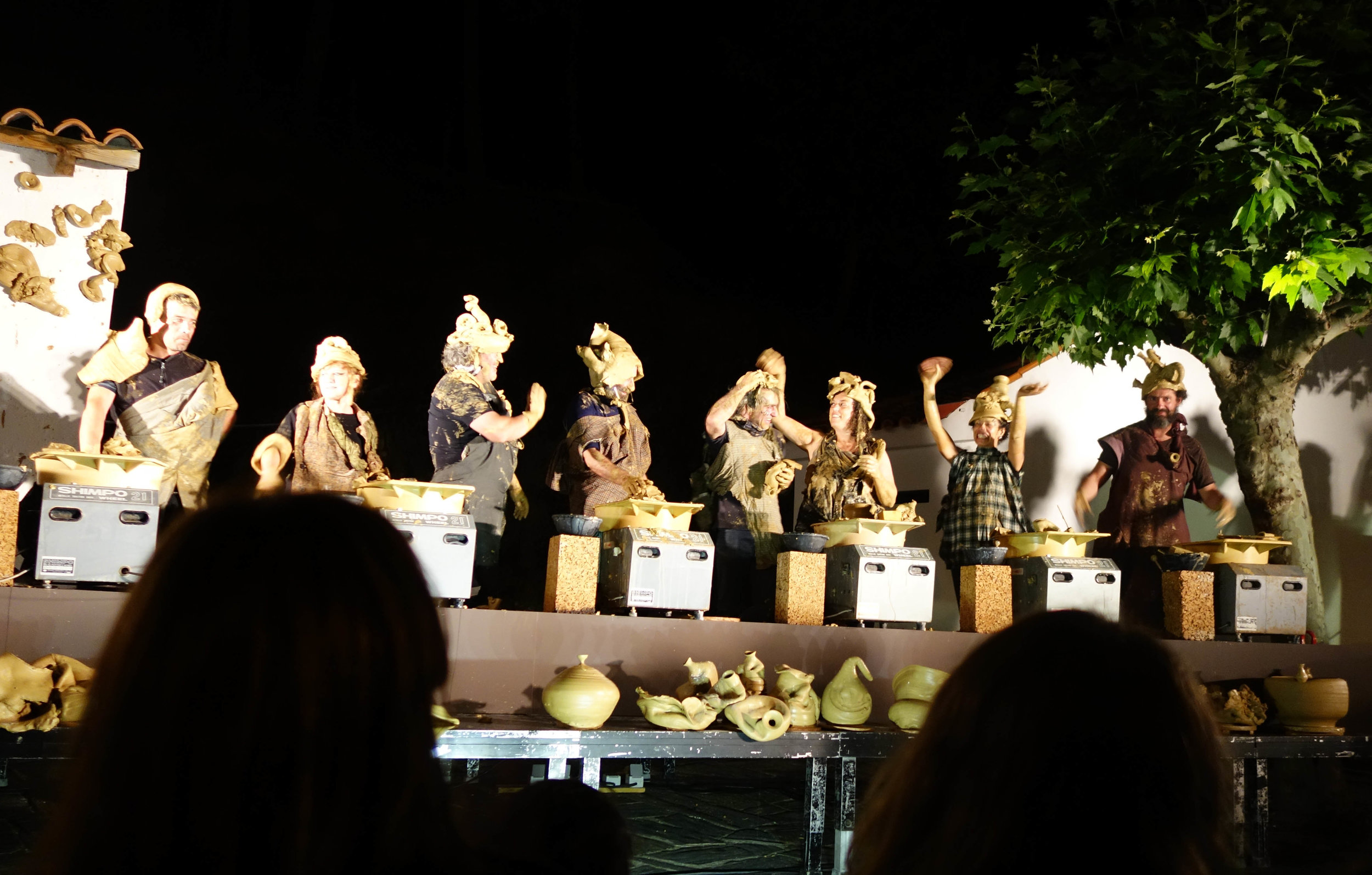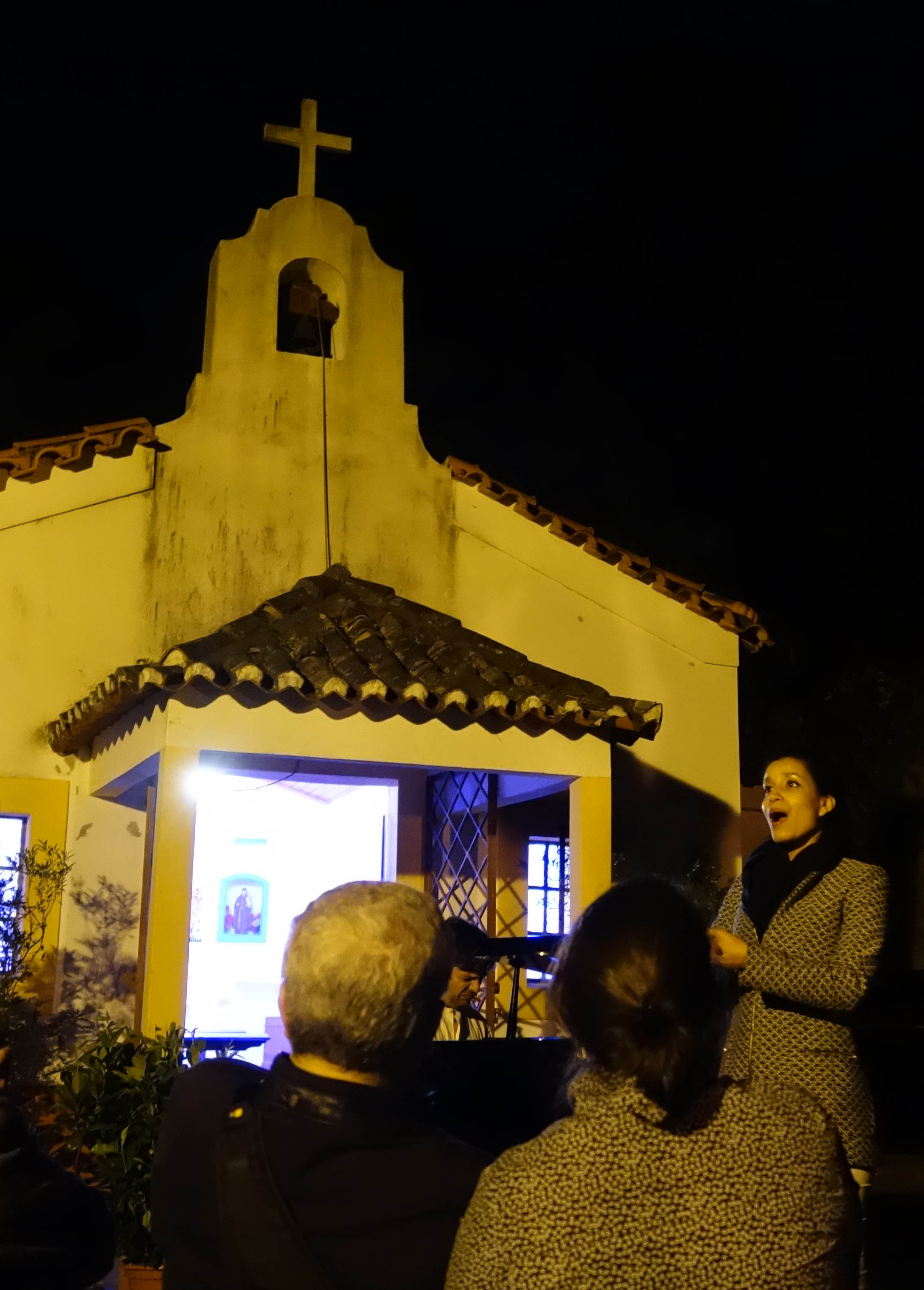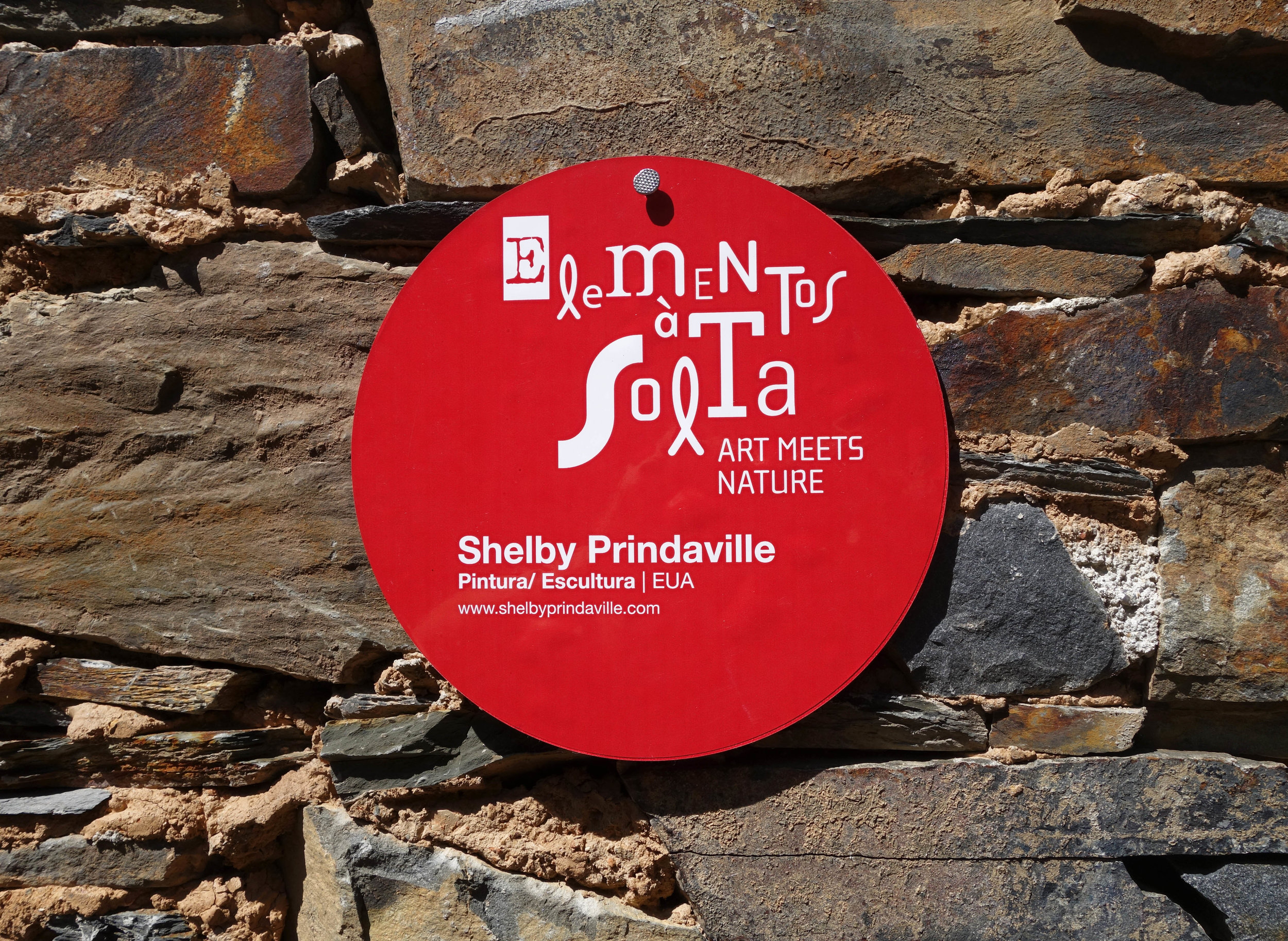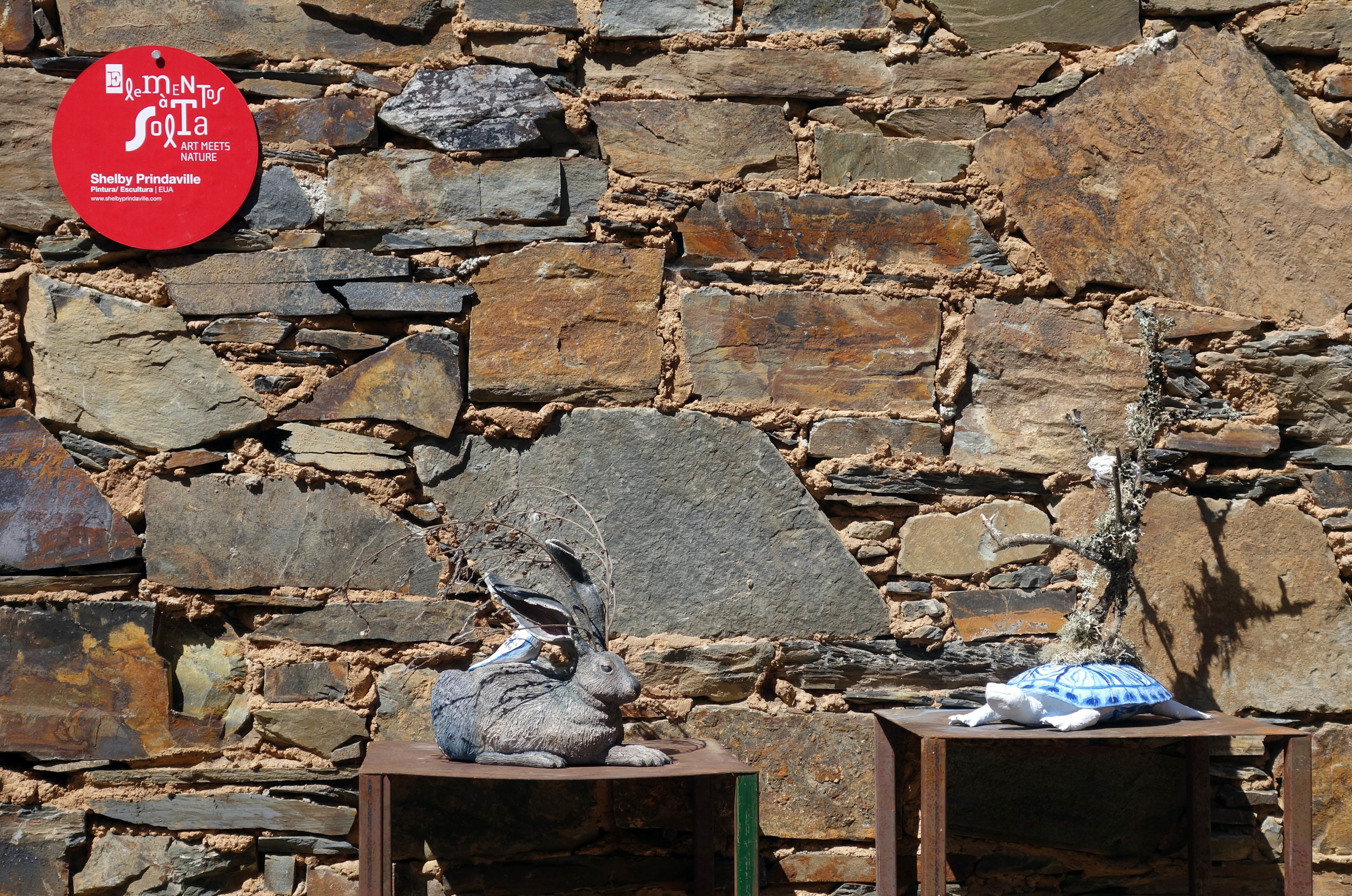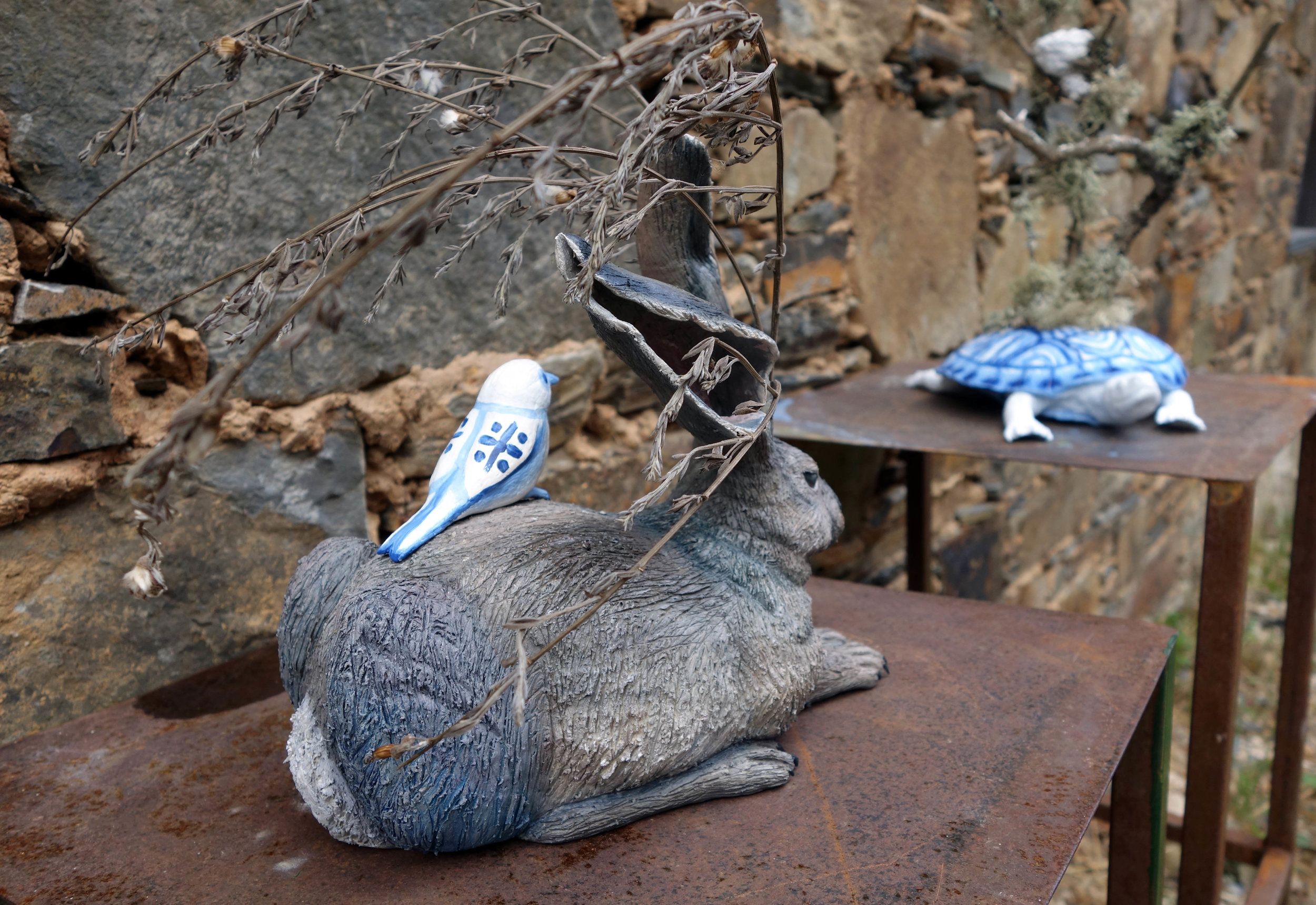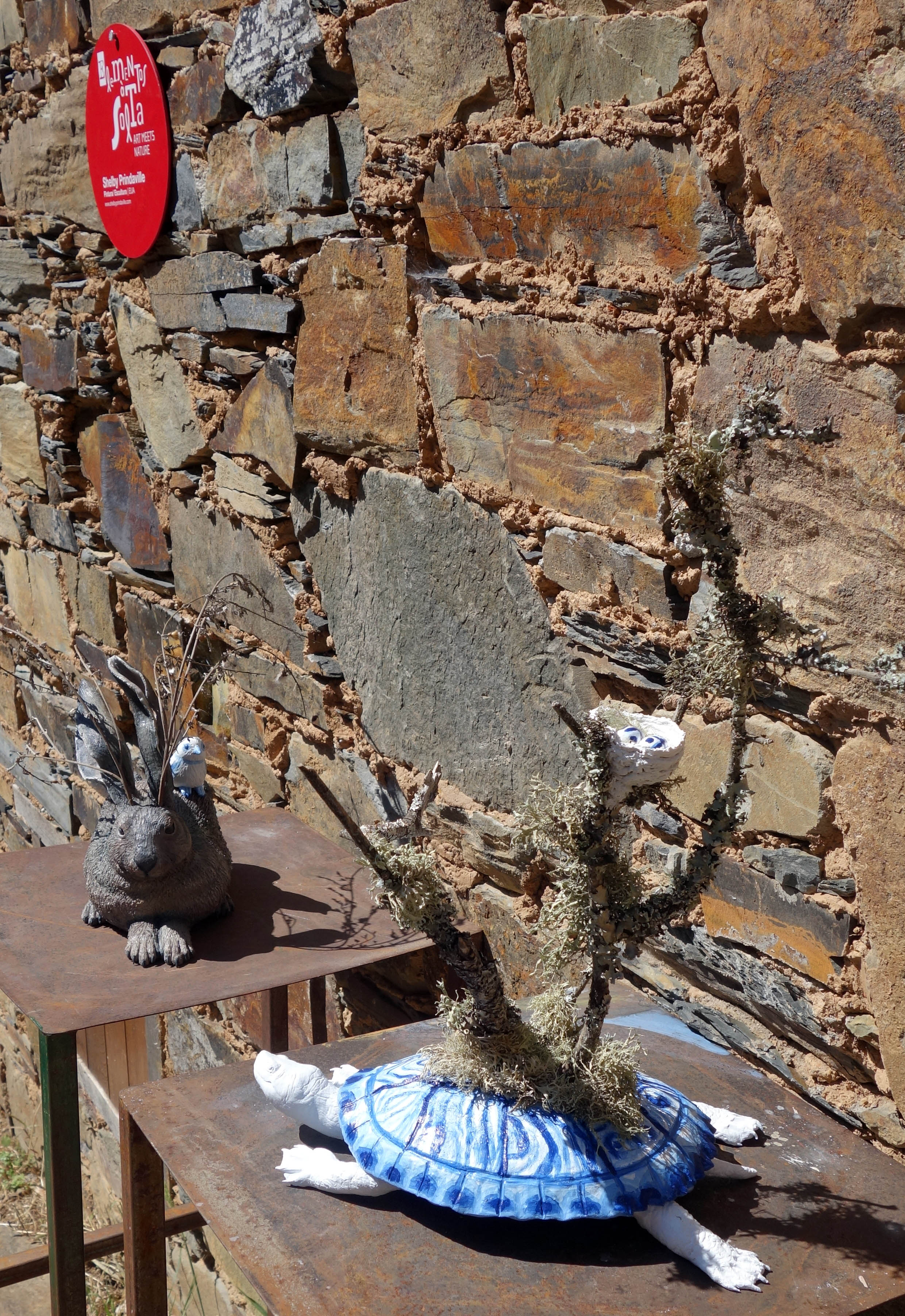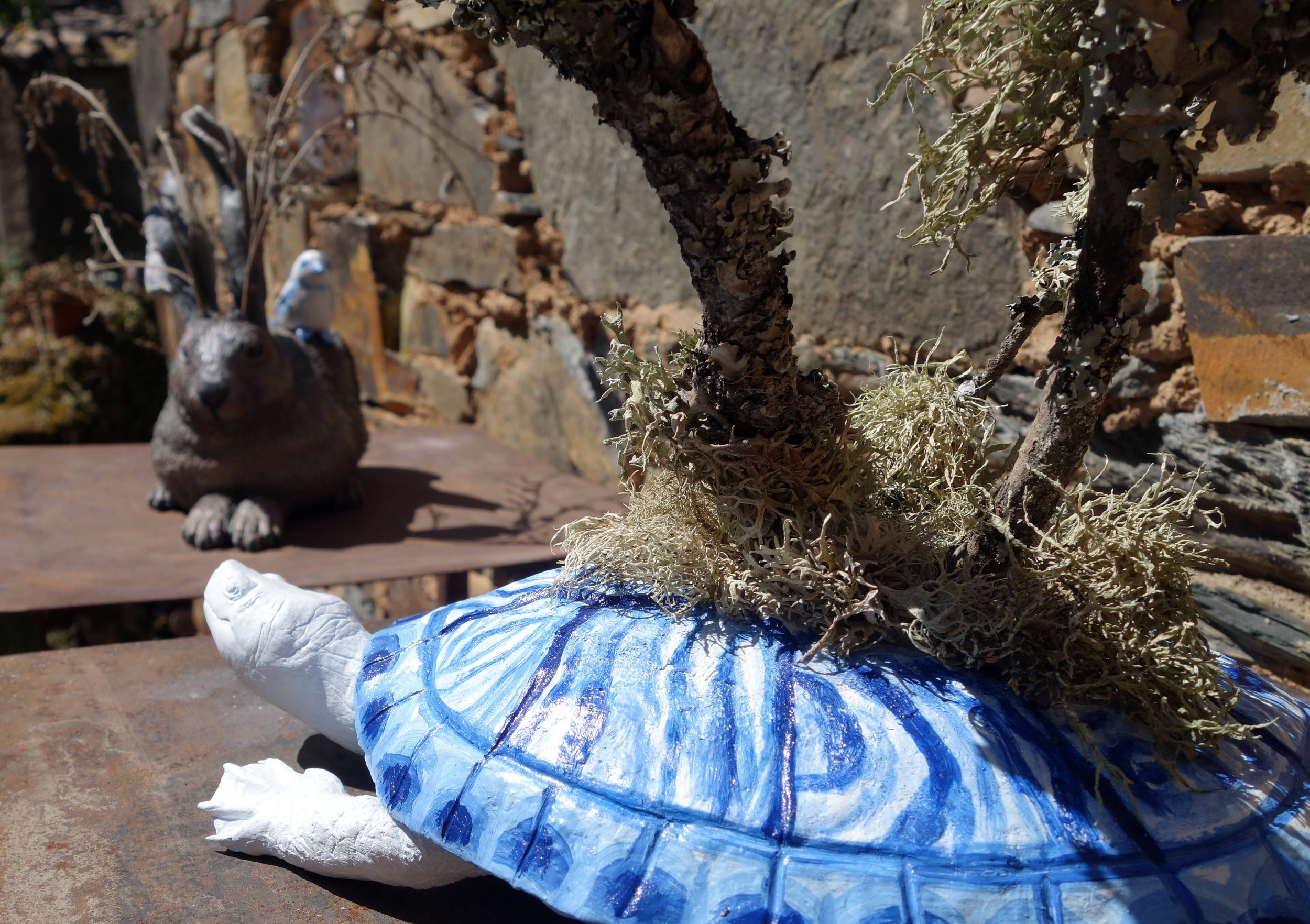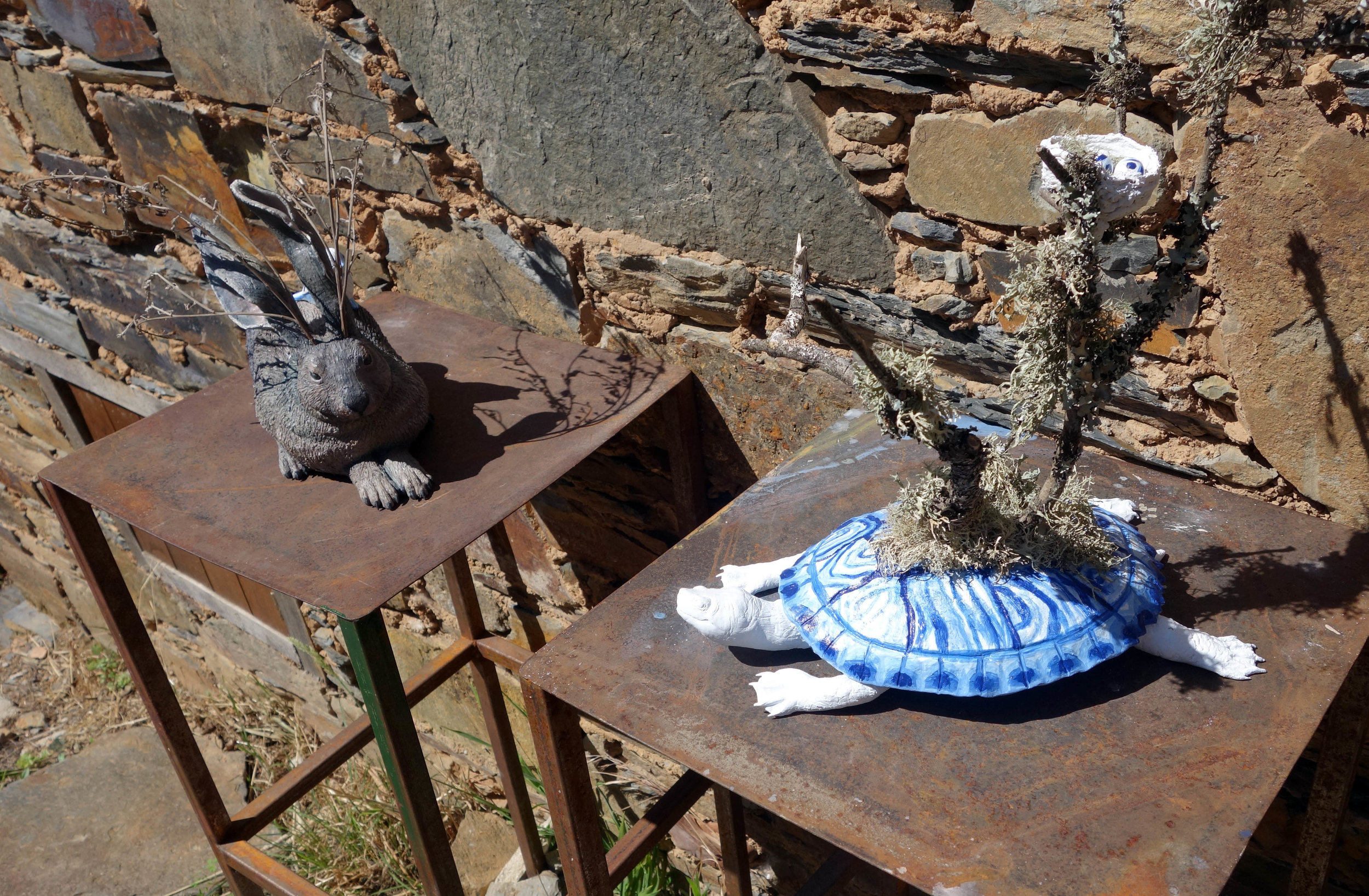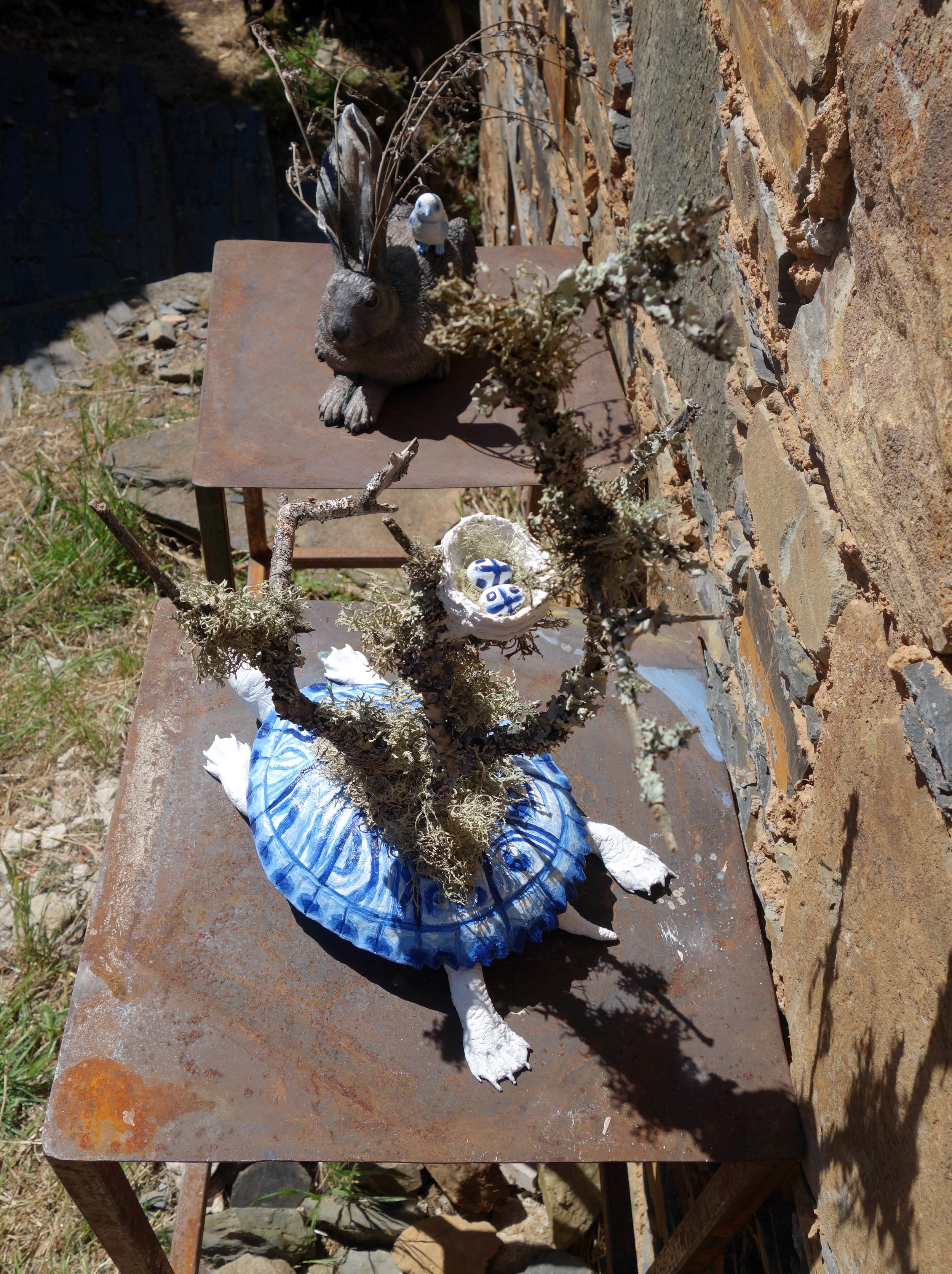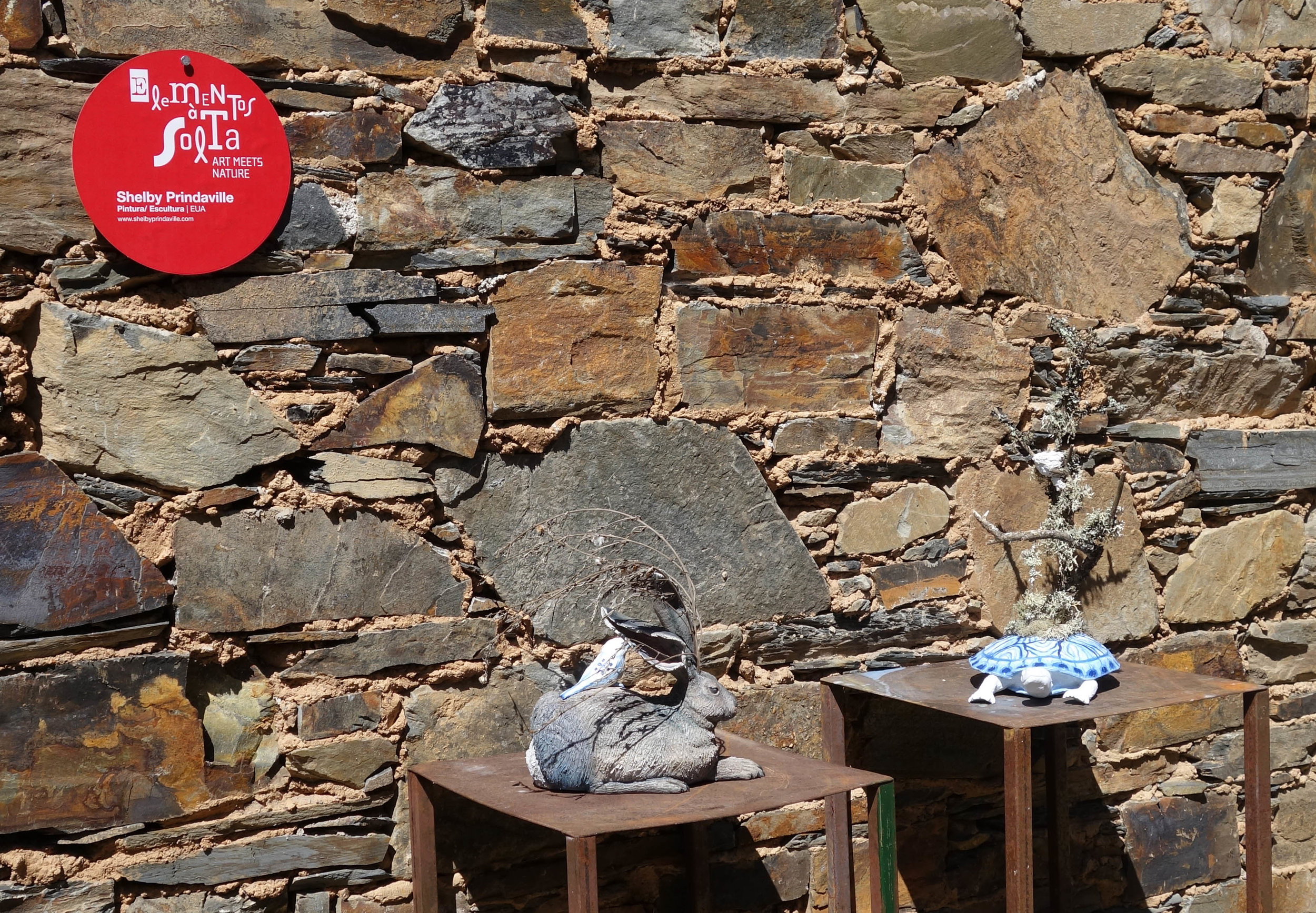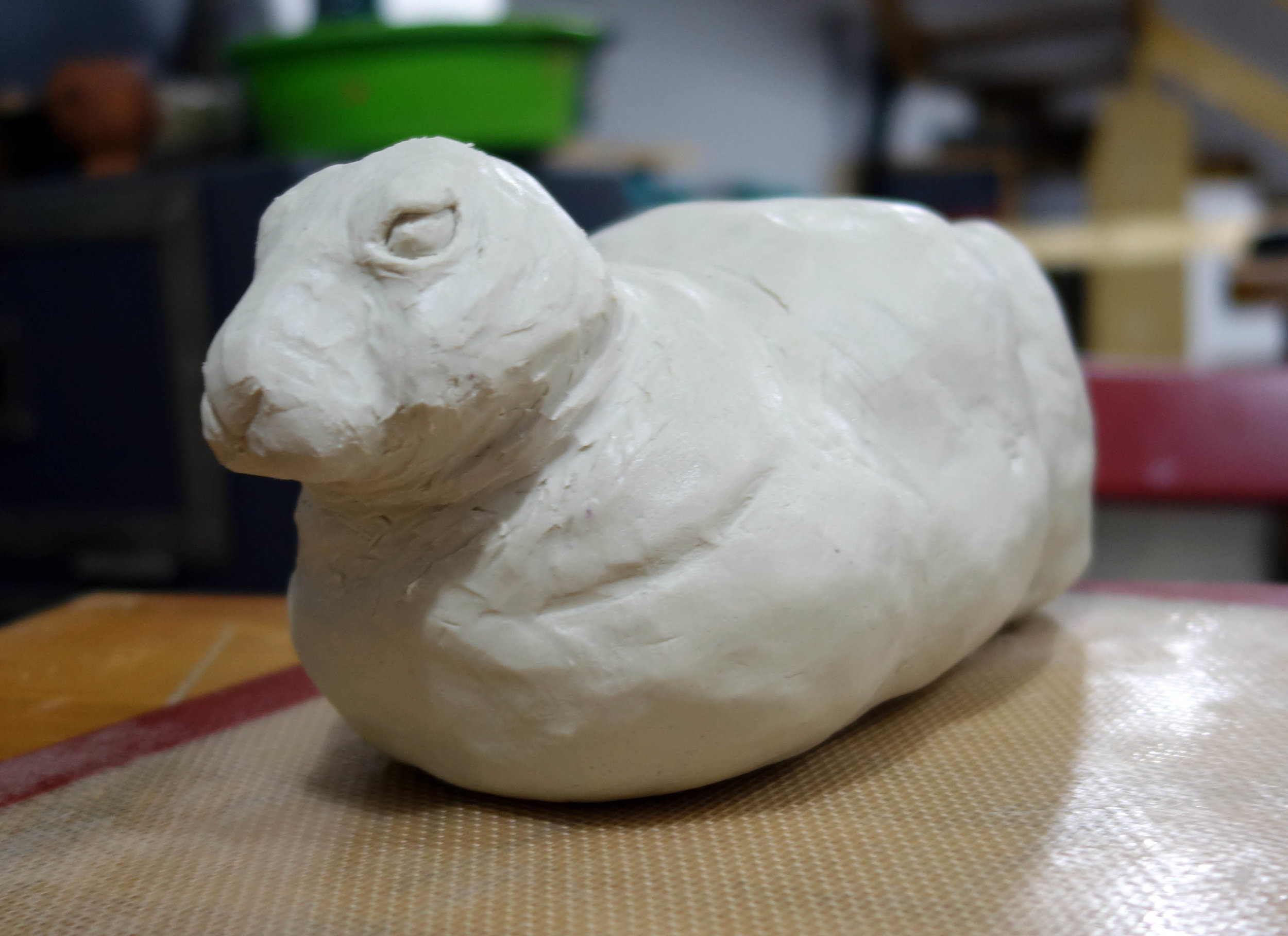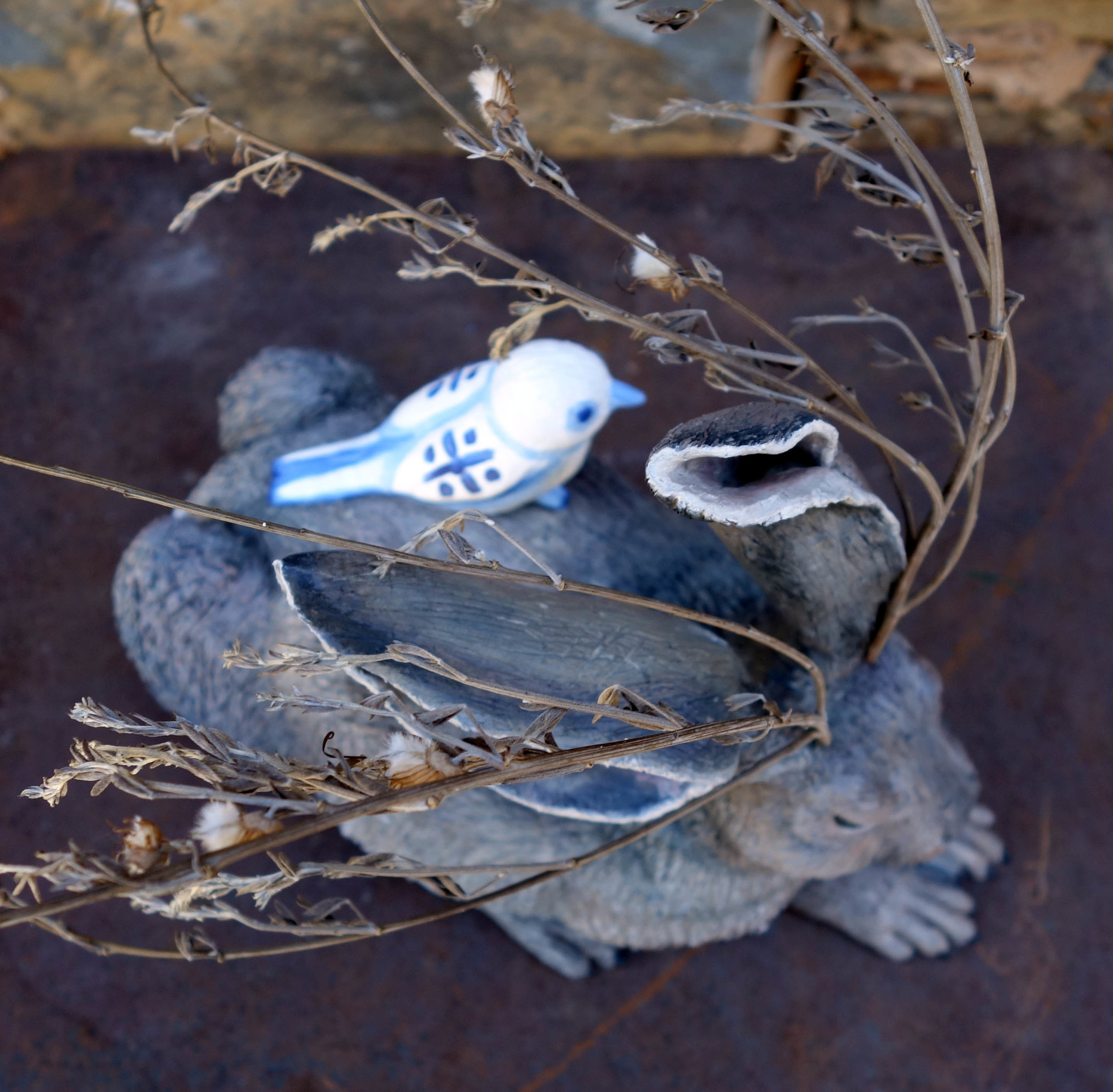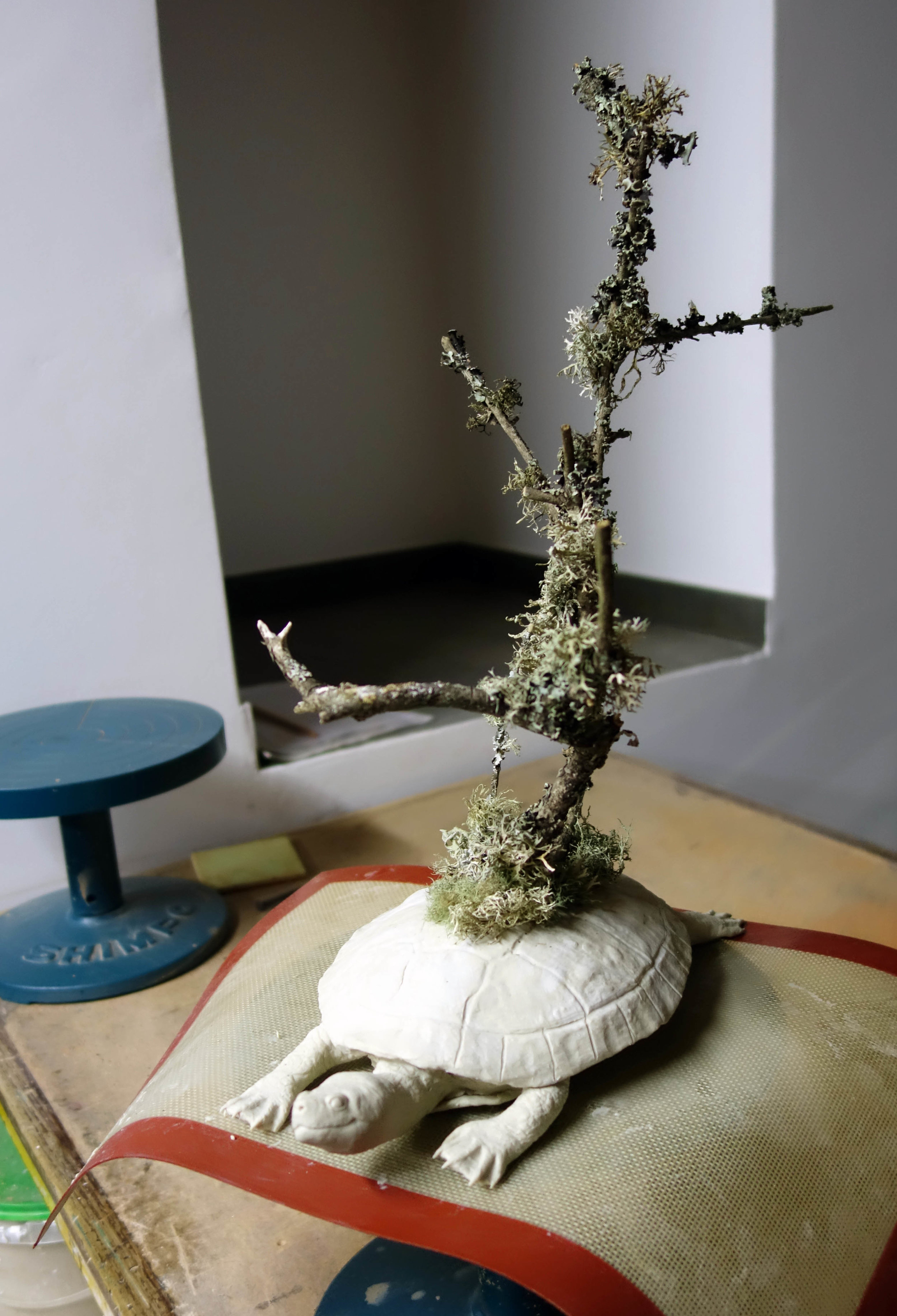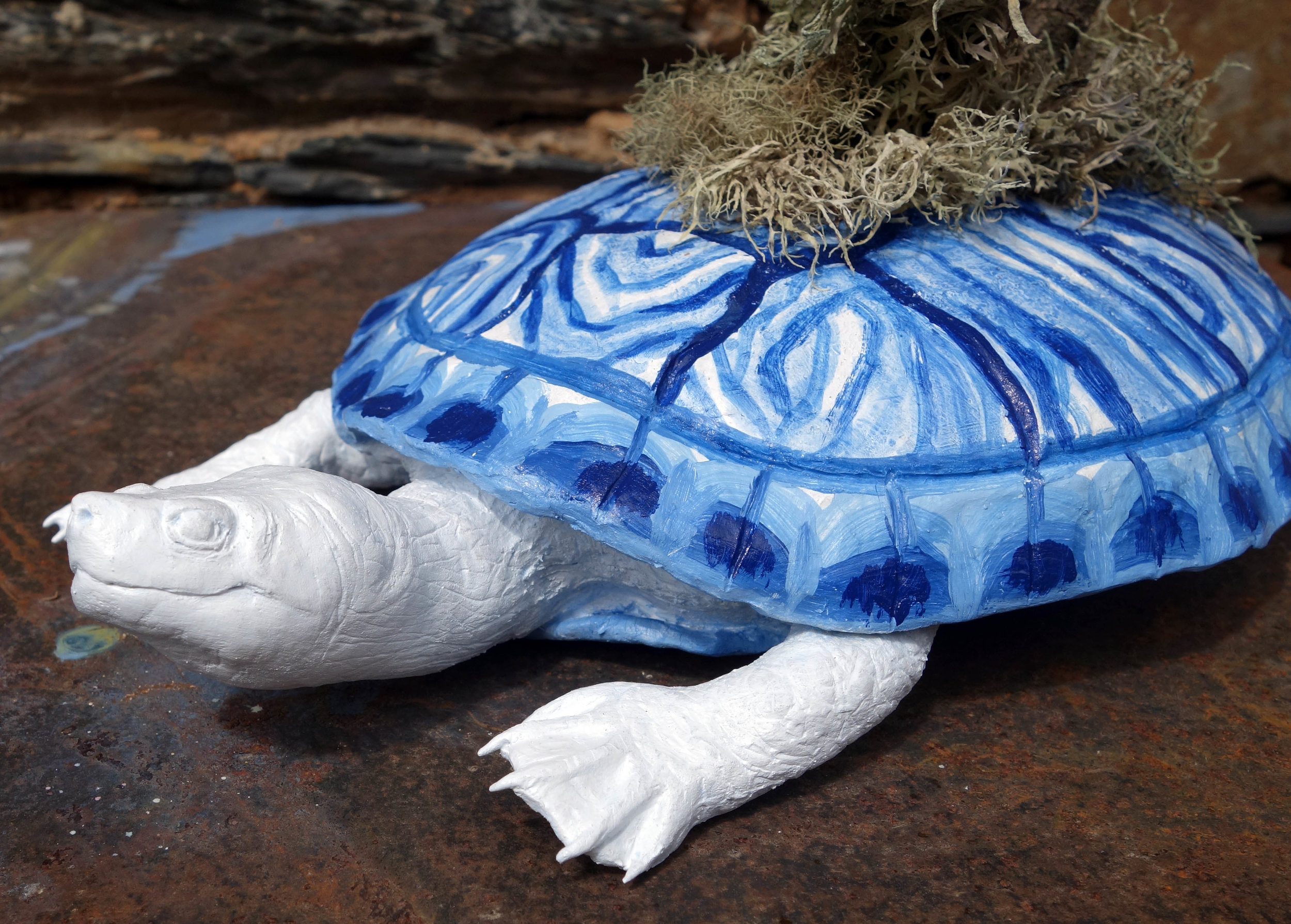Most of this residency has been studio time; I have done a couple other things, though! The first was a quick evening outing to Lousã with a part-time employee named the Portuguese variant of Juan which is João, which I can't easily pronounce. He didn't know it, but there was actually a celebration in town that evening honoring Nossa Senhora da Piedade in a procession that took her from her white church atop a cliff near town into the town itself. Apparently in a few weeks, they will celebrate as she makes the return trip as well. I had a fartura, which is a Portuguese variant of a churro (without chocolate), while Julia and João had ice cream. João then grew jealous of my fartura, however, and we got in line to get him one as well!
We also dropped by Lousã the next day to get a few more groceries; I also wanted to get packing materials to ship my very fragile turtle sculpture - the branches and lichens needed something really special! Luckily, we found it at a "Chinese shop," which is just as it sounds - a large shop run by Chinese families that has lower-quality goods at cheap prices but has an enormous variety. I found an area that had pillows and pillow stuffings, including little styrofoam balls used in bean bags and travel neck pillows. I am hopeful they will be the perfect packing material to go around the delicate parts of my pieces, and supplemented them with bubble wrap and some fiber fluff as well.
Apart from that, every day has been a studio day up until Wednesday, May 31st. This day, Julia and I decided that we would go see the Parque Biológico (Quinta da Paiva) at the nearby town of Miranda do Corvo. It's basically a small wildlife sanctuary/zoo, run by a group that provides disability services and has an interesting take on our universe (that we are one of a multiverse and that there is definitively alien life in our own). Nuno was going to take us as a tour guide, but that plan fell through - instead, Kerstin dropped us off at the Parque Biológico entrance and told us to walk back into town when done to take a bus to Lousã and then a taxi from Lousã to Cerdeira Village.
The Parque Biológico started off somewhat disappointingly with fairly common animals like pigeons, ducks, and geese, and then their bears seemed to be kind of stressed, so I was not sure what I was going to think of the place. But then we saw some very expressively nosed boars and then happened upon a beautiful group of spotted deer. We noticed one making a weird noise. When we came upon her, we saw that she had a little baby deer with her! We ended up seeing some employees who told us the baby was nine hours old. It was so cute, and still hadn't quite worked out how its legs worked. Julia and I felt quite lucky, as we had considered going the day before and would have missed seeing it. We later realized that if we had come even an hour or so later, too, the mother and baby had moved inside to get shade and we wouldn't have seen it then, either.
We next saw some lynxes, and then realized we had skipped the fox enclosure and doubled back. When we got there, I noticed there was a kit near the fox we spotted, too! The mother fox was in pretty rough shape (missing part of an ear and with a non-functional front limb), but she still had a beautiful face and was clearly acclimated to humans. After a while, she seemed to decide she could trust us with her kit and moved back while we oohed and ahhed over it.
The fawn and the kit were by far the best highlights of the Parque Biológico, but we also saw a wolf, some llamas, a very small reptile house with bearded dragons, spotted salamanders, and snakes, and a number of birds of prey. There was also a section small mammals like mongoose, badgers, and martins. There also happened to be a gerbil hut, which was kind of funny, and the gerbils had just had a litter, too - they were clearly also maybe hours old if that, as they were still little pink, blind, writhing creatures. Finally, at the end there was a domesticated animals area. Due to the fawn and the kit, I found the Parque Biológico to be a great experience! Afterward, we walked into the town center, eventually found the bus station, and then stopped for a quick brunch (vegetable soup, grilled cheese, and decaf coffee for me; grilled cheese and coffee for Julia) before catching the bus back to Lousã. In Lousã, we stopped at a pastelaria to buy some dessert and more coffee (decaf and with milk for me, this time) as well as some take-away dessert. Then we called a taxi and rode back up to Cerdeira!
Aside from these outings, all of my time has been spent in the studio. I'll share what my second project has been shortly!

